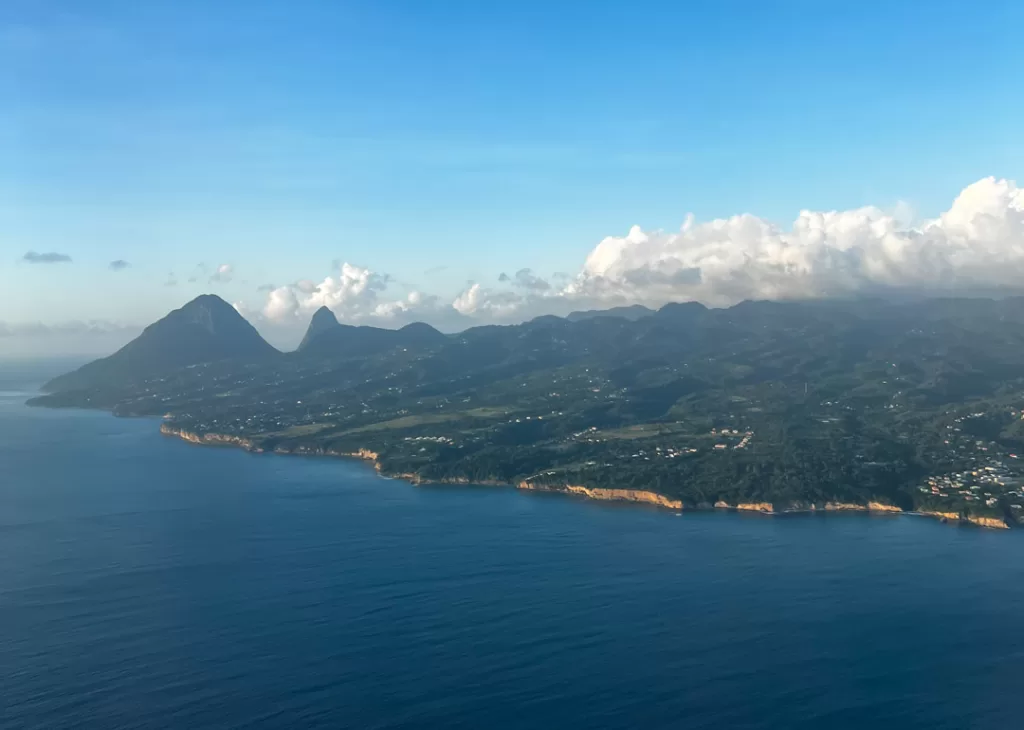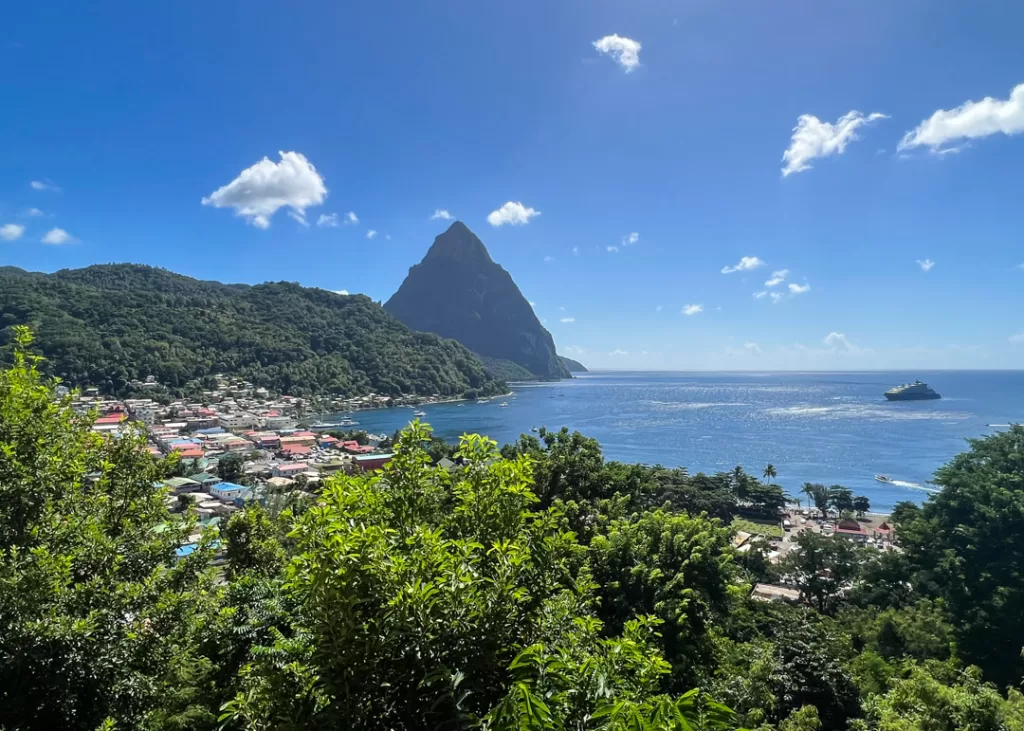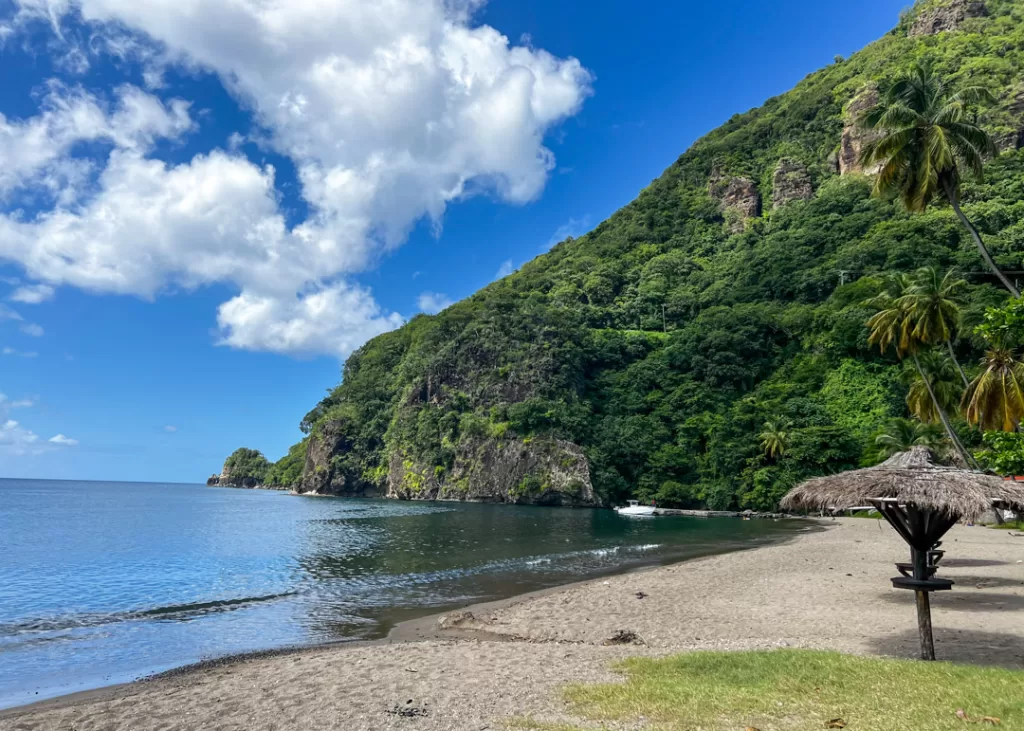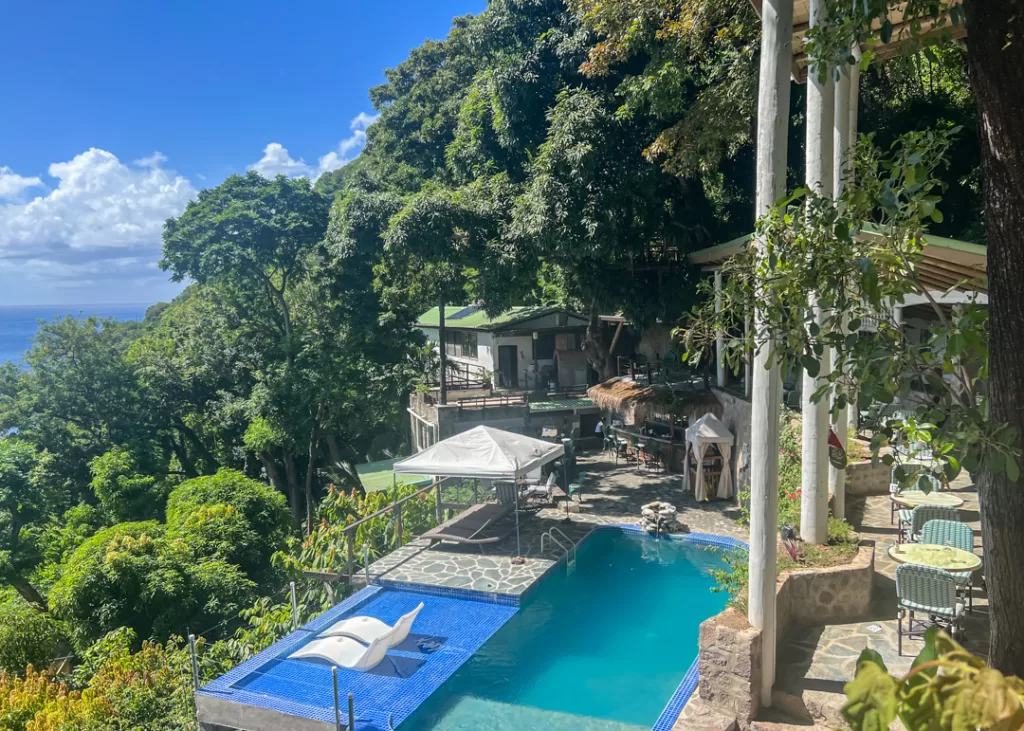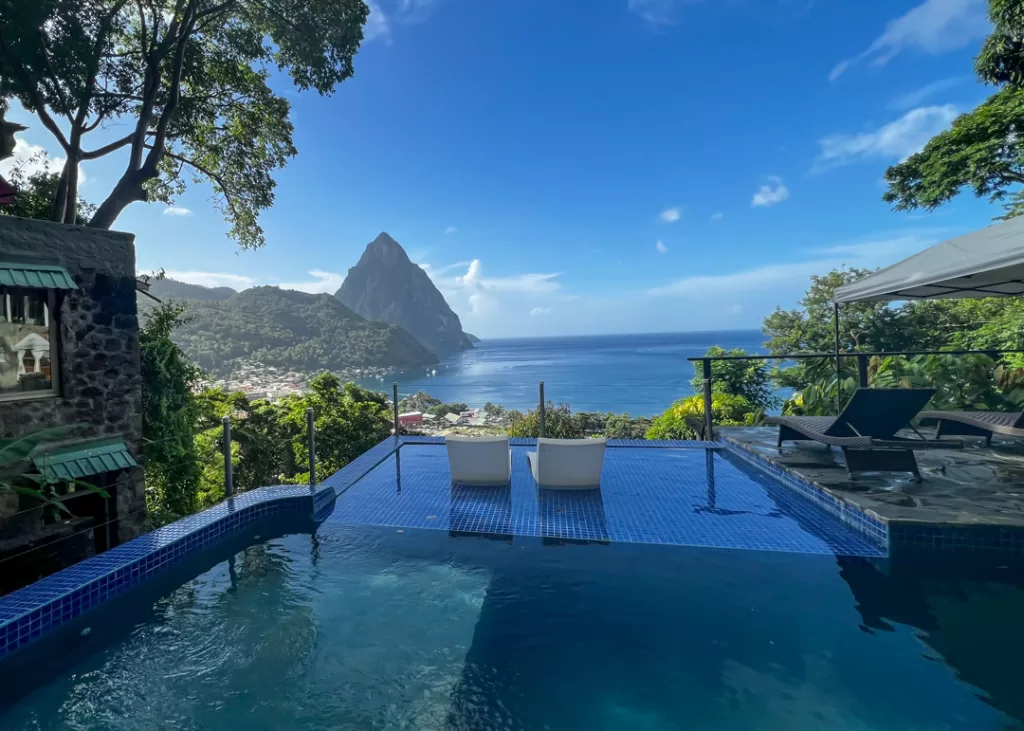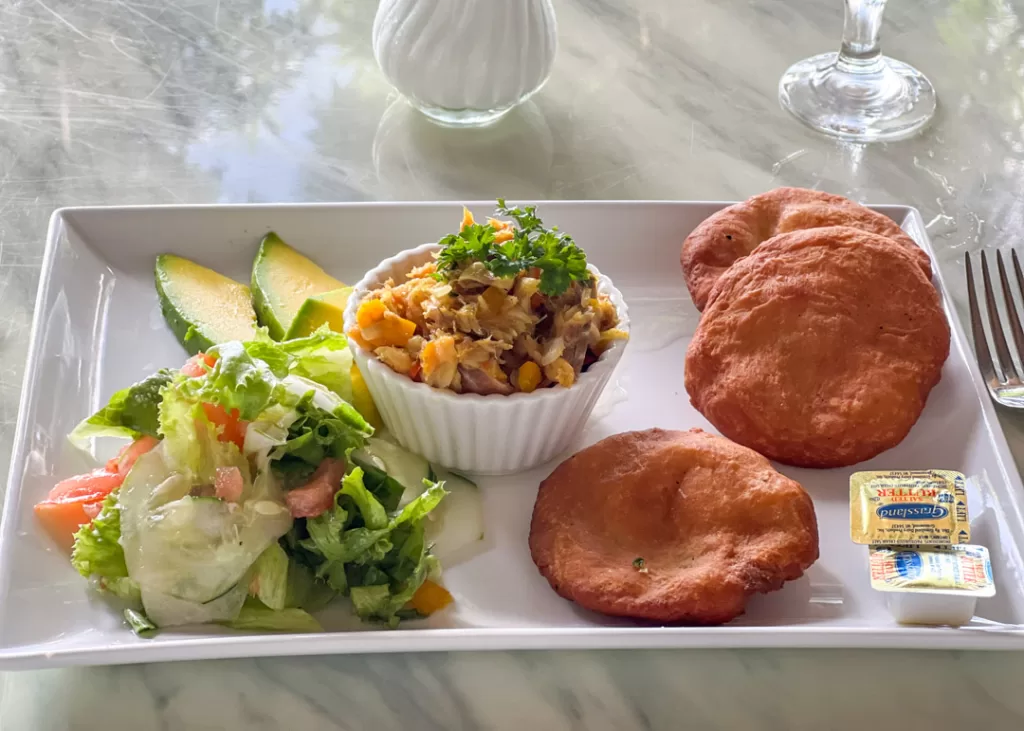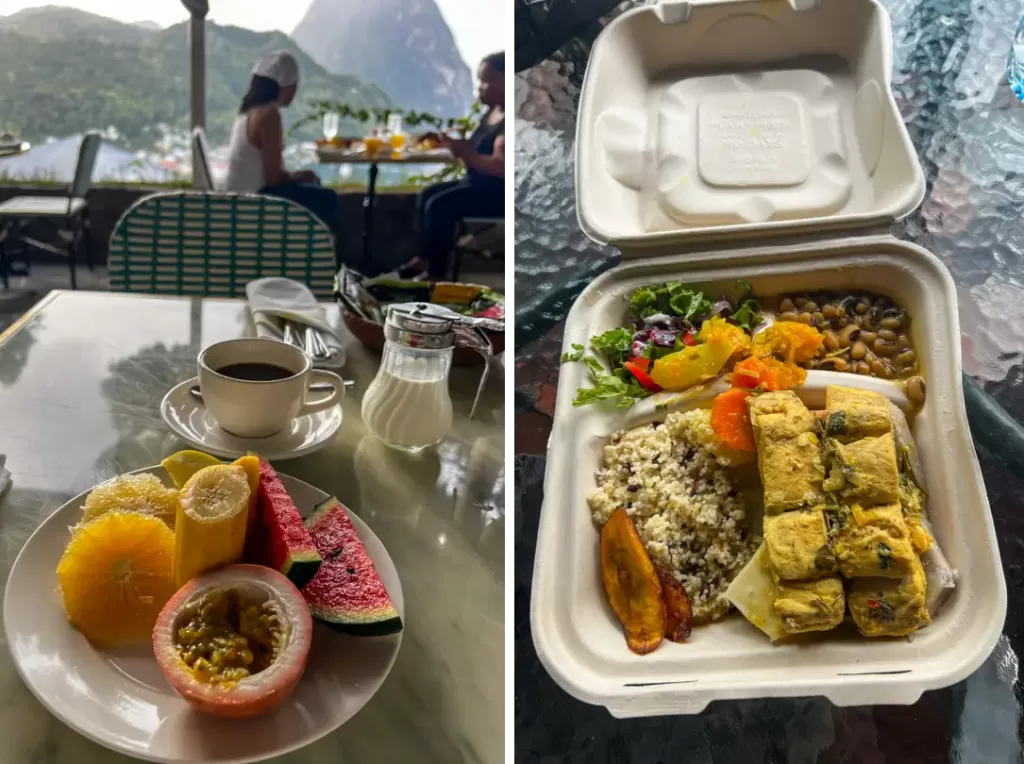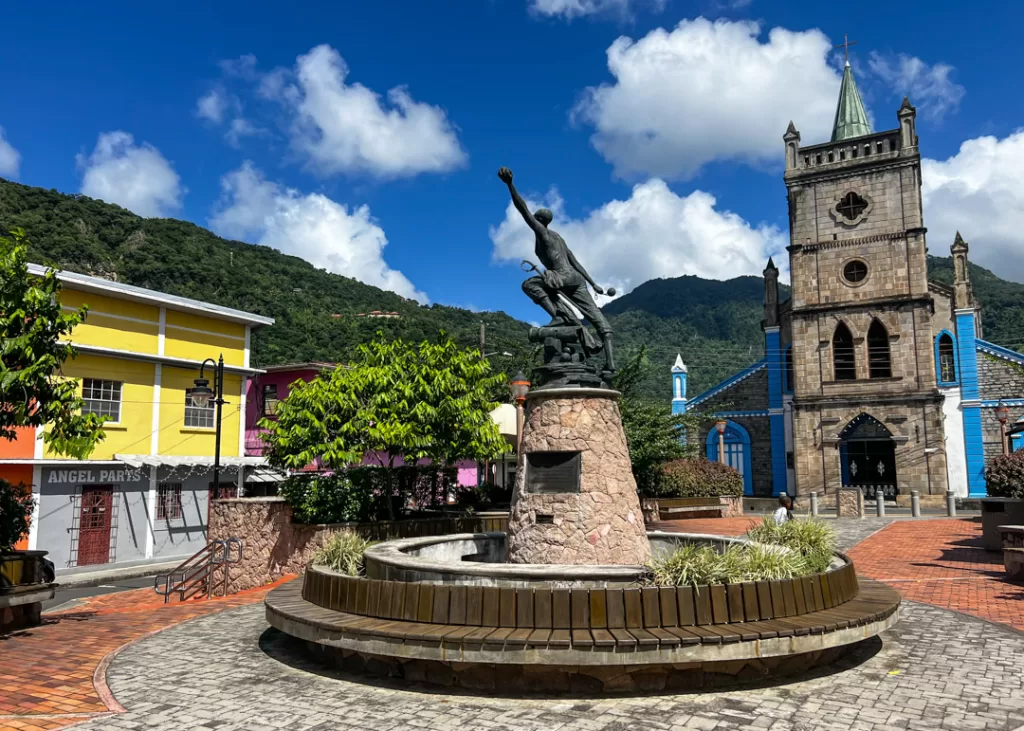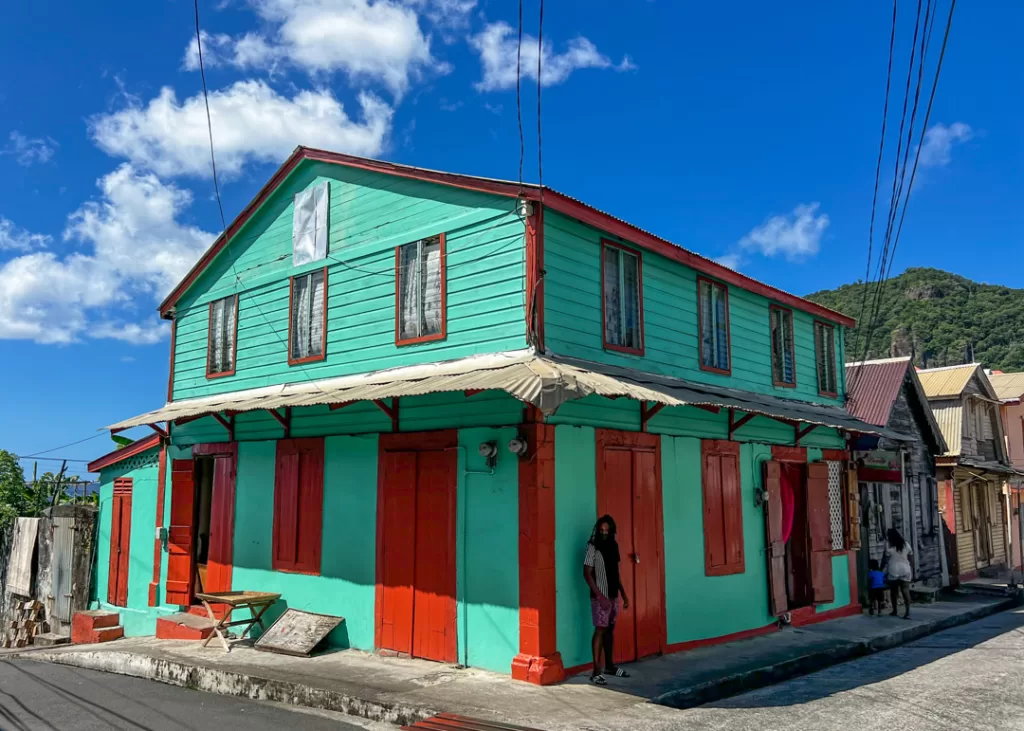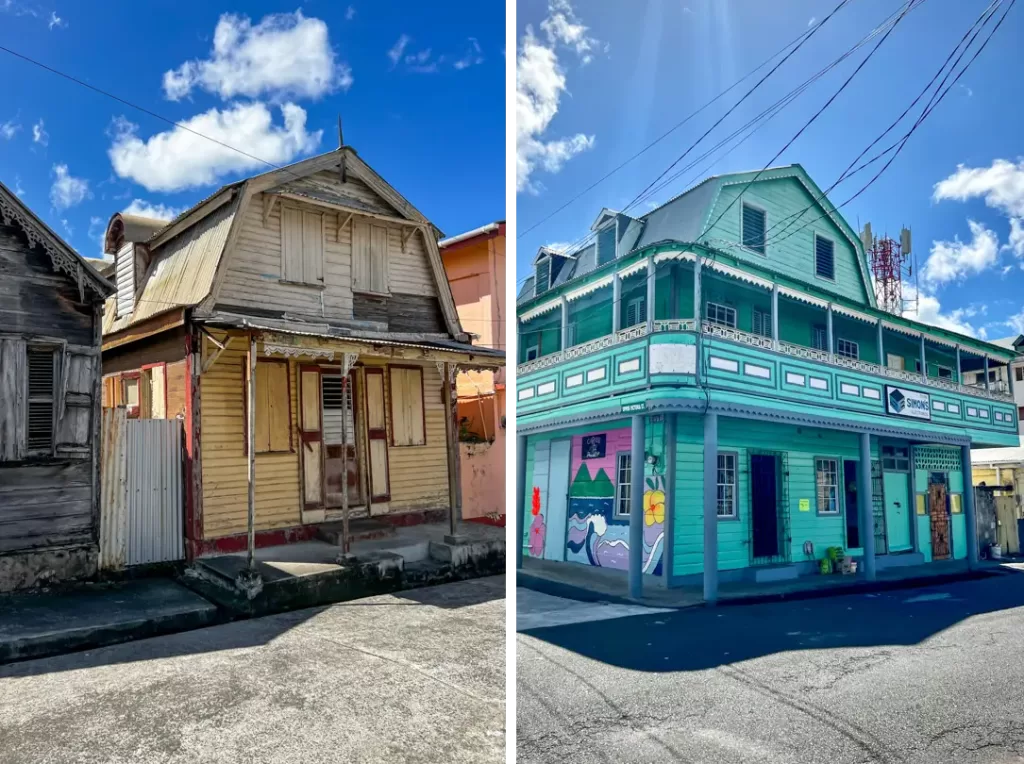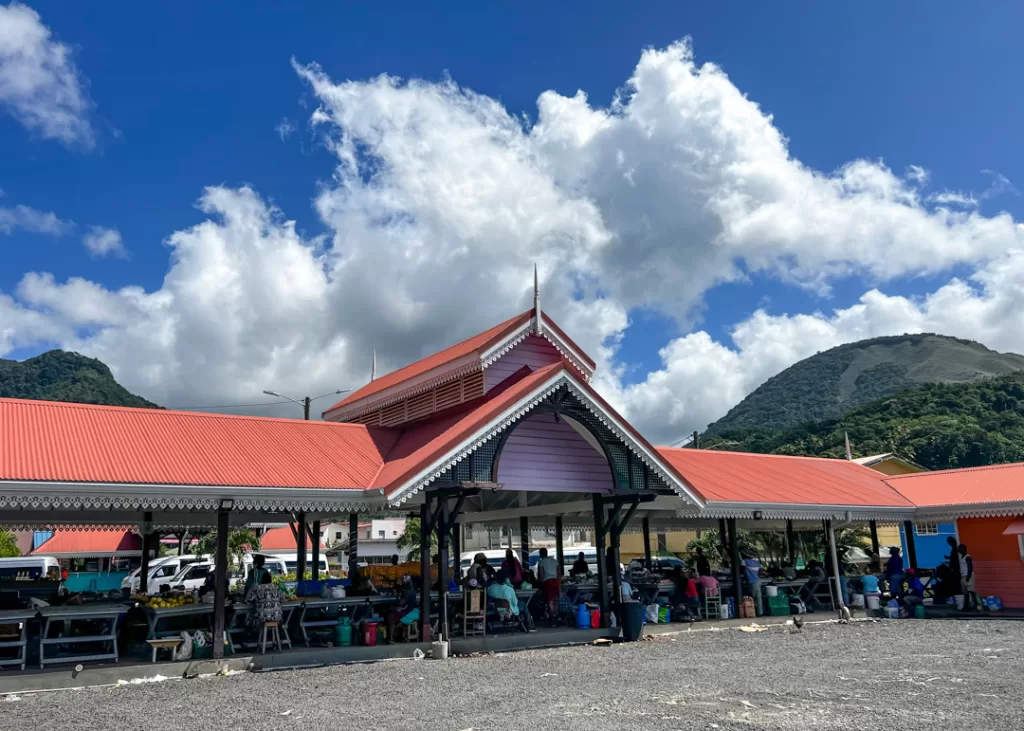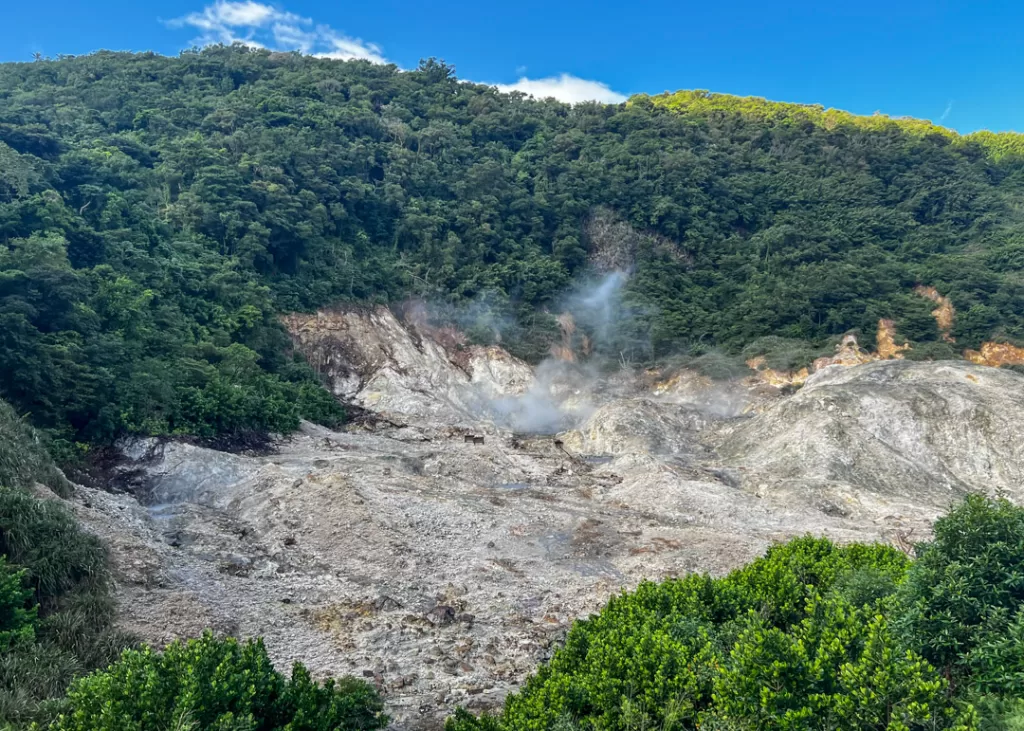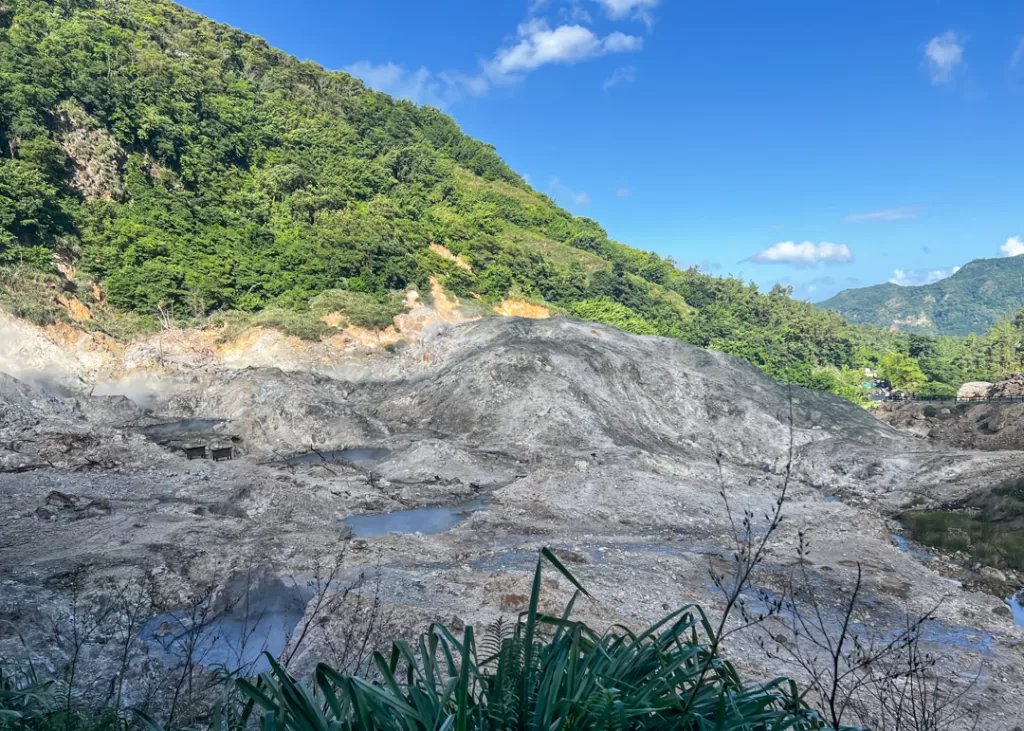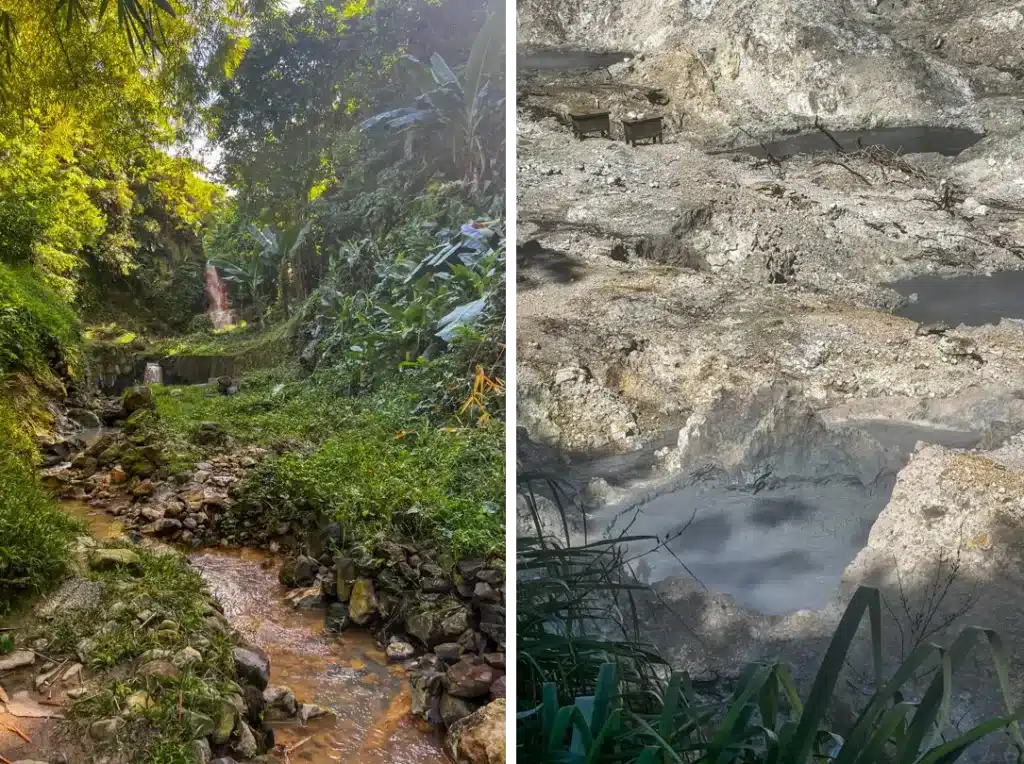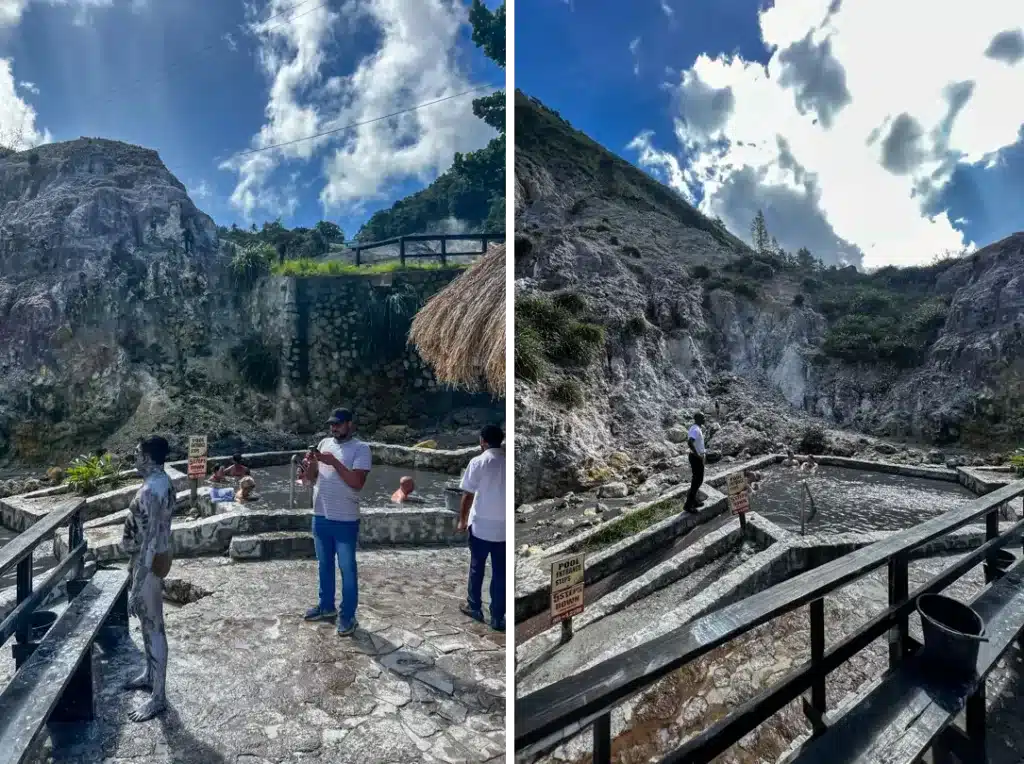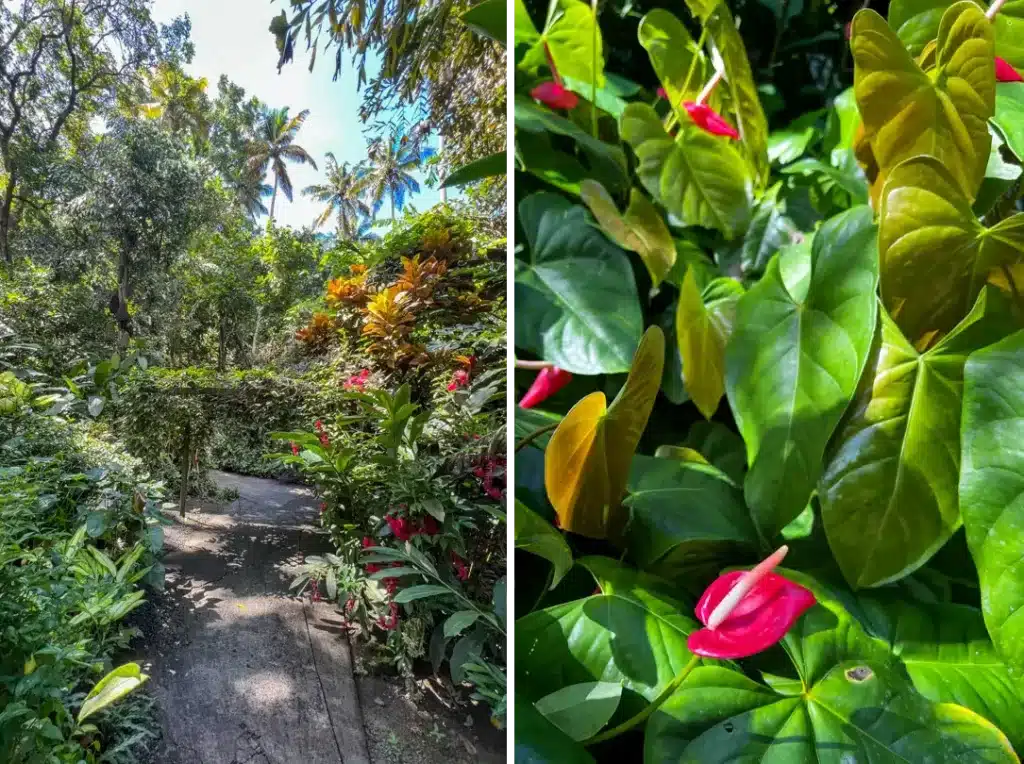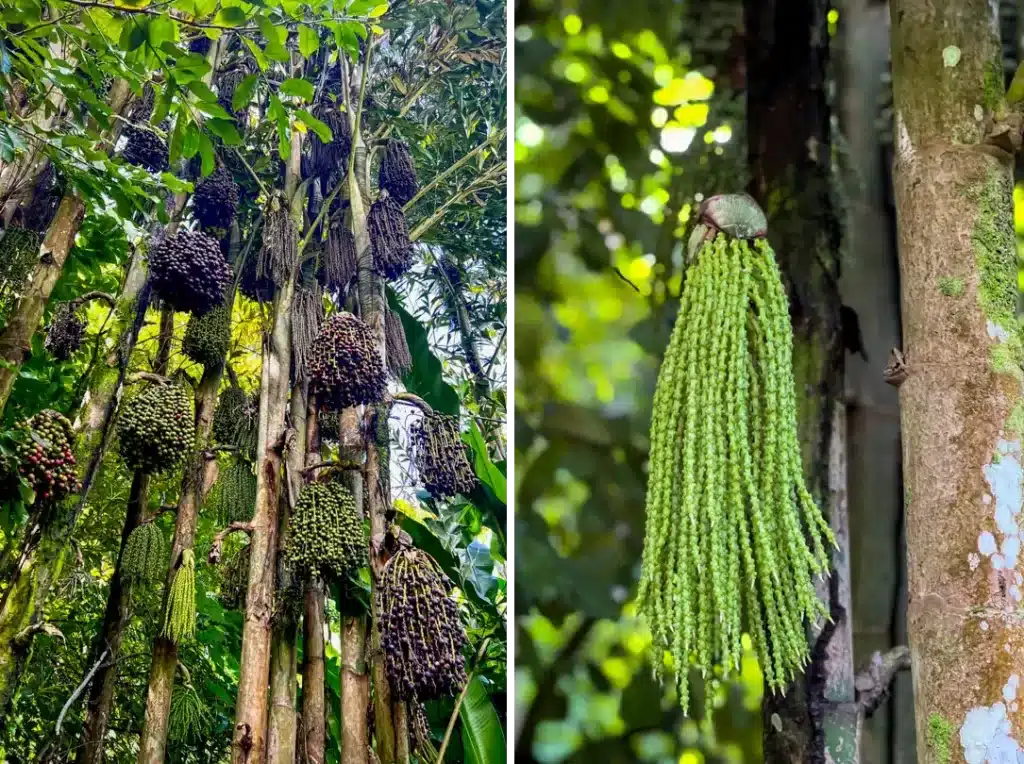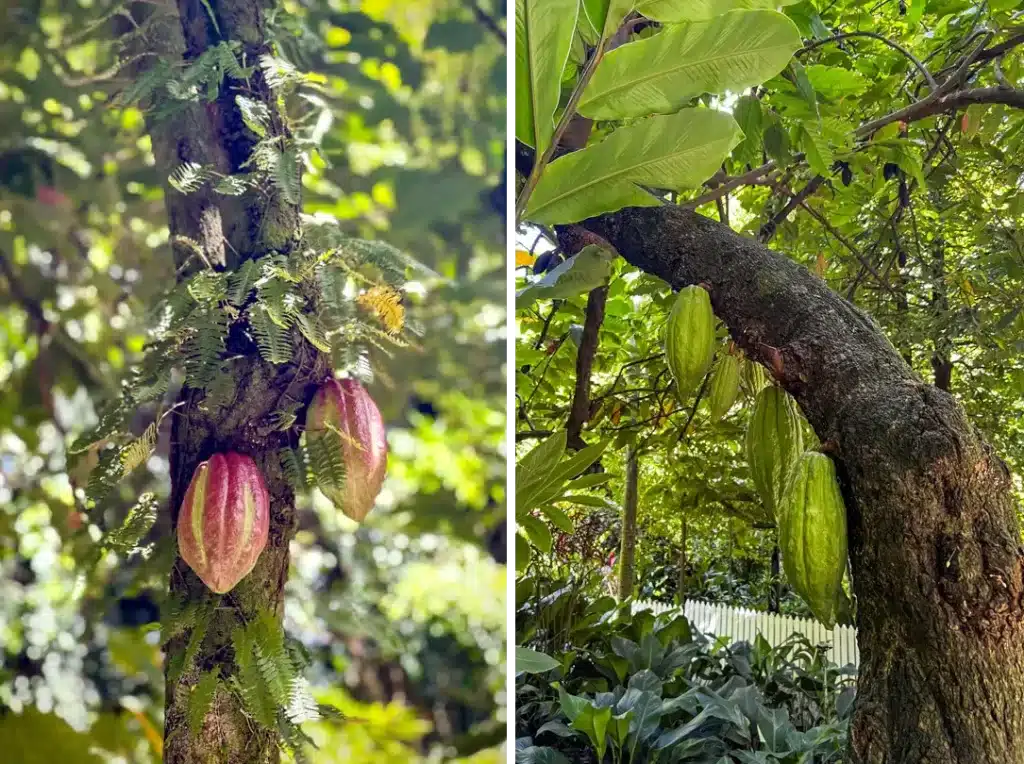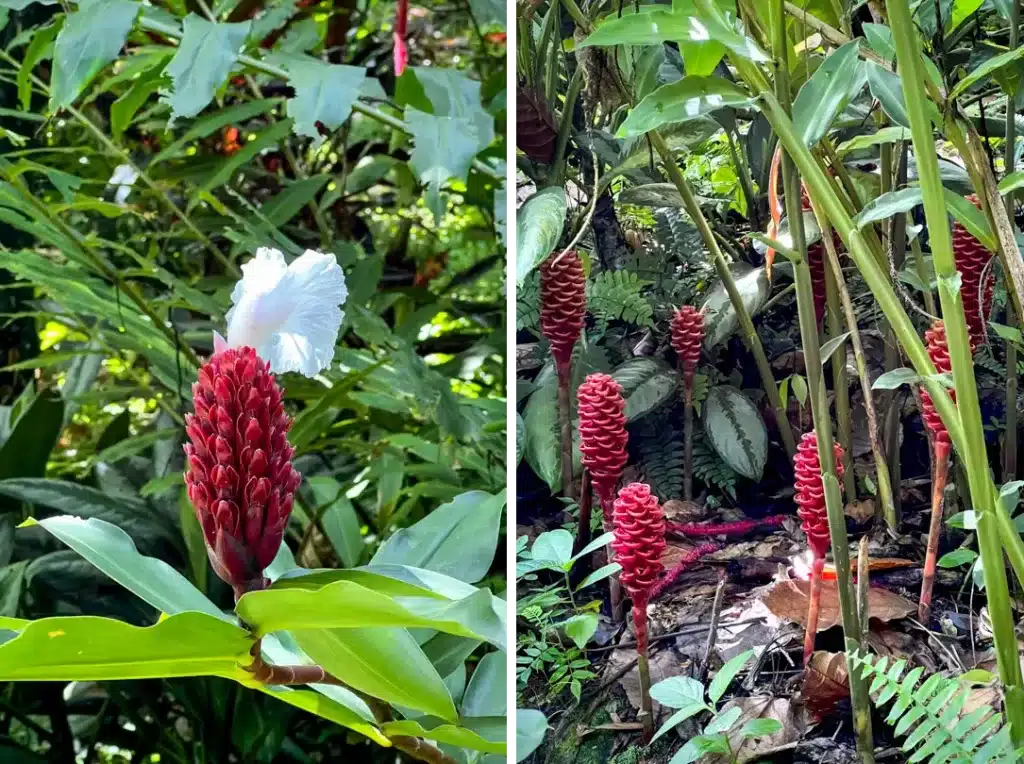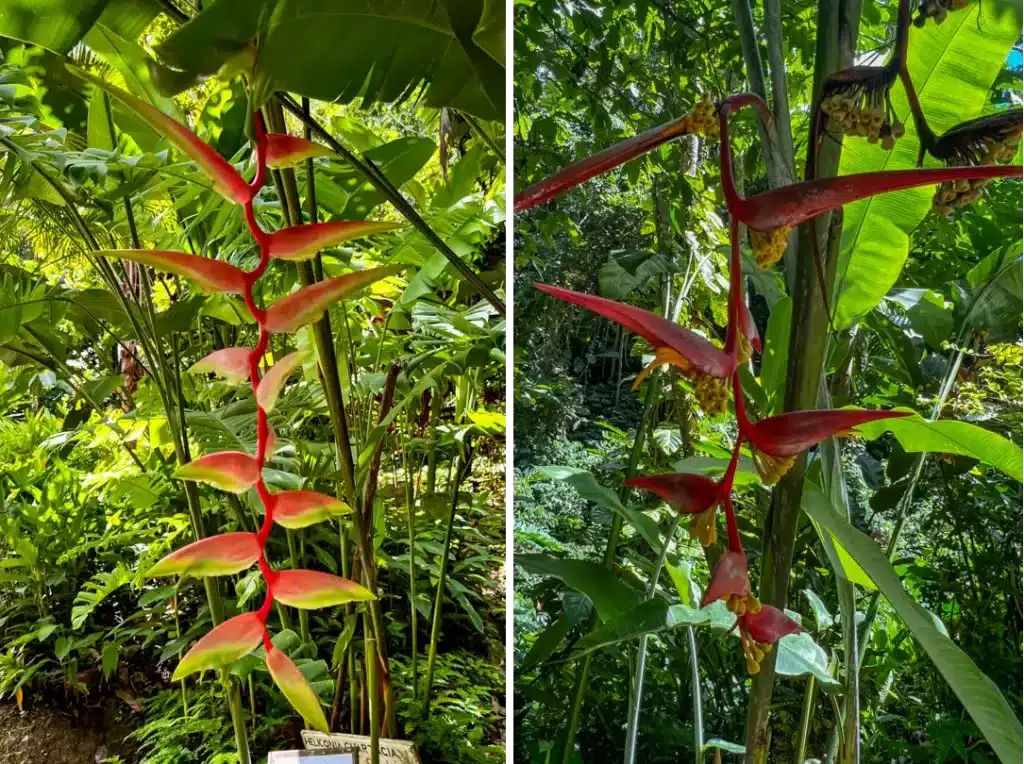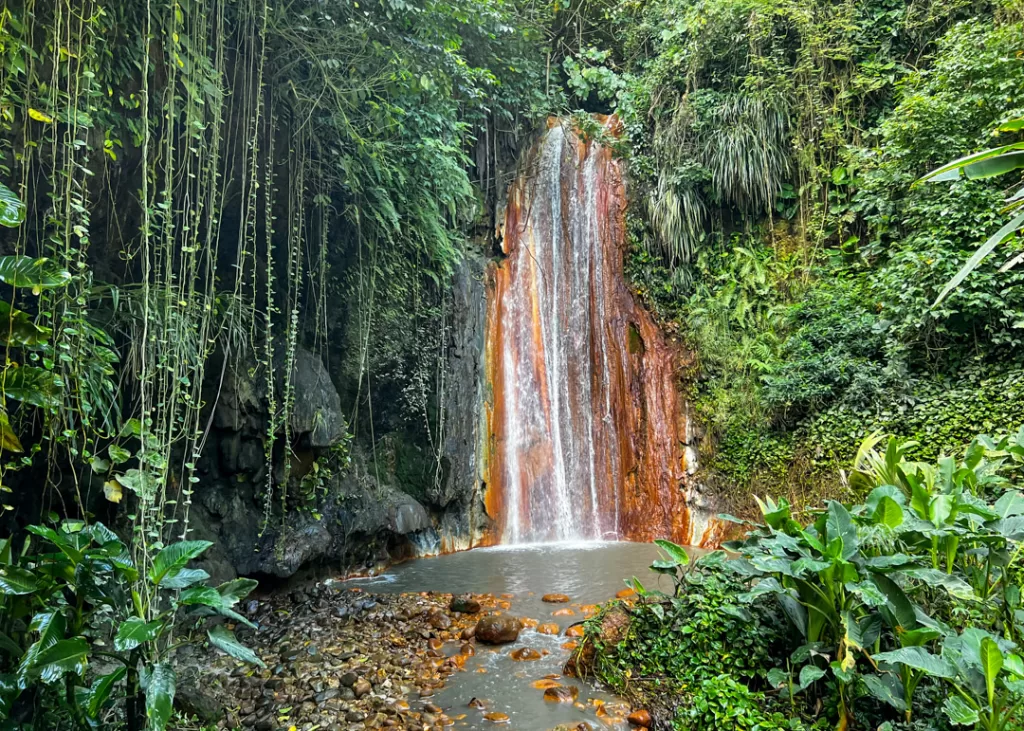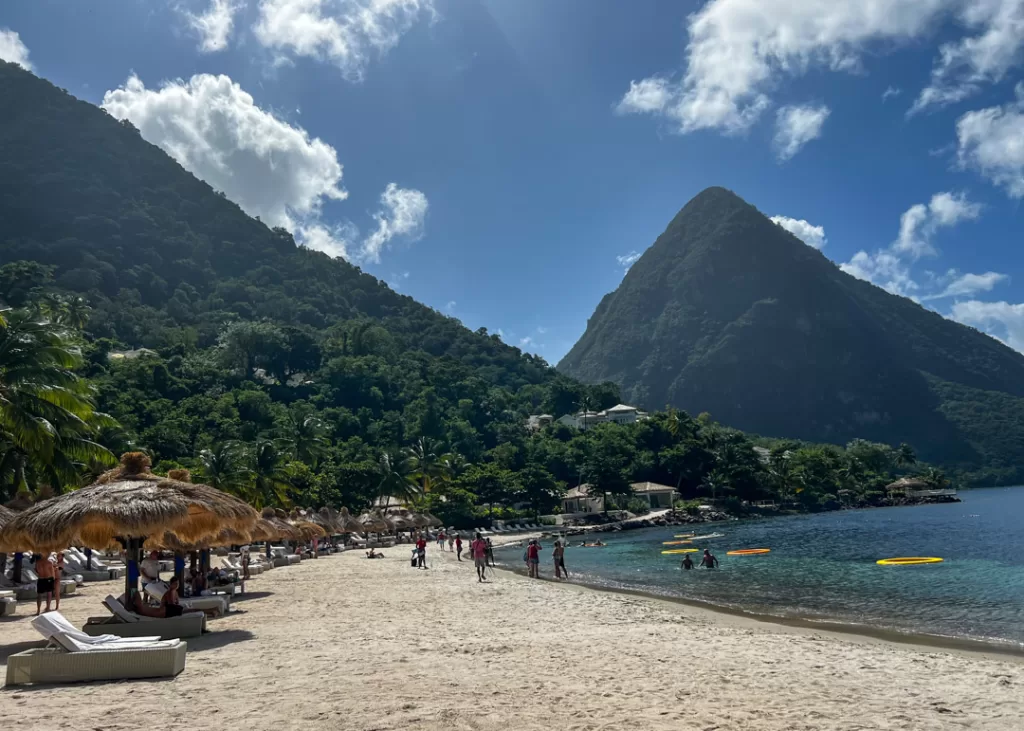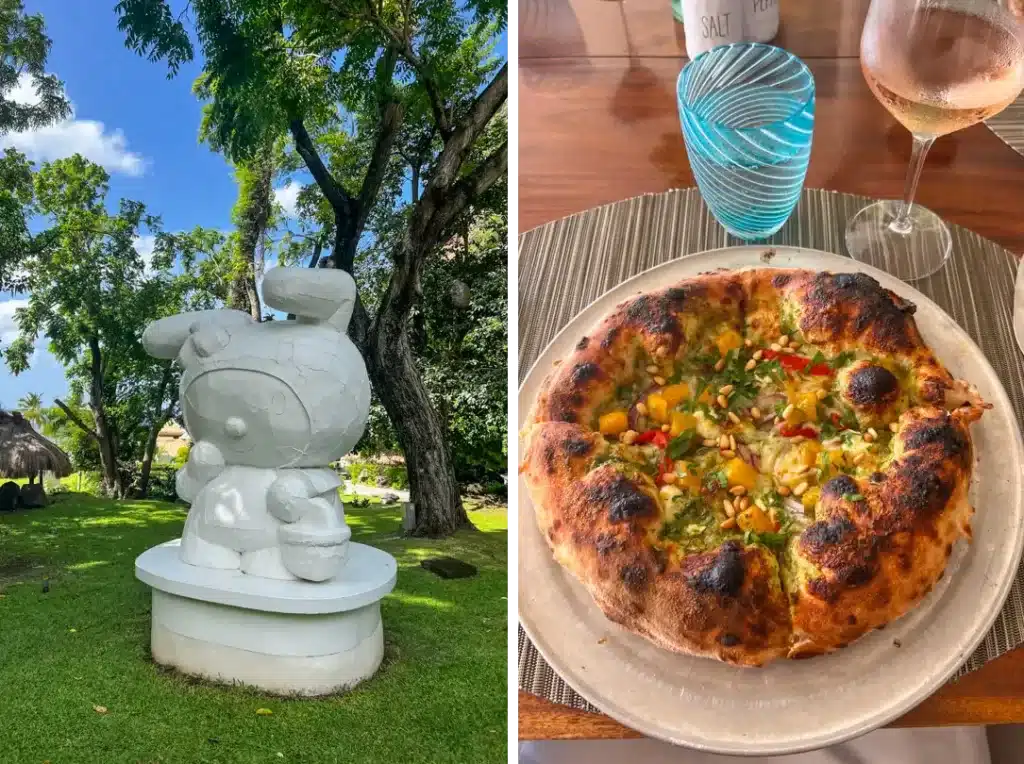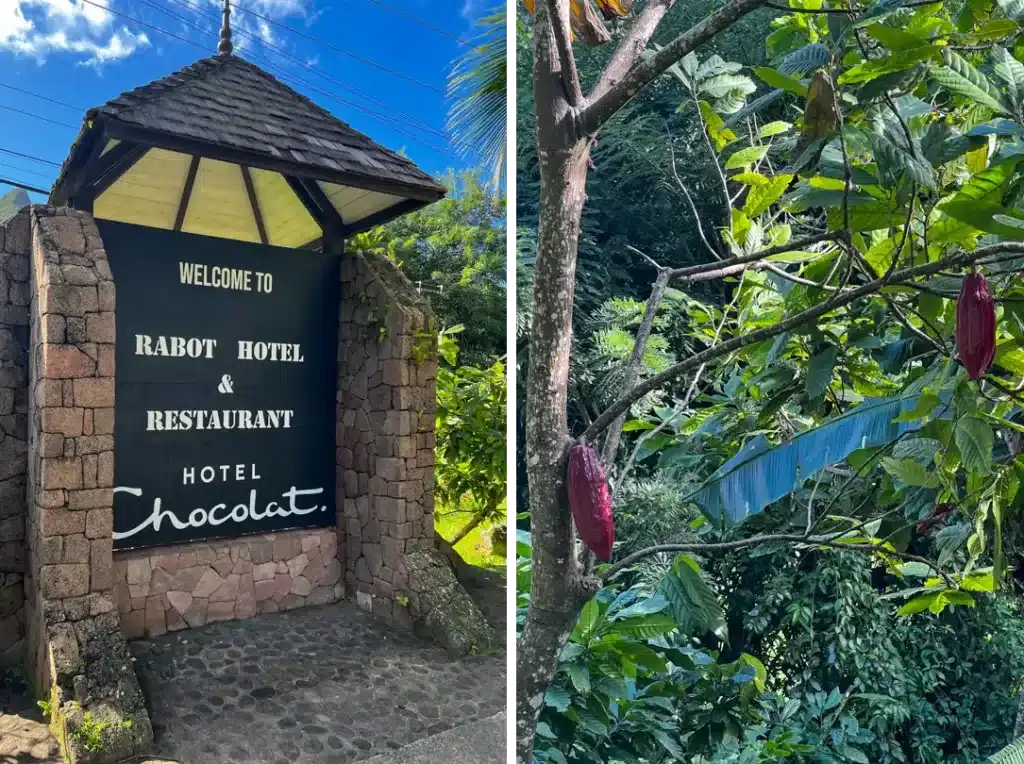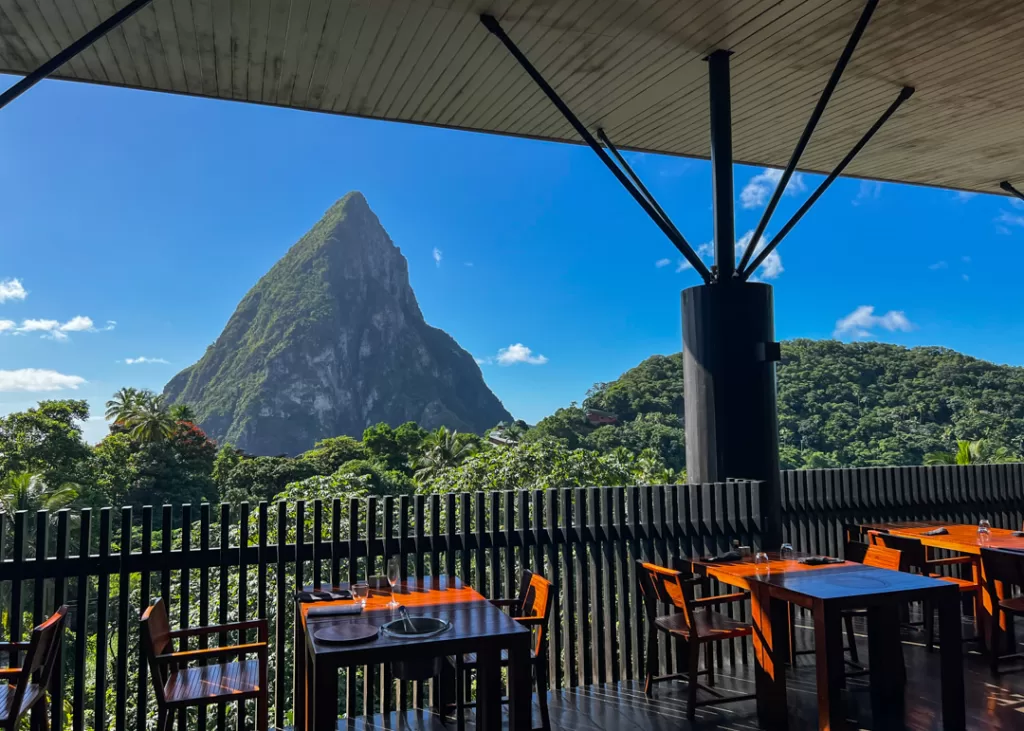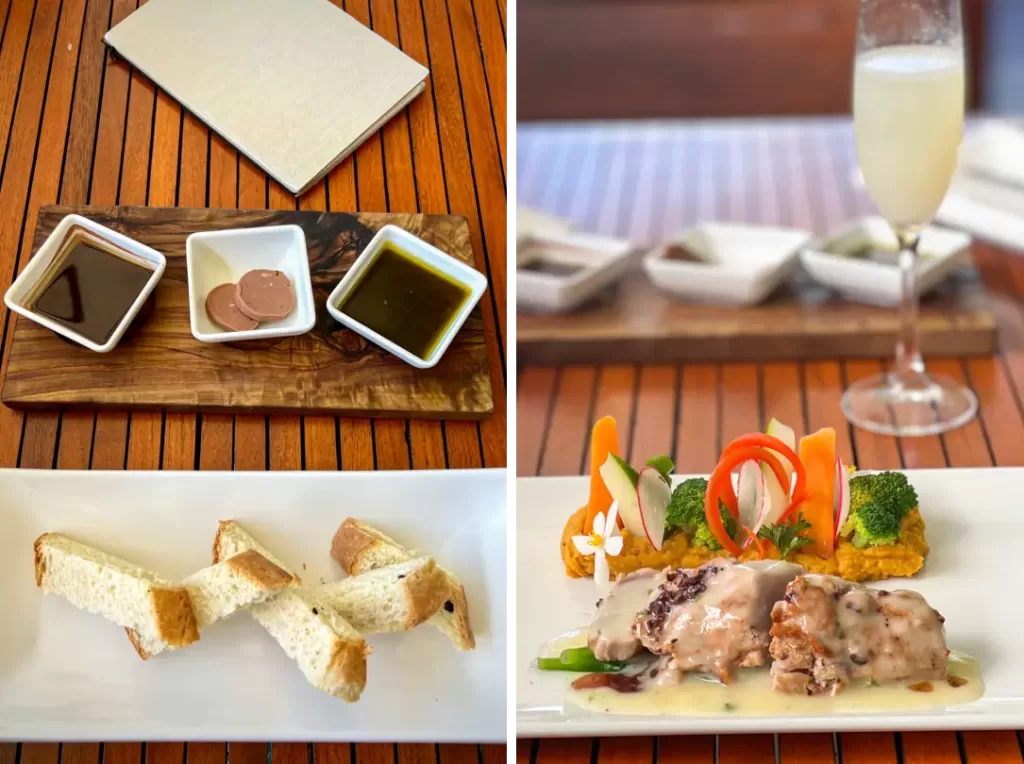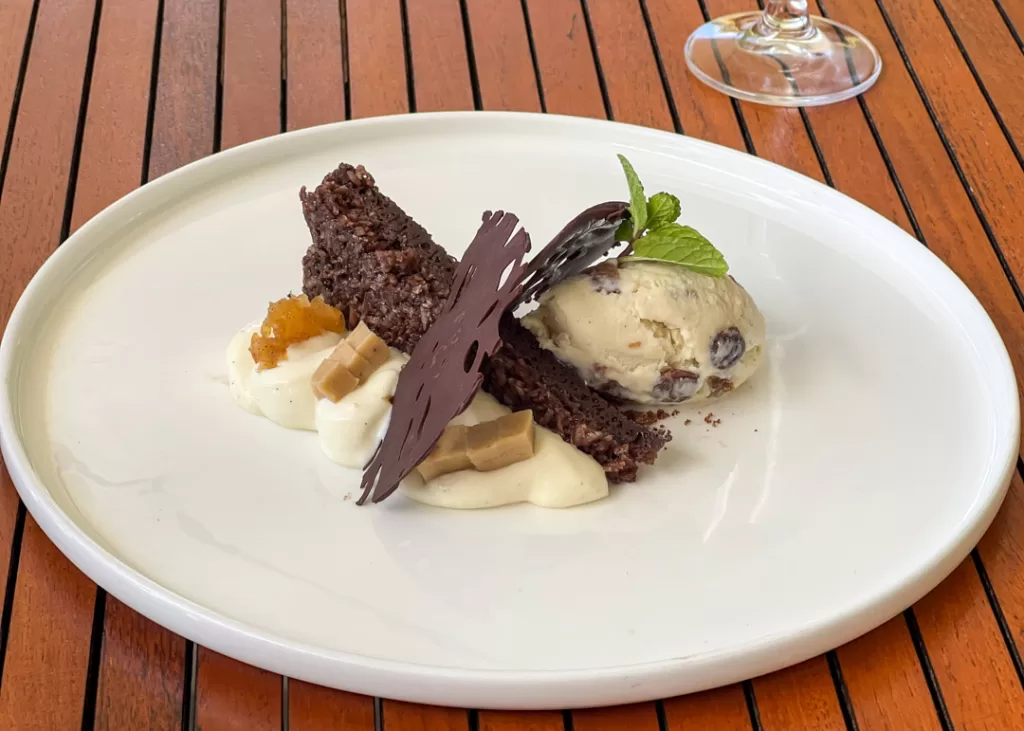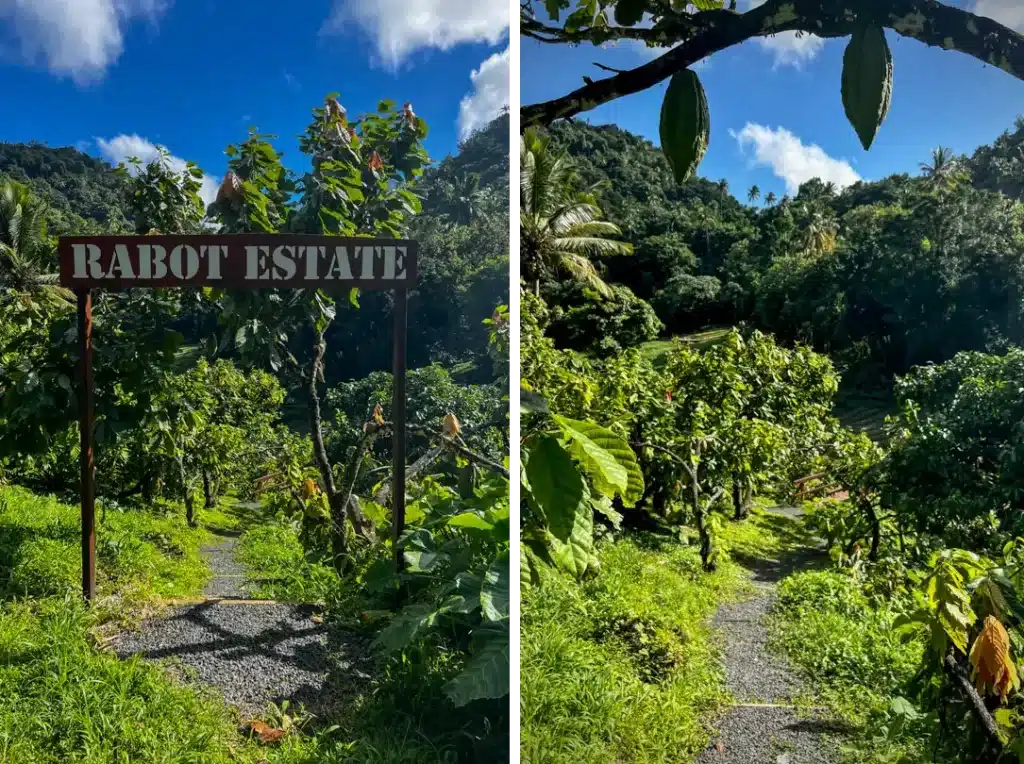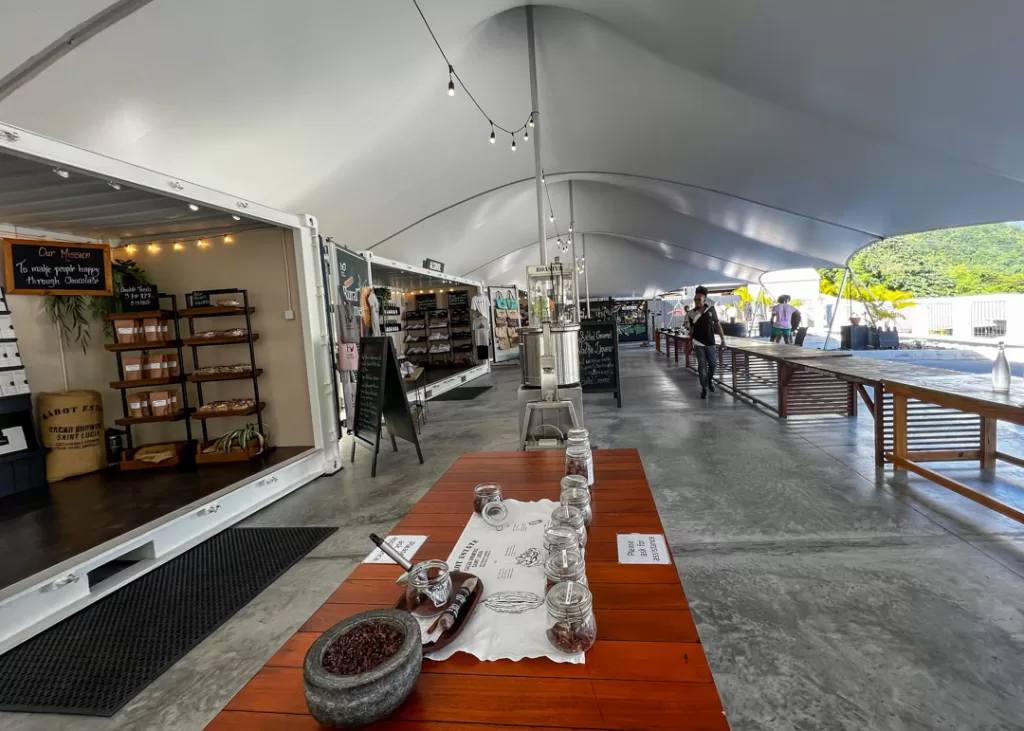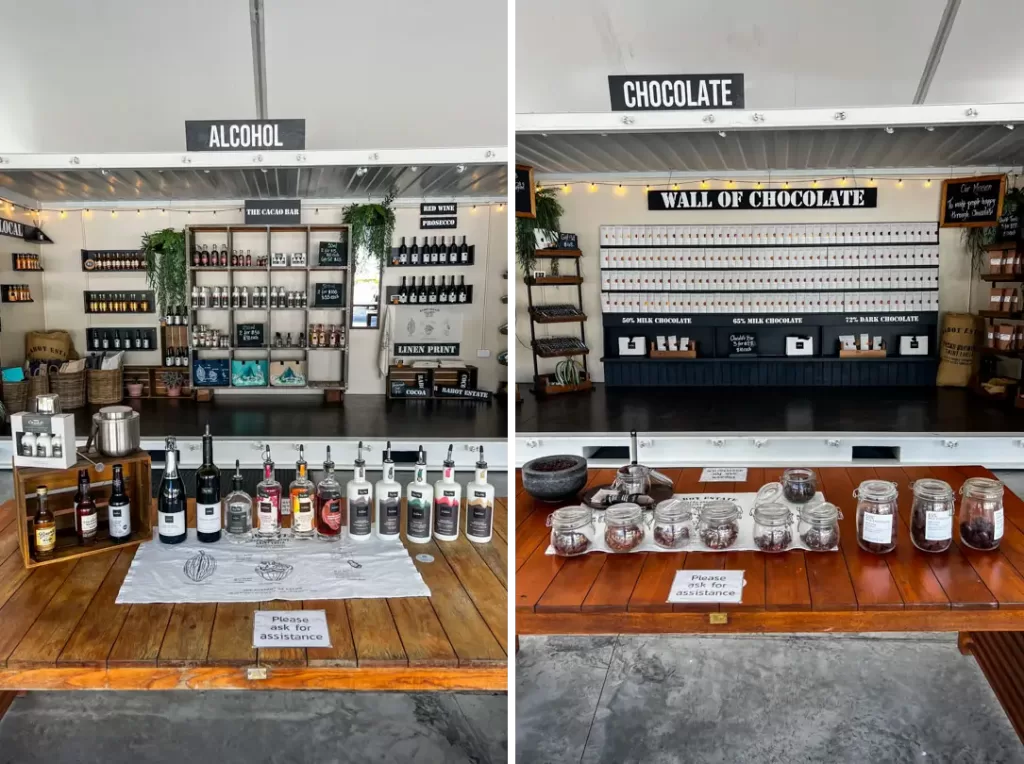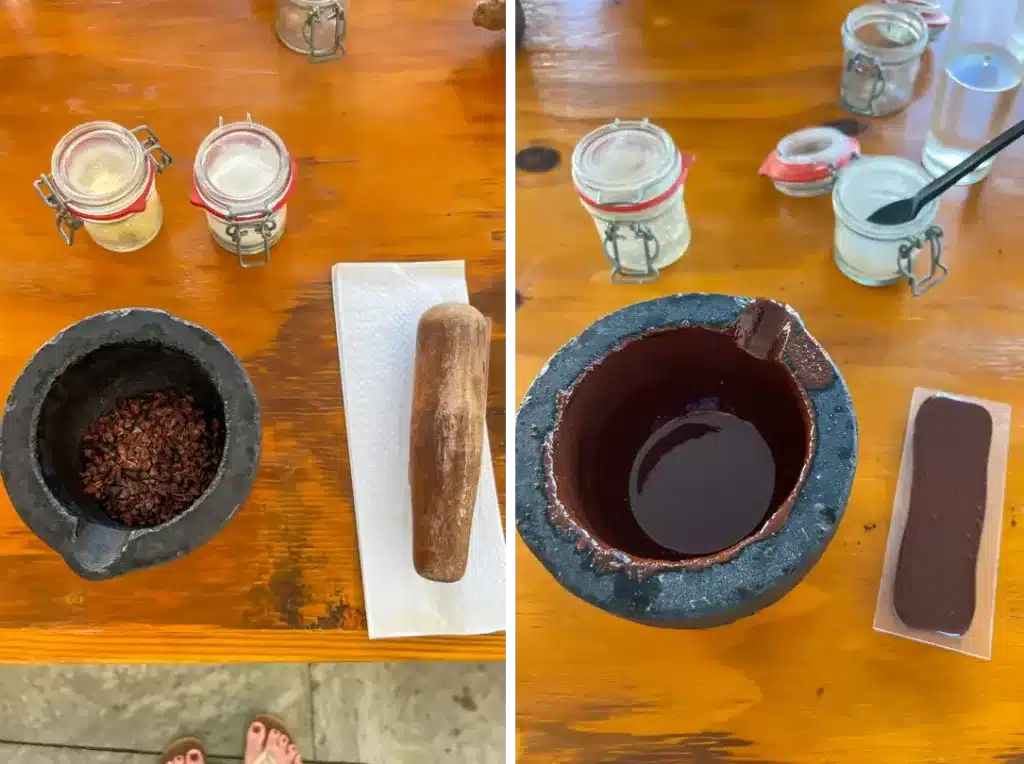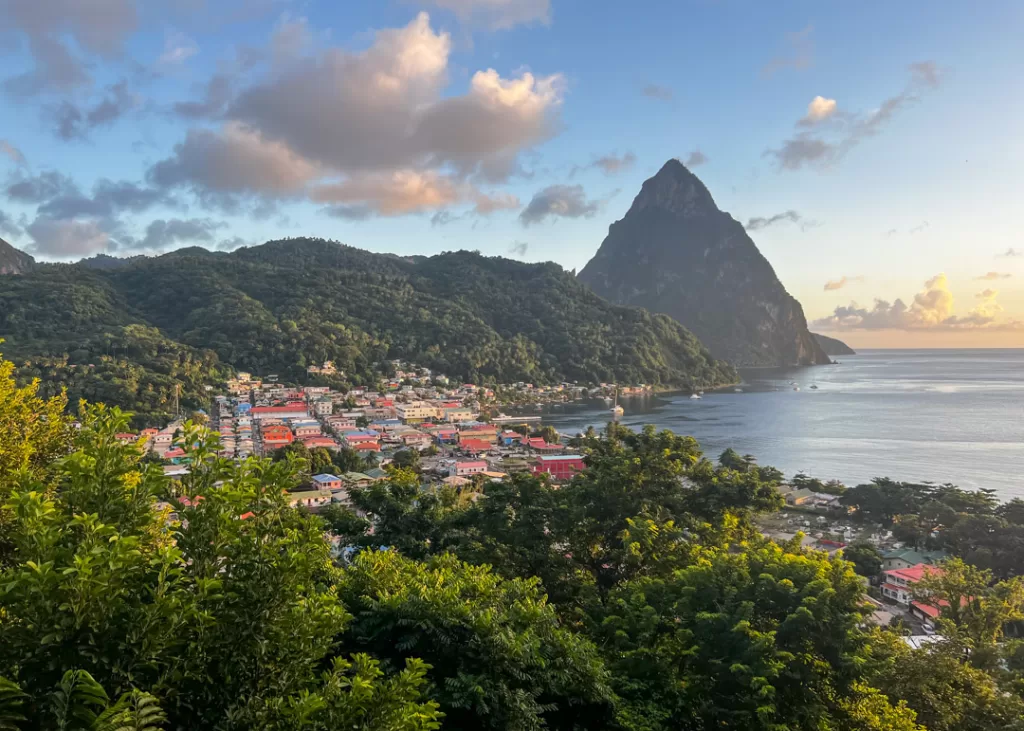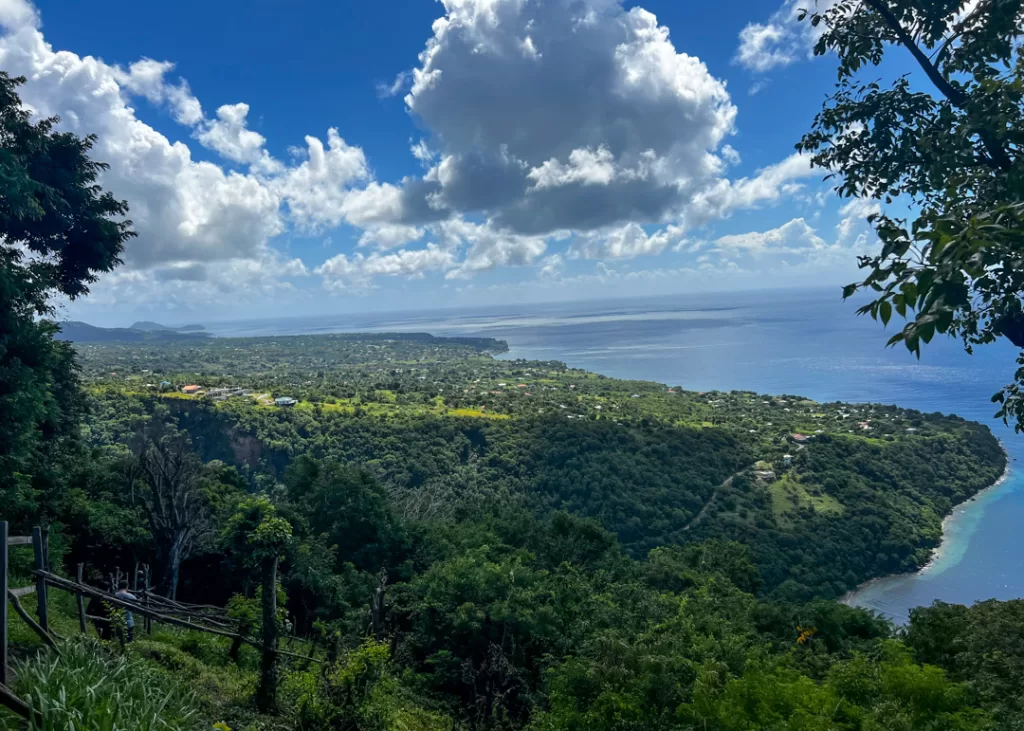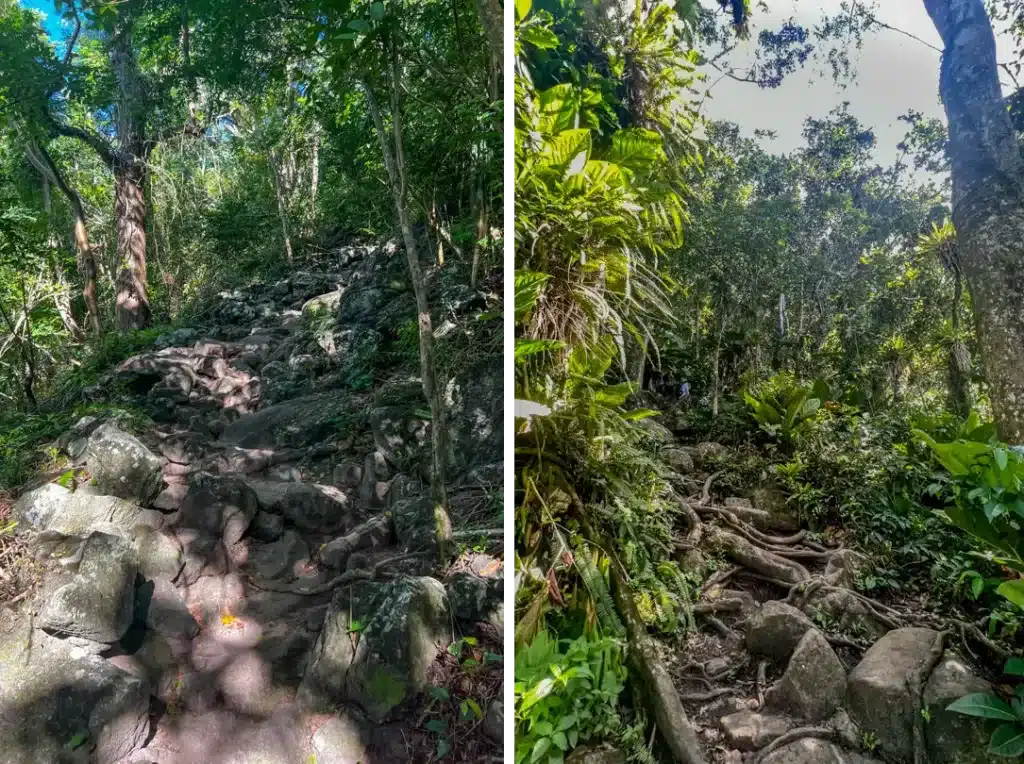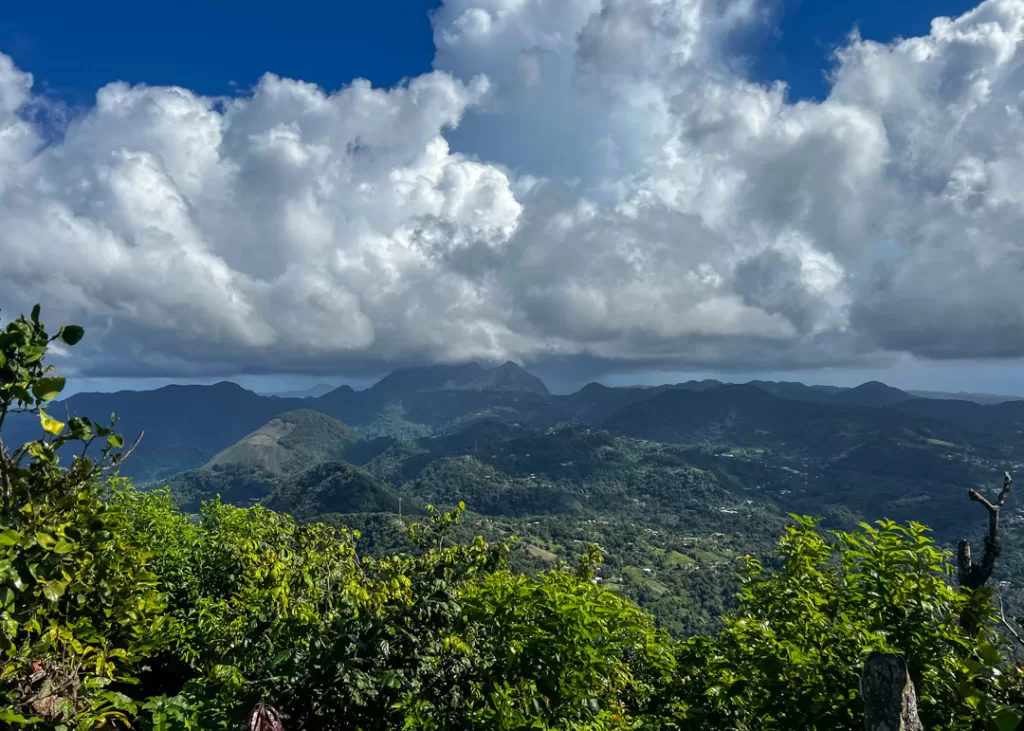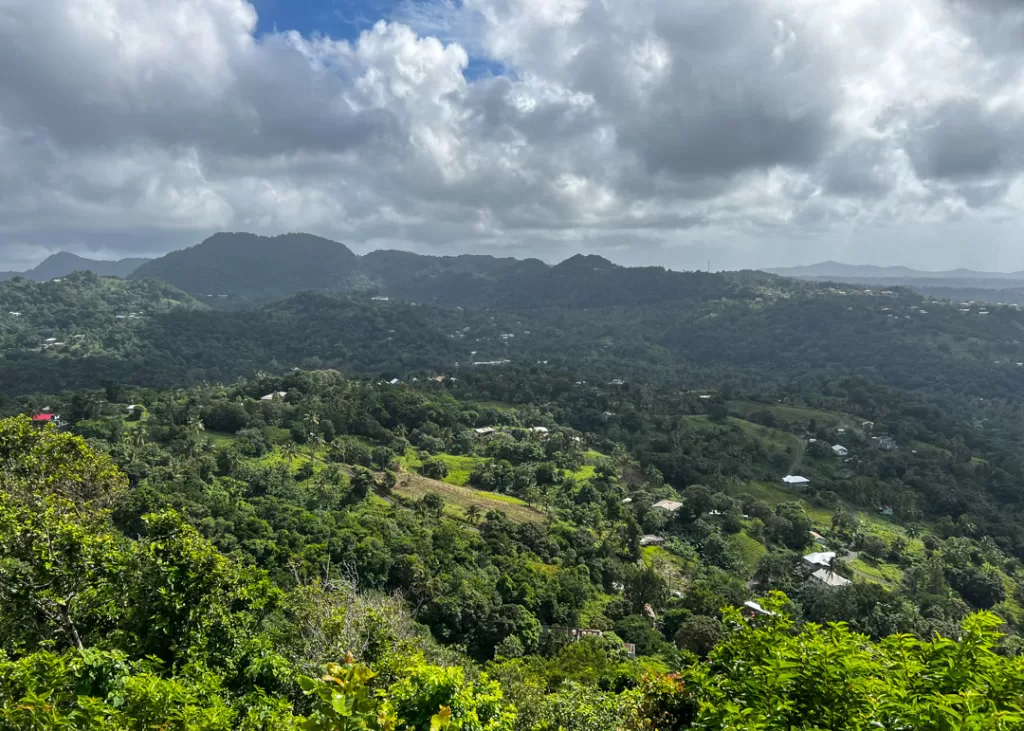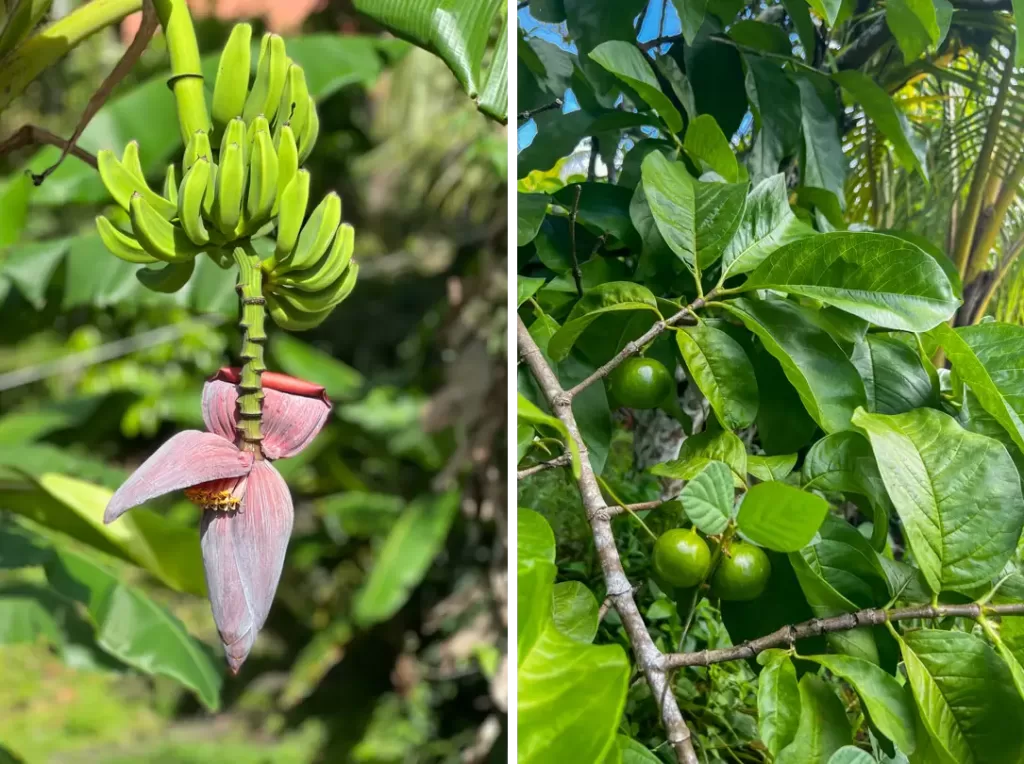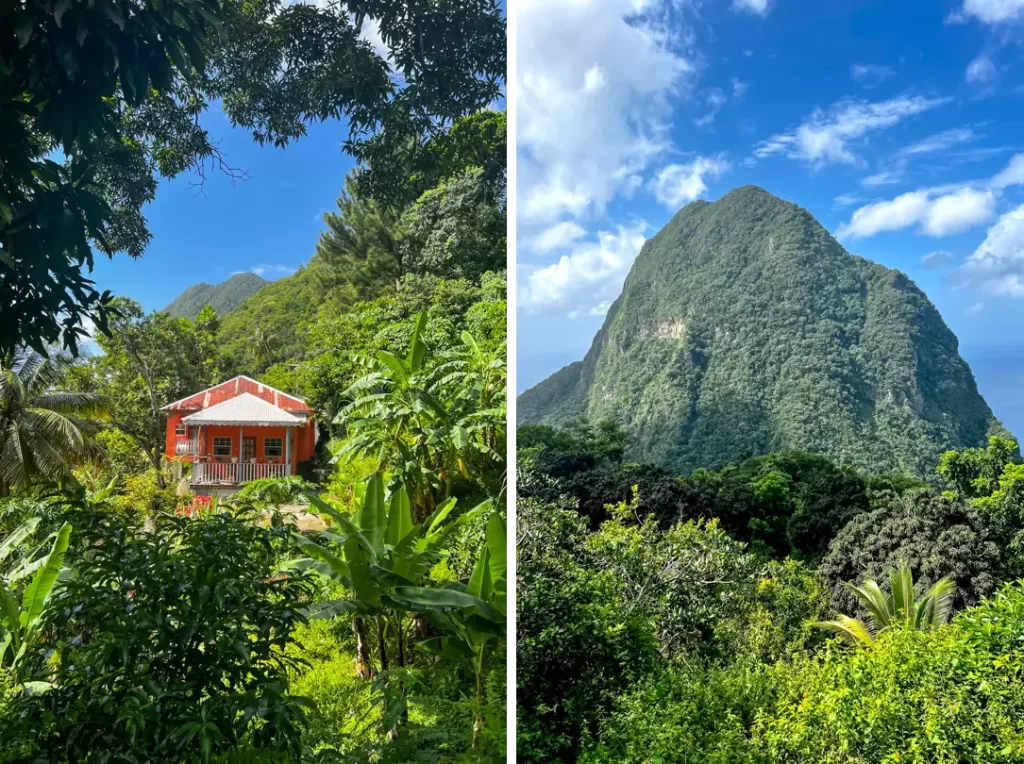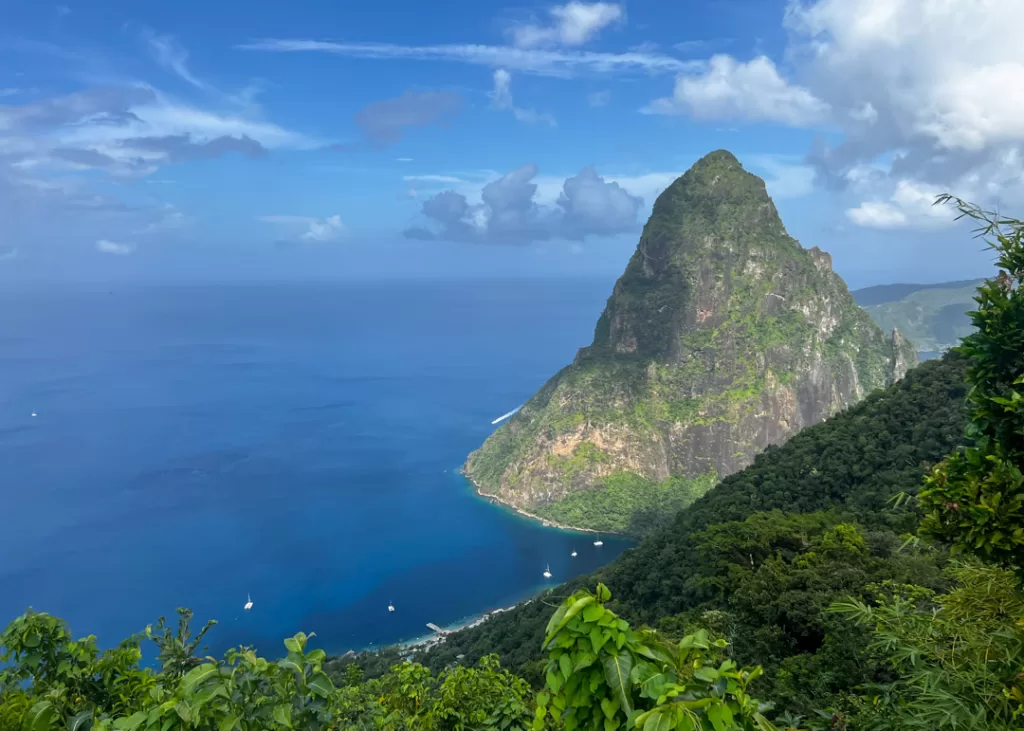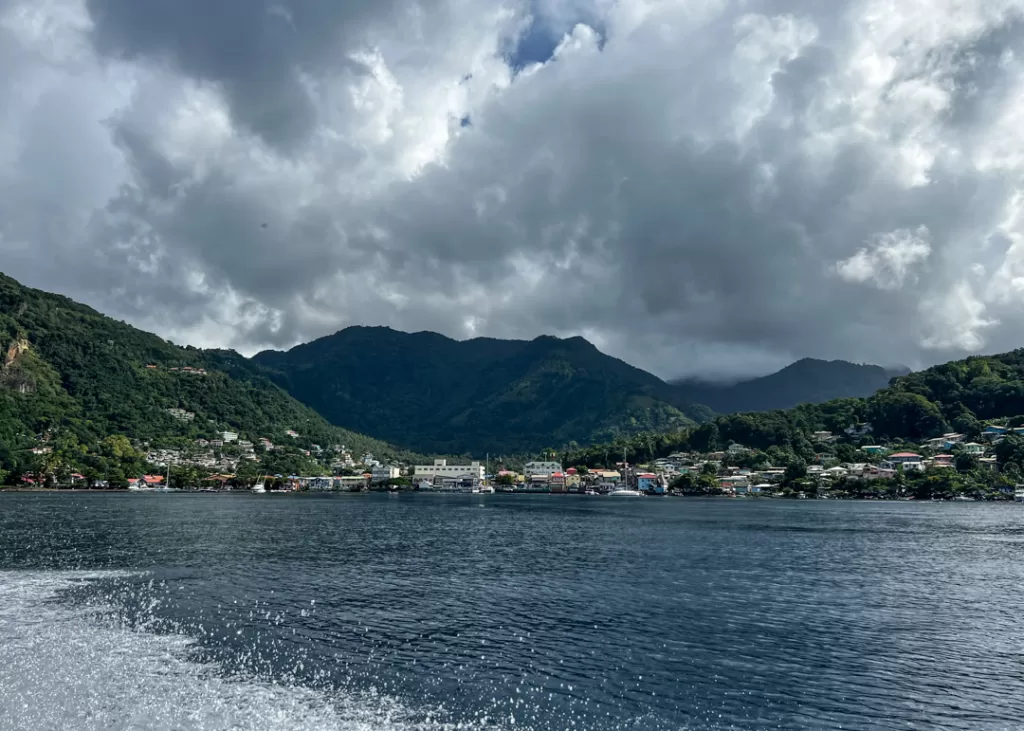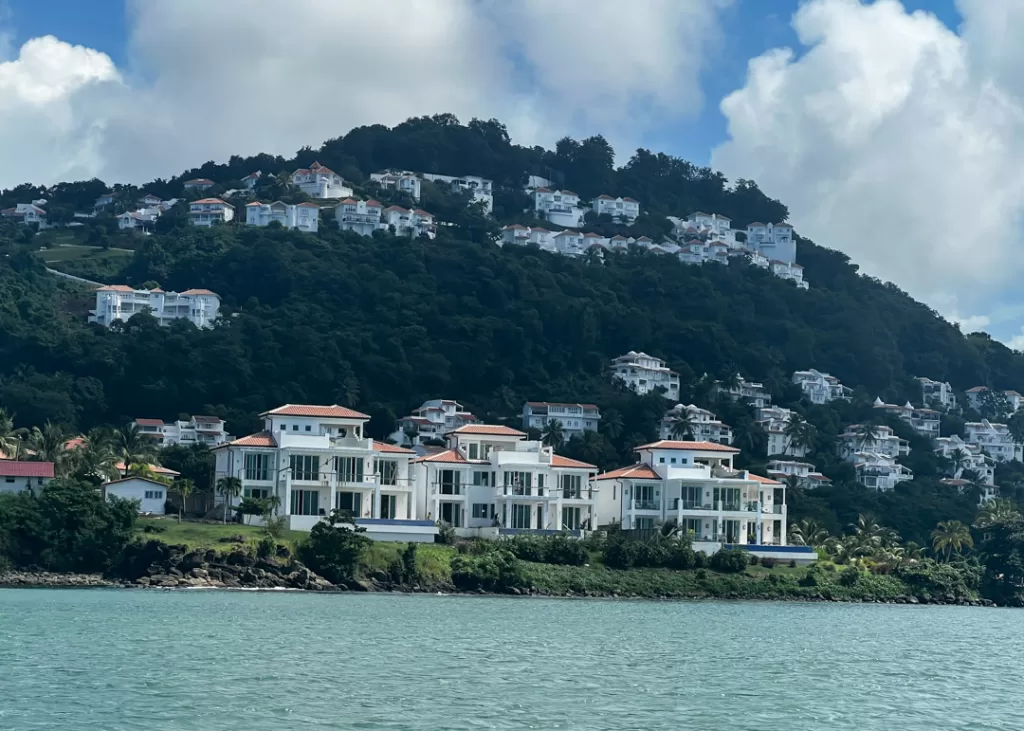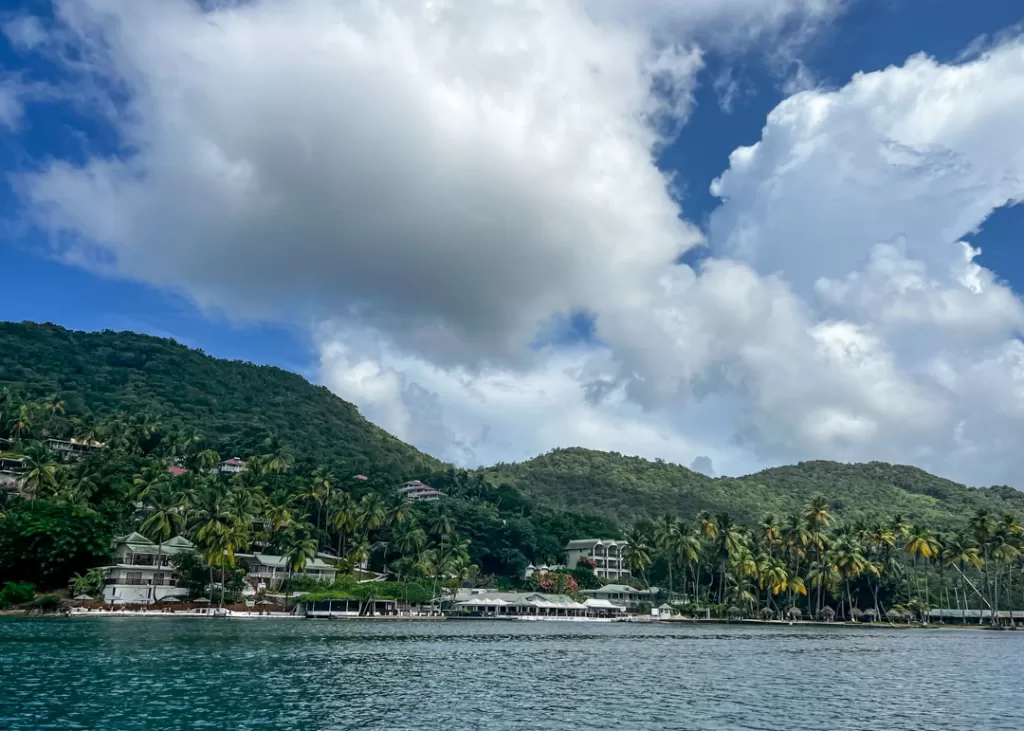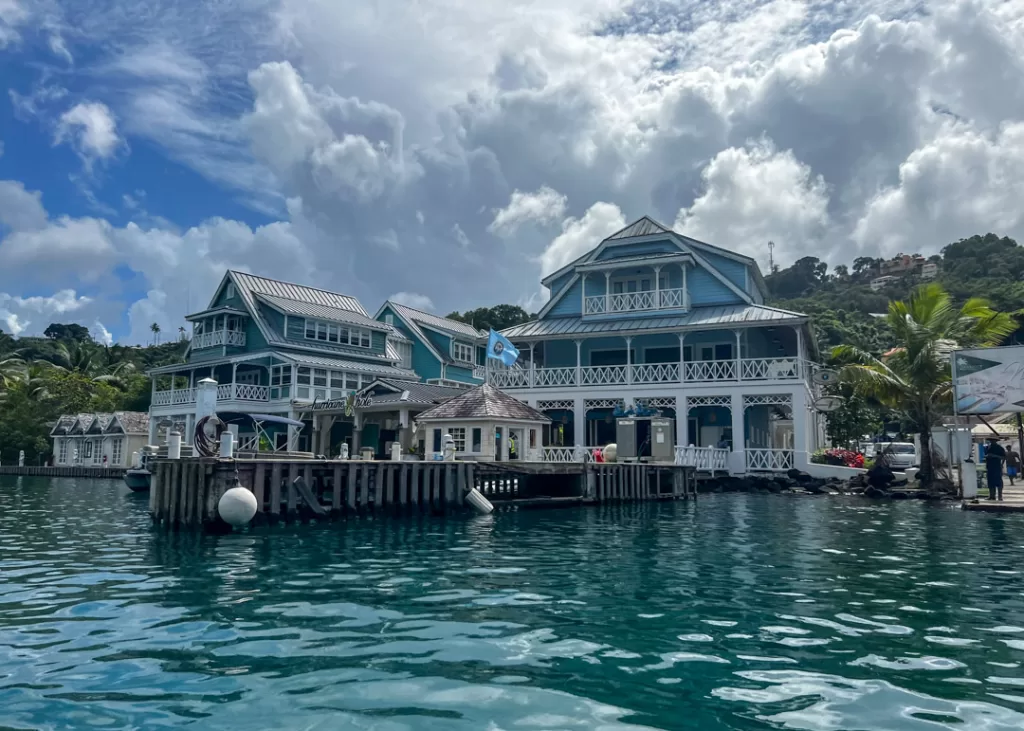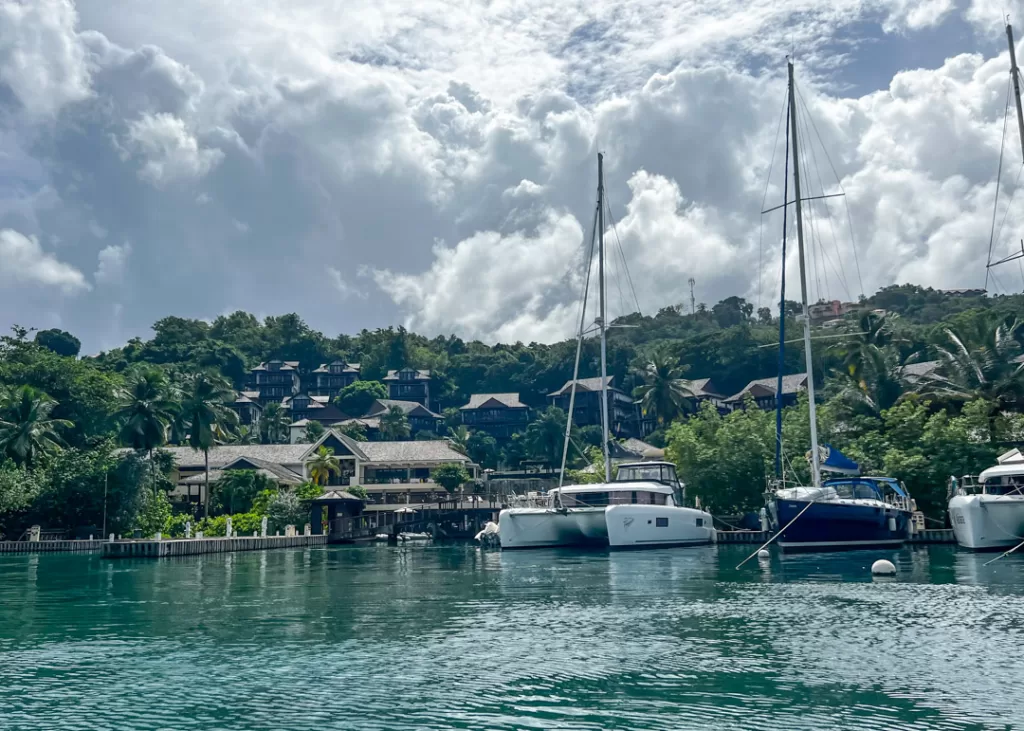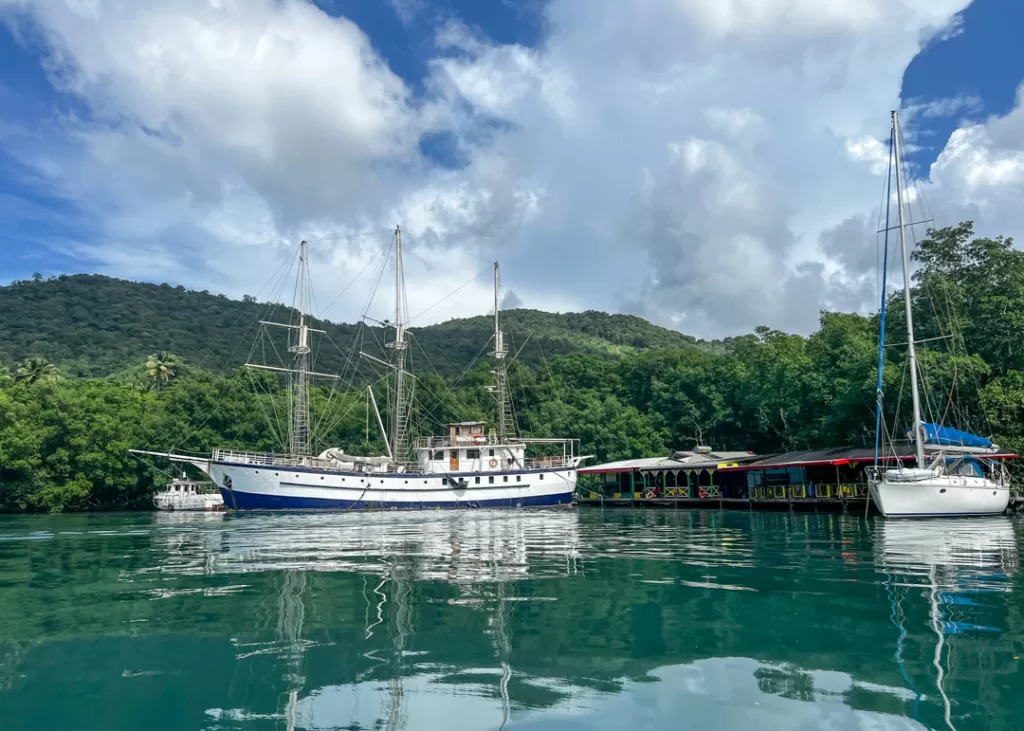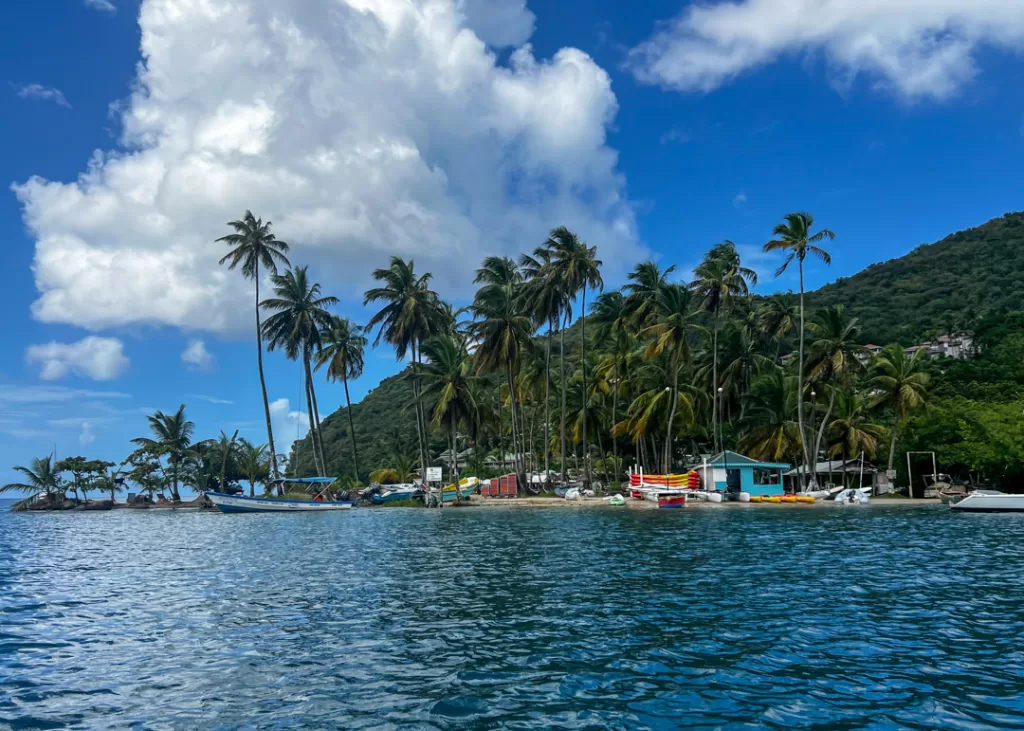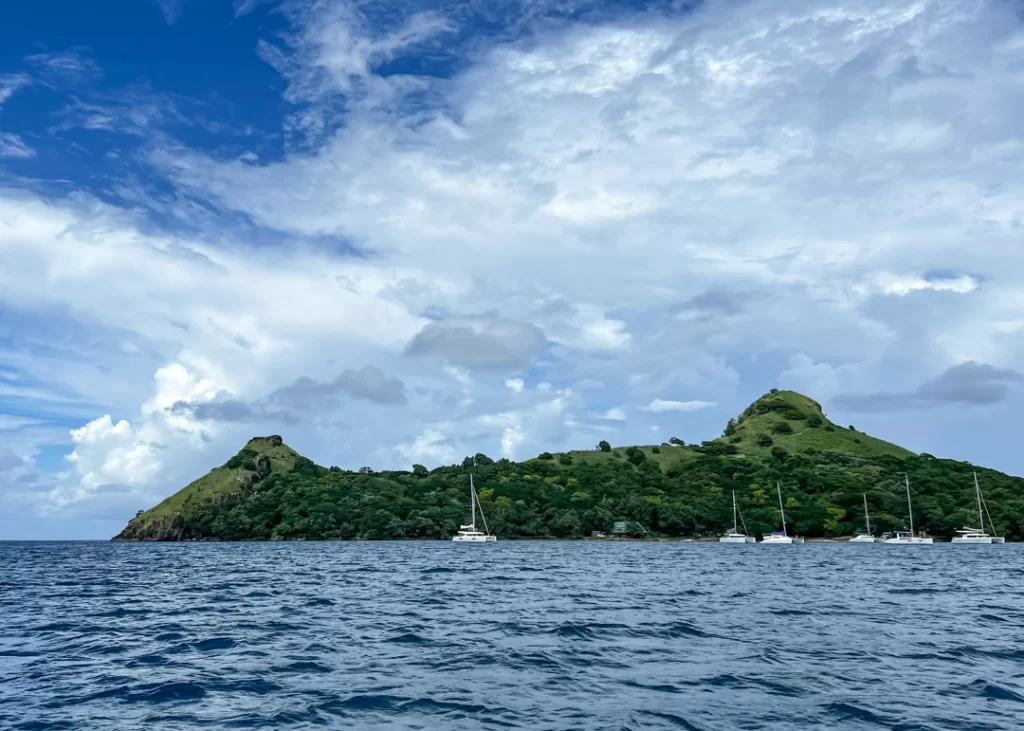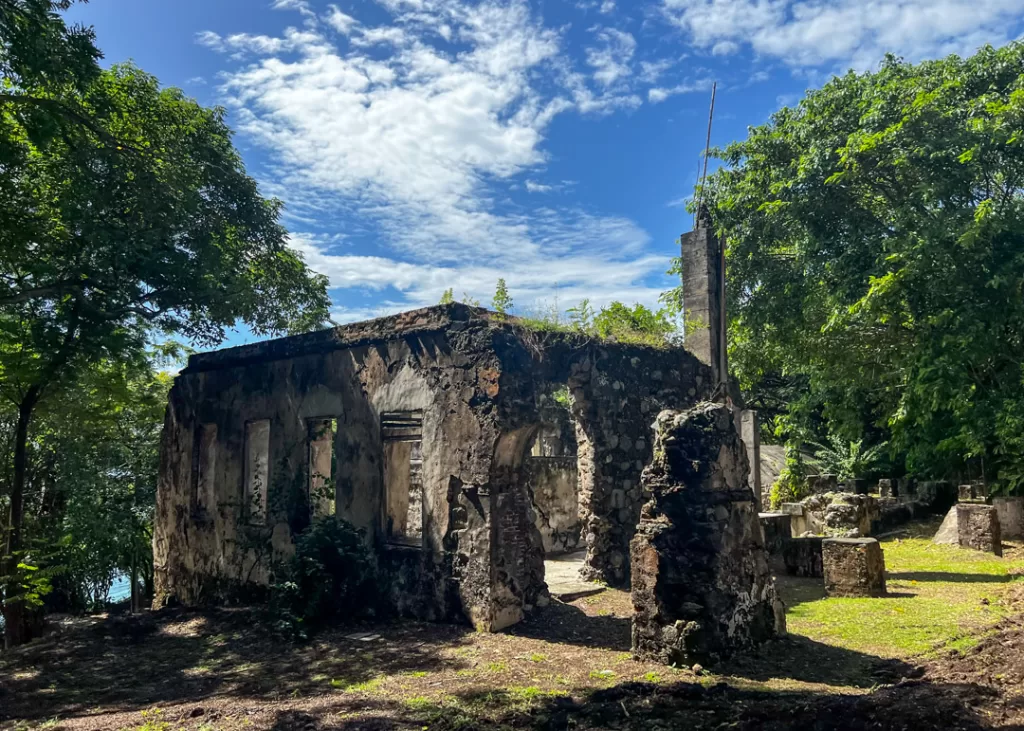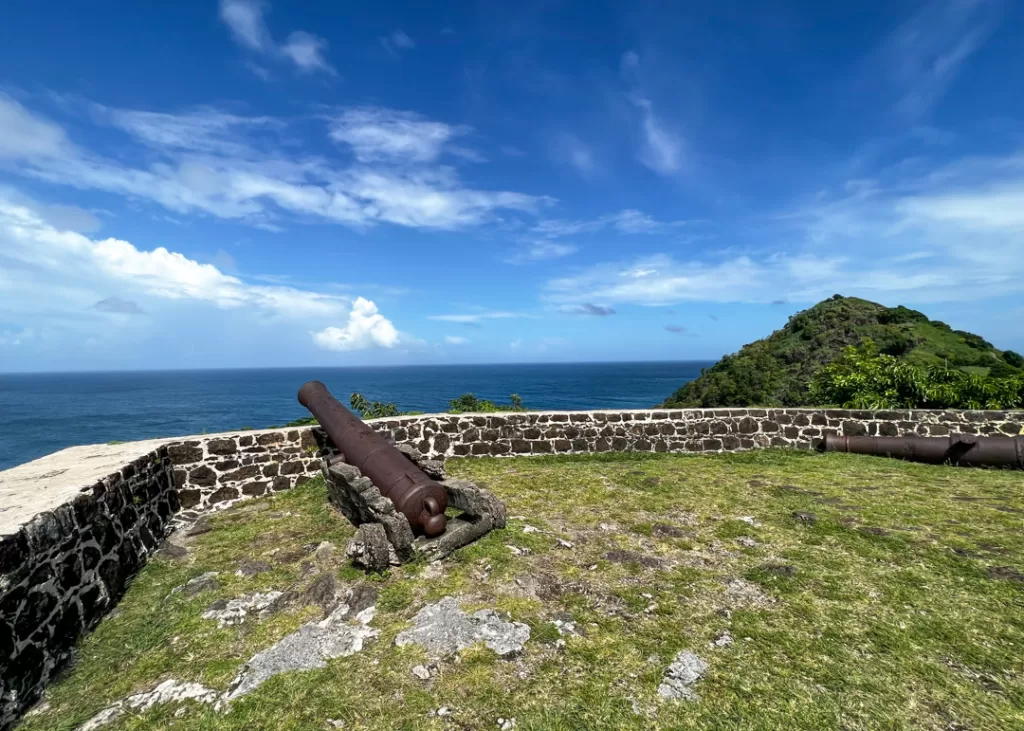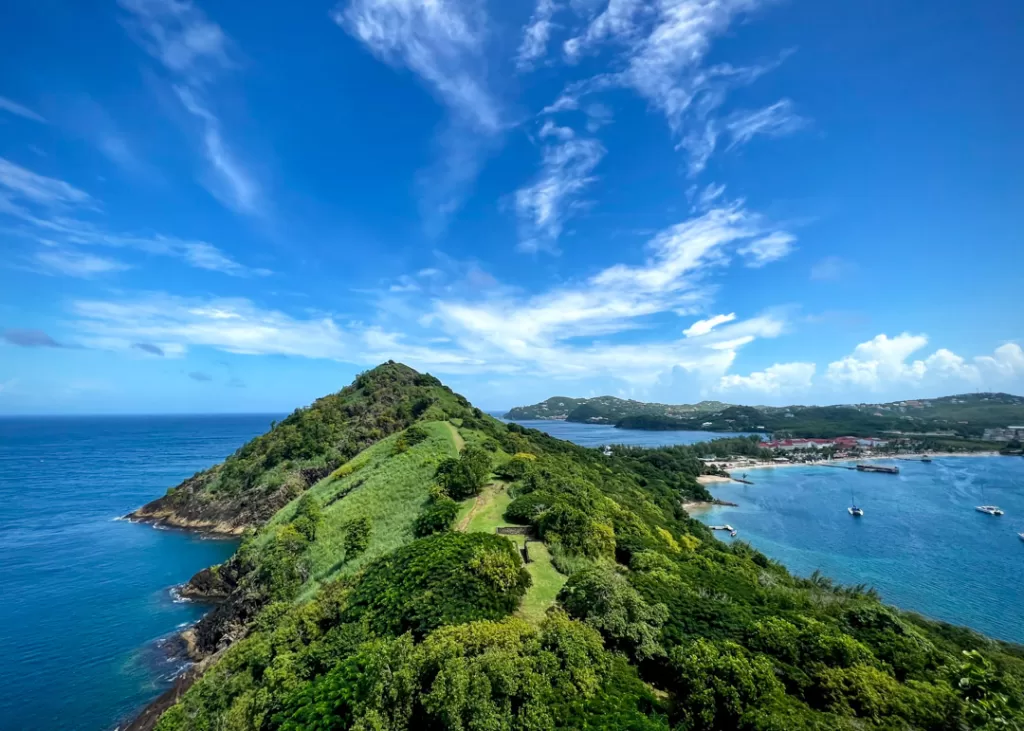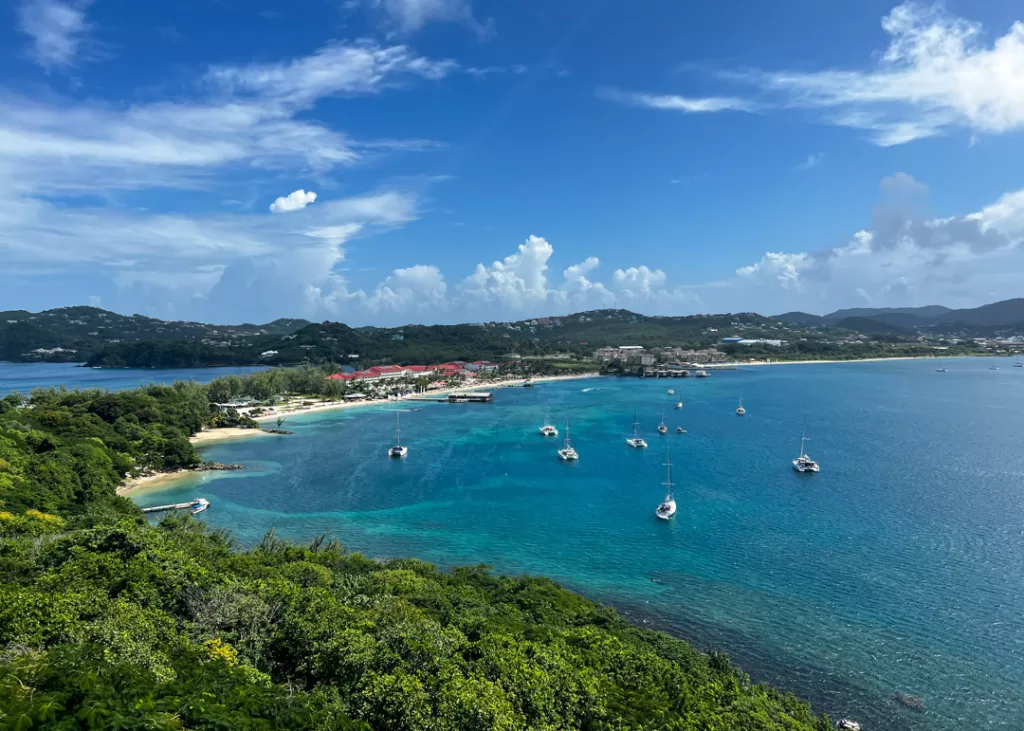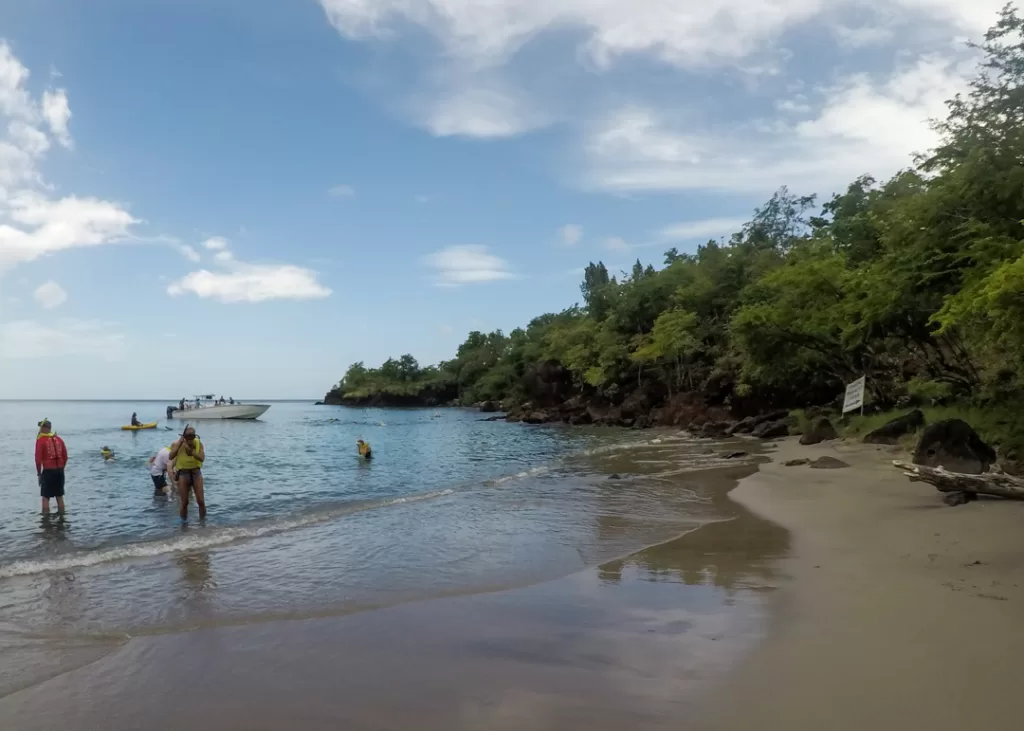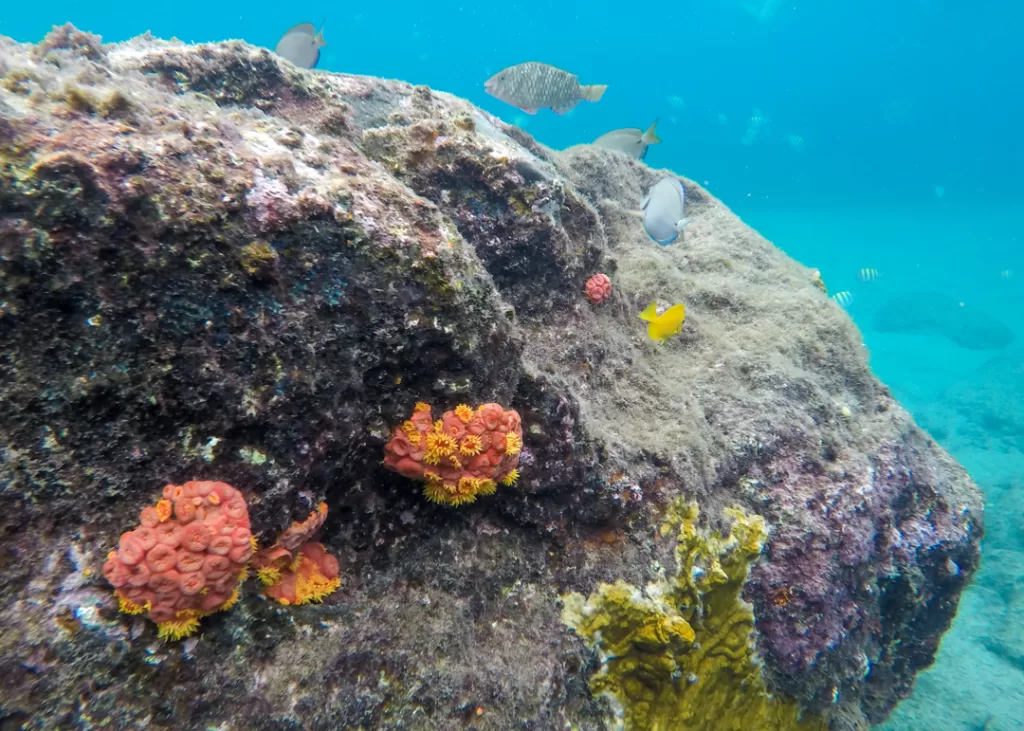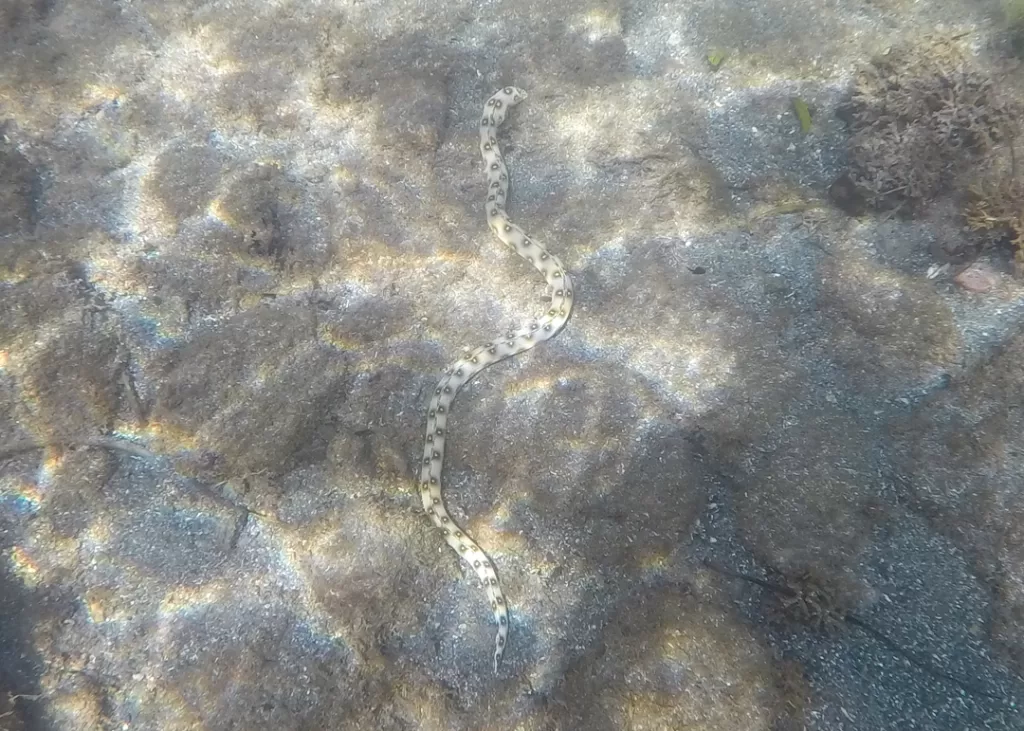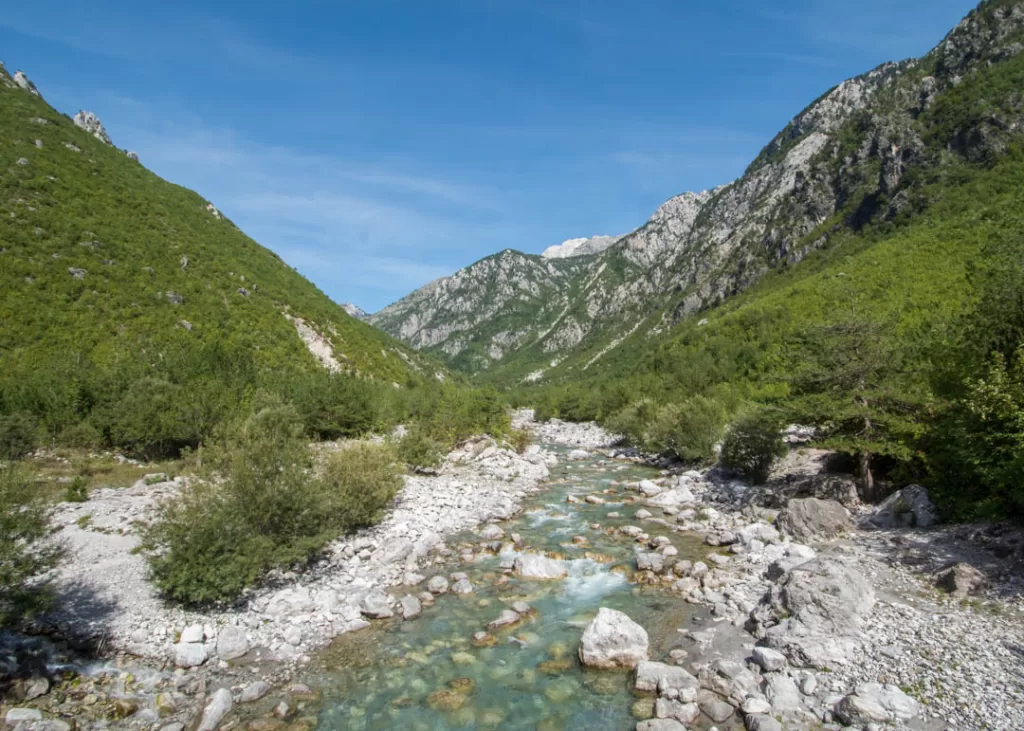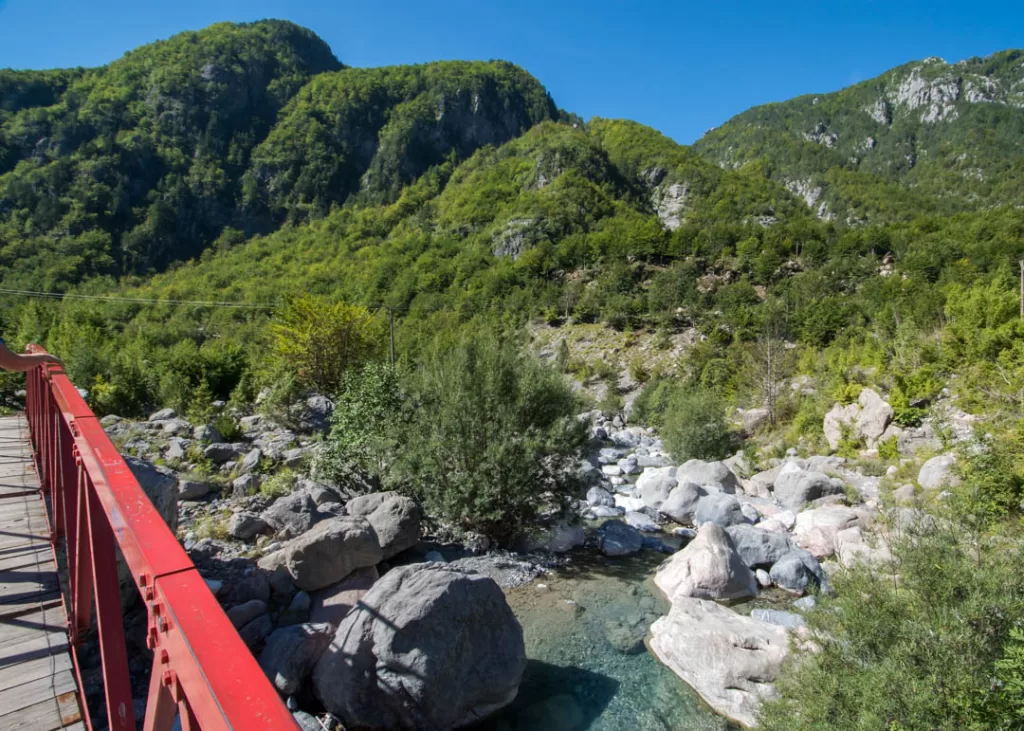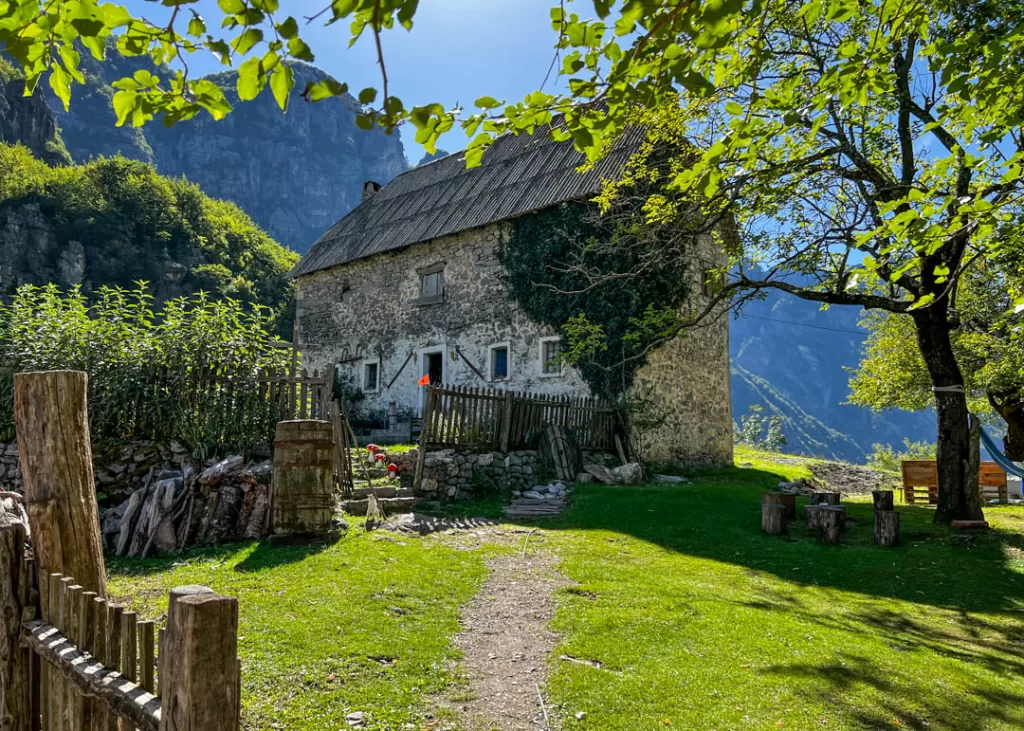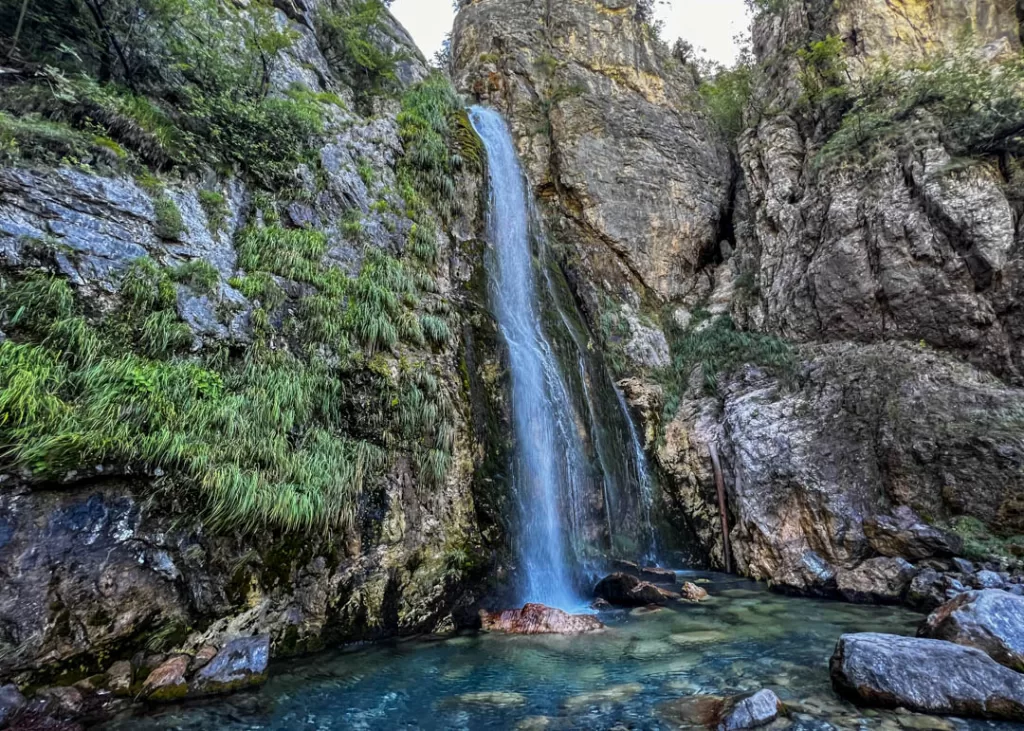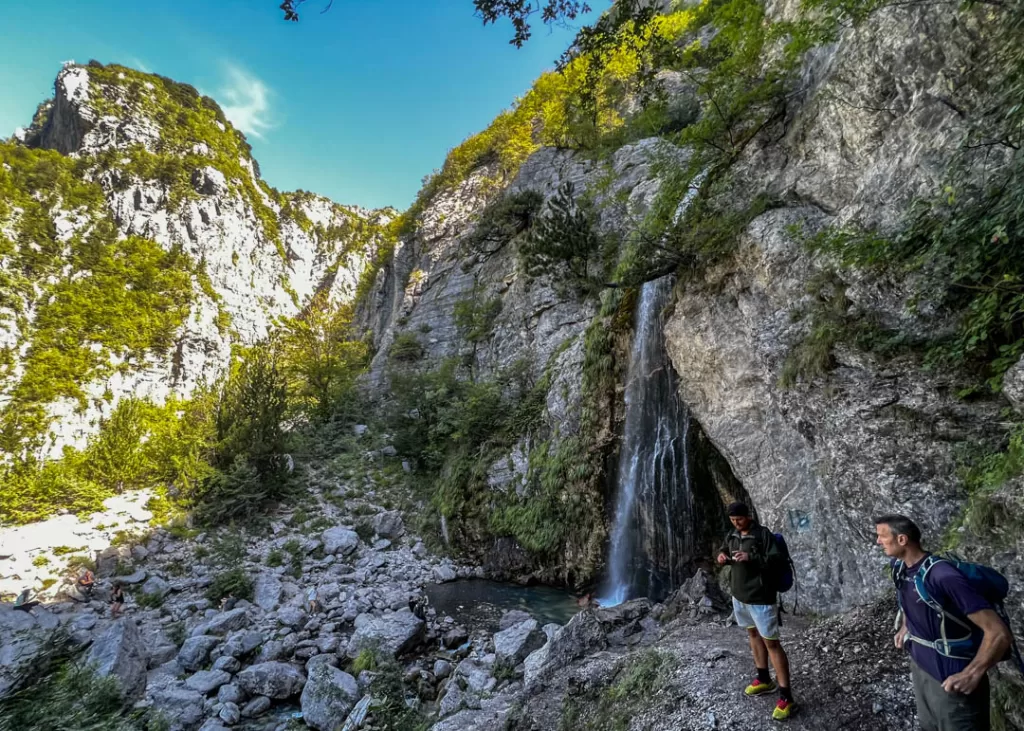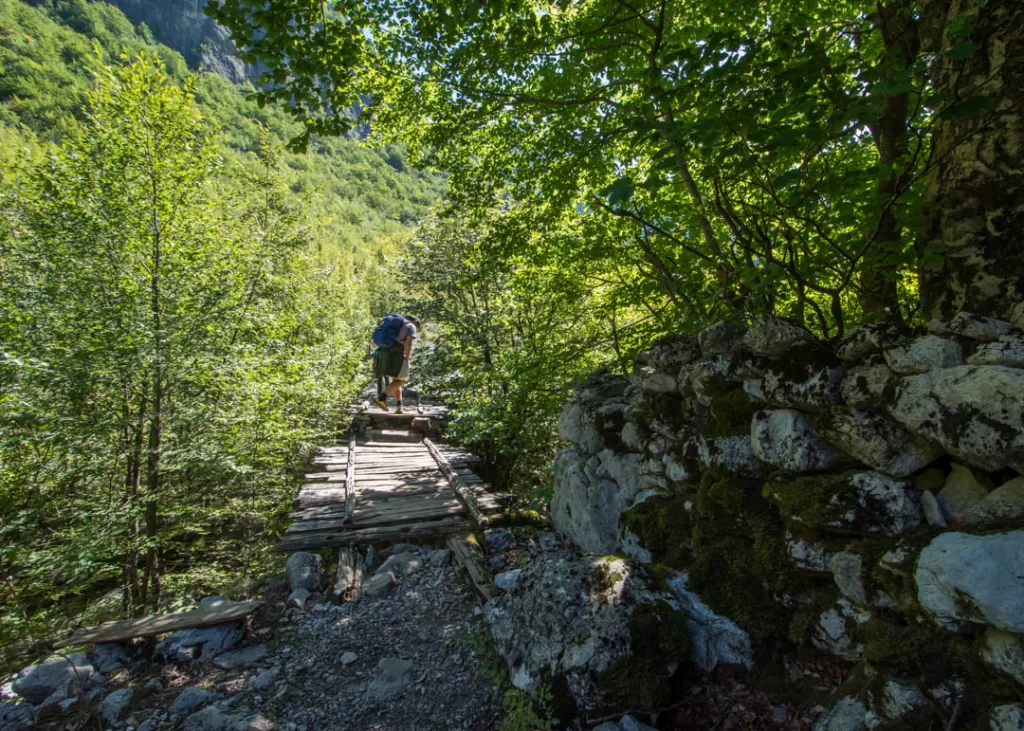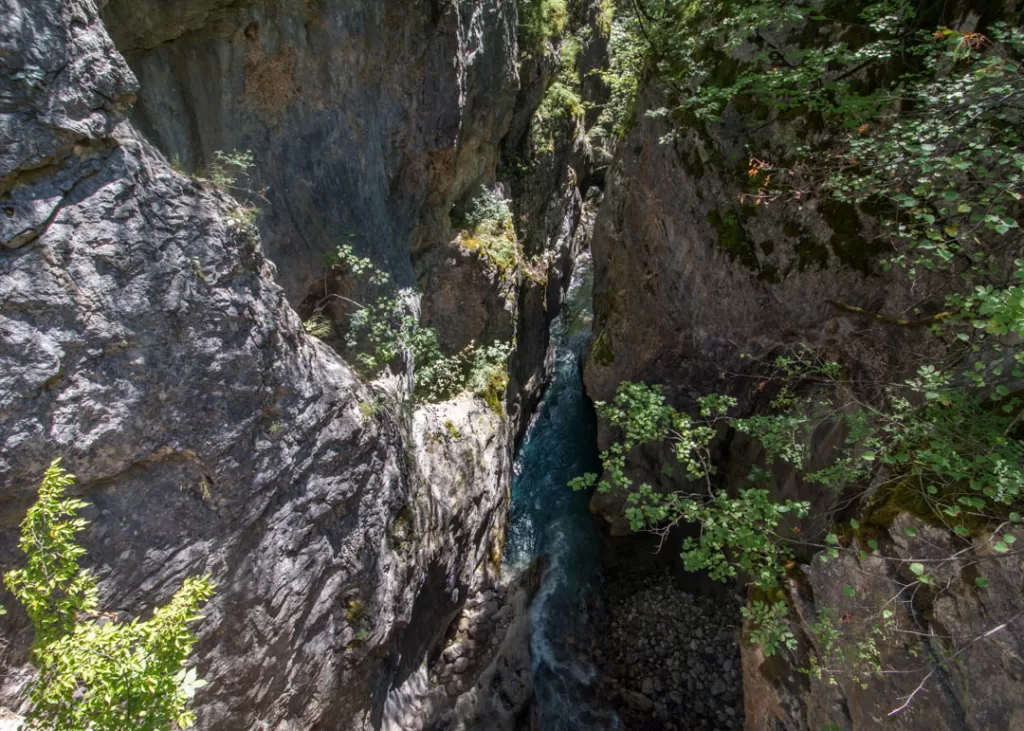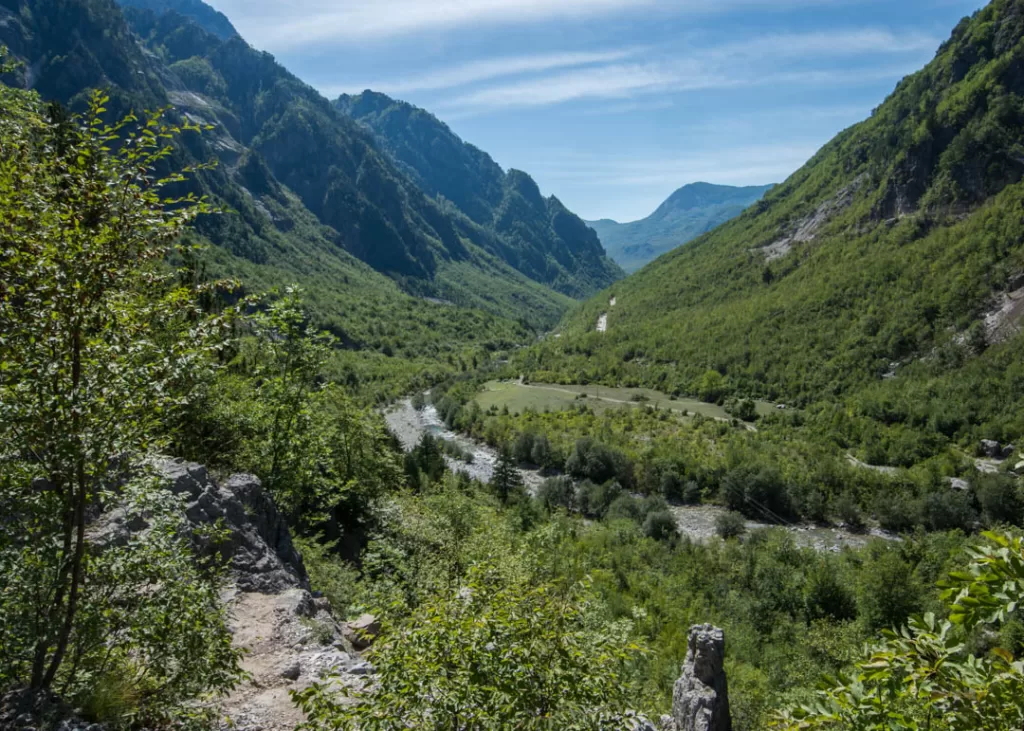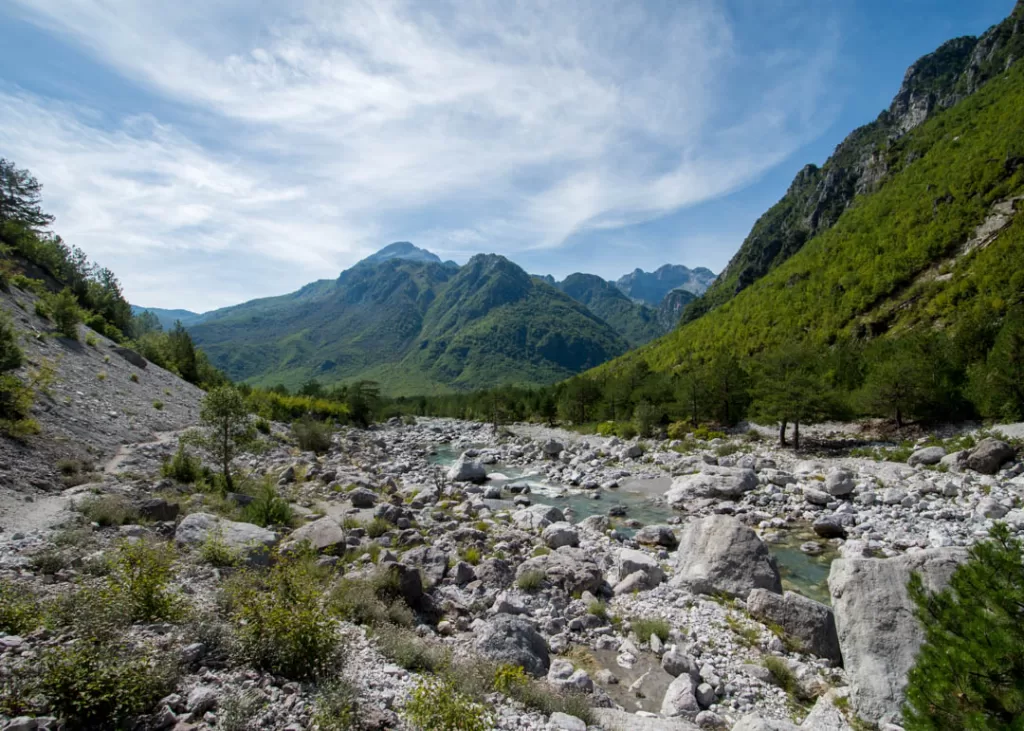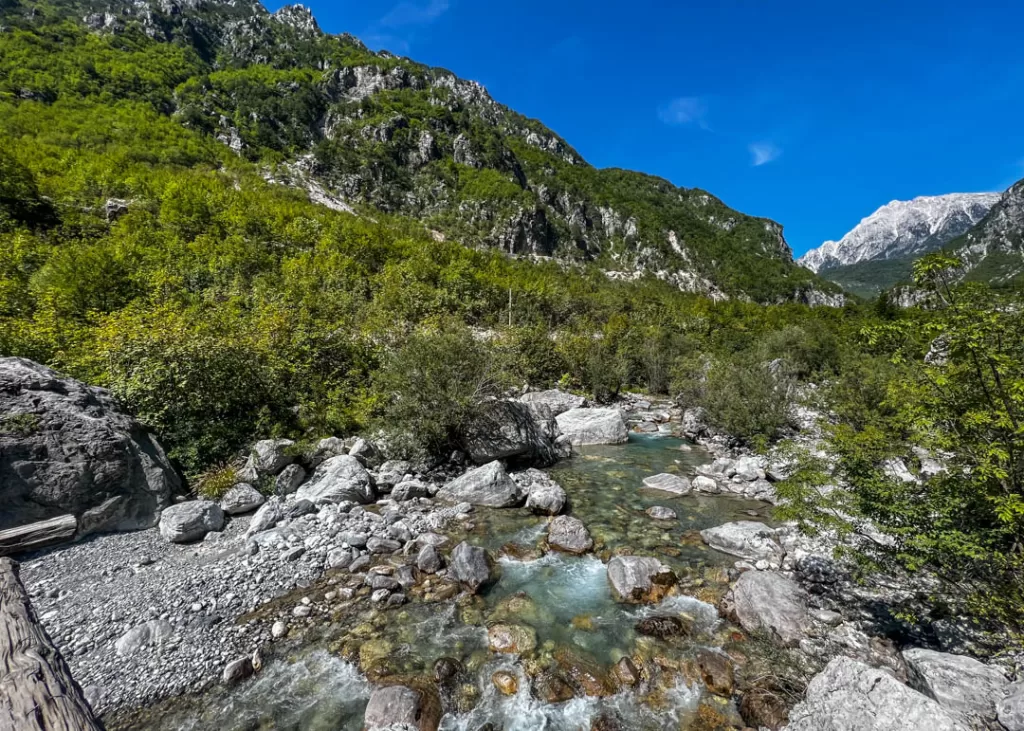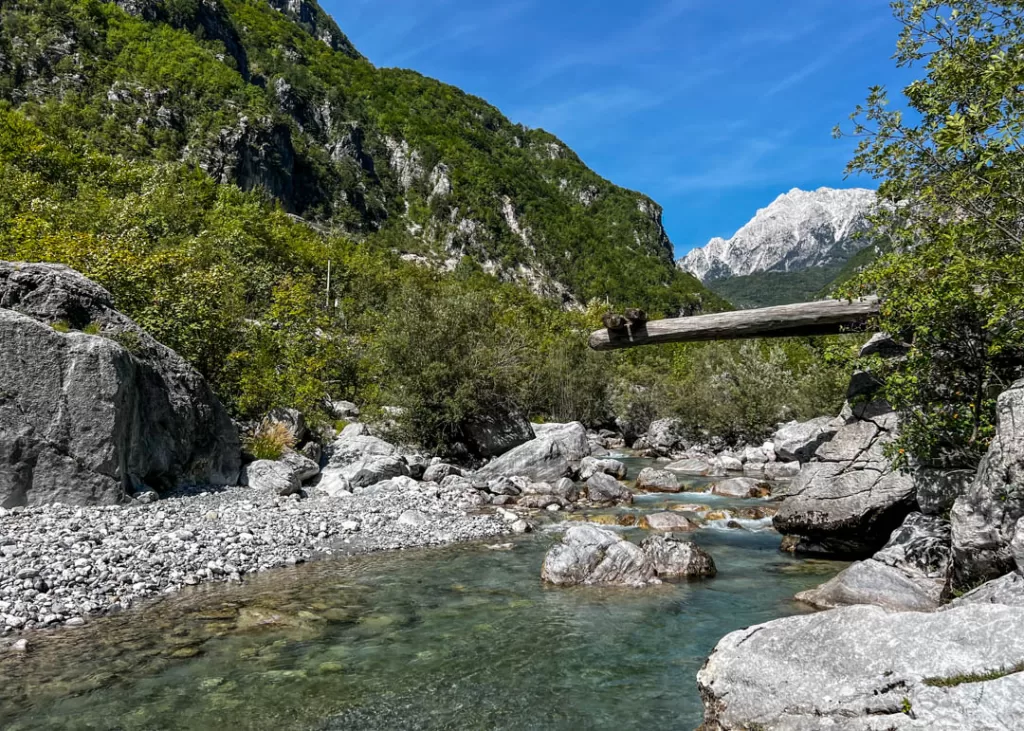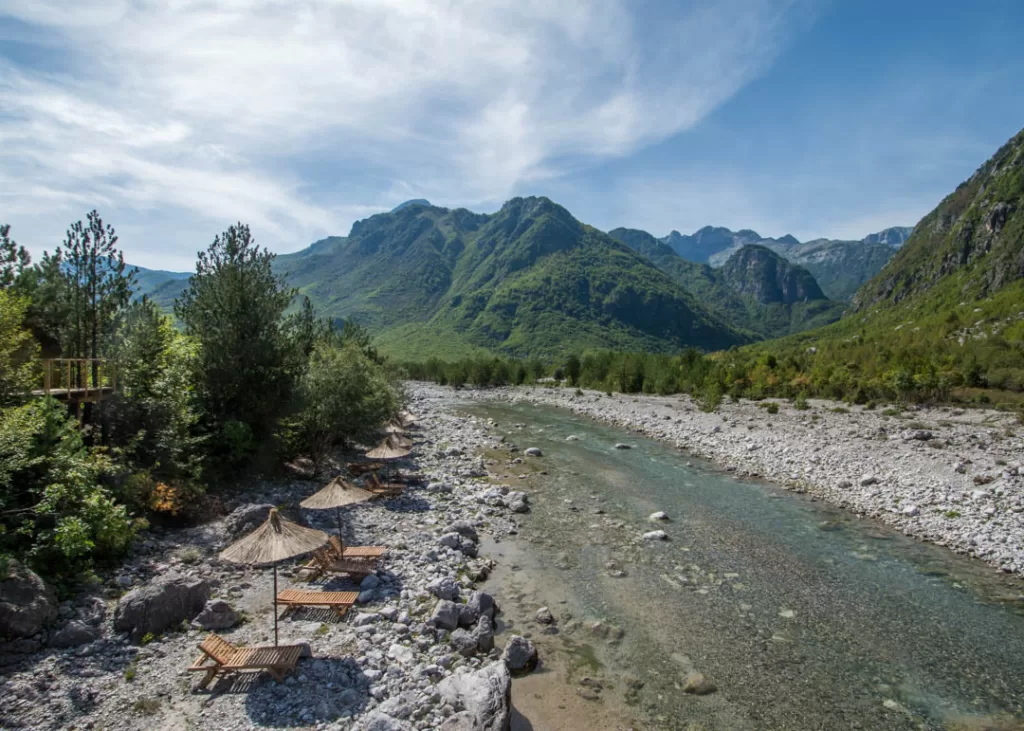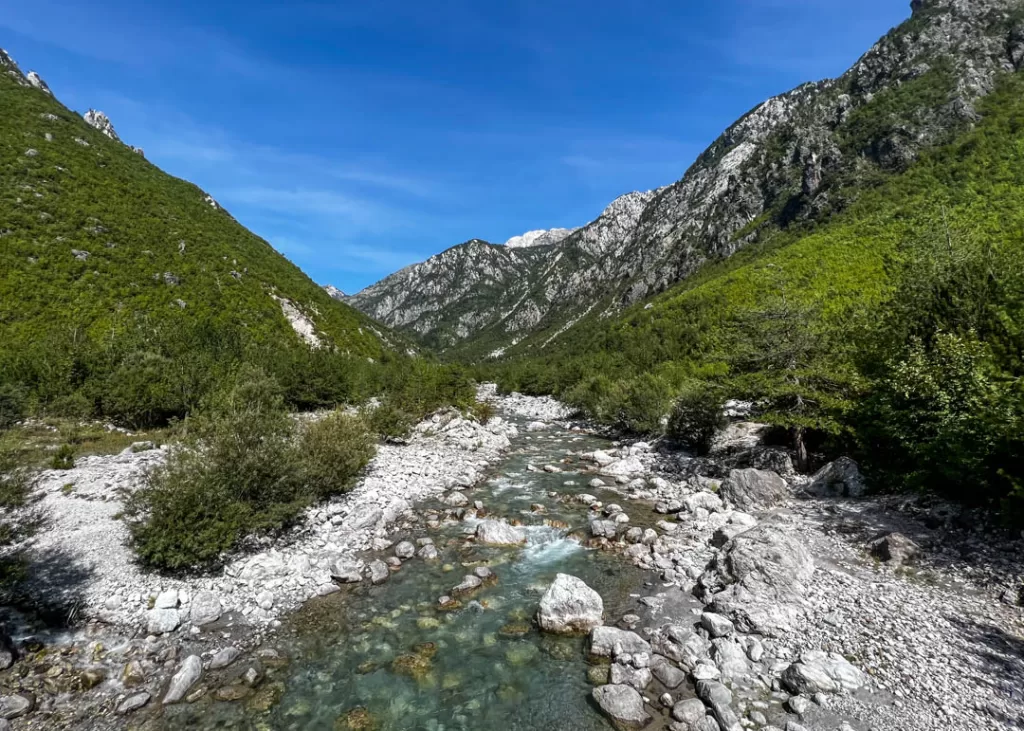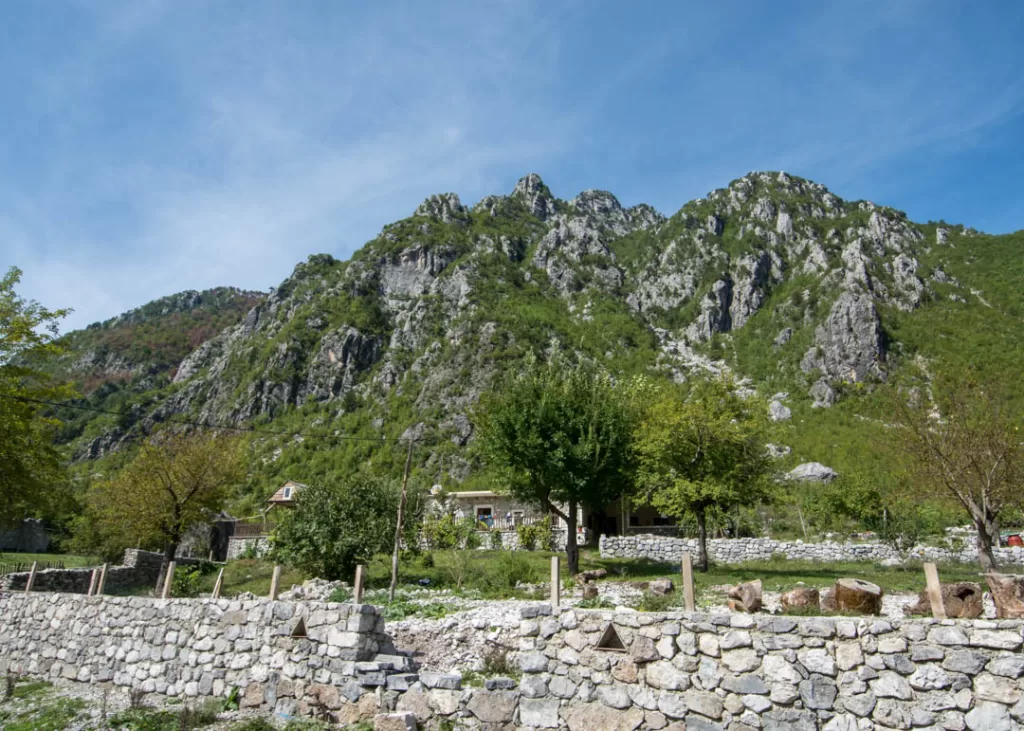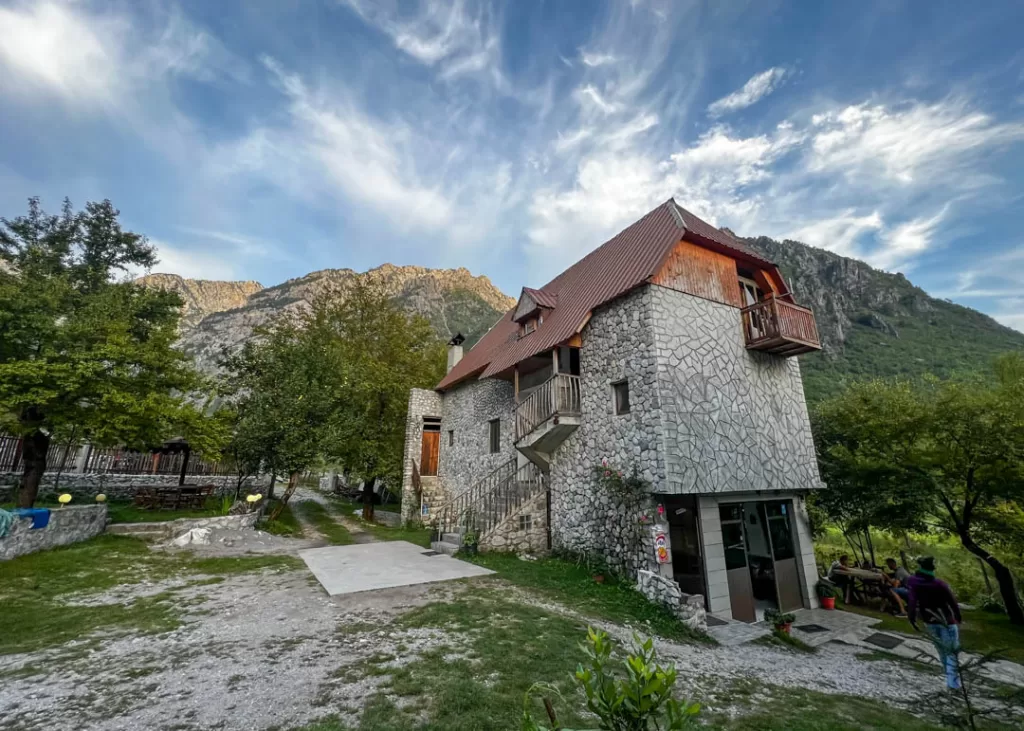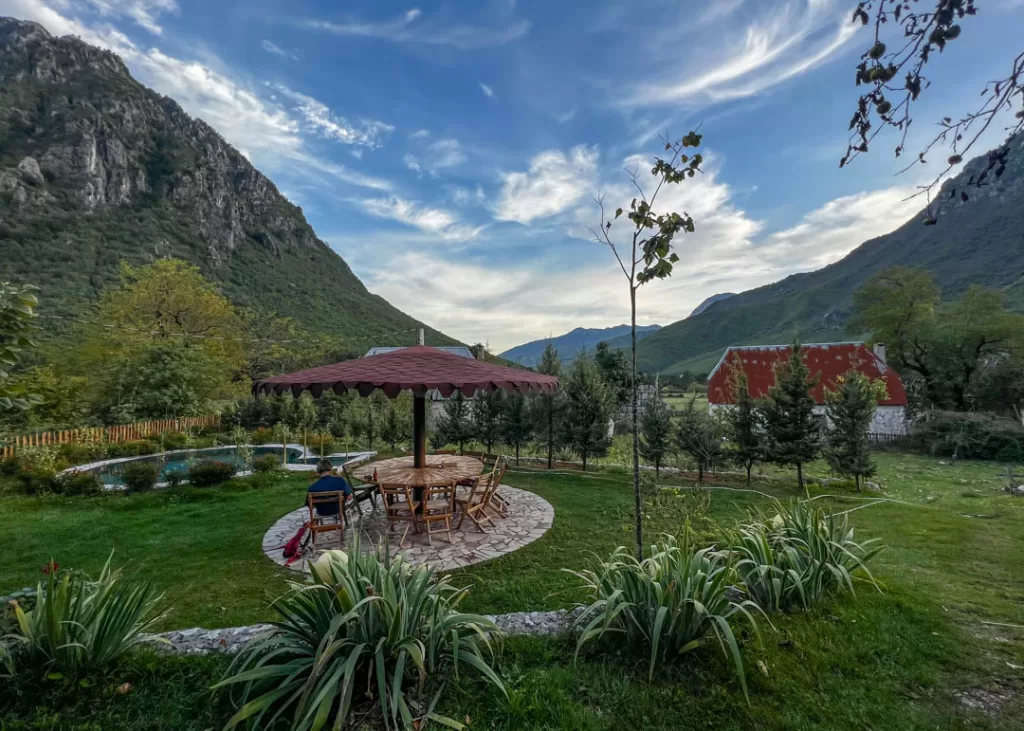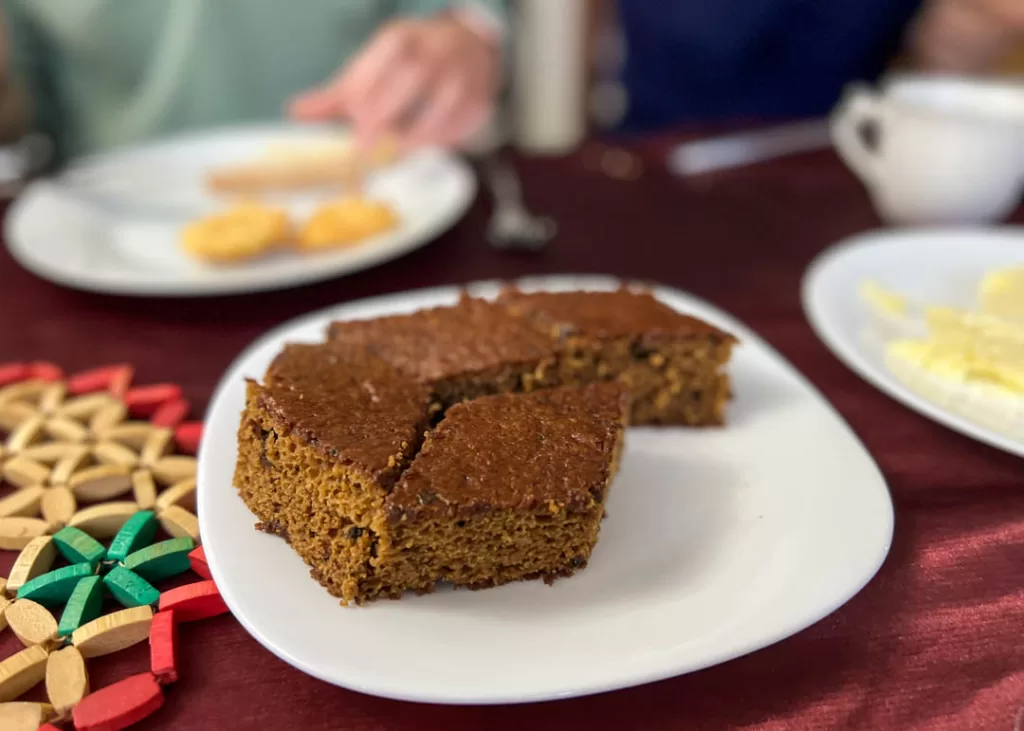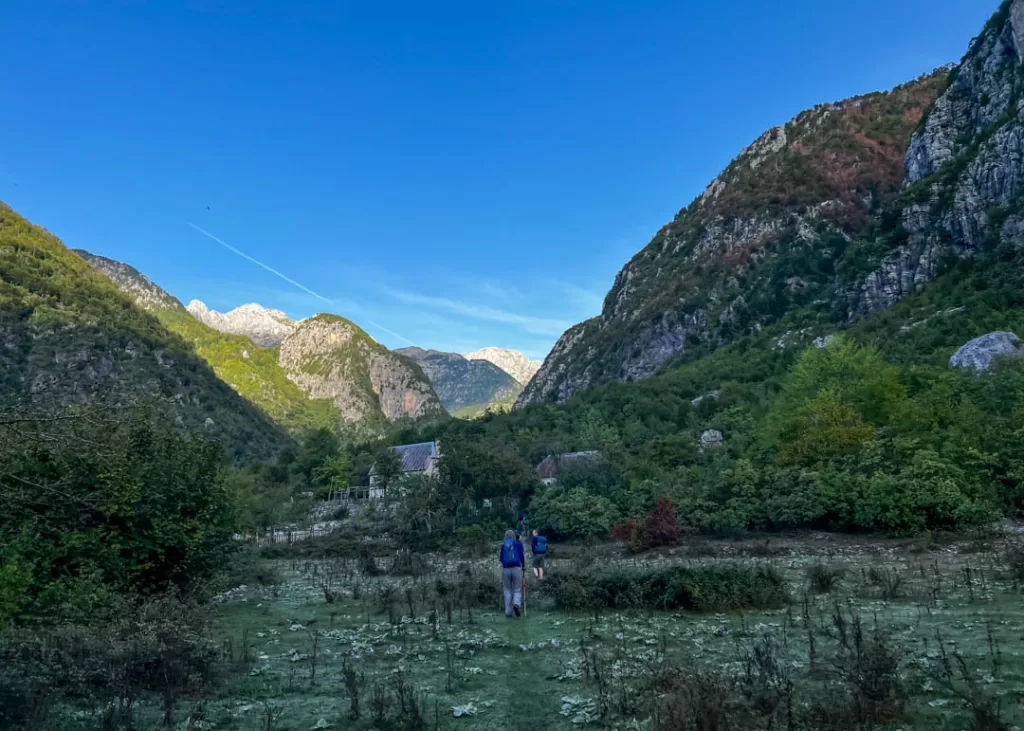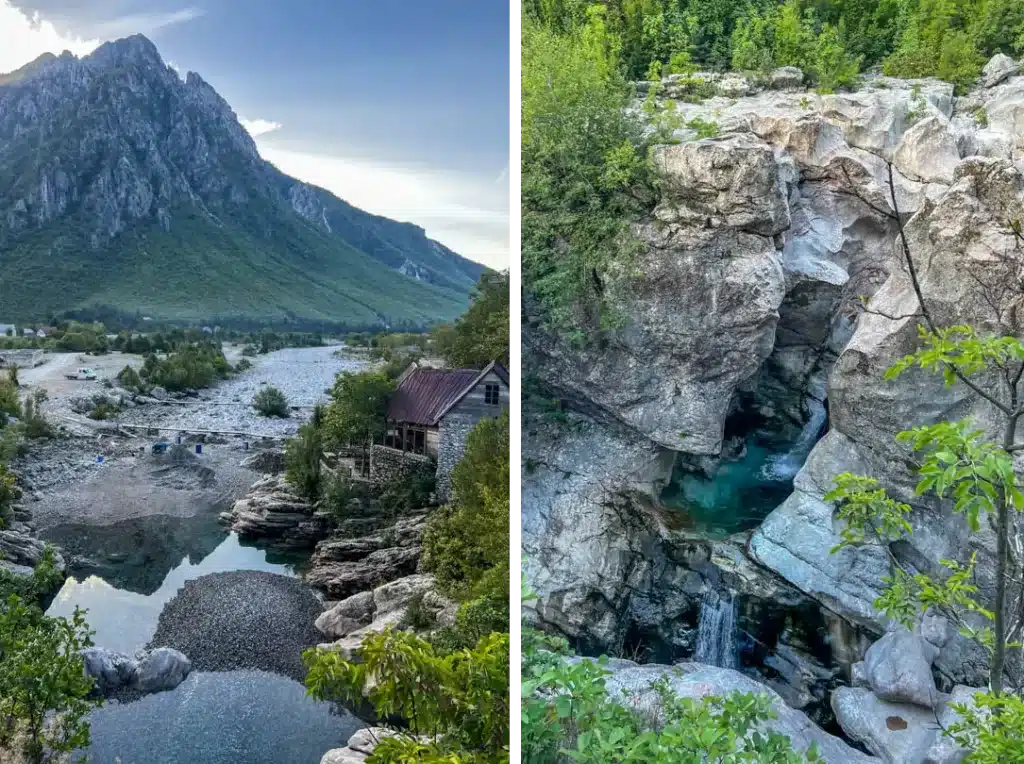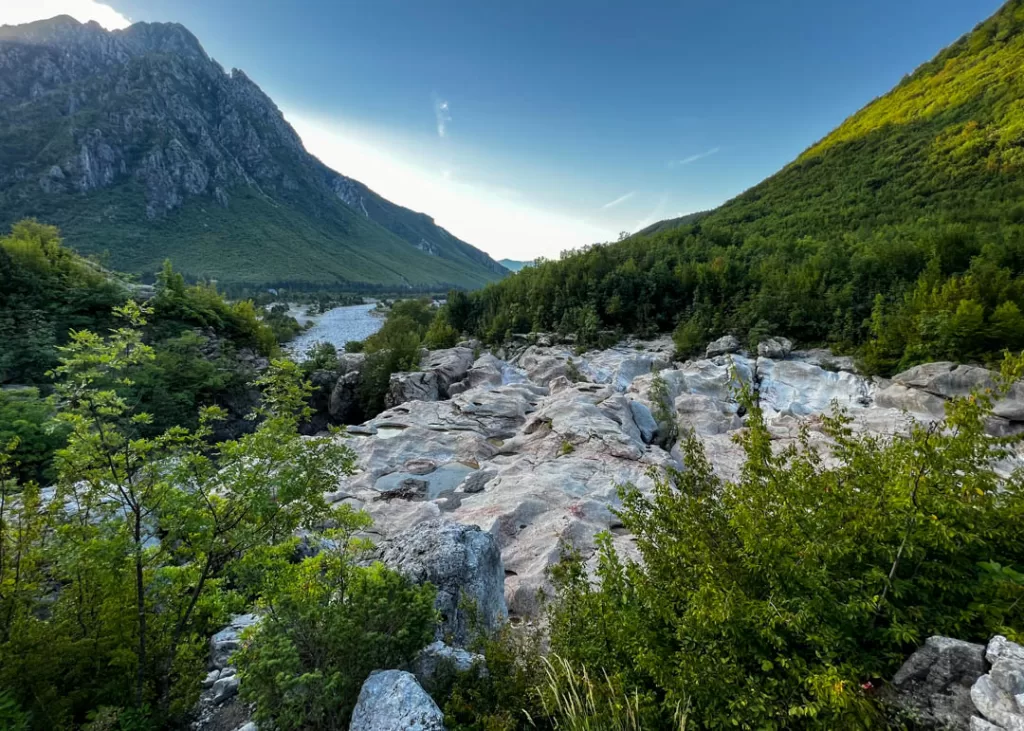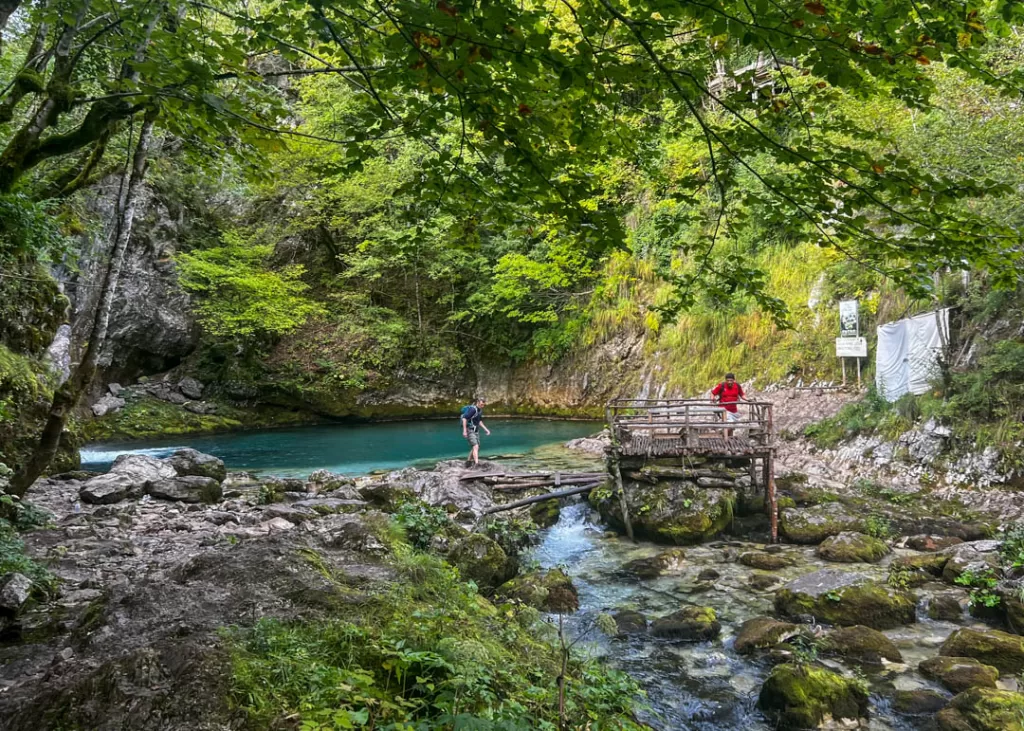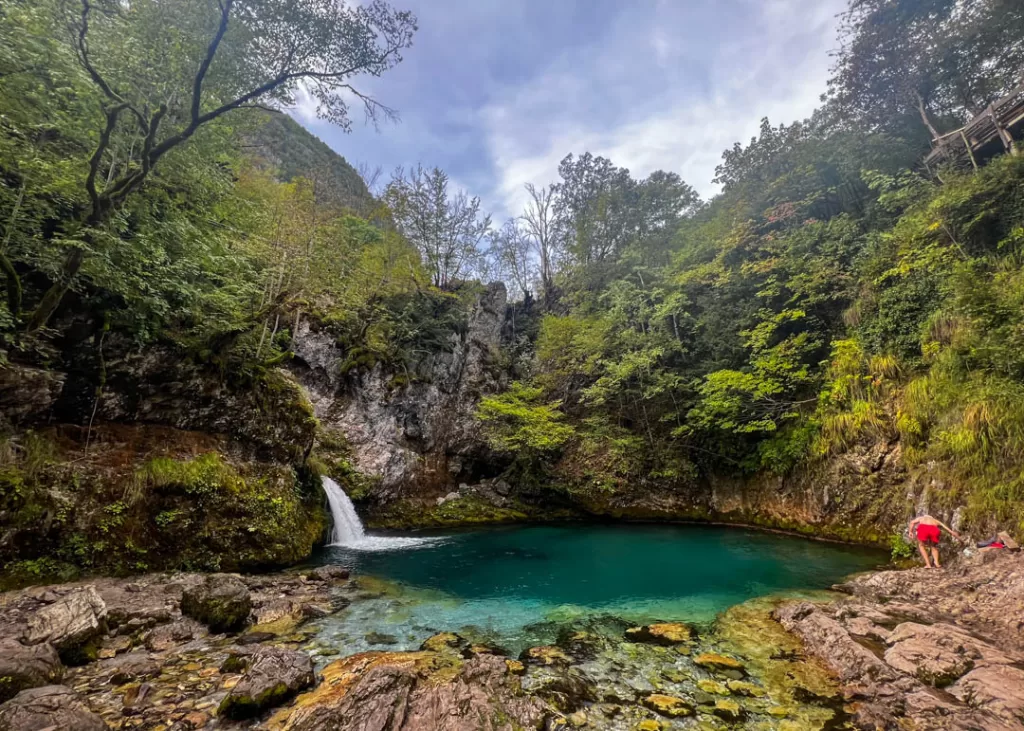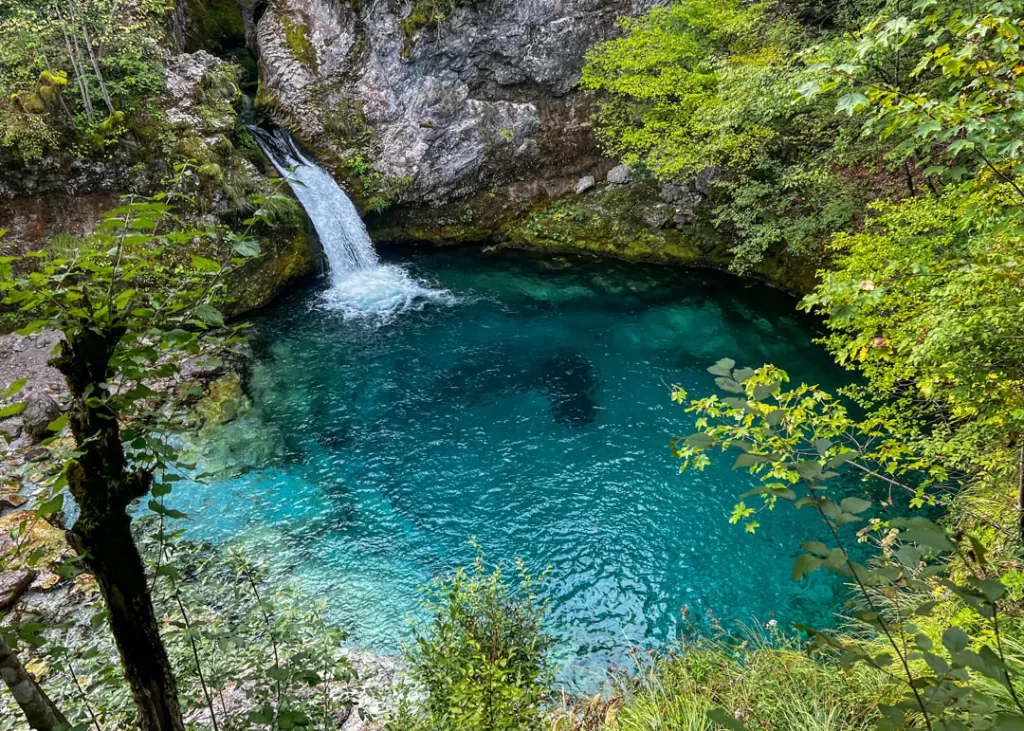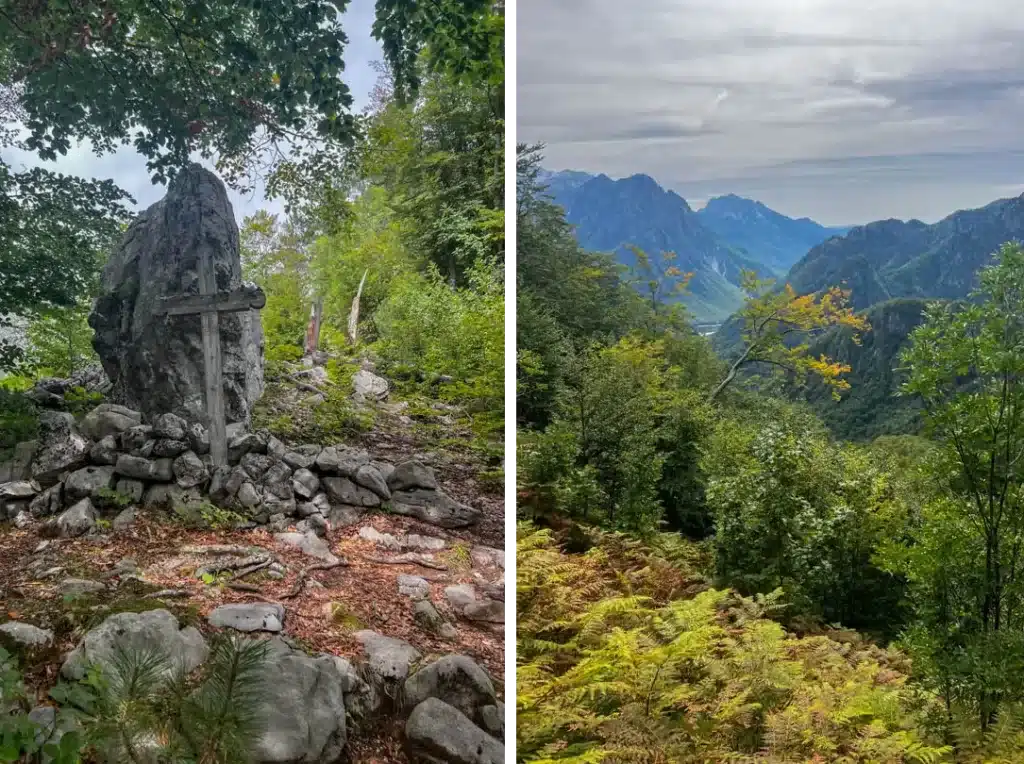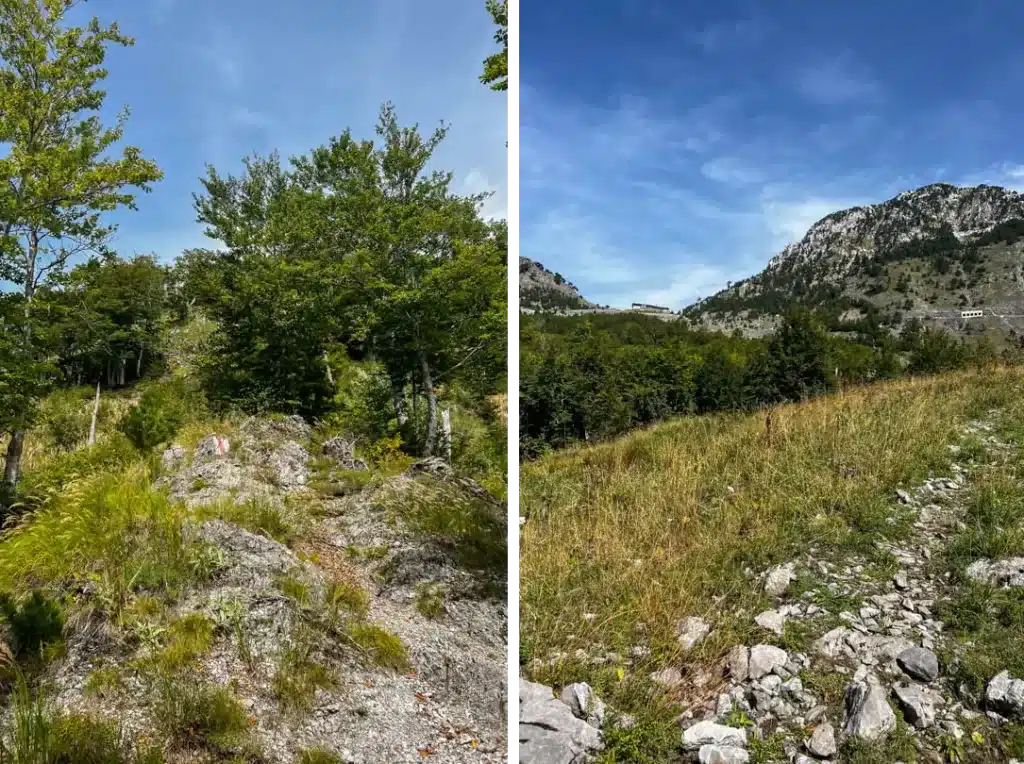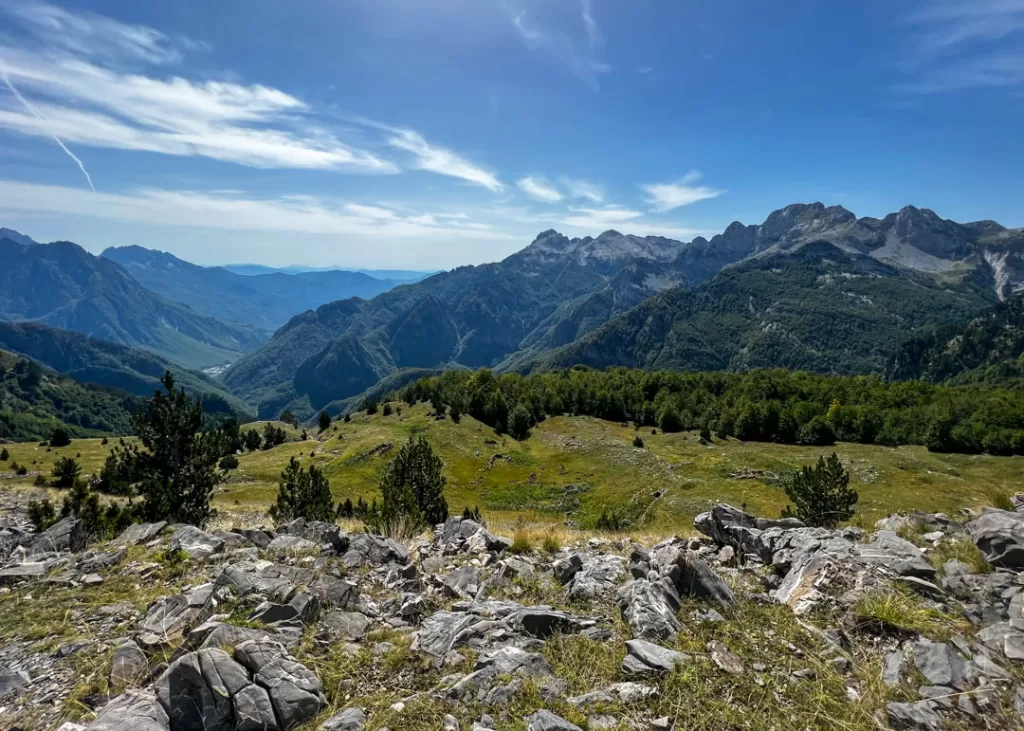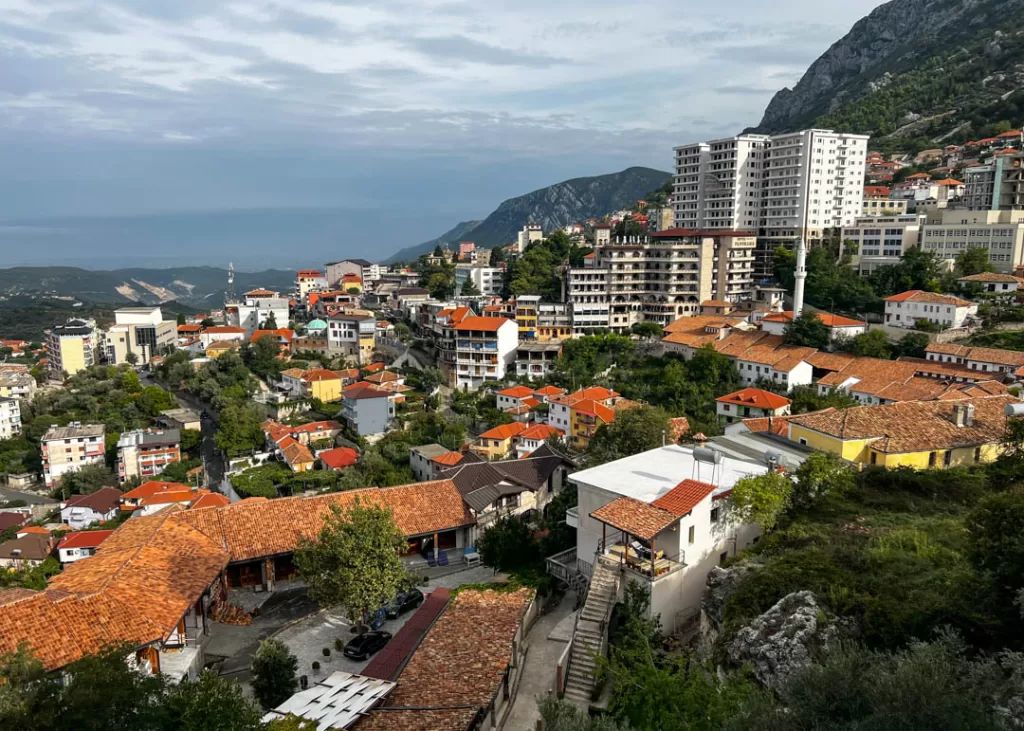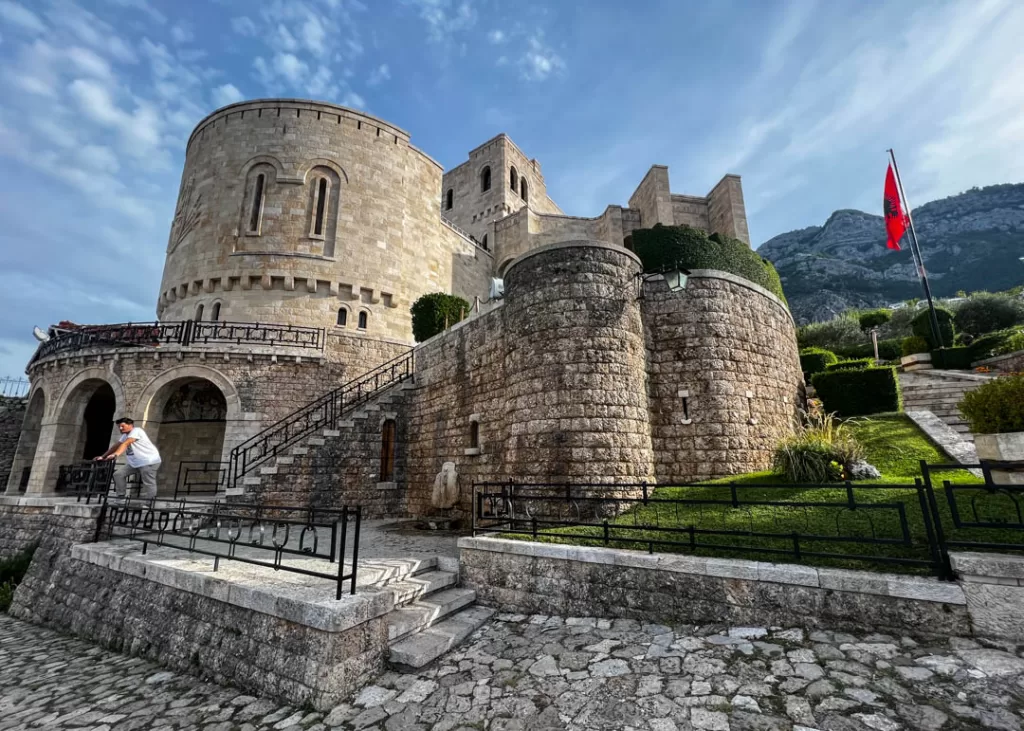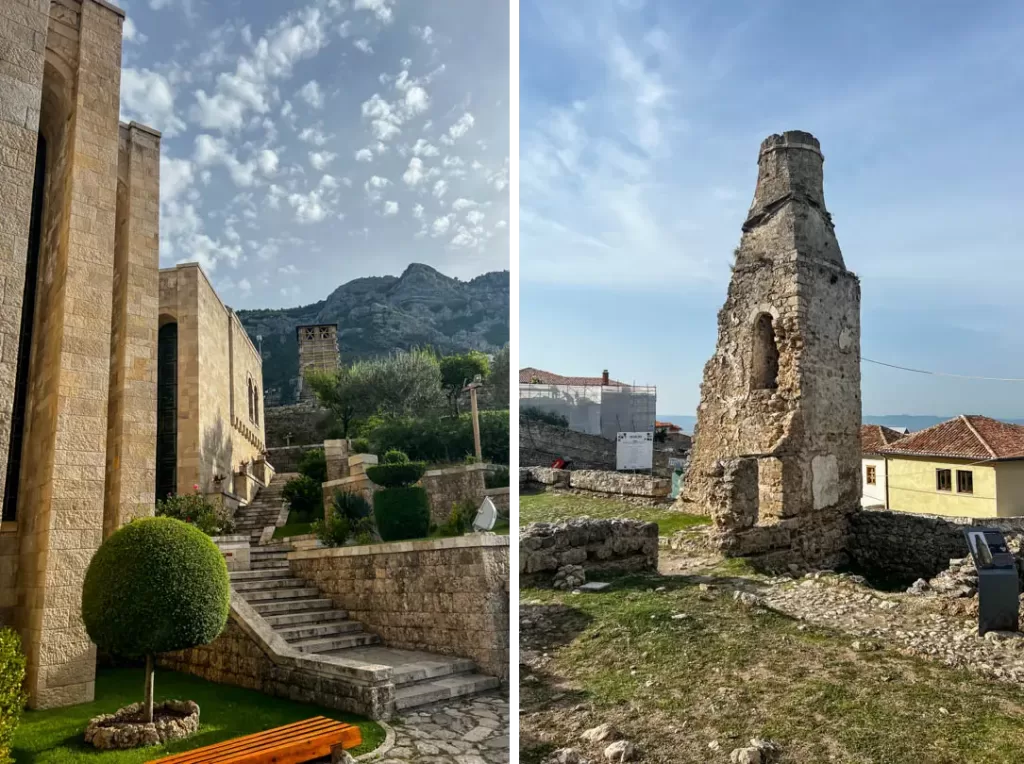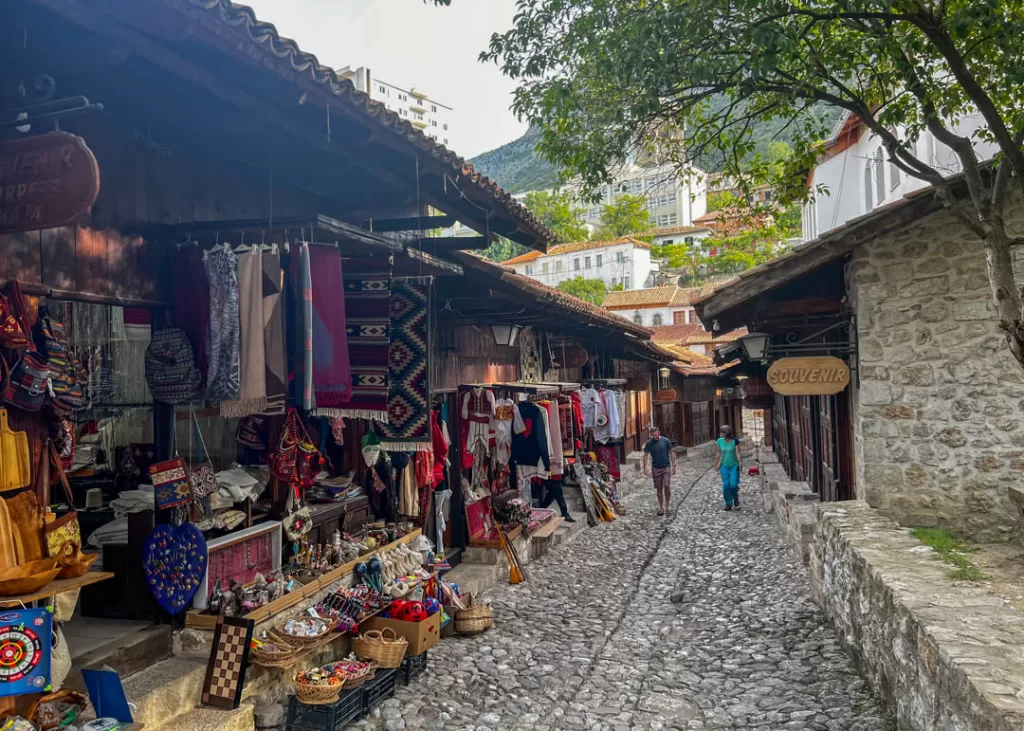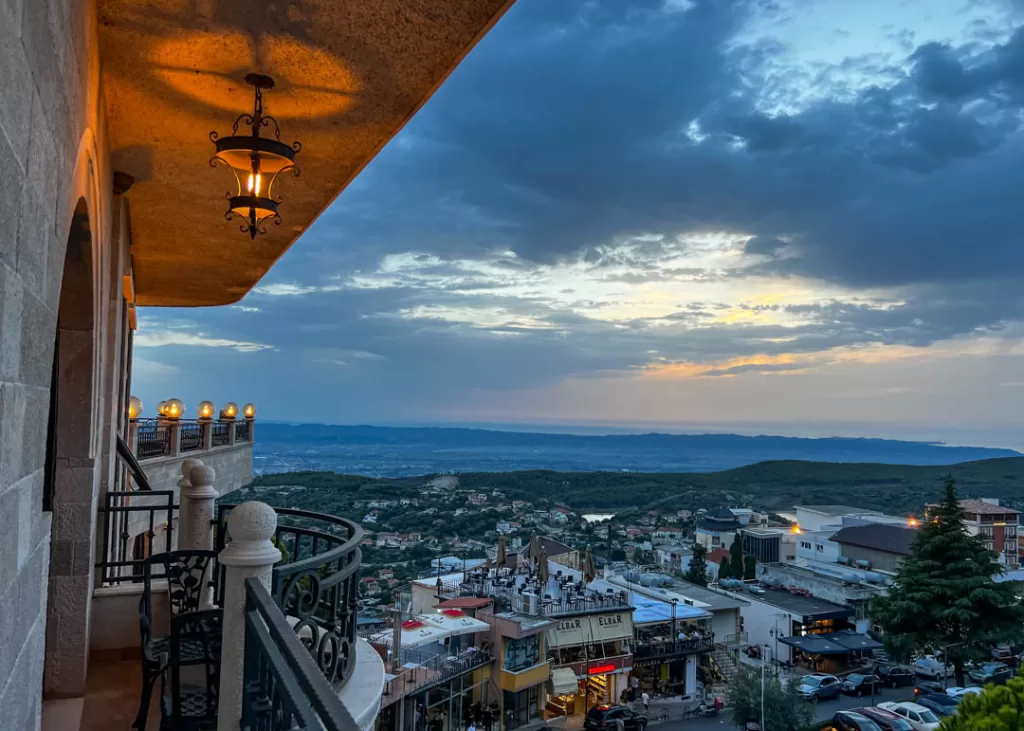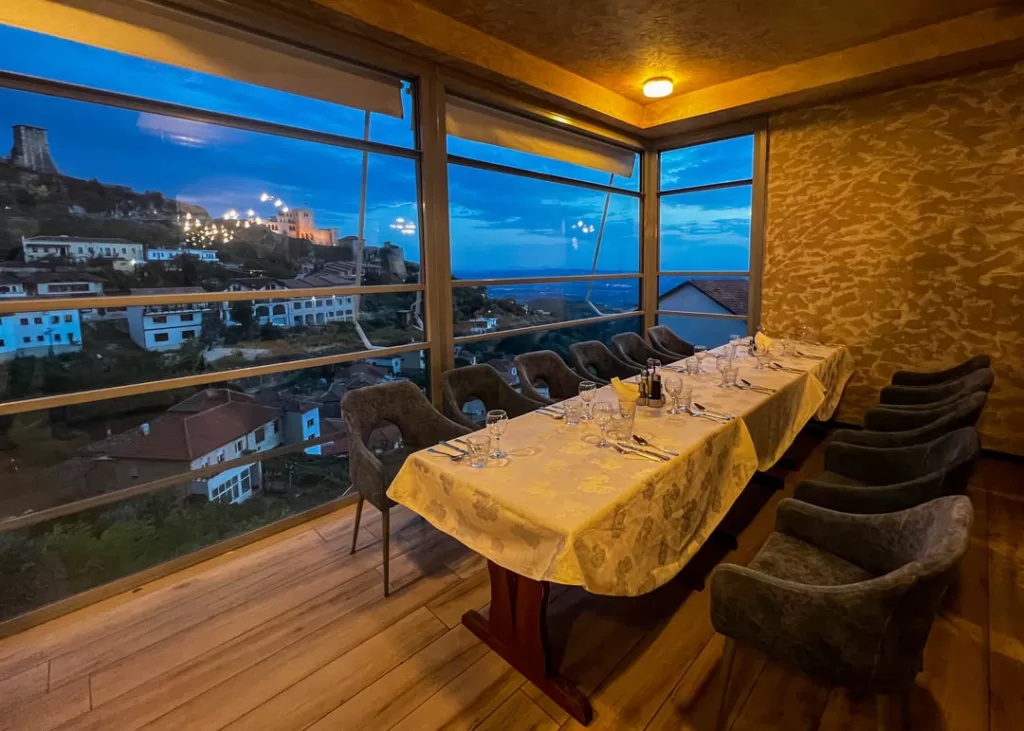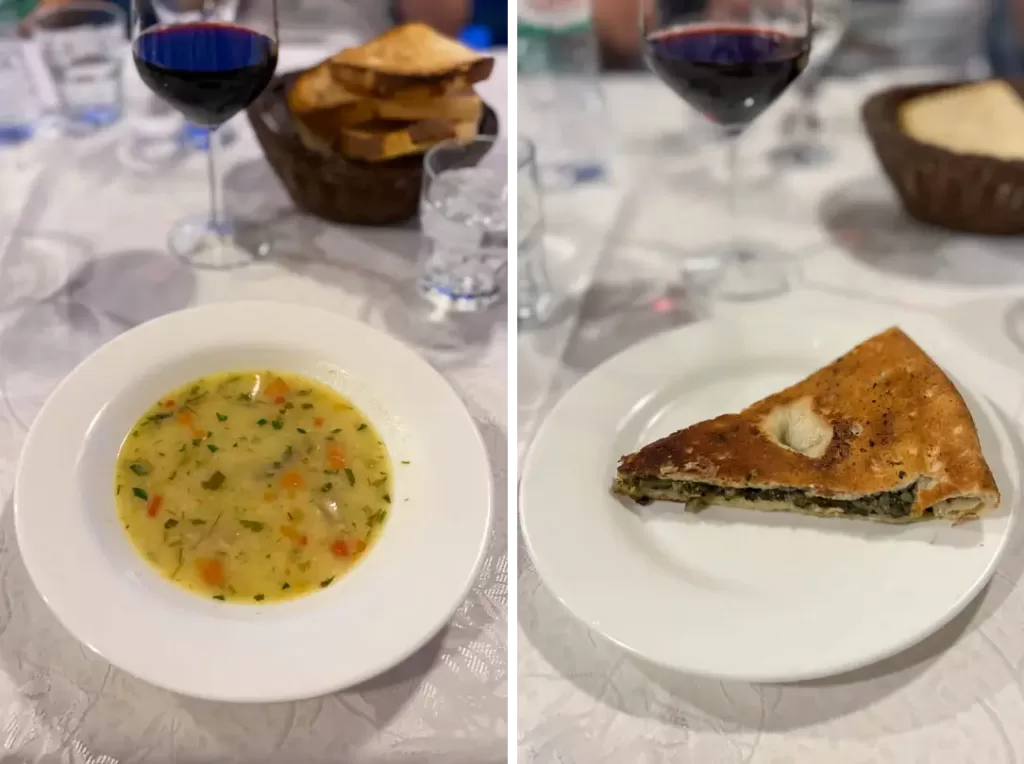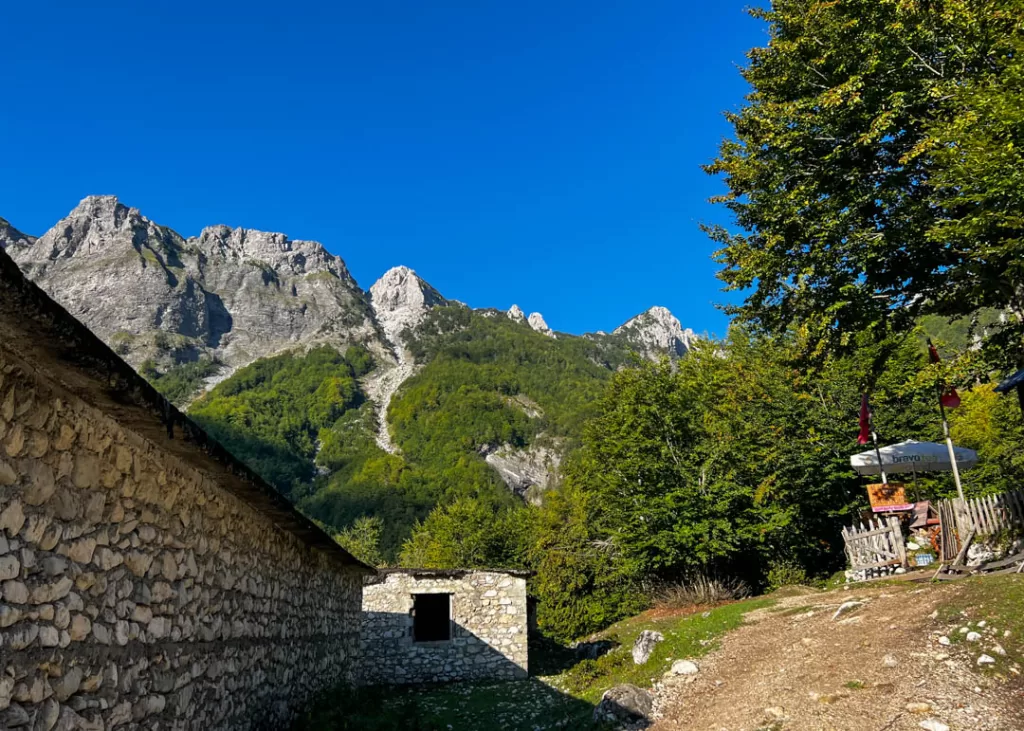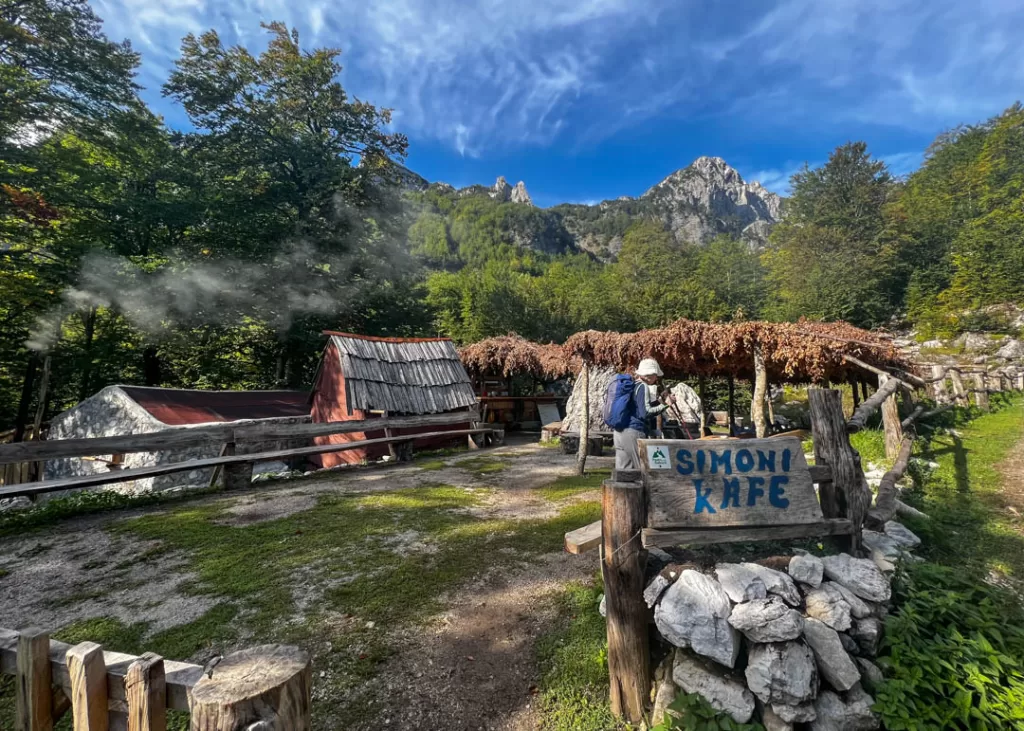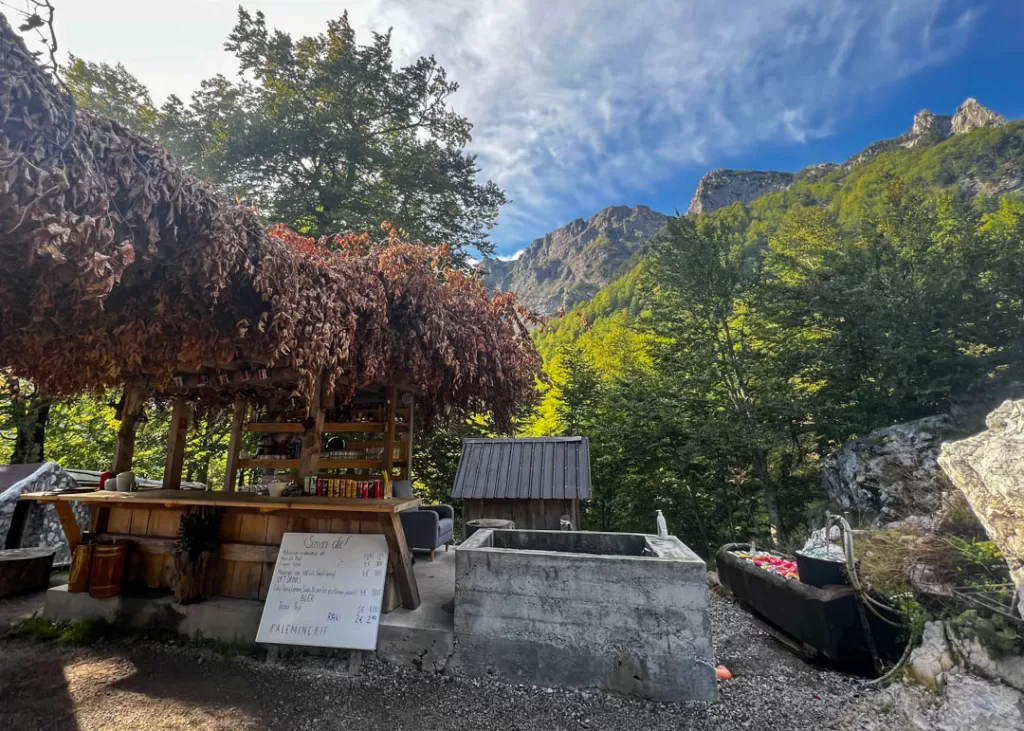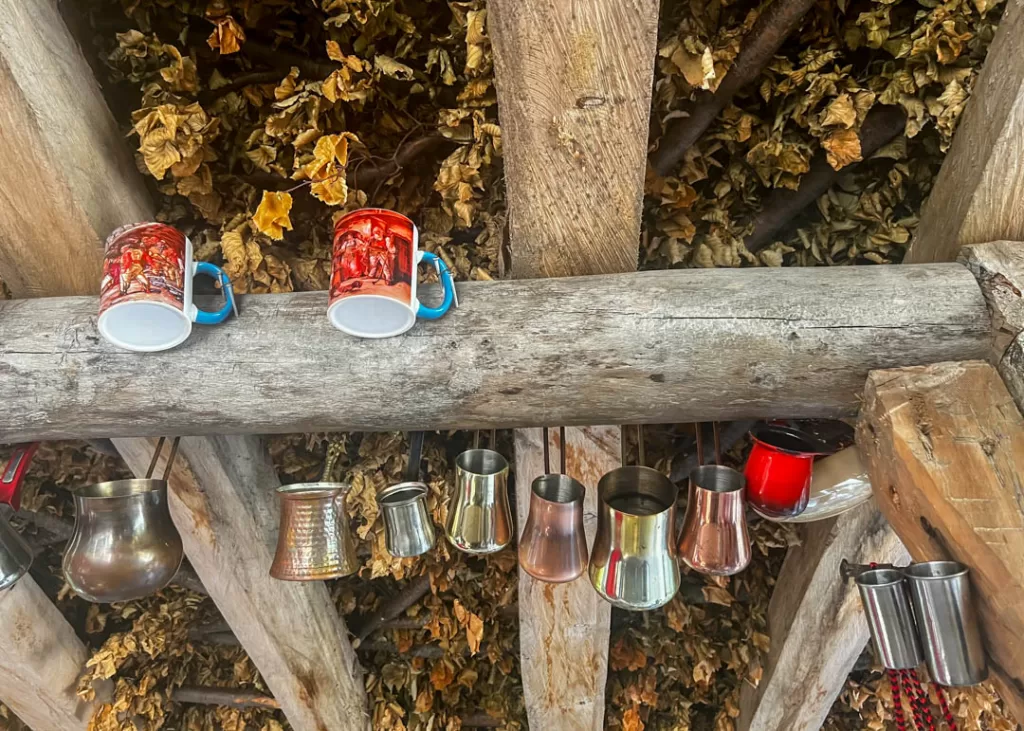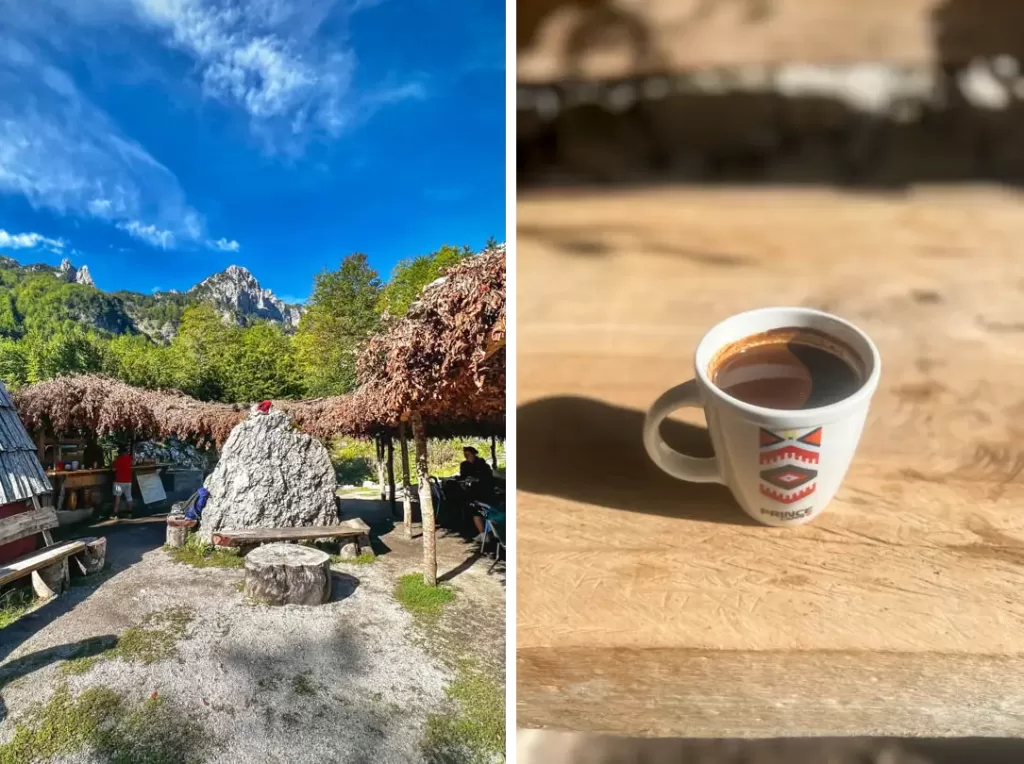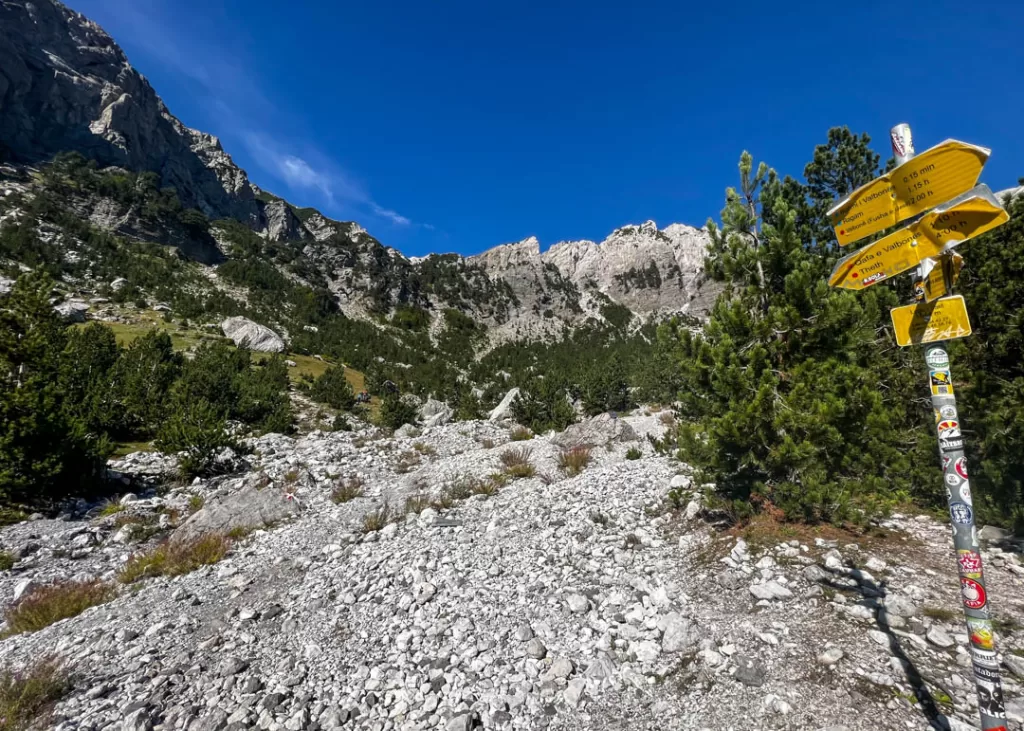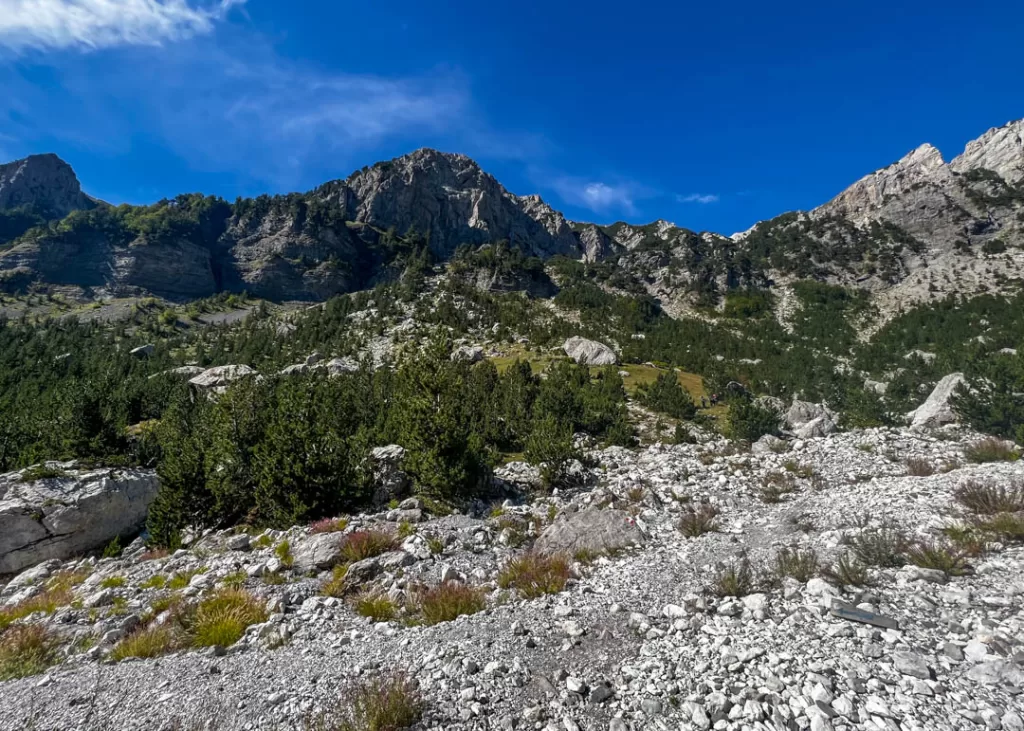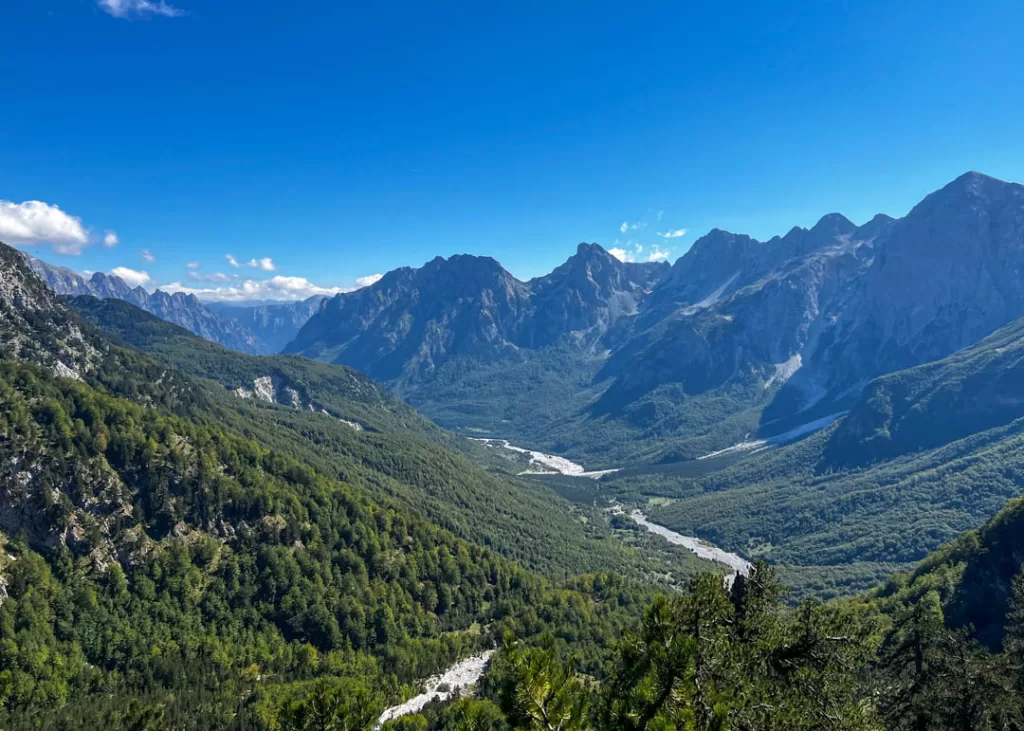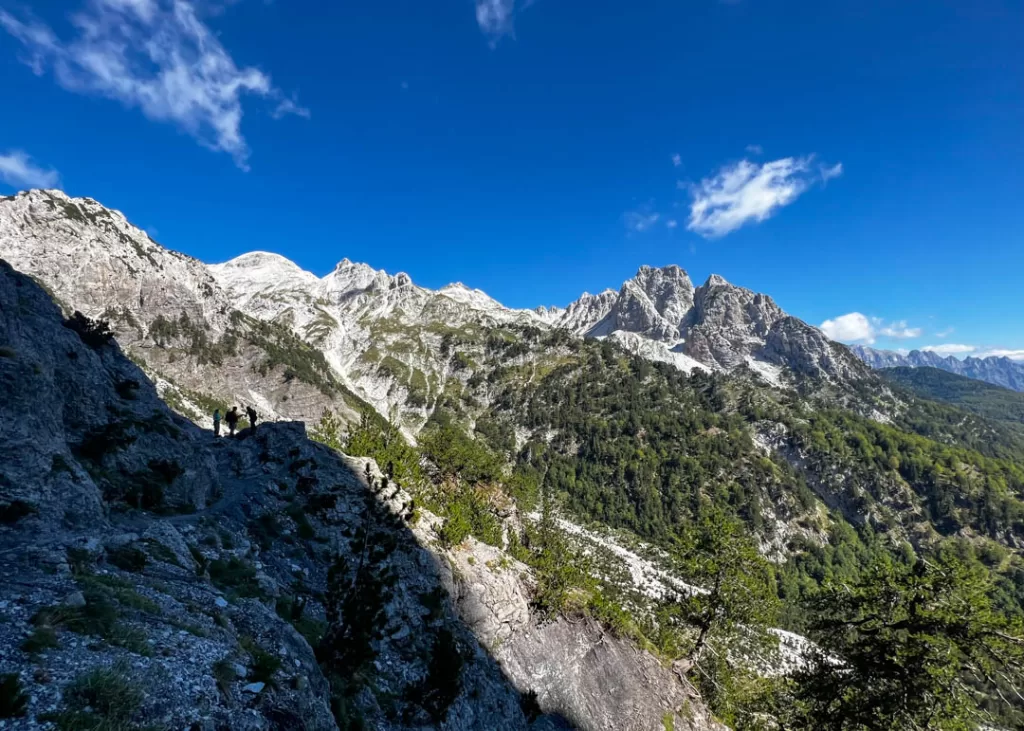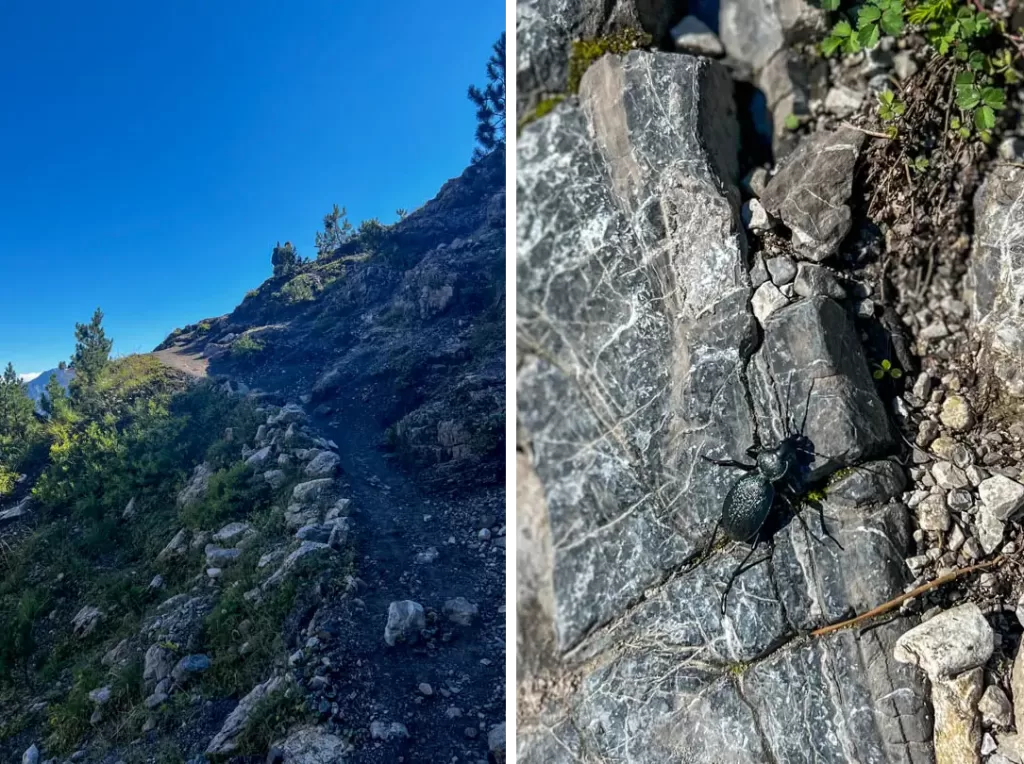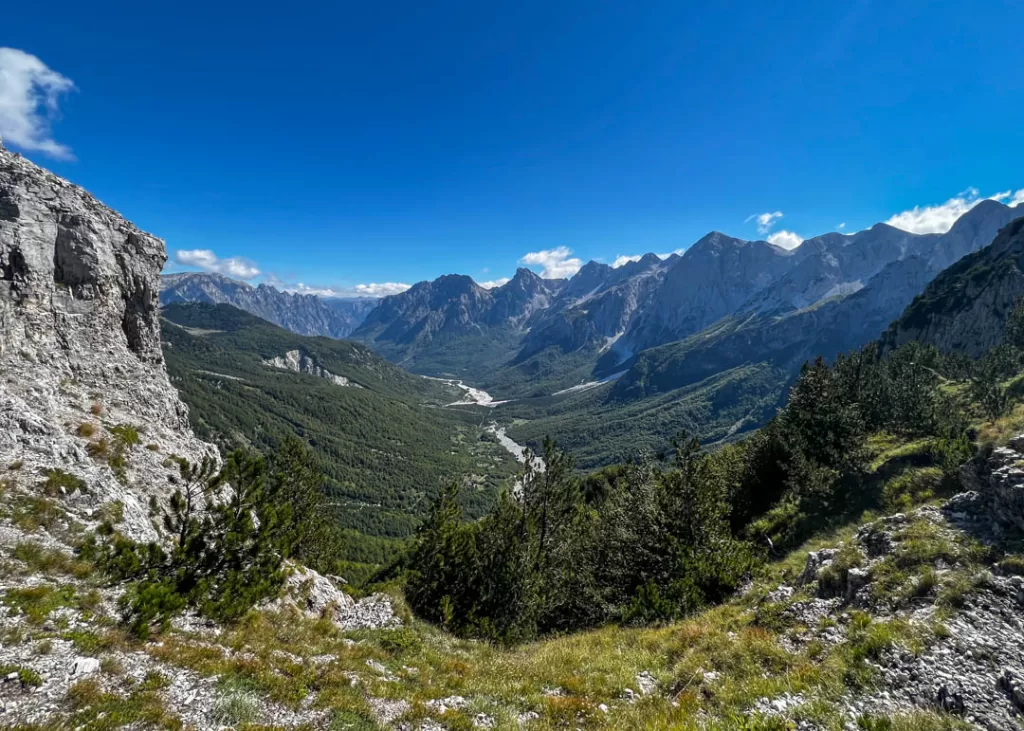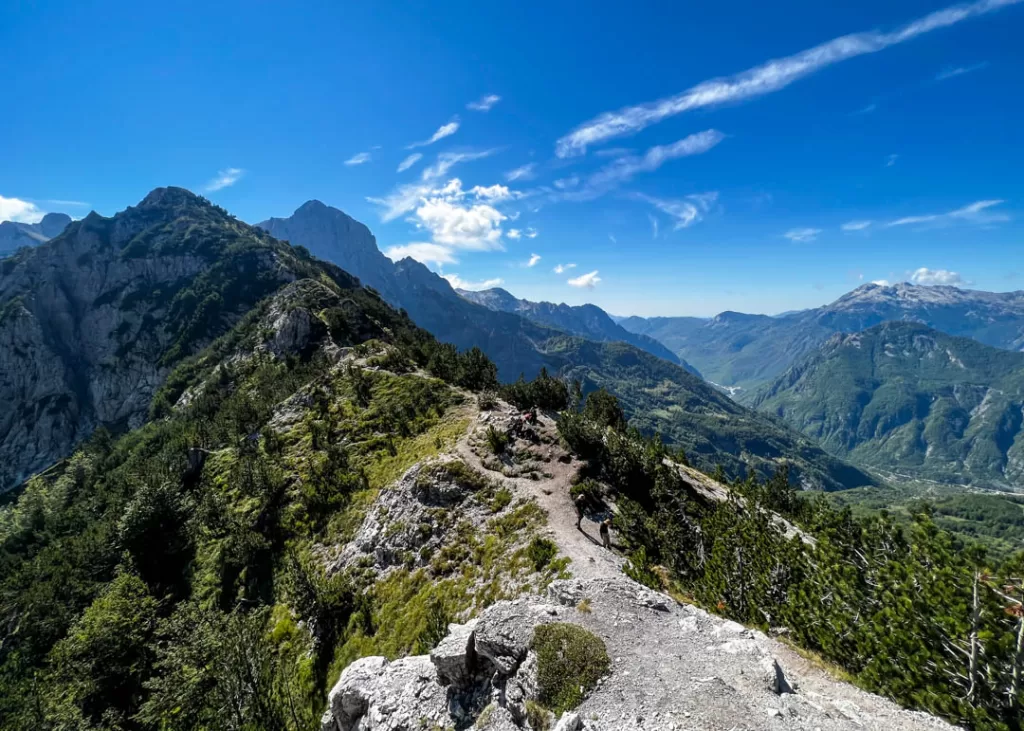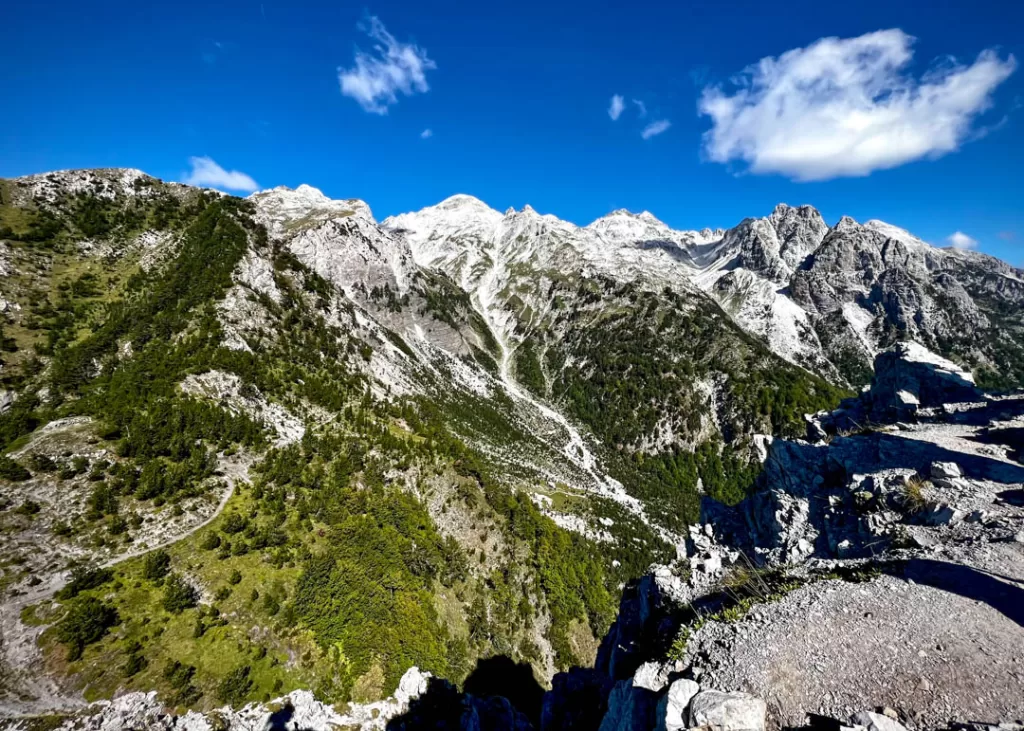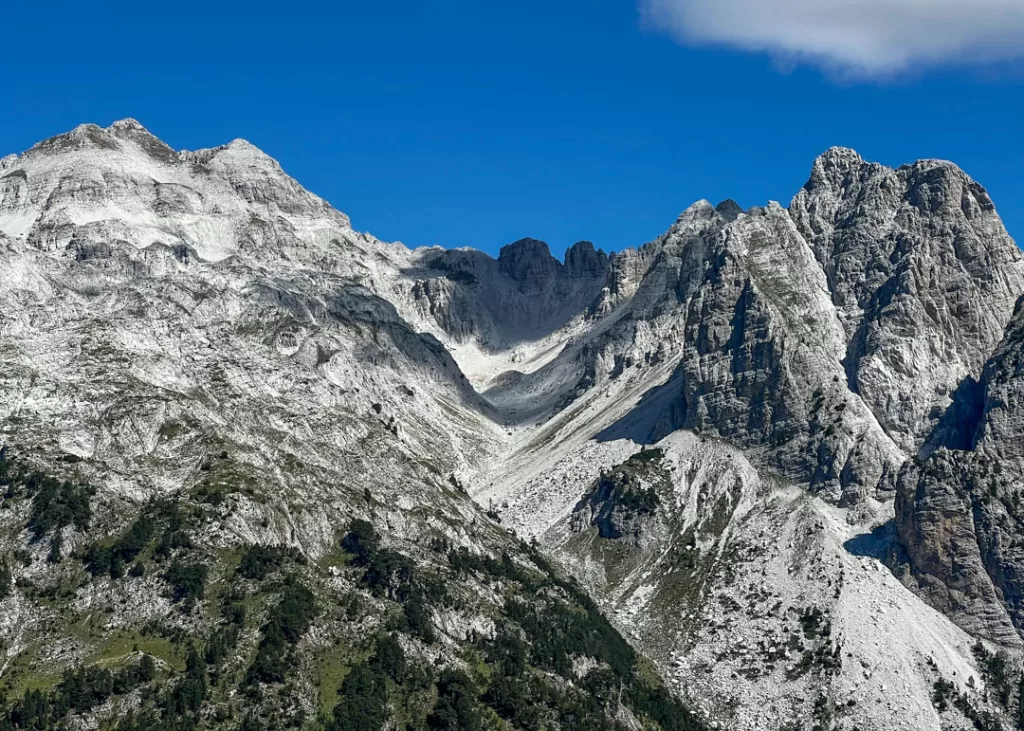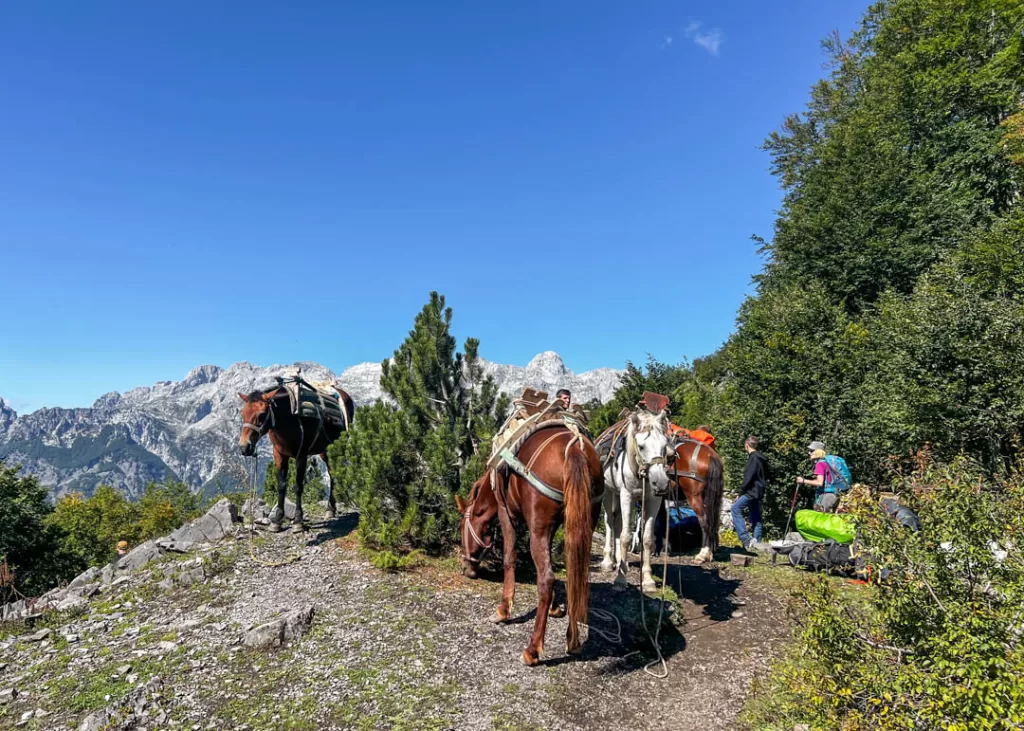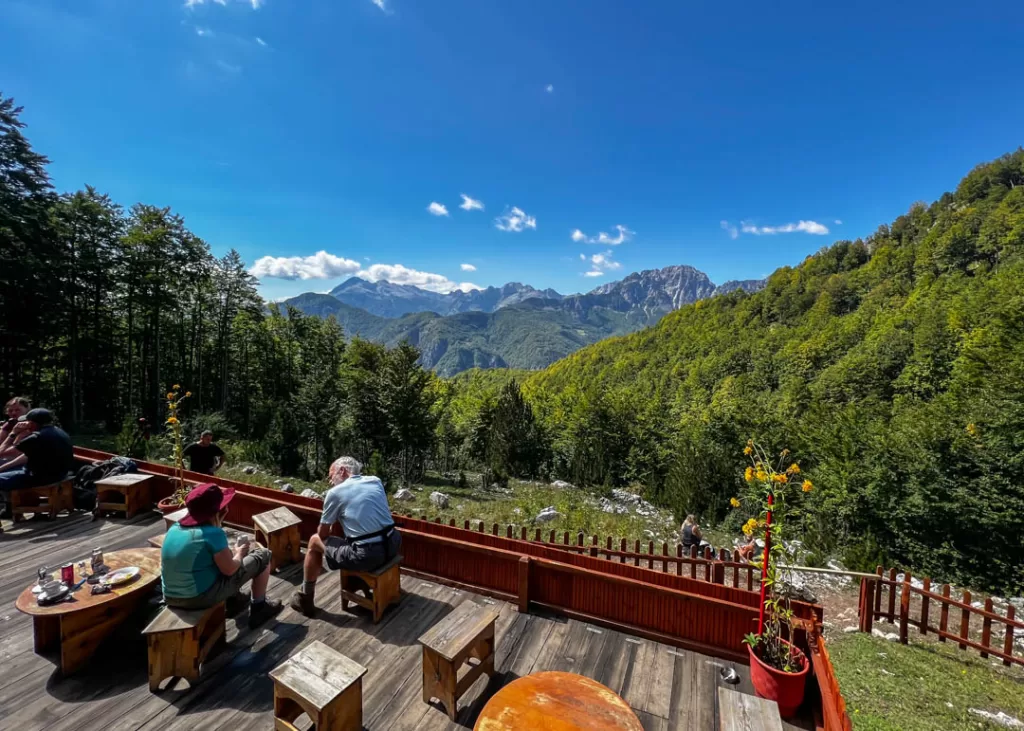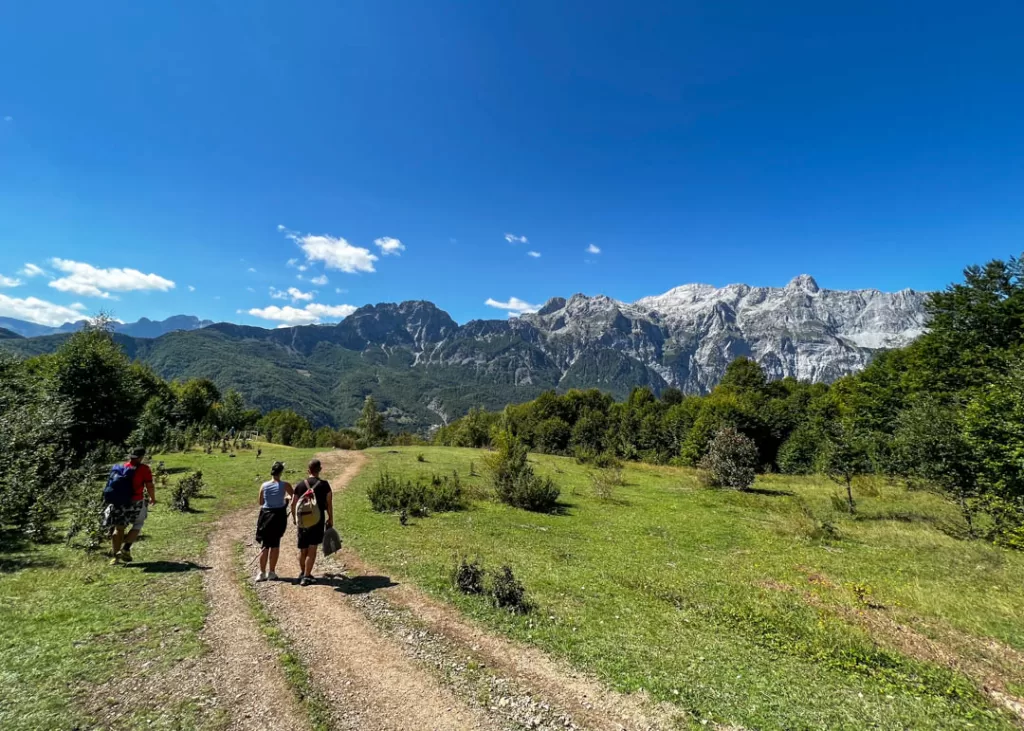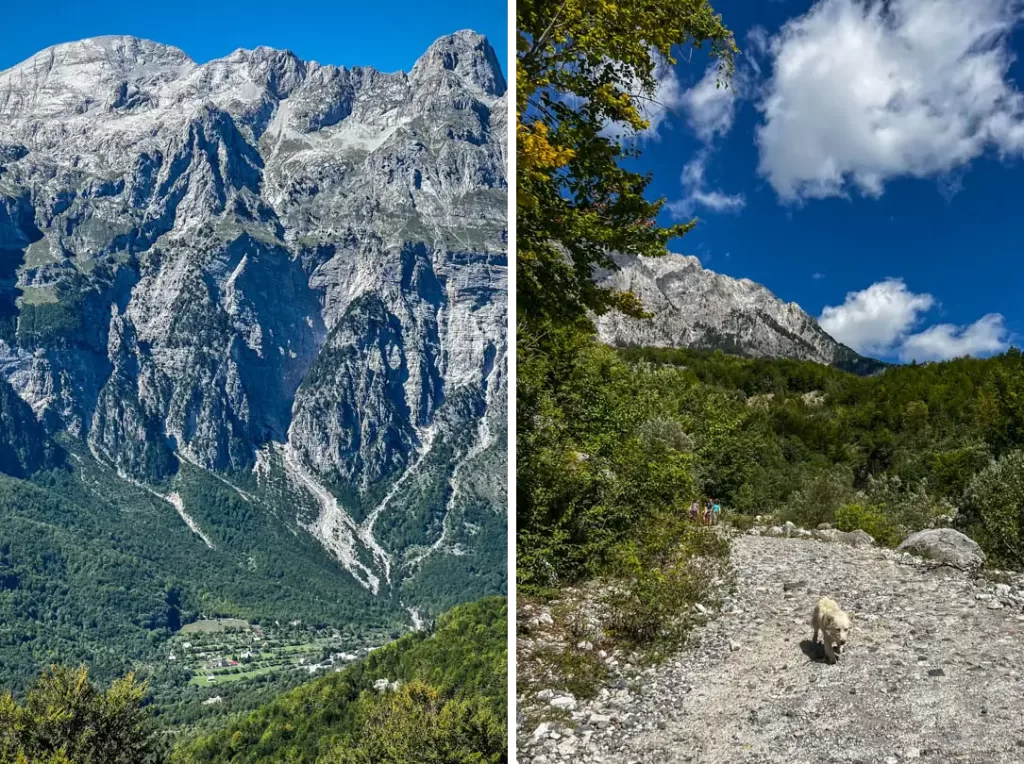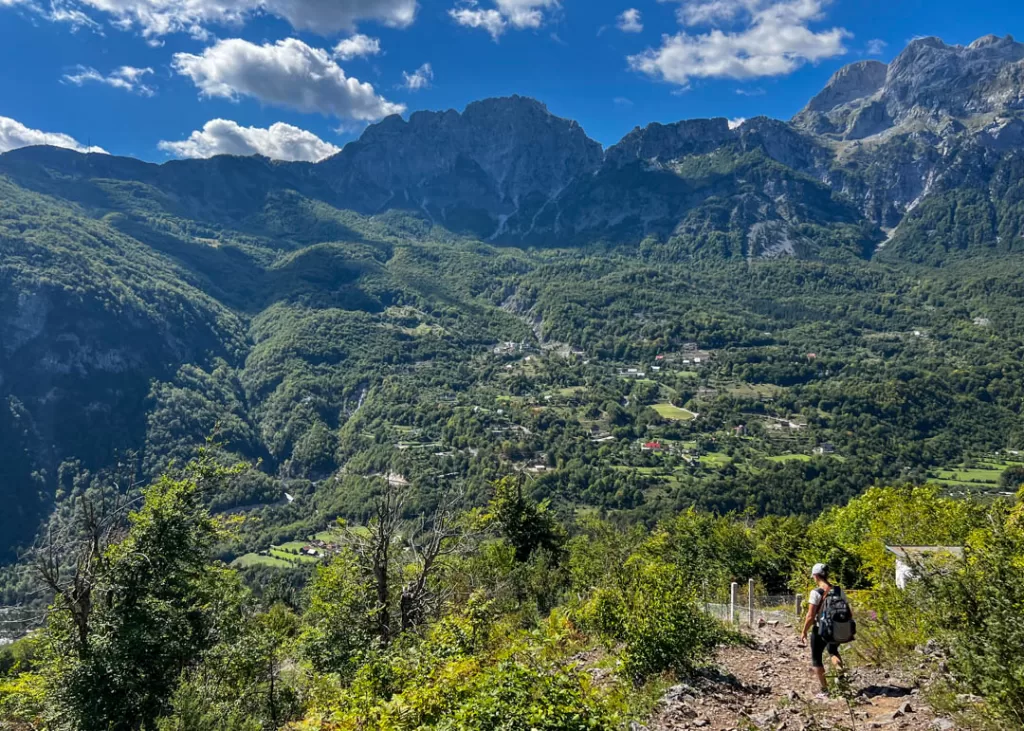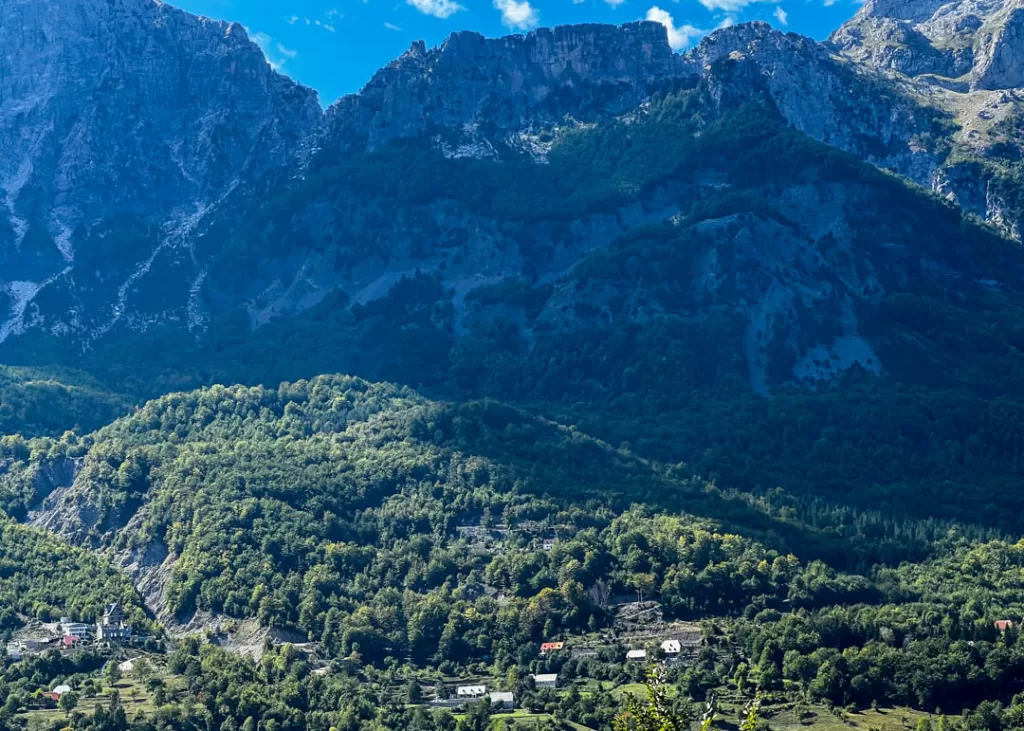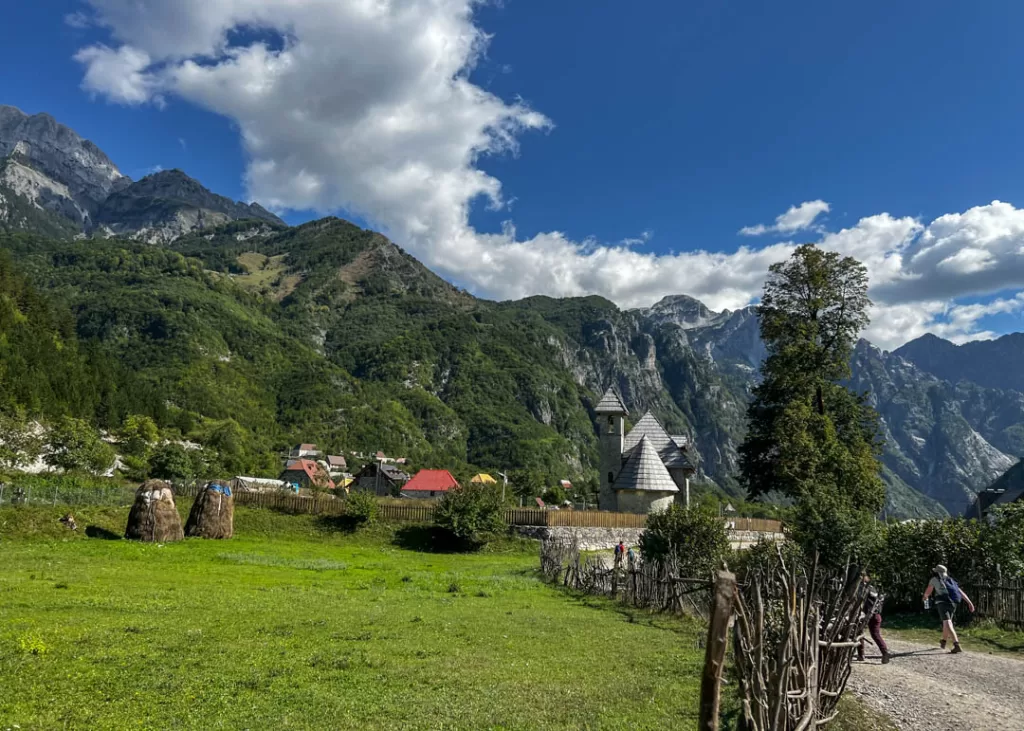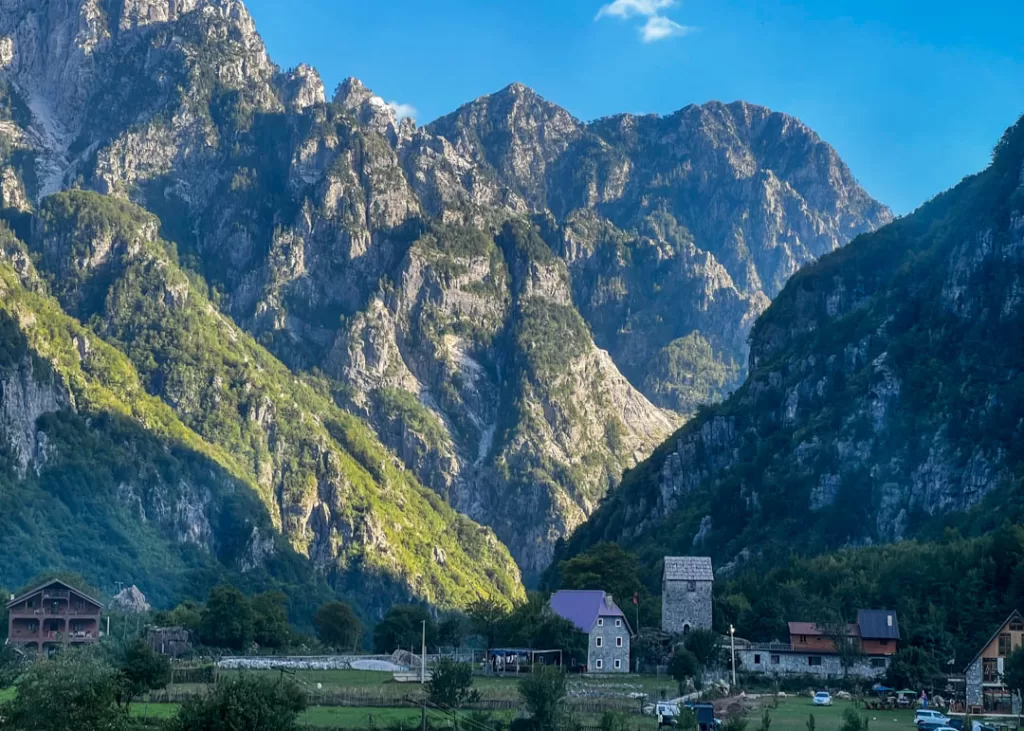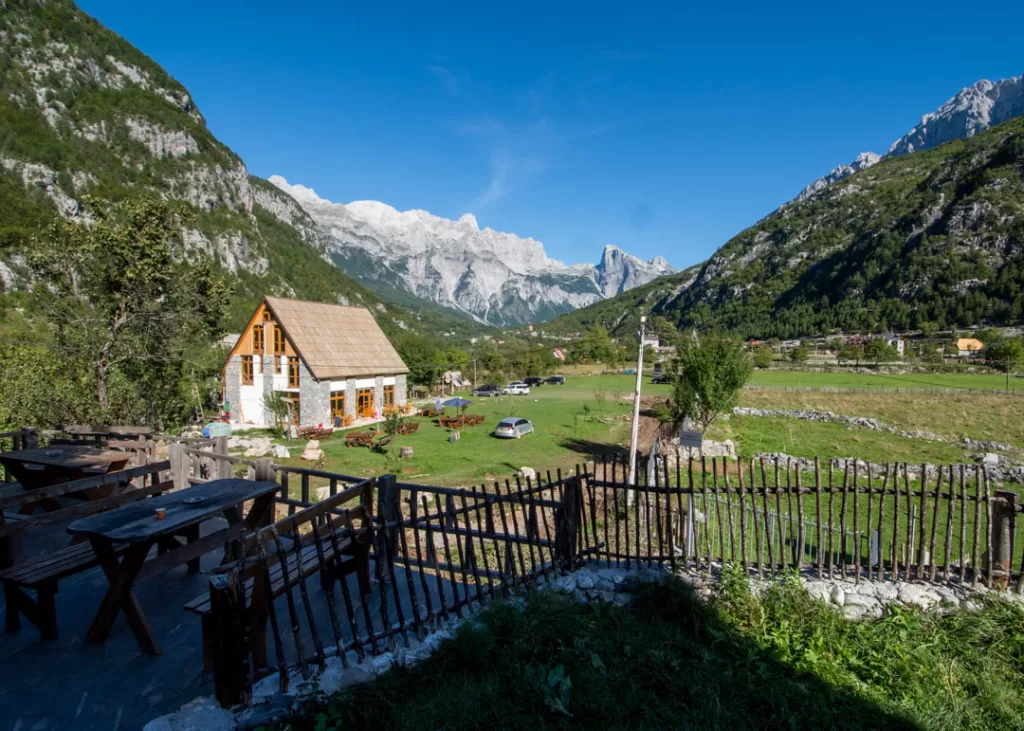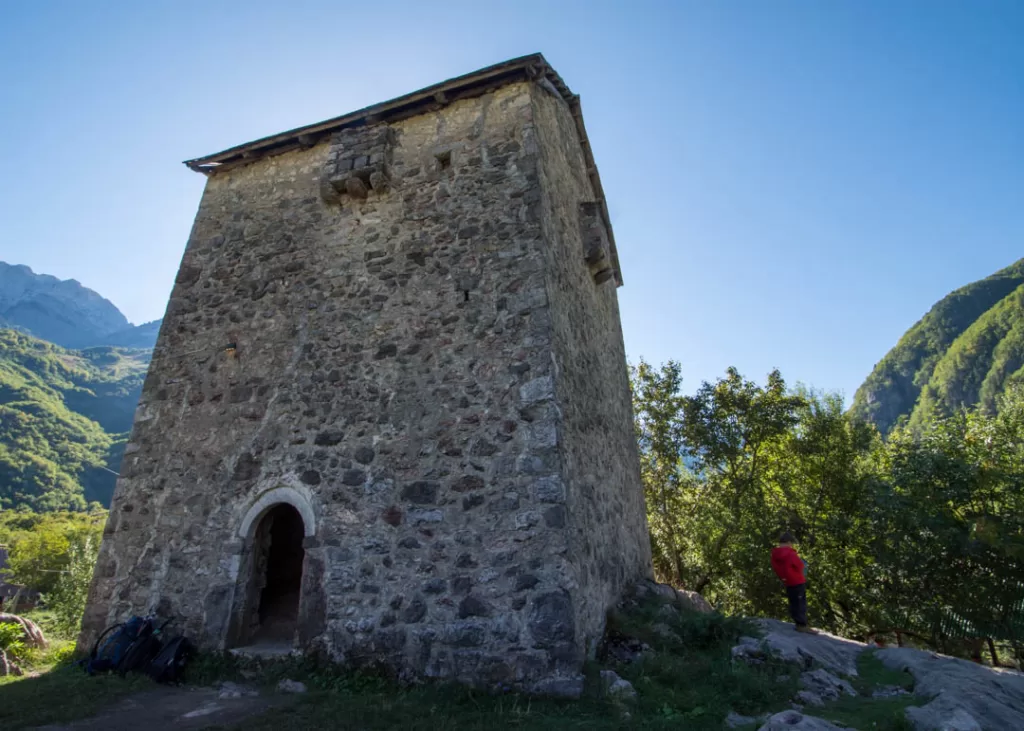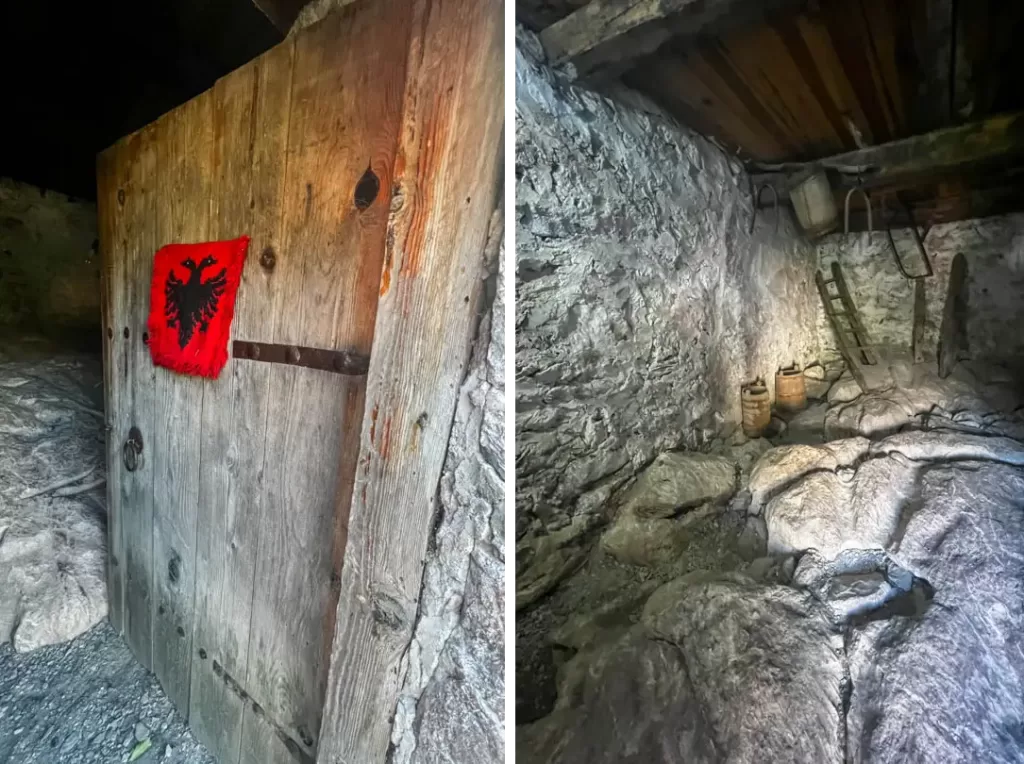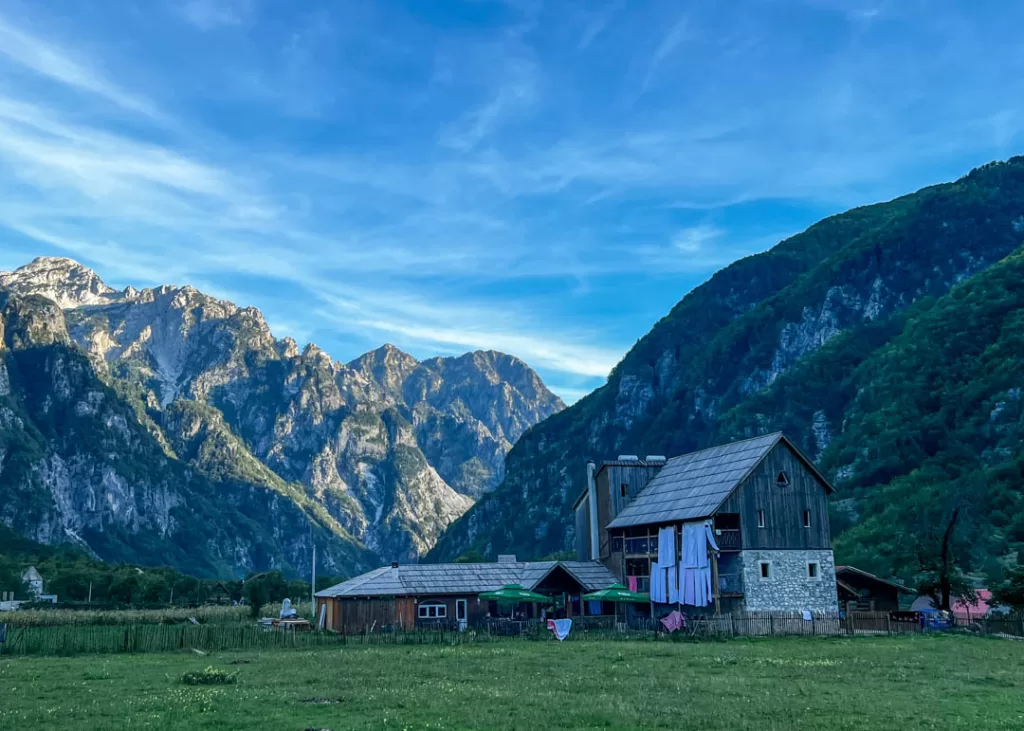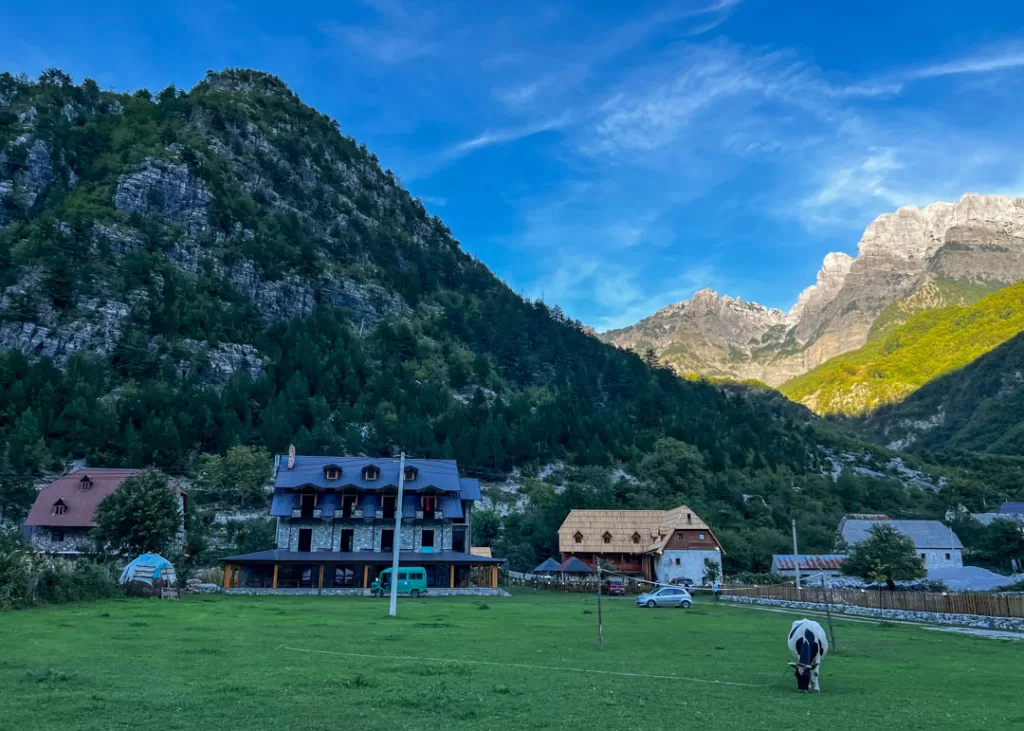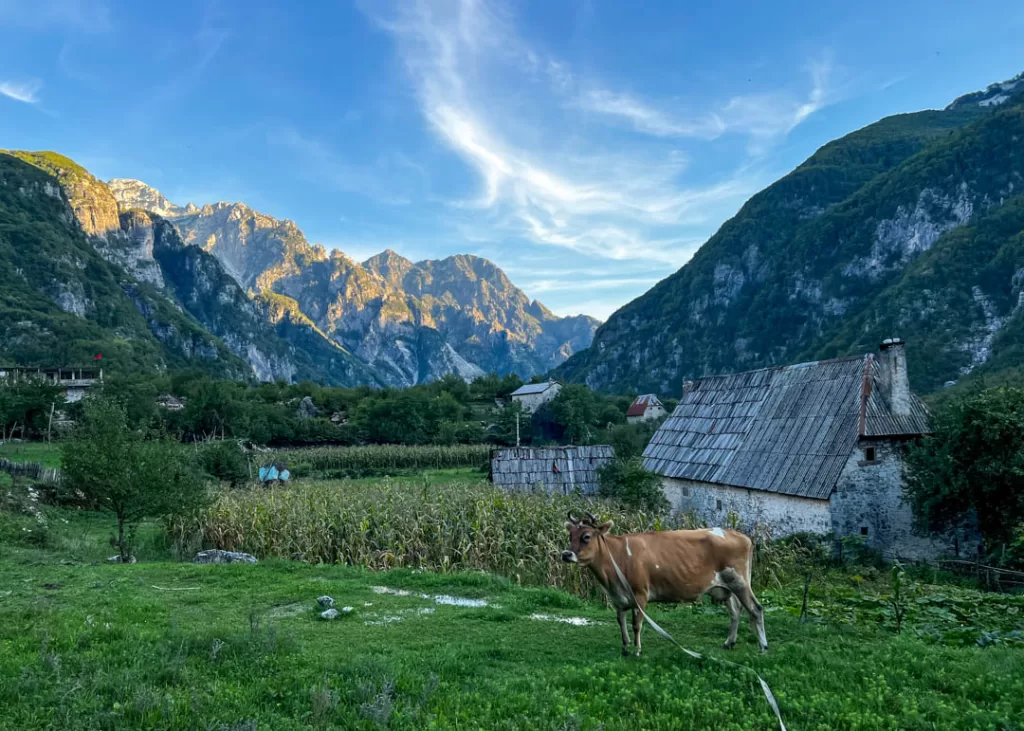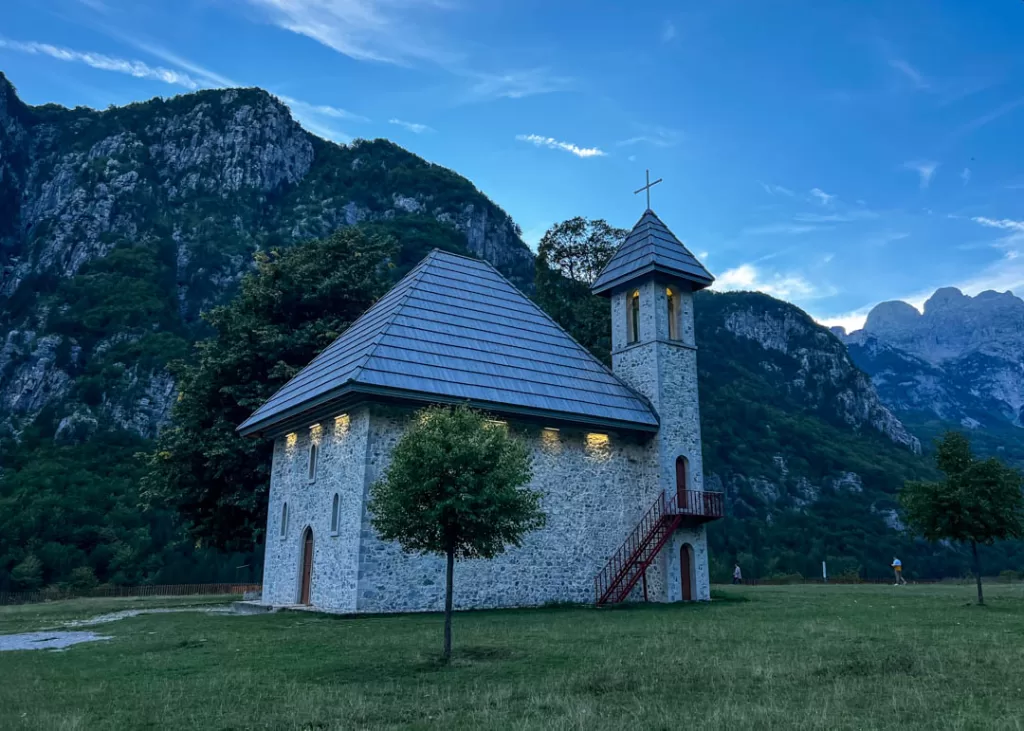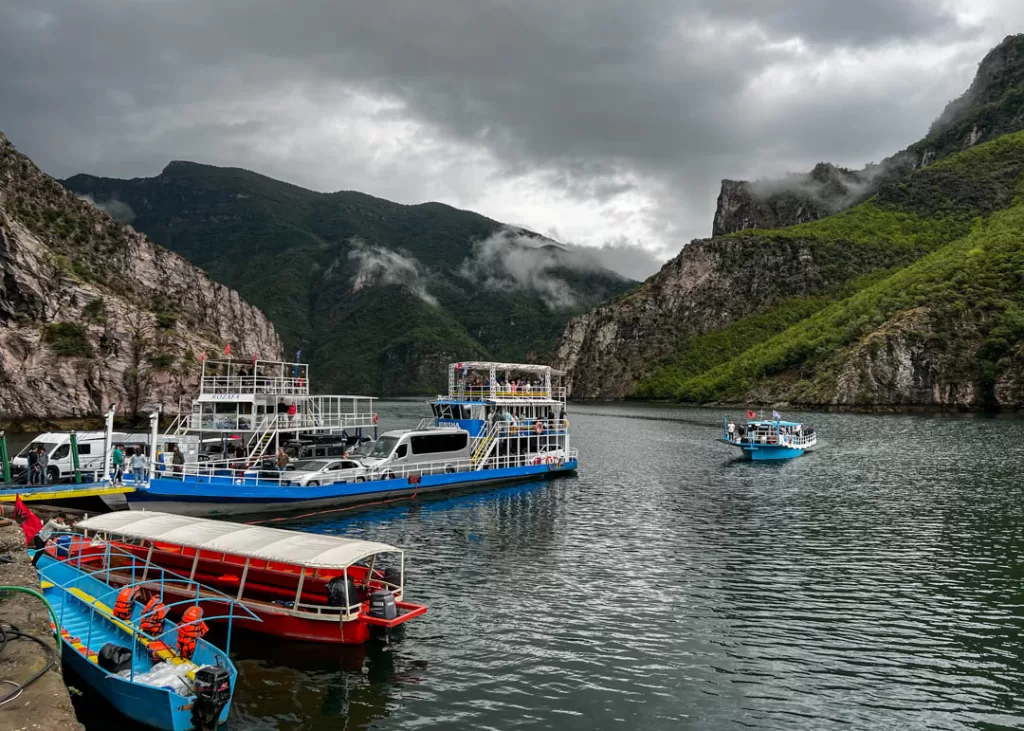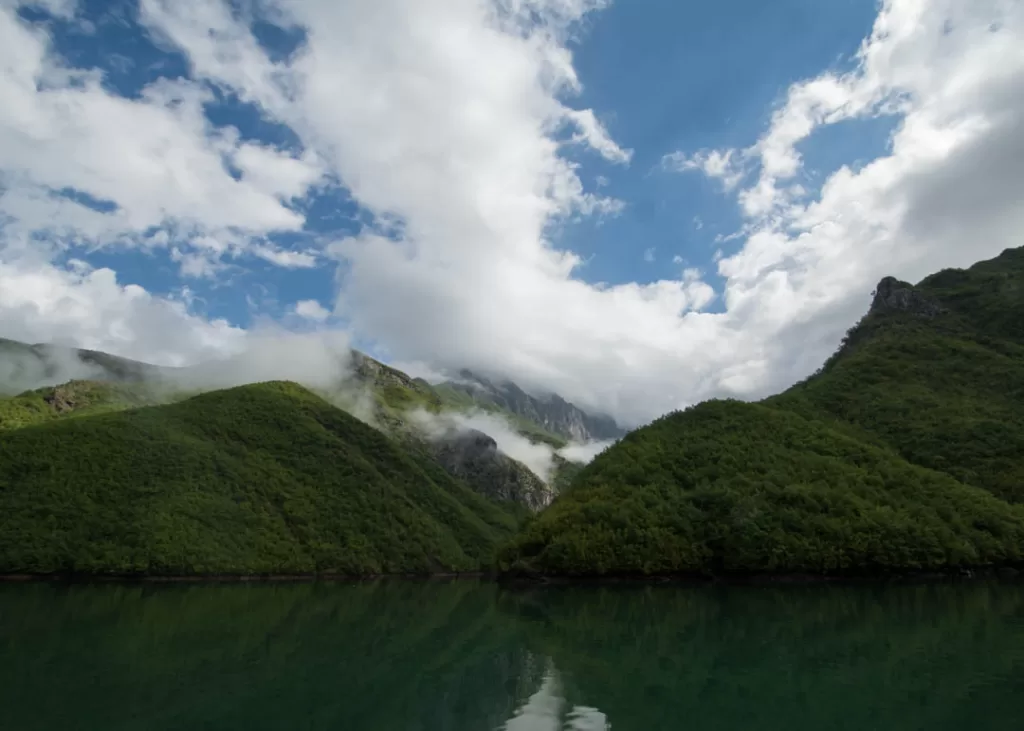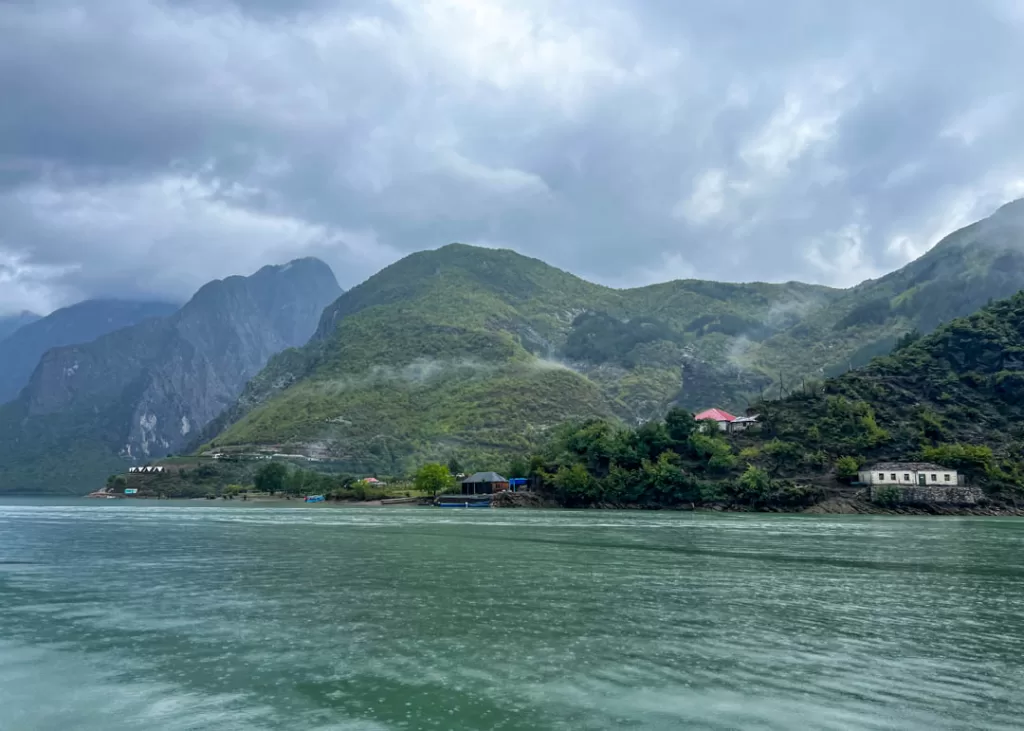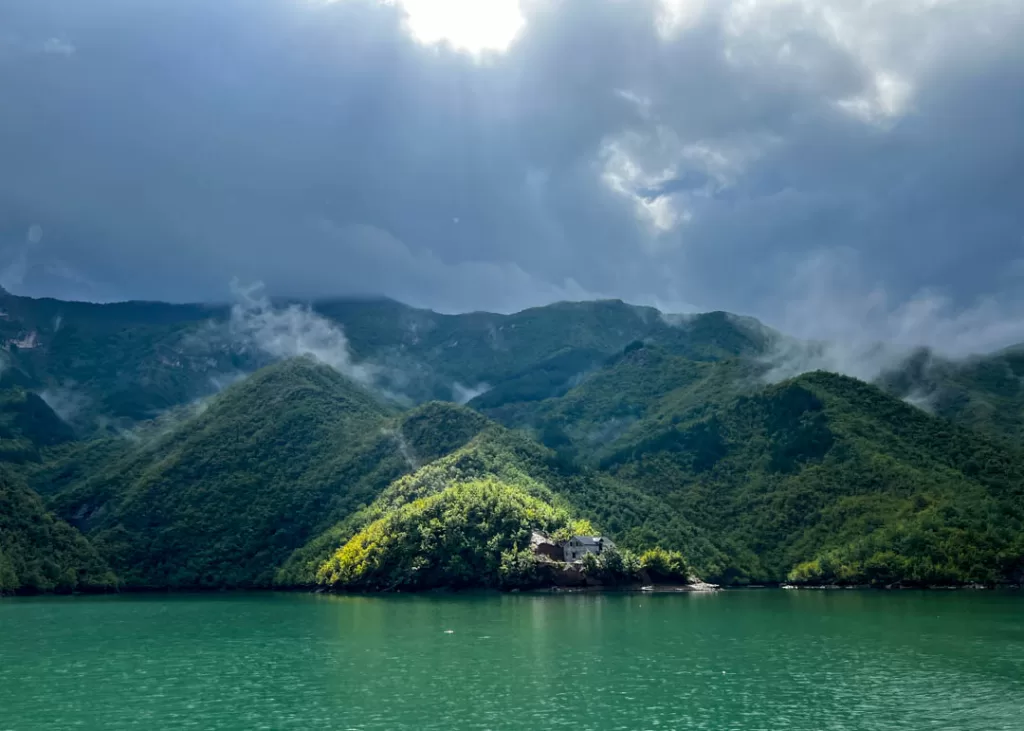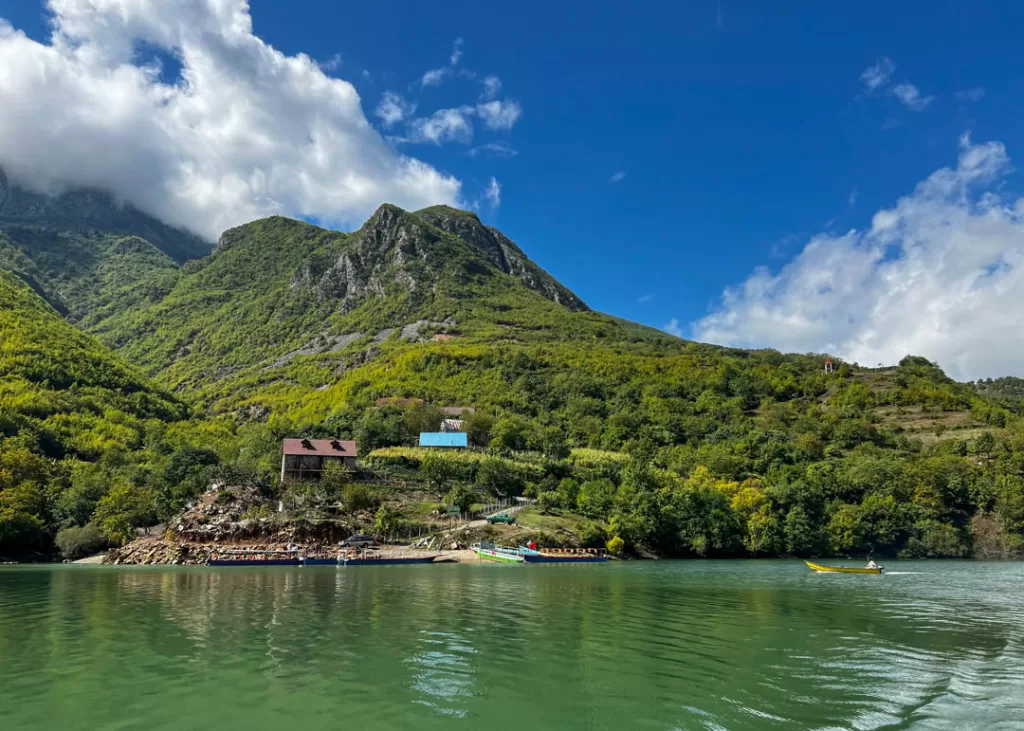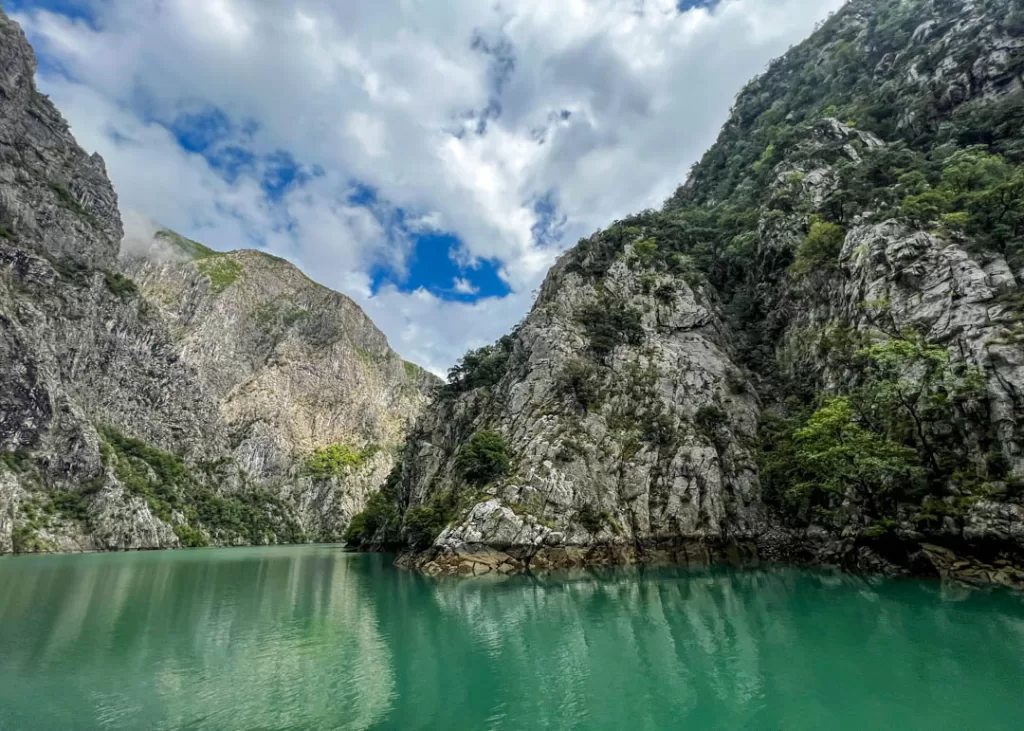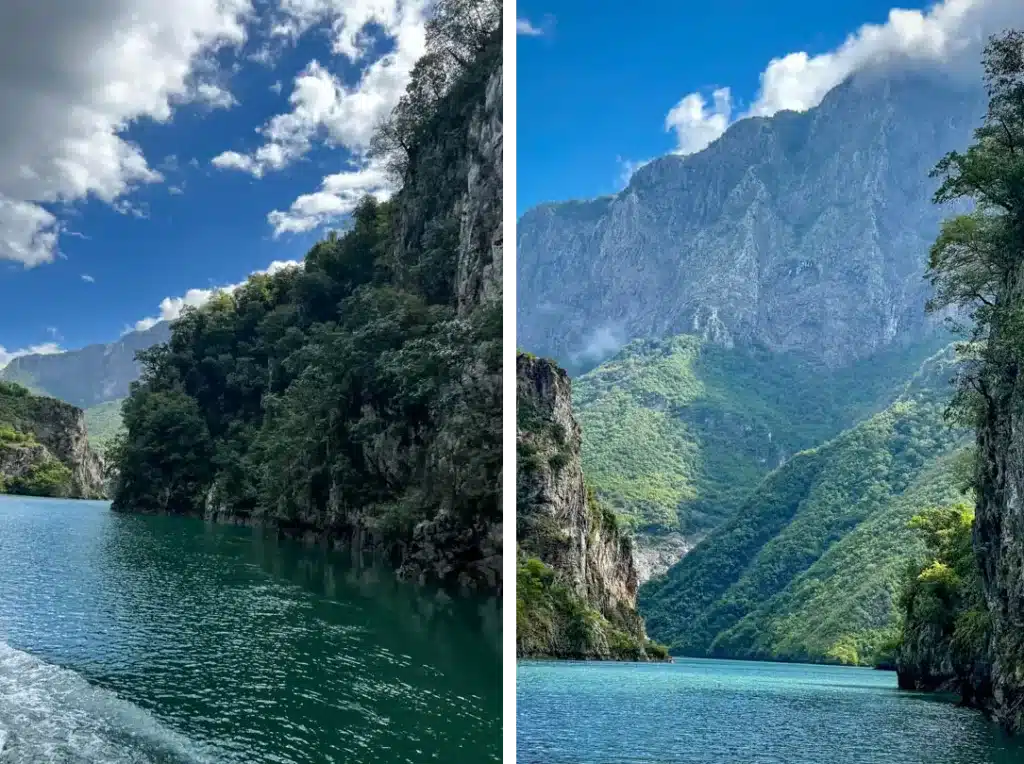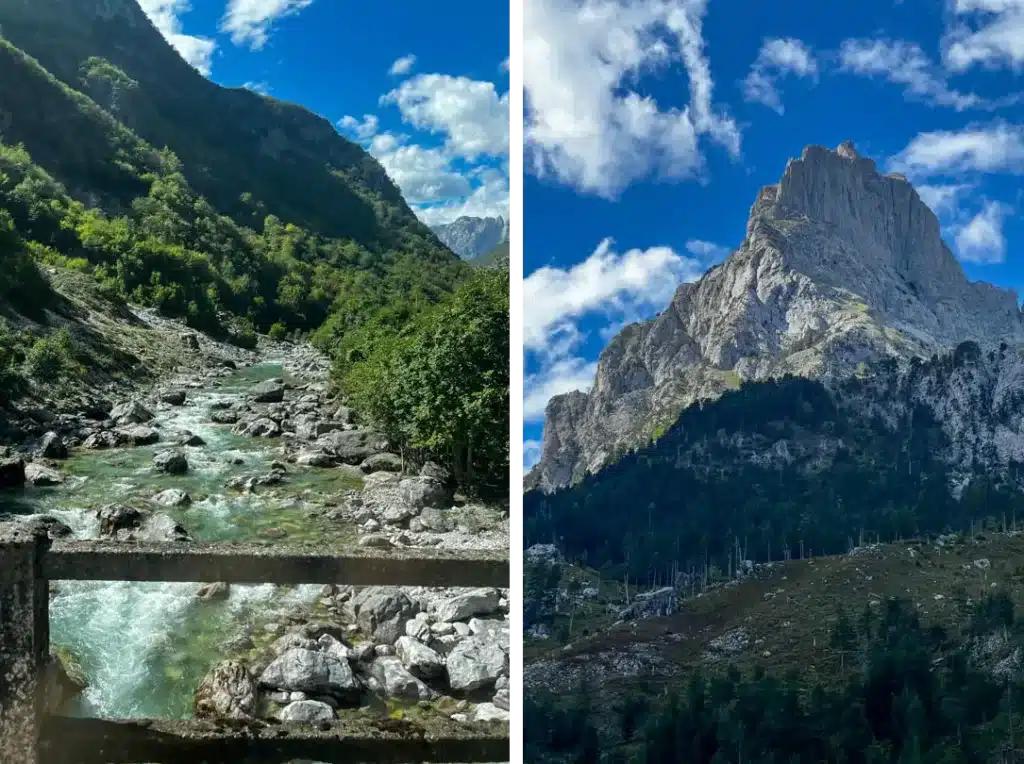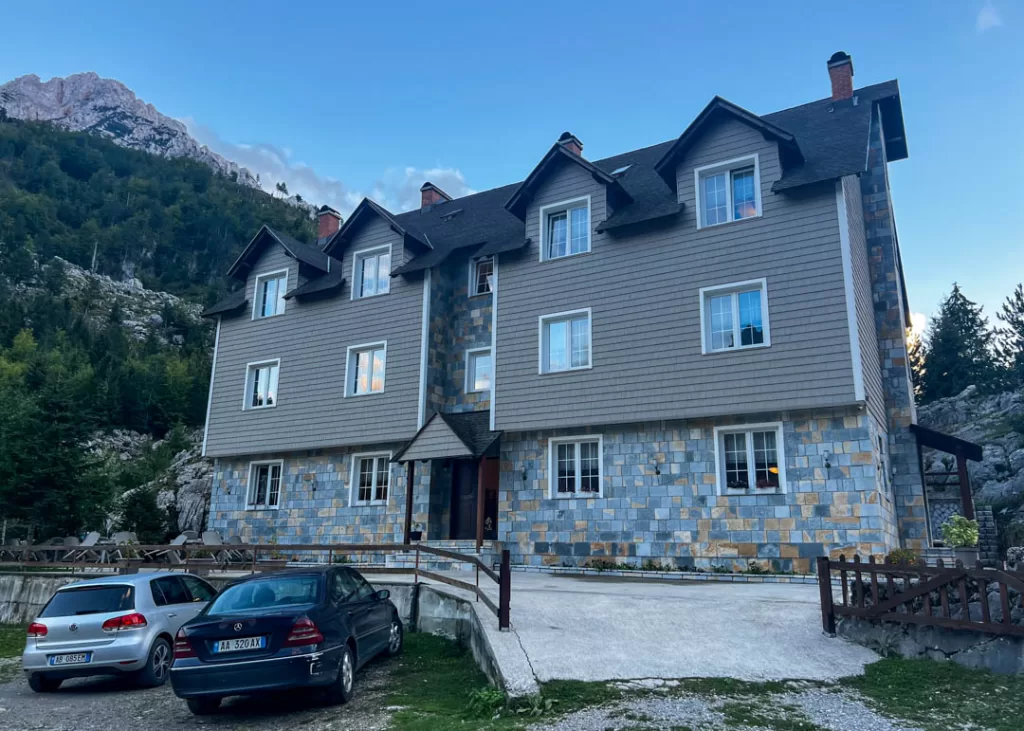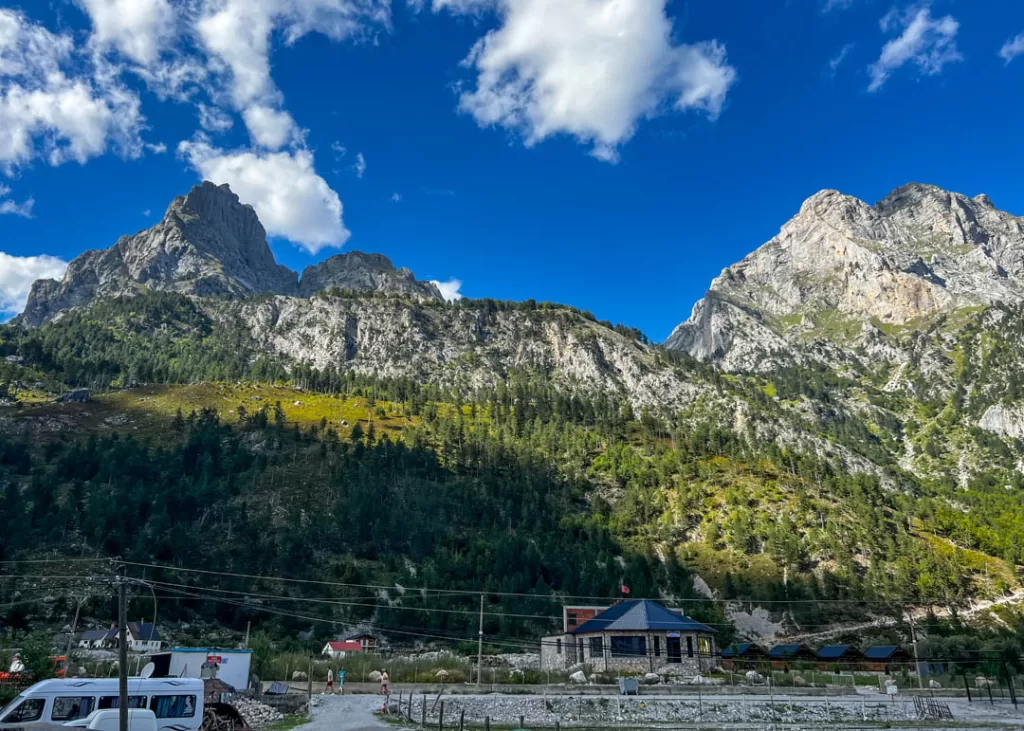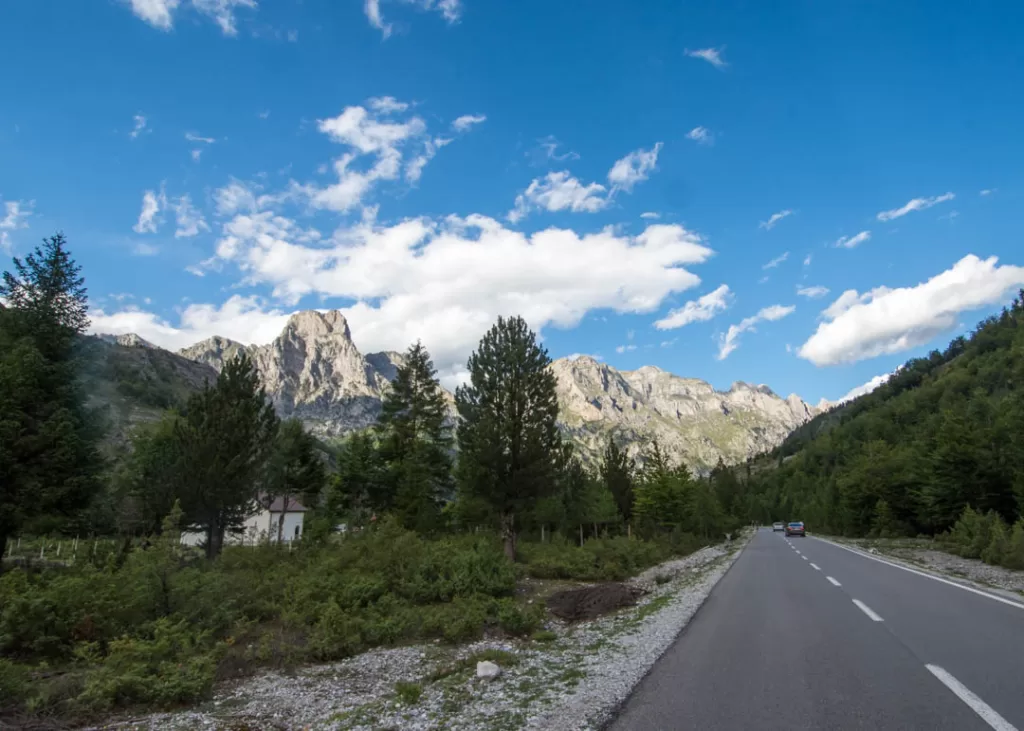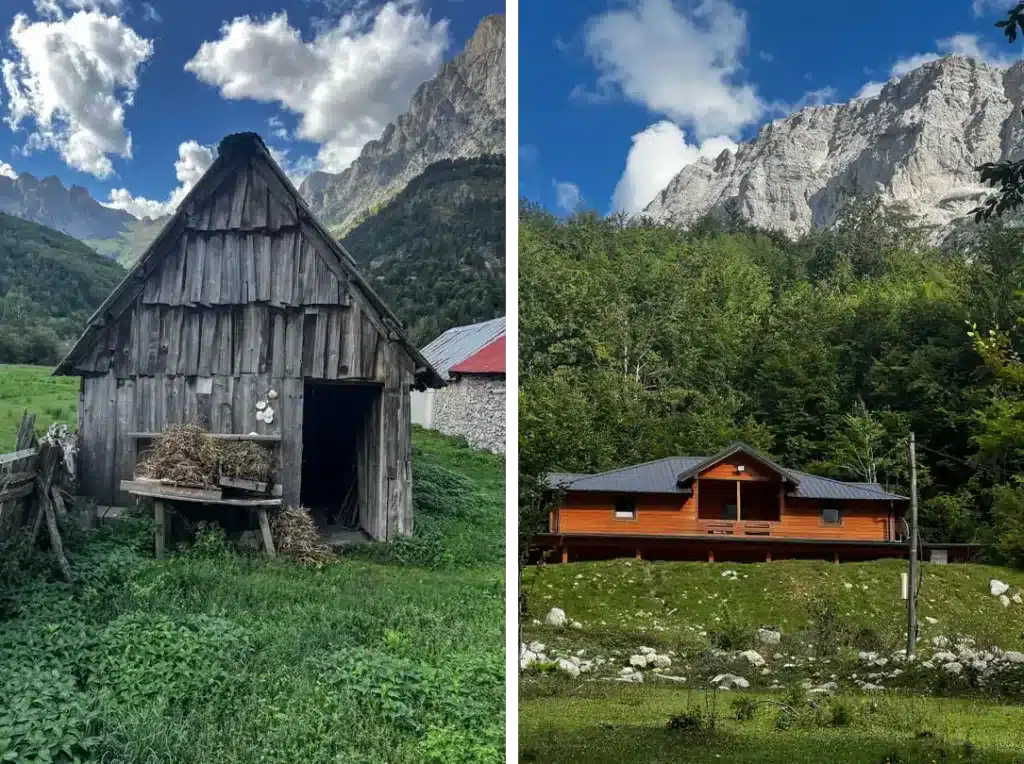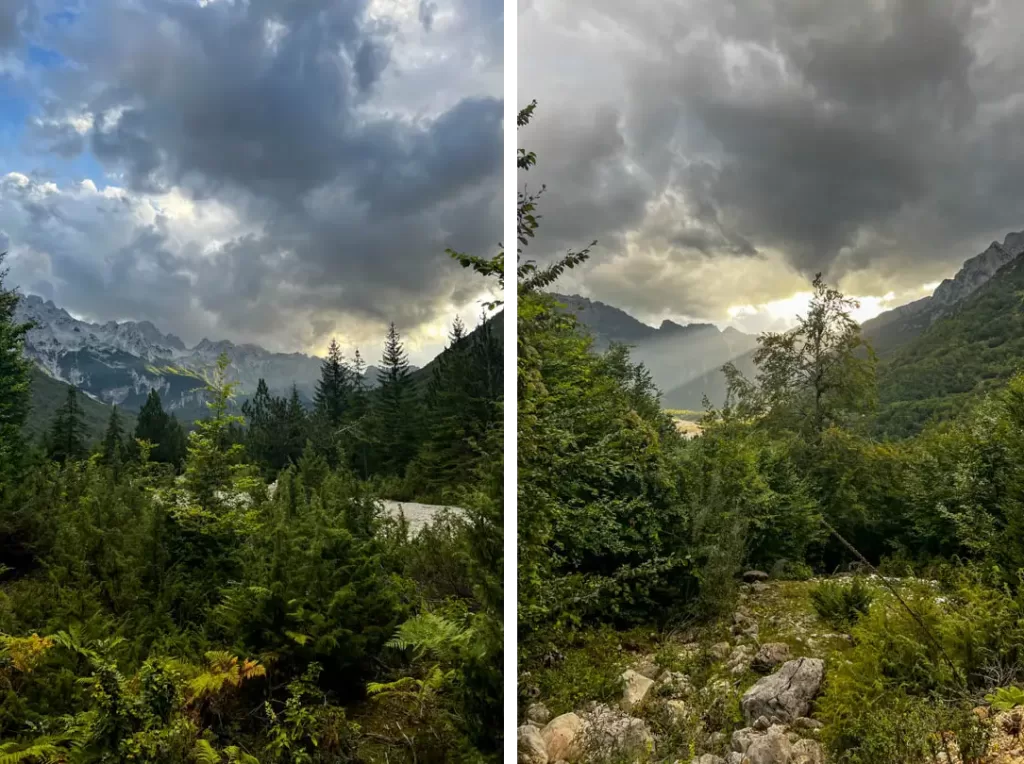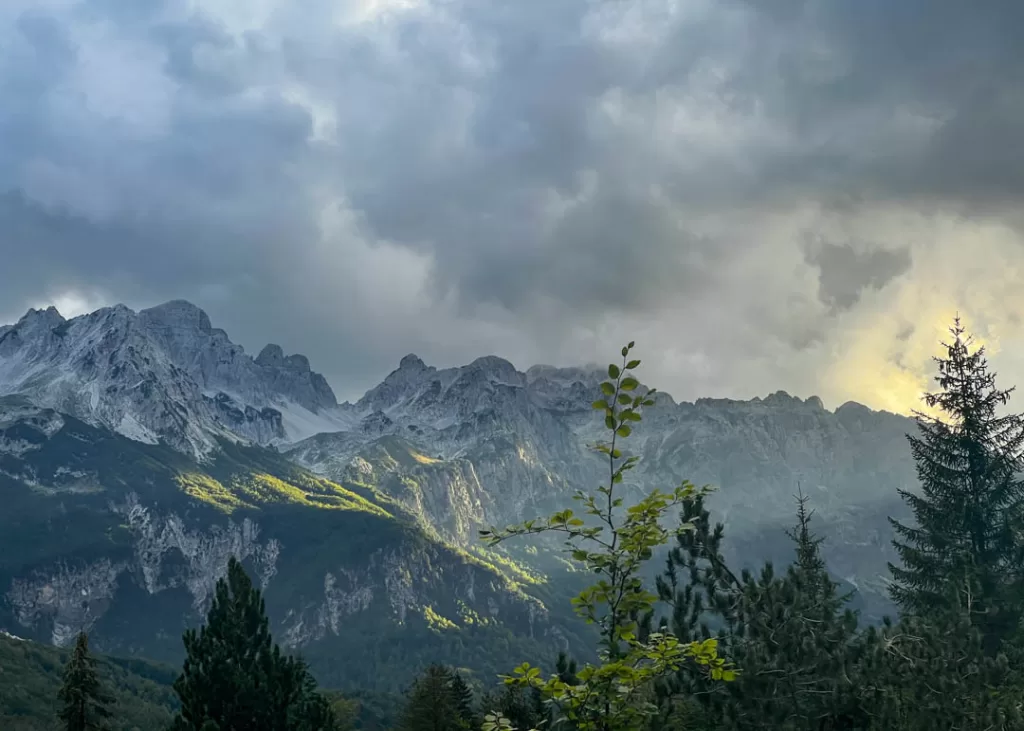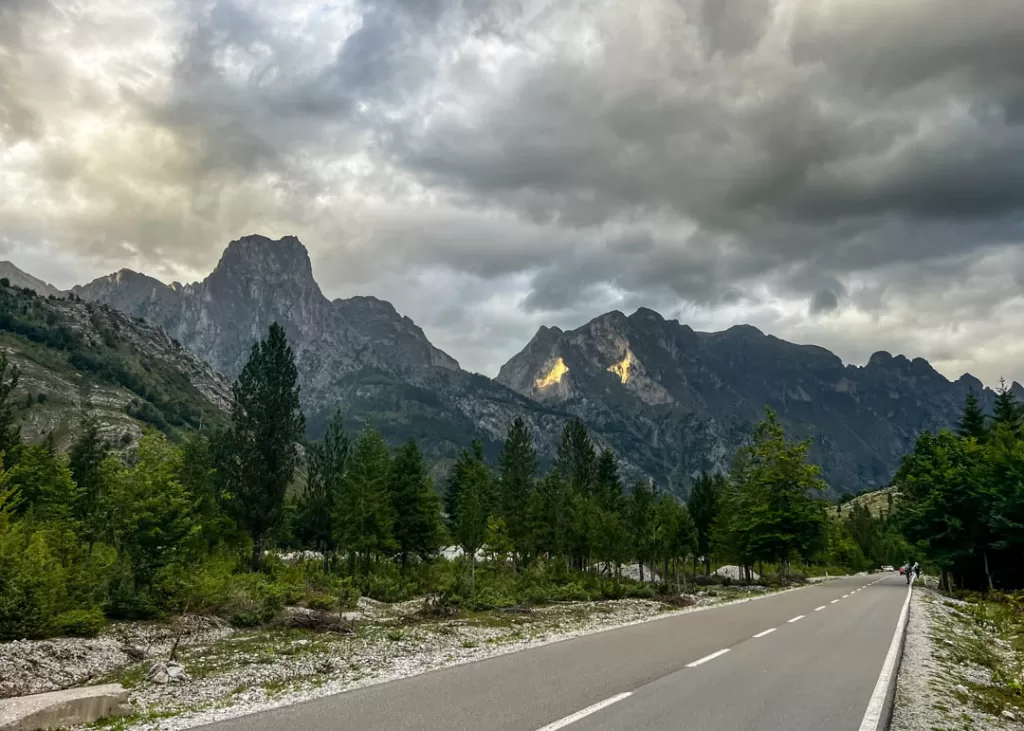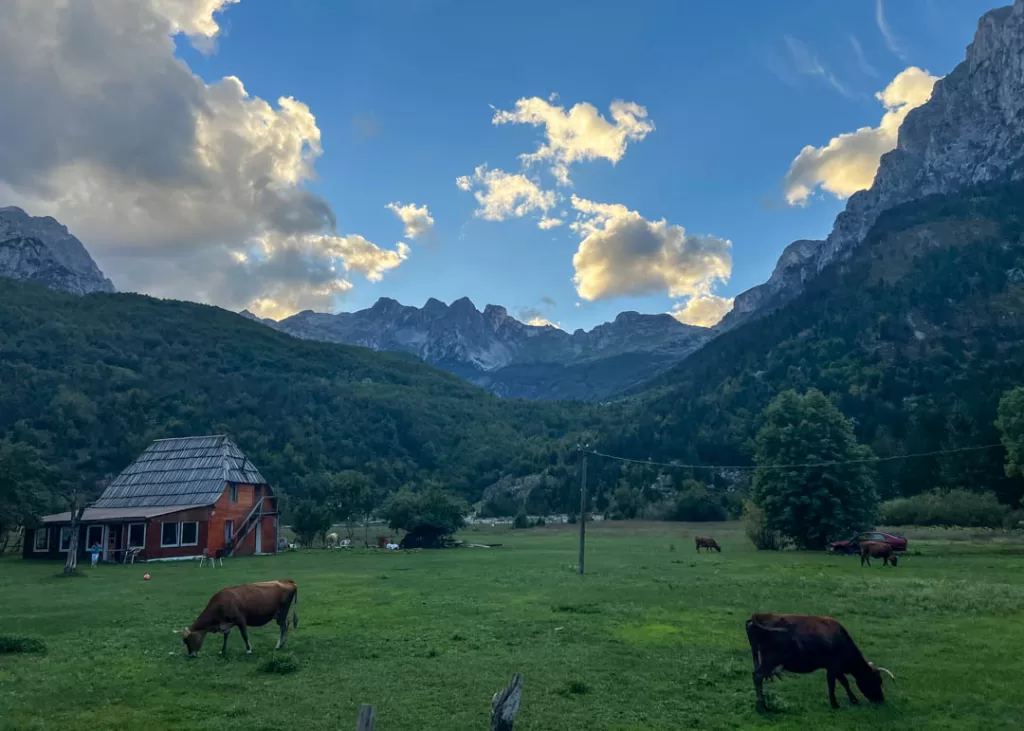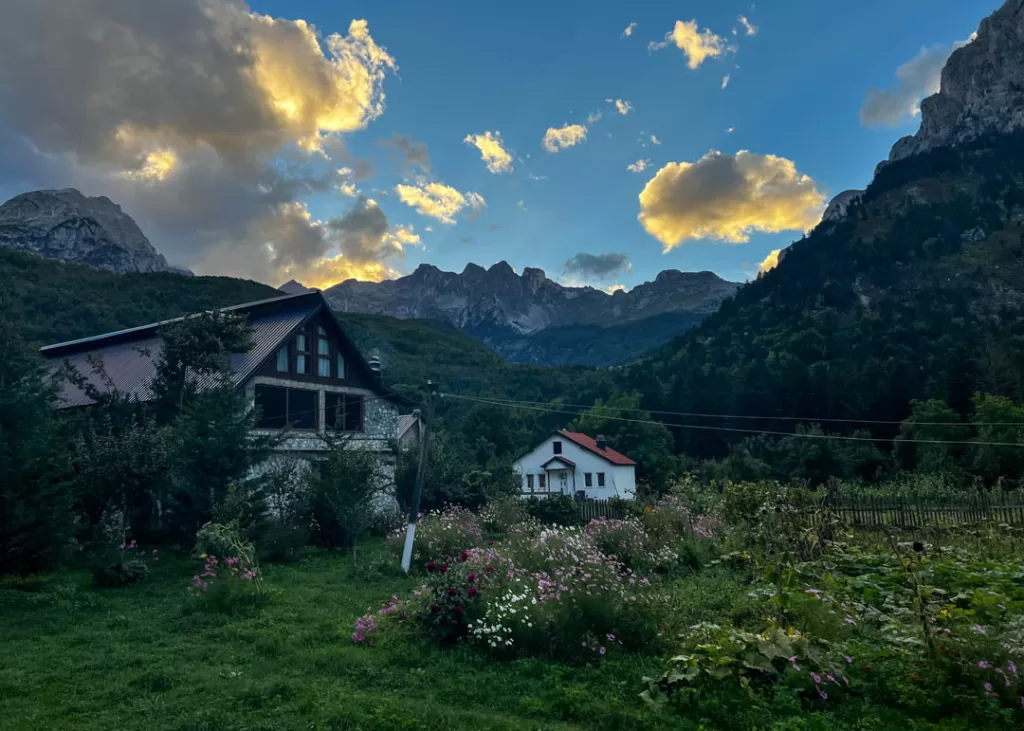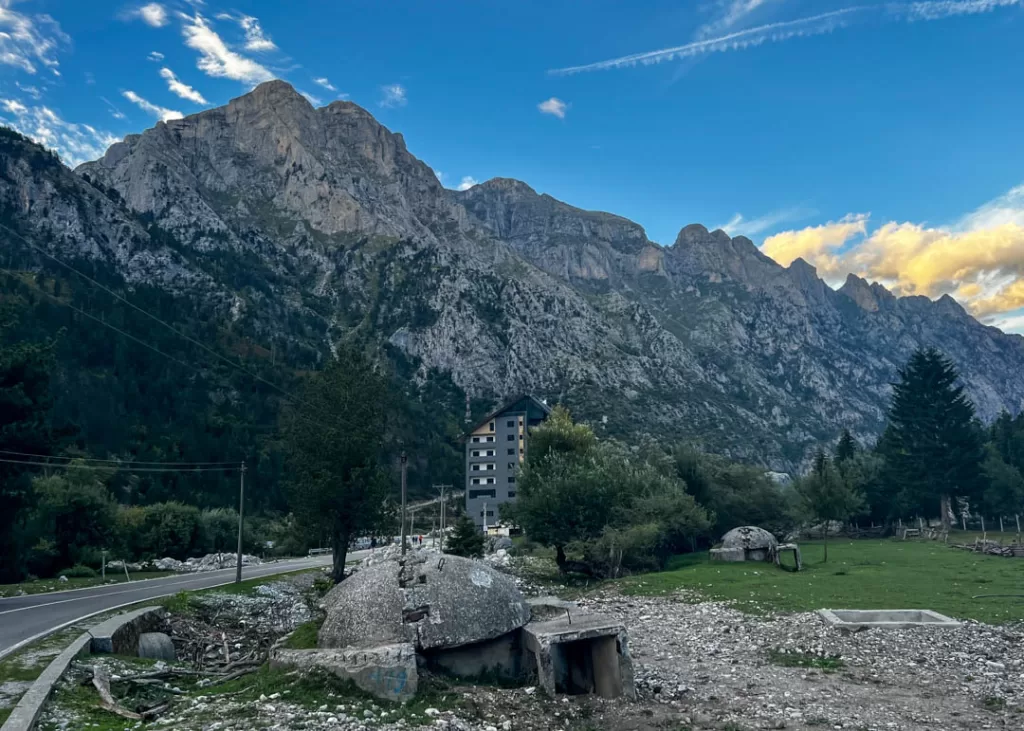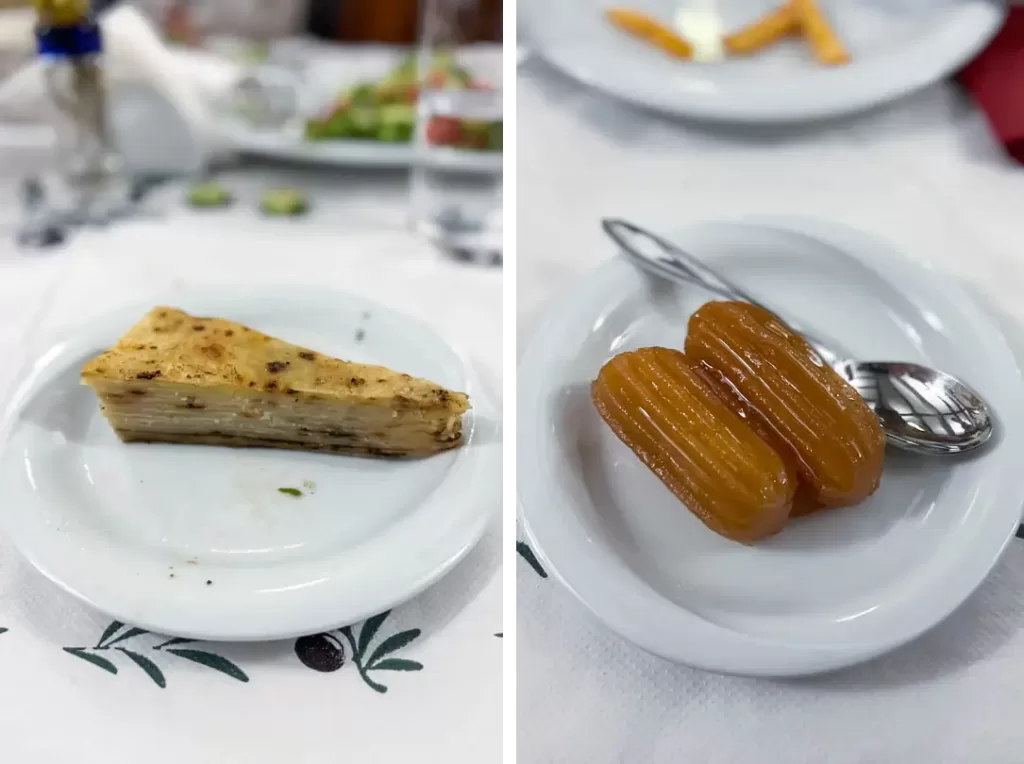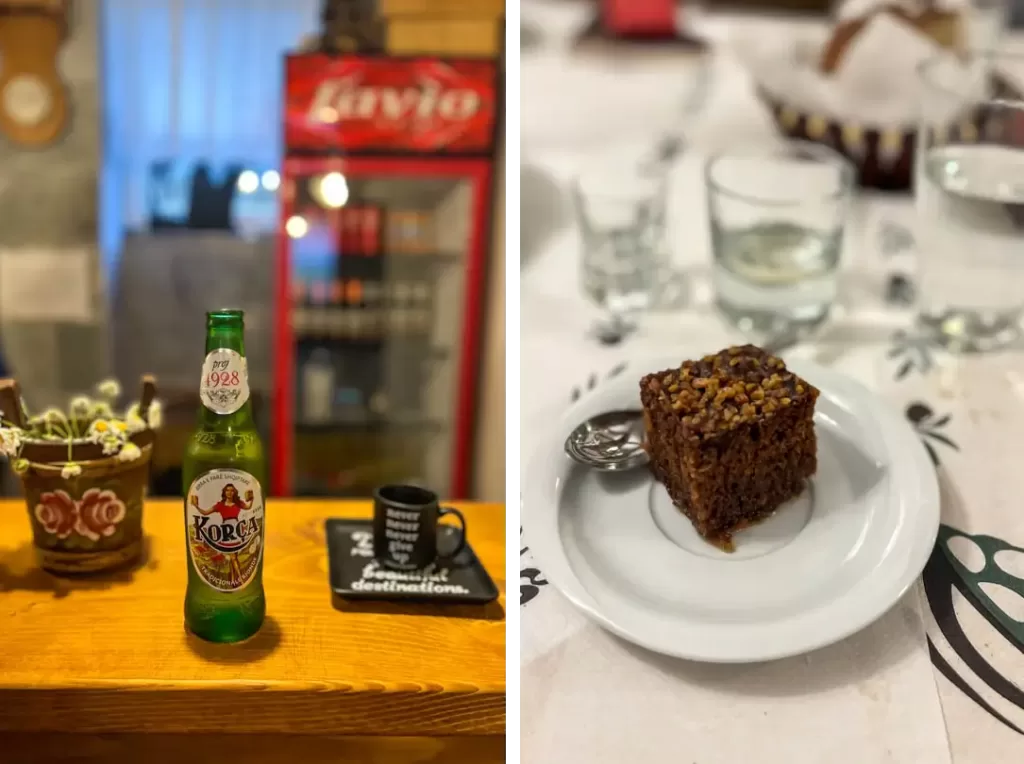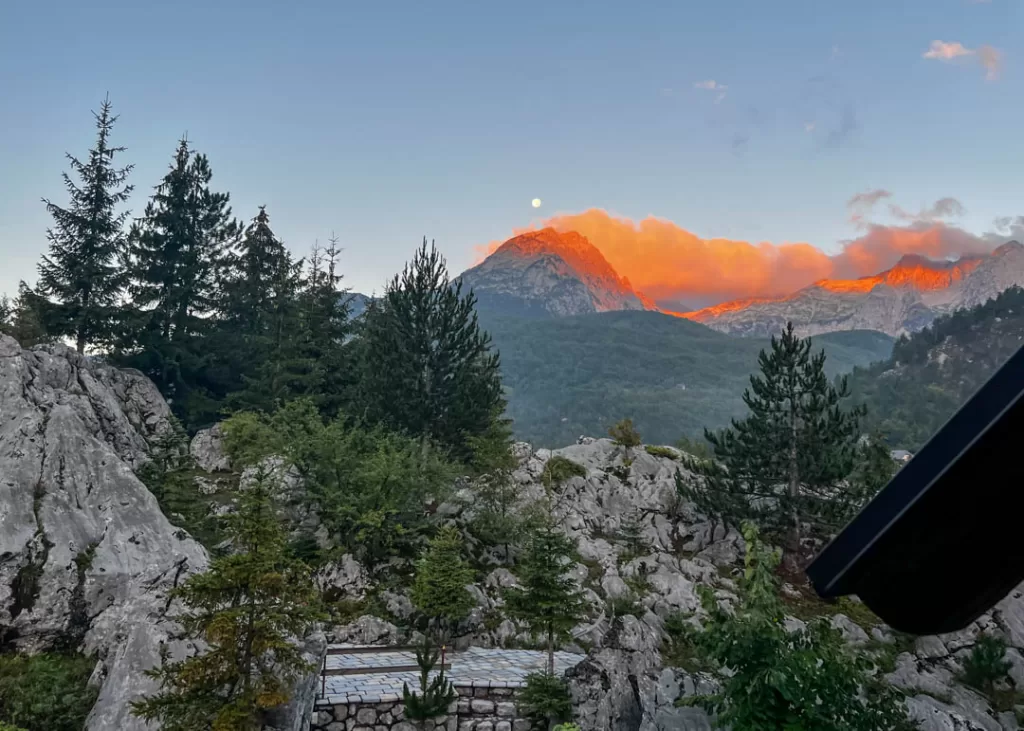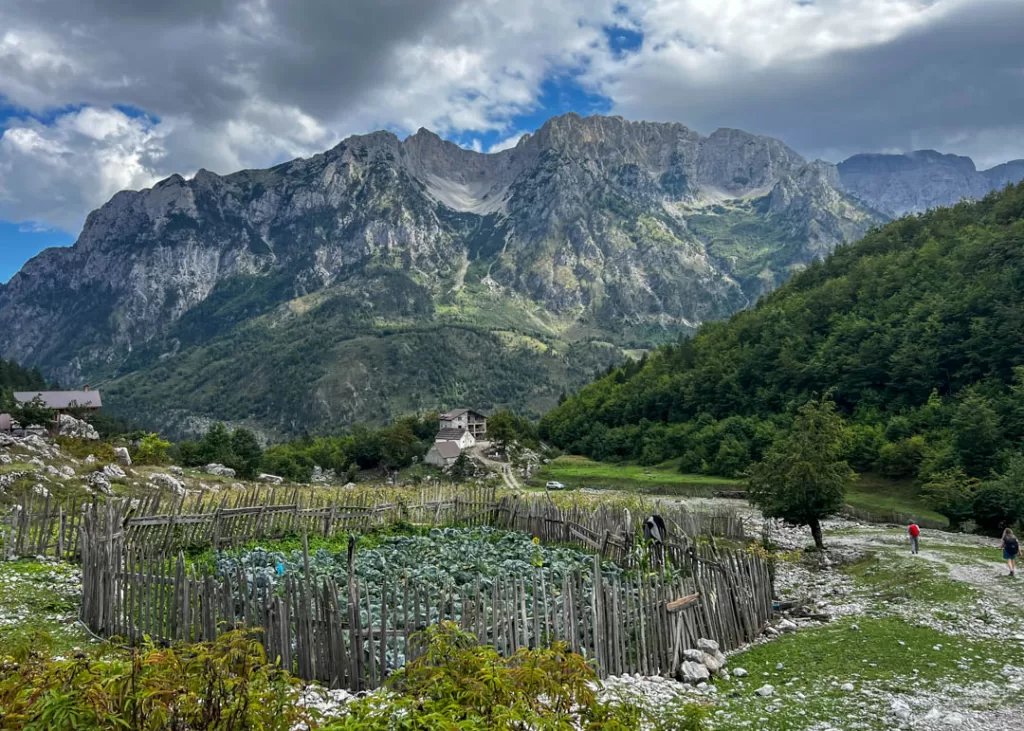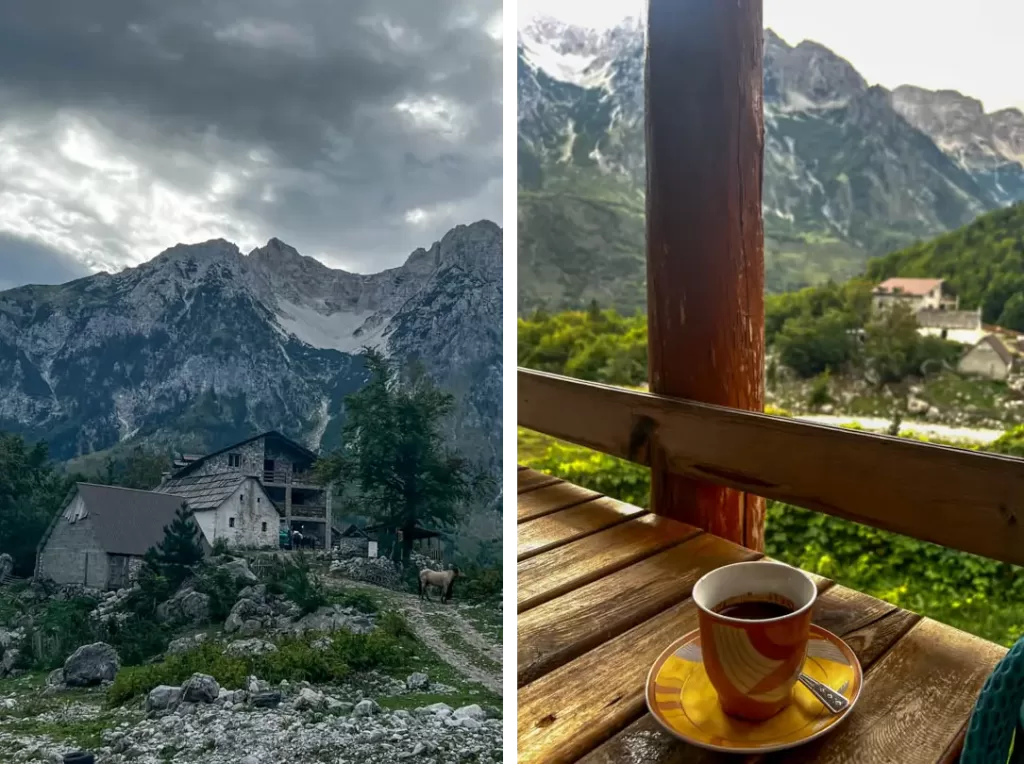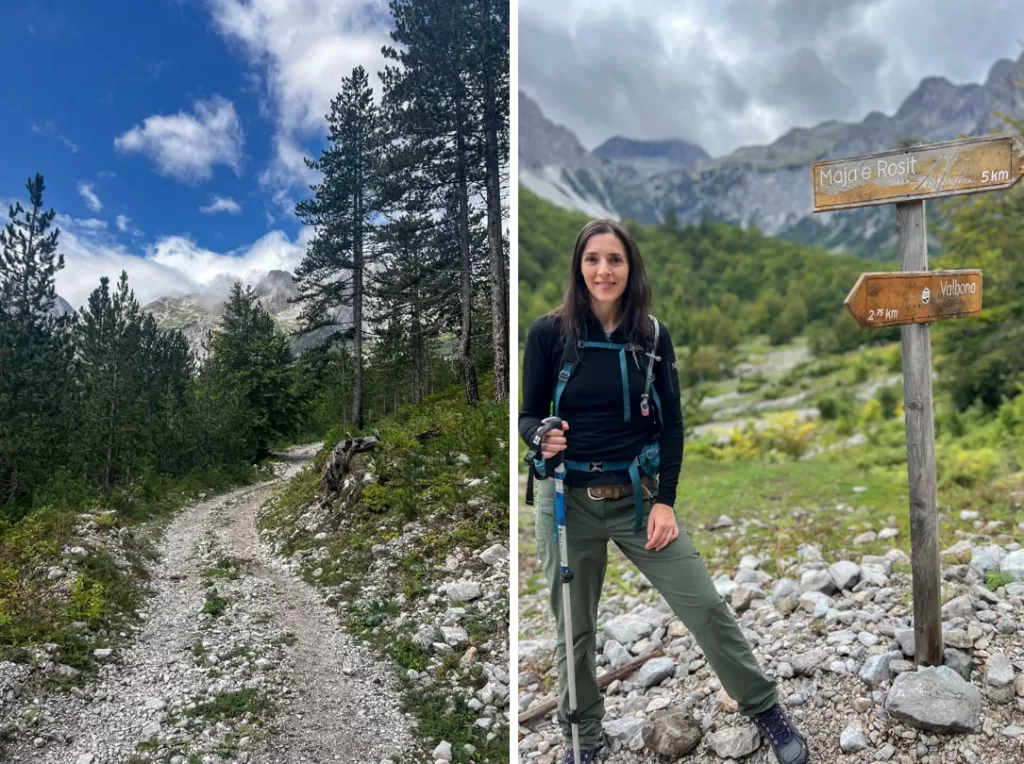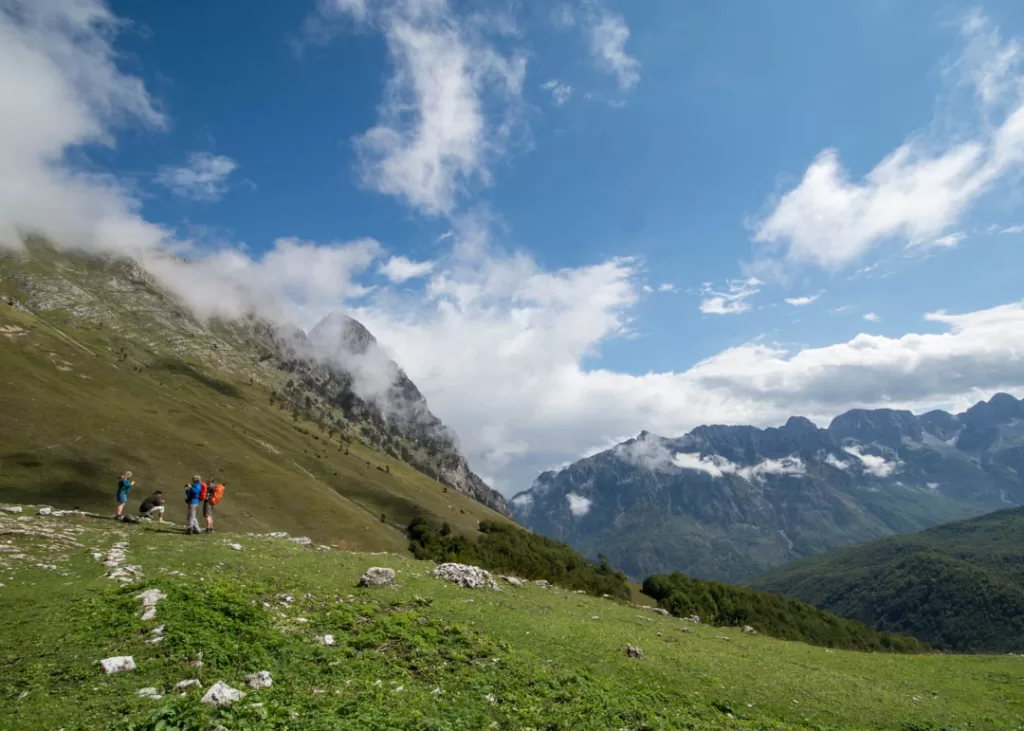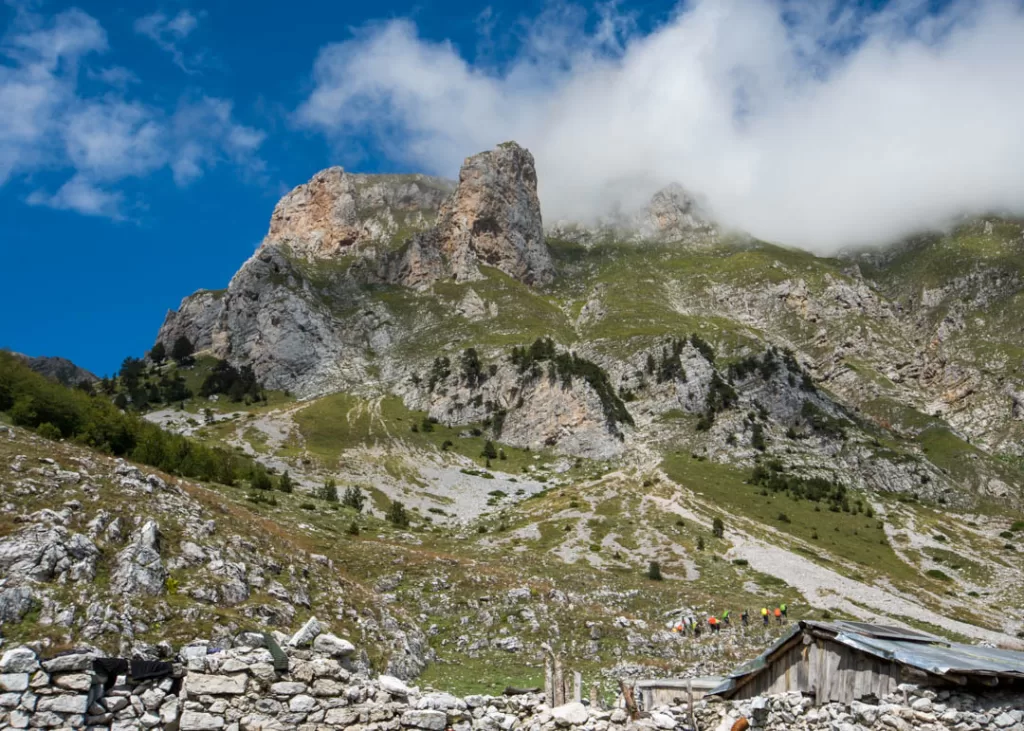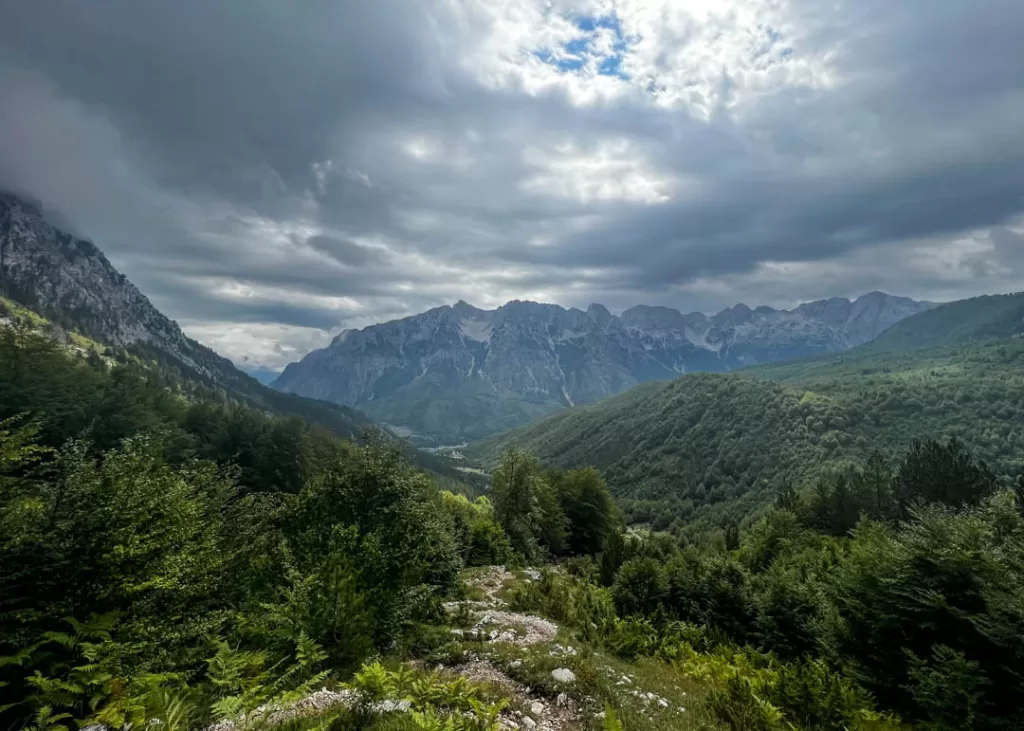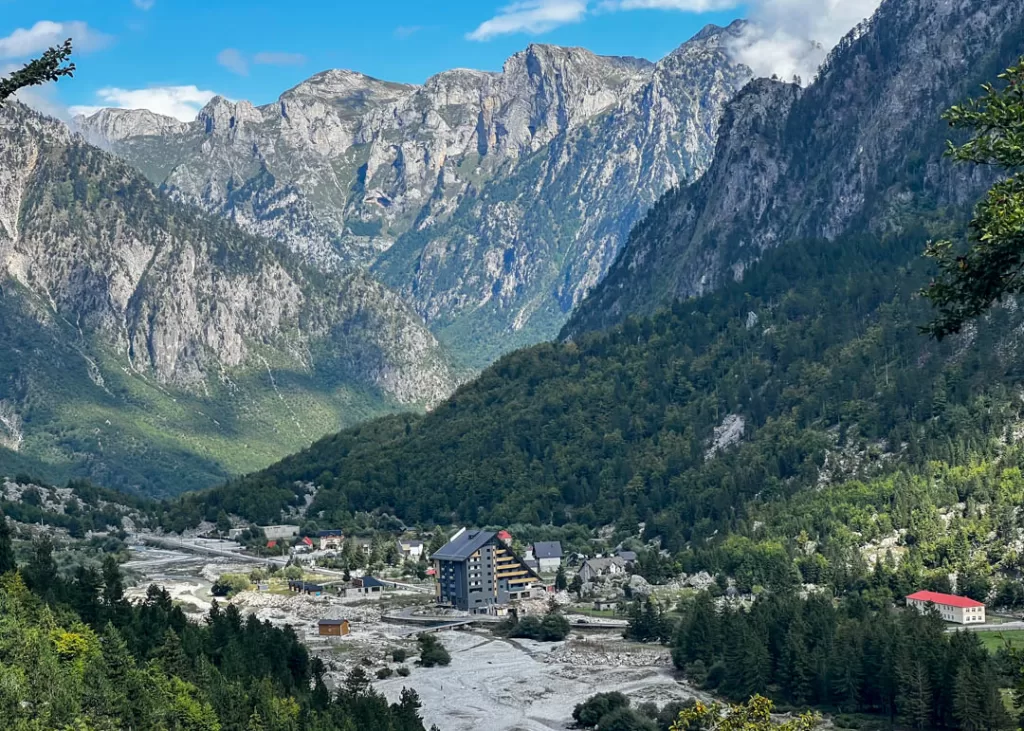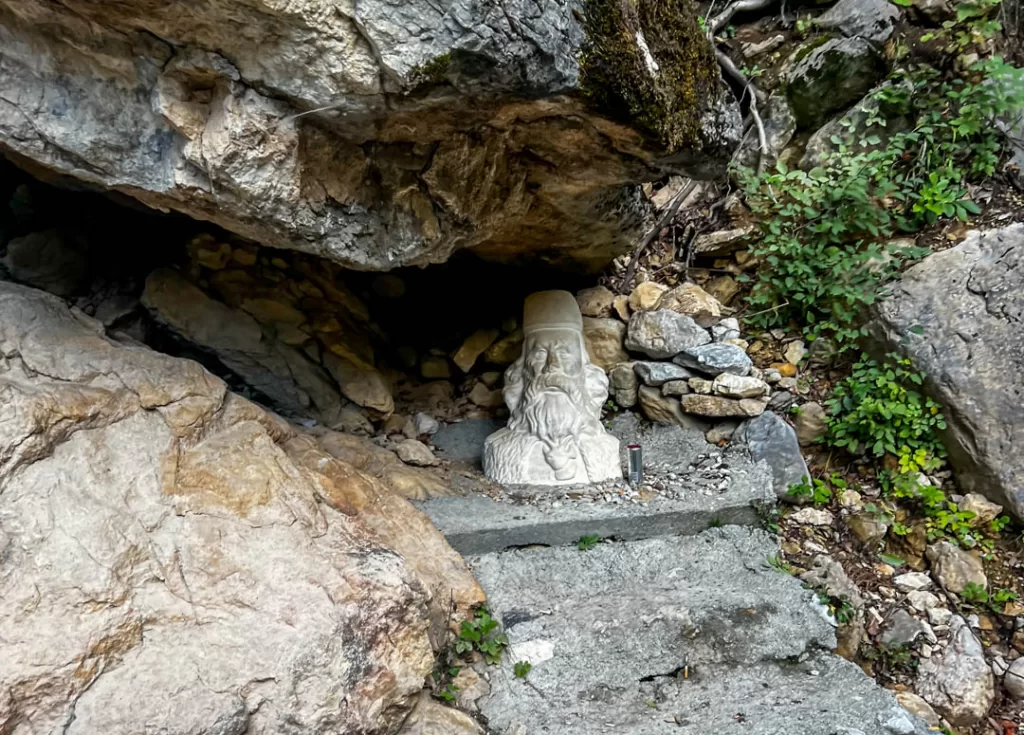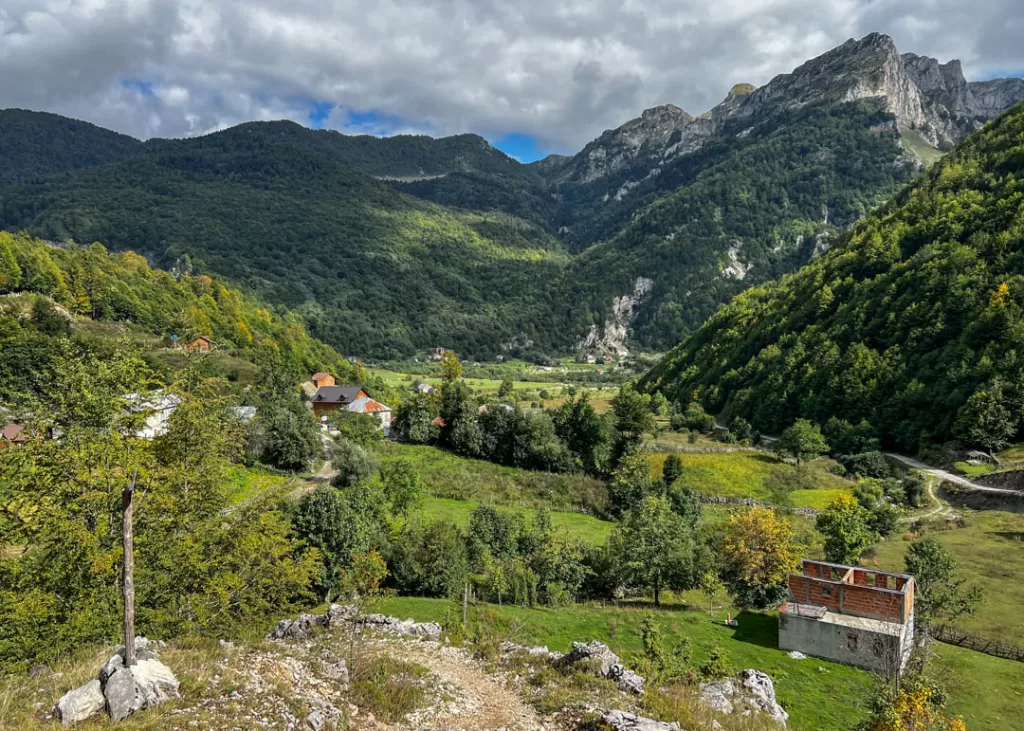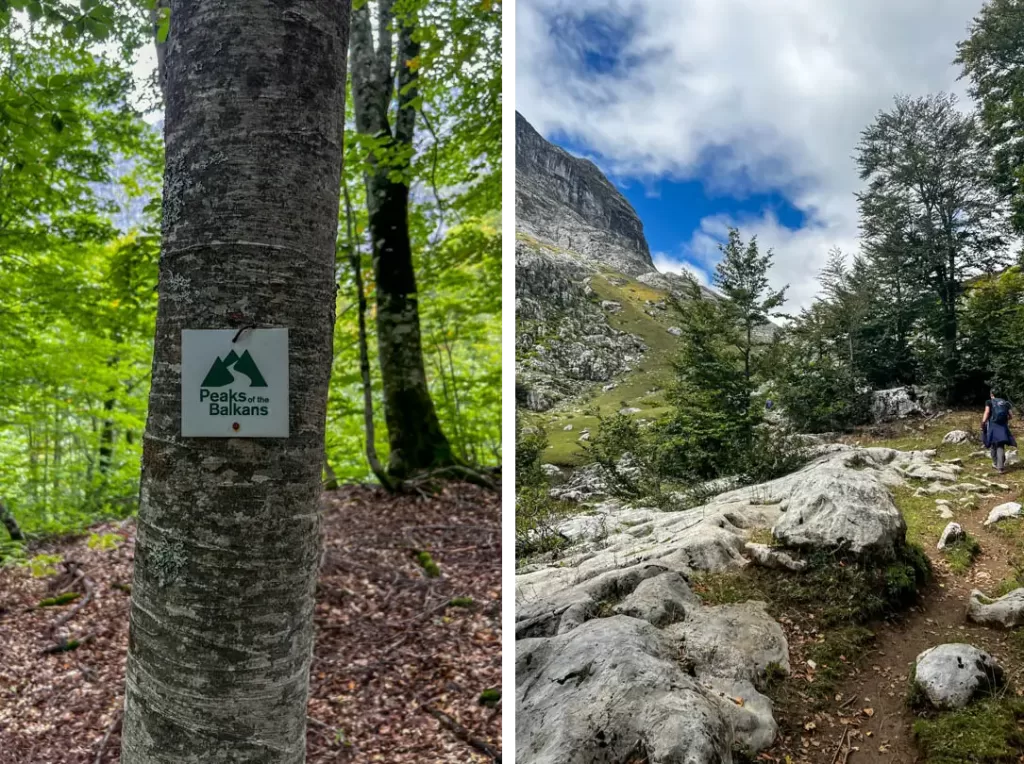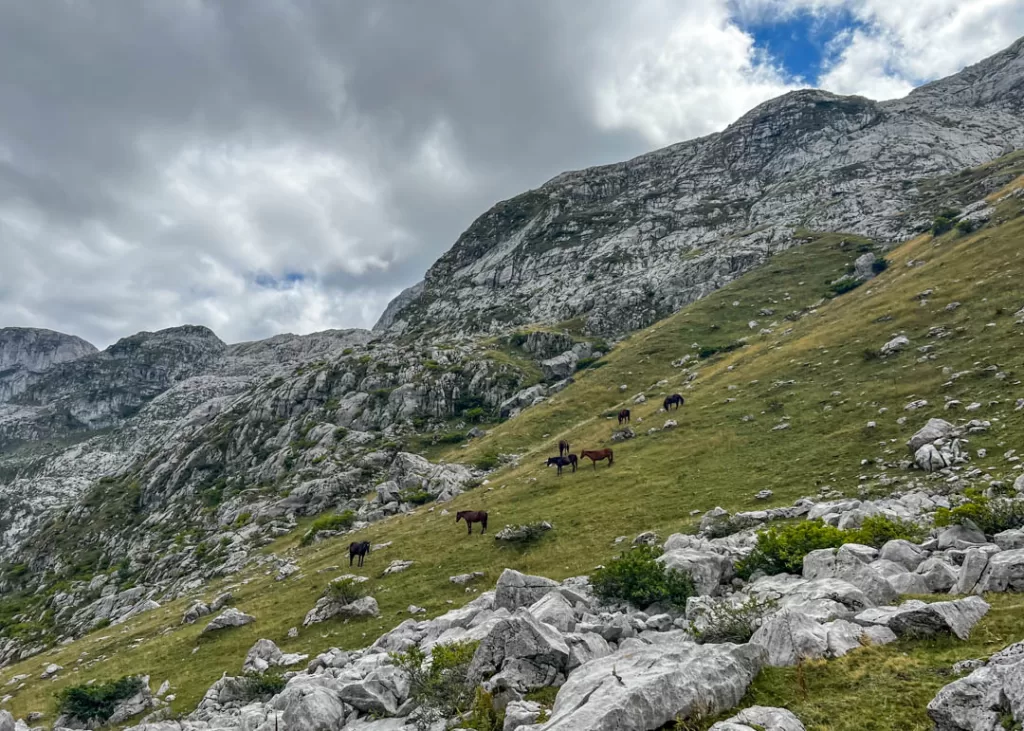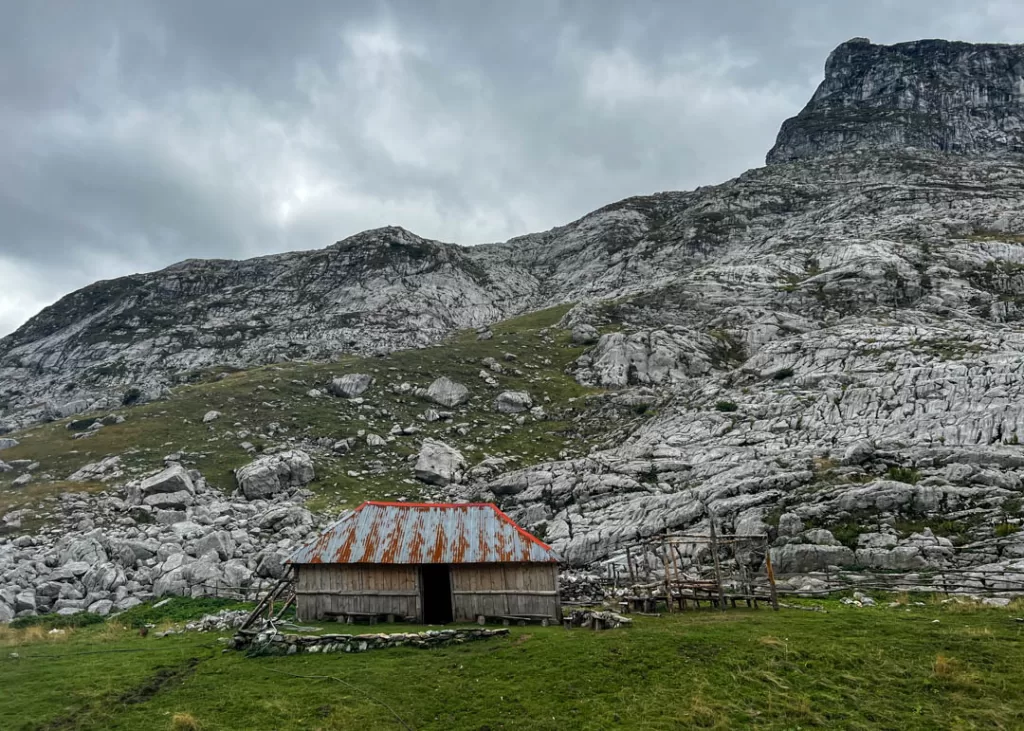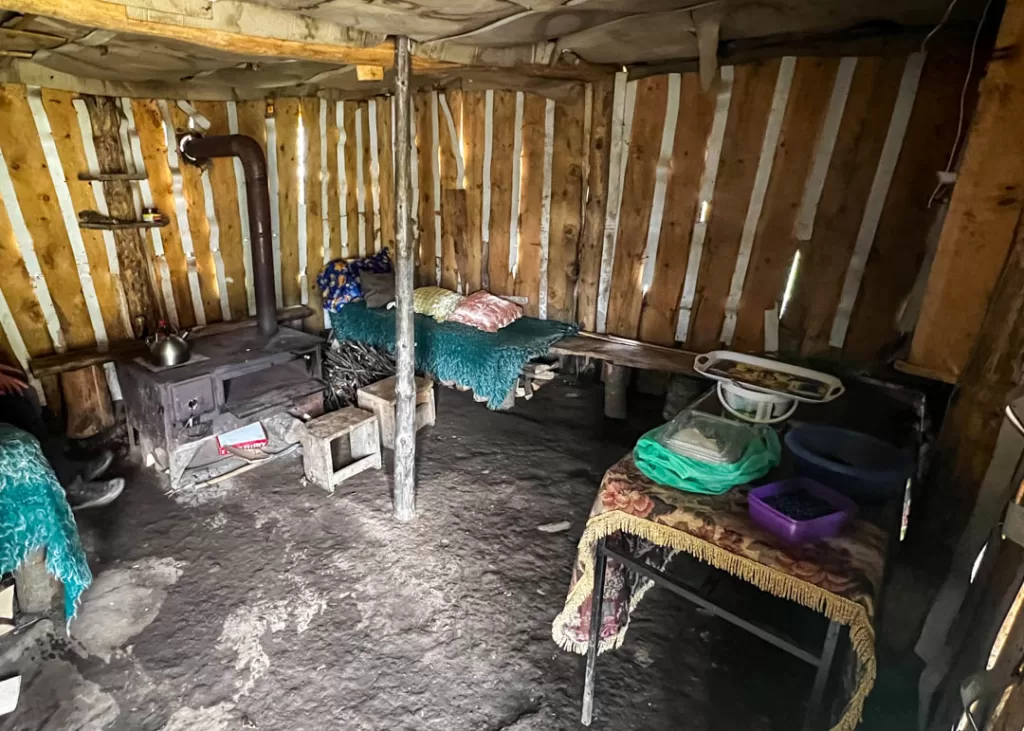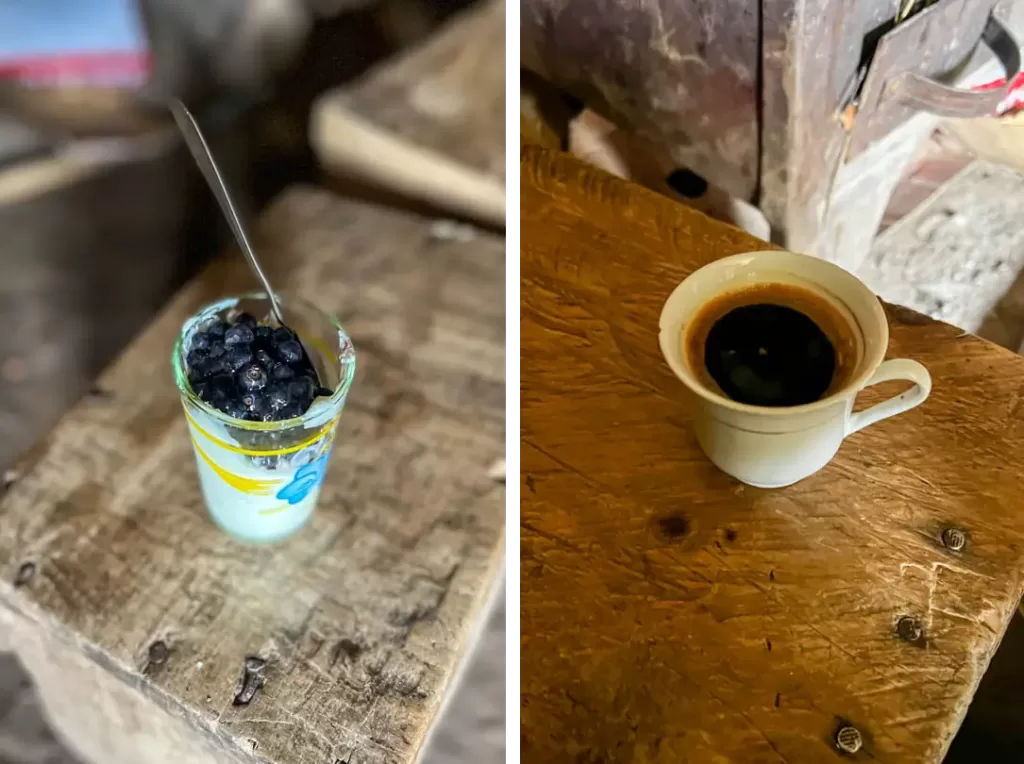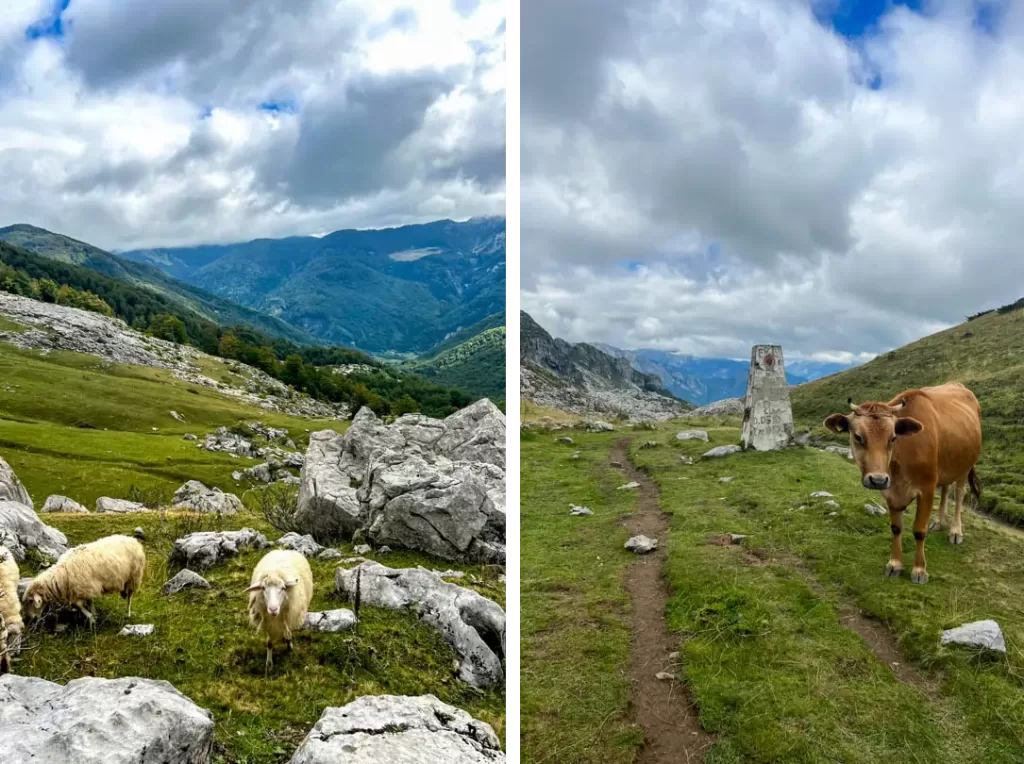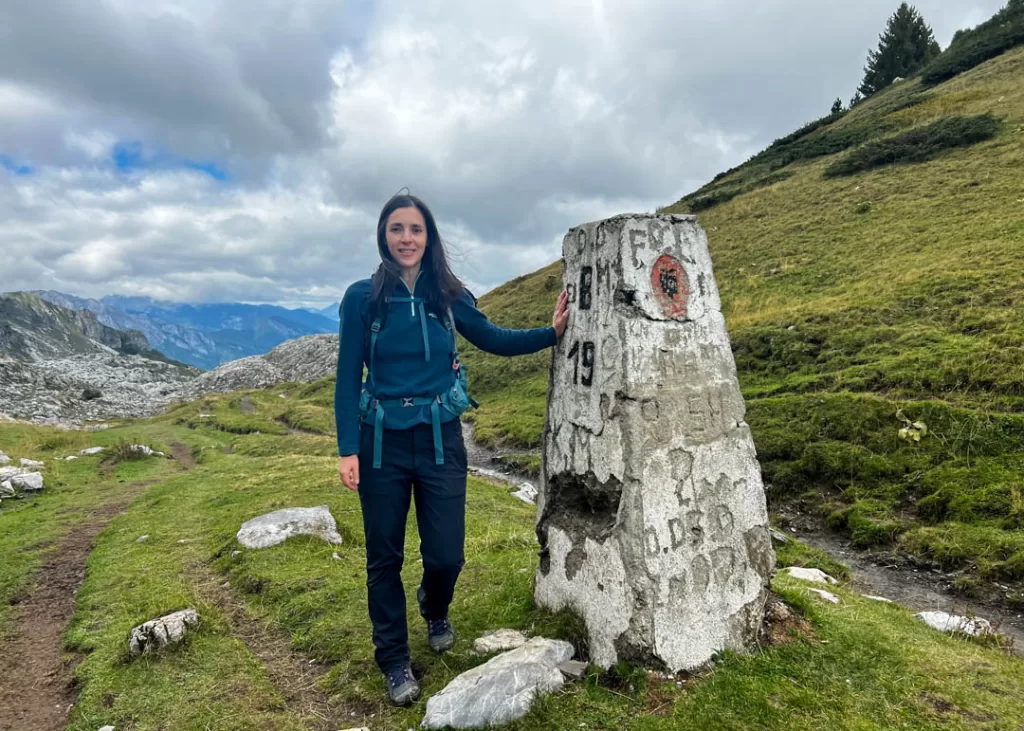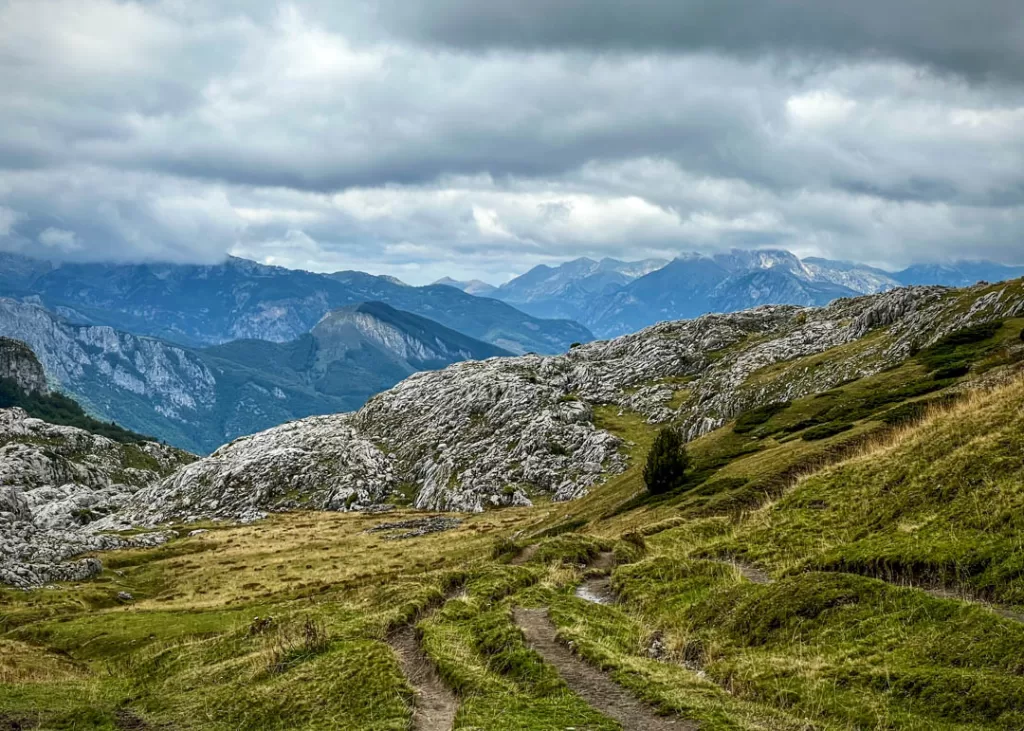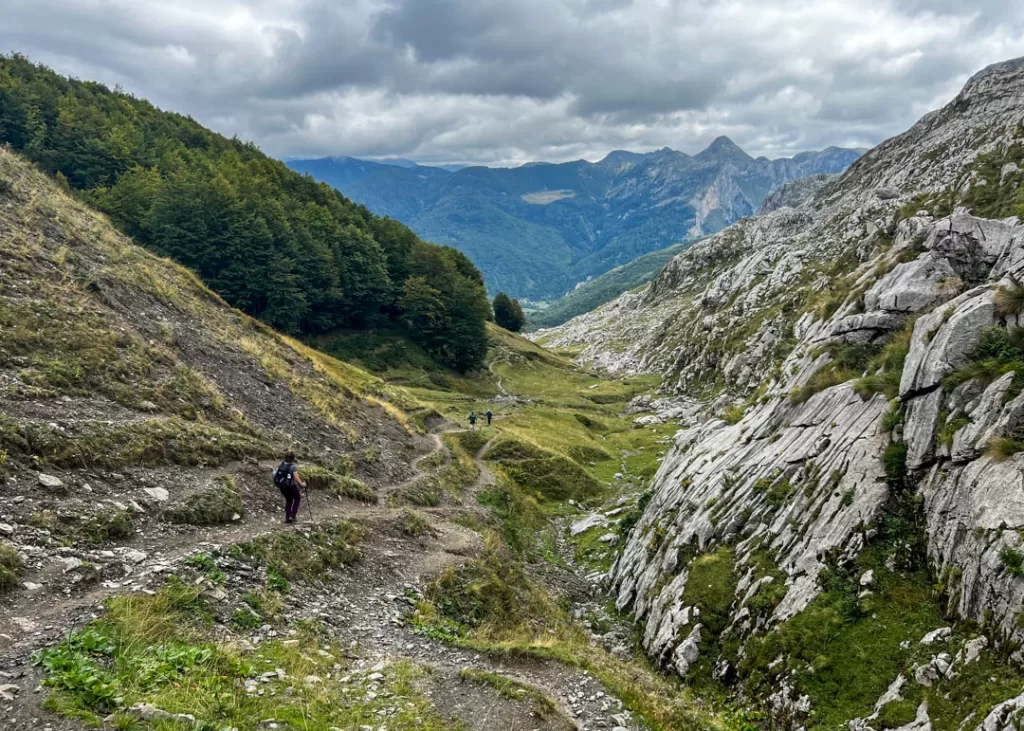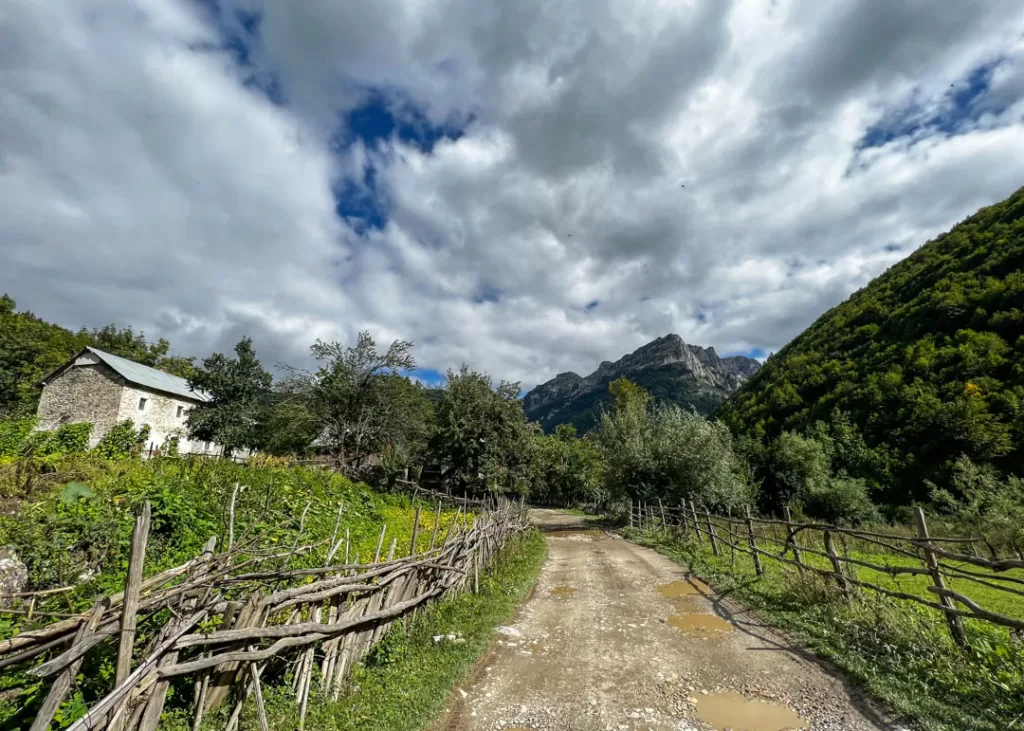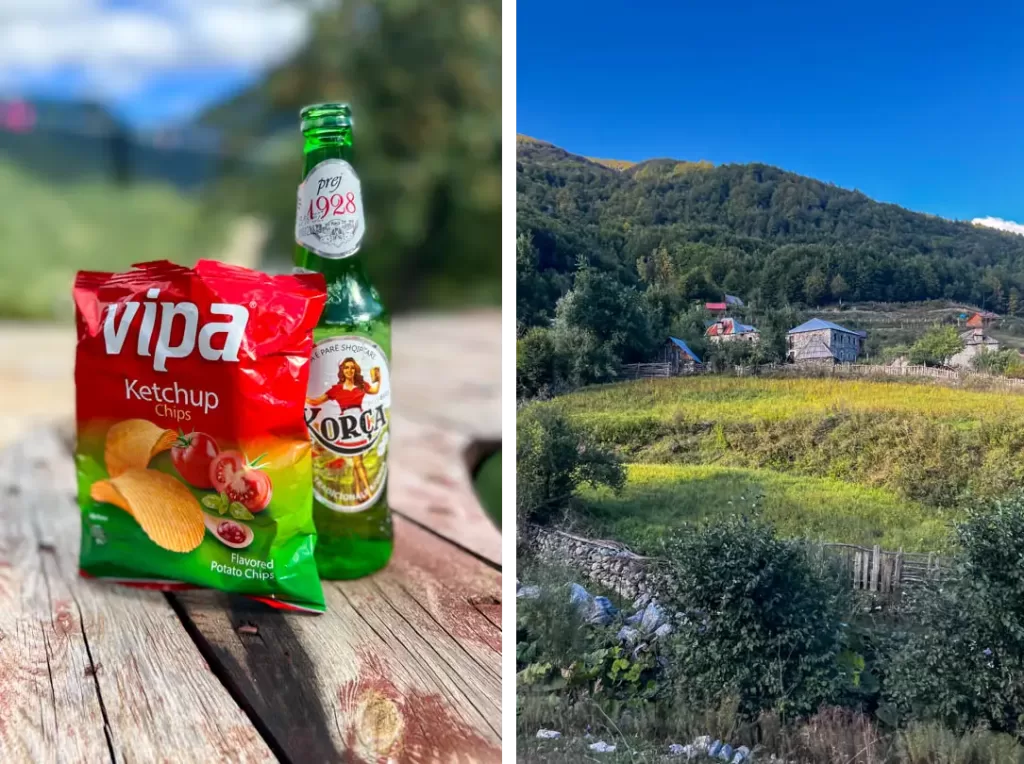After a few adventurous days hiking, boating, sunning, eating and bathing in St. Lucia’s gorgeous nature, I was finally ready for a proper rest. The island’s coast isn’t shy of beautiful resorts and sweet rentals, but for me there was only one destination calling my name: Balenbouche Estate. It’s unlike me to devote an entire post to an accommodation but you’ll understand why it was necessary after scrolling through it. Calling Balenbouche an accommodation is too diminutive as it is a world within itself, one I could have easily stayed in for a month or more…
A very different kind of stay
In the charming south of the island, less than 30 minutes drive from the airport, you’ll find this tranquil retreat with hidden beaches, secret gardens, old ruins, and eco-built guest houses you’ll never want to leave. Welcome to Balenbouche Estate, a 70-acre paradise for nature lovers, history fans, ecotourism enthusiasts, yogis, and anyone in need of a reset away from it all.
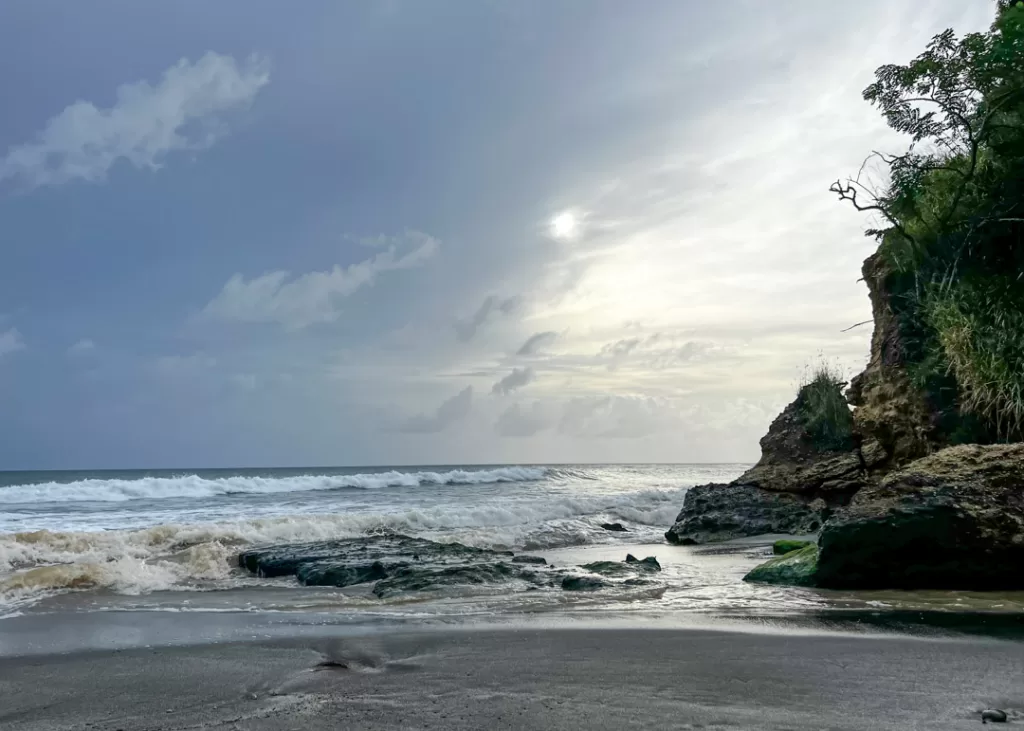
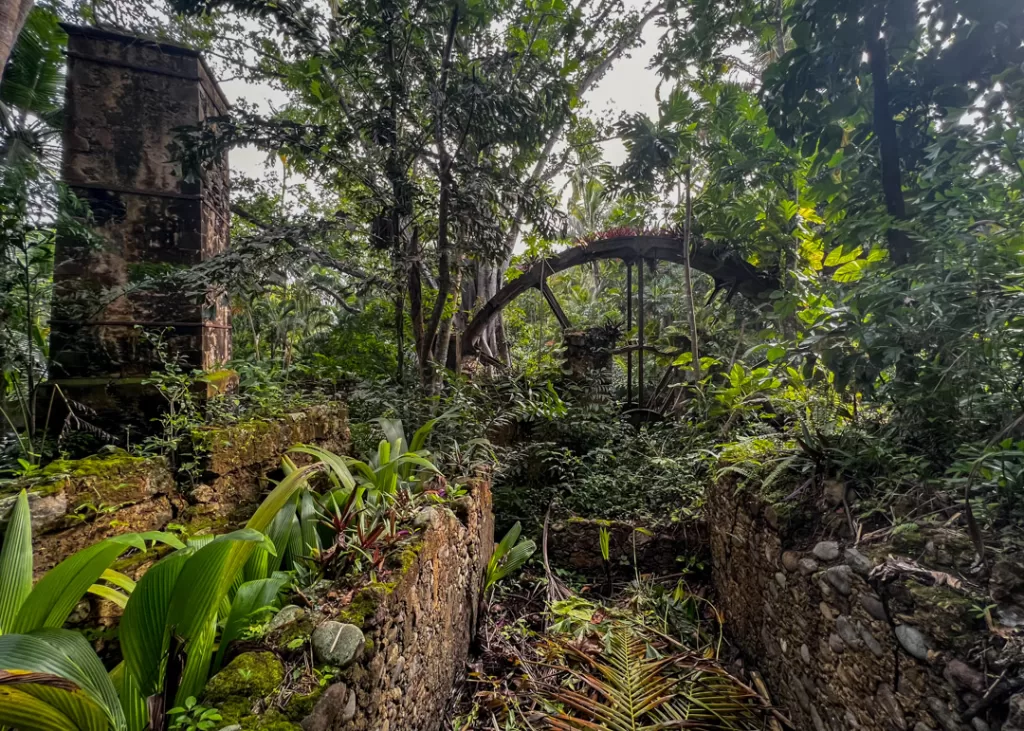
It all began as a rum and sugar plantation in colonial 18th-century St. Lucia and is now a pioneer of ecotourism on the island. In the same family since the 1960s, Balenbouche has been carefully restored in keeping with the estate’s ecological philosophy. Today they host guests, retreats, weddings, artists, etc. all the while running community projects and working to preserve the incredible nature surrounding their home.
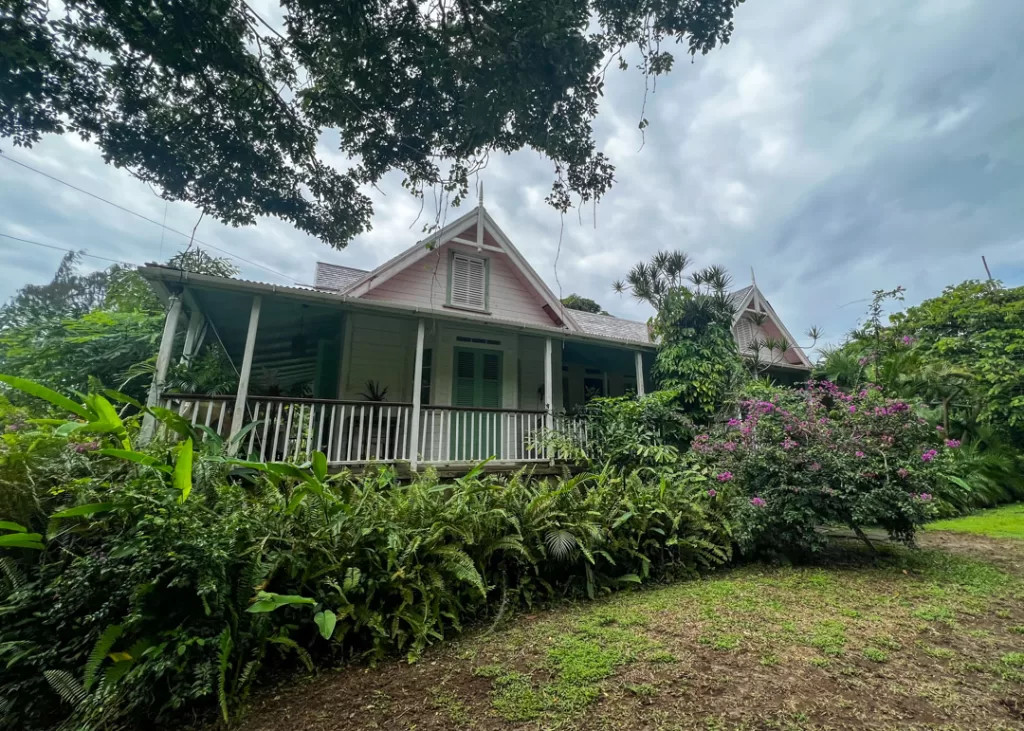
You’ll need to drive slowly to not miss the unassuming signage by the side of the road and the unpaved driveway leading you to the main house through mango trees, flowering shrubs, and grazing pasture.
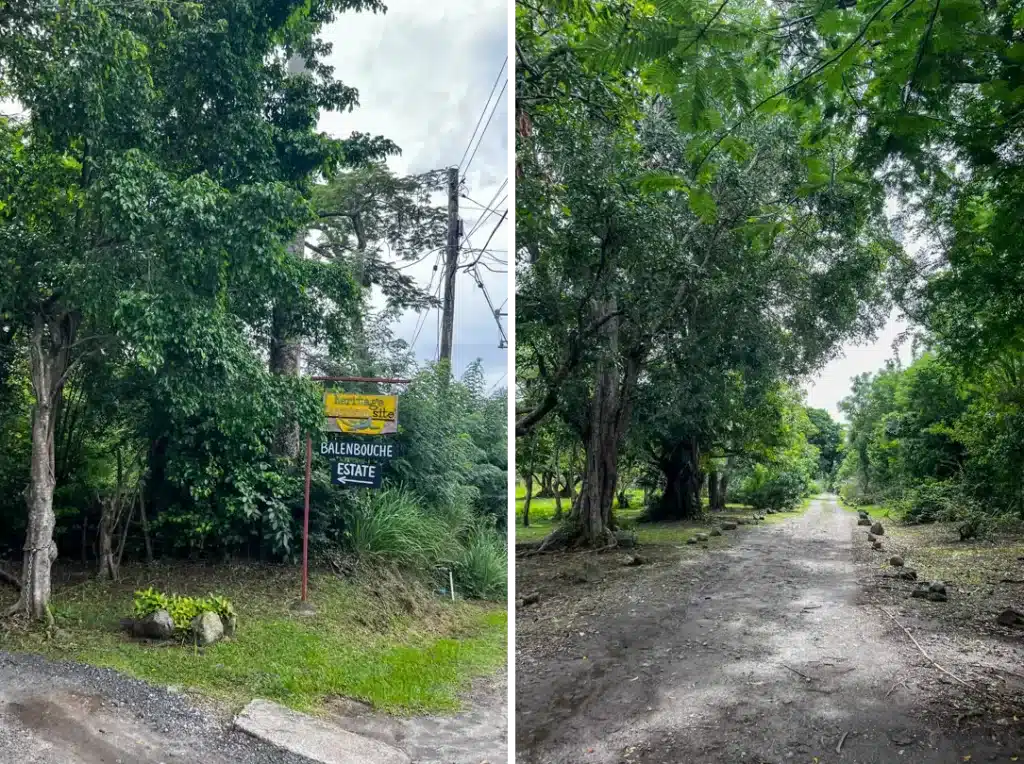
The family who created the Balenbouche of today still lives in this characterful colonial house and will greet you warmly whether you’re staying for a few days or just a few hours (you can visit the estate for the day for a very small fee). Uta the matriarch and her two daughters will happily show you around for a brief intro and let you explore the many corners of the expansive grounds at your own pace.
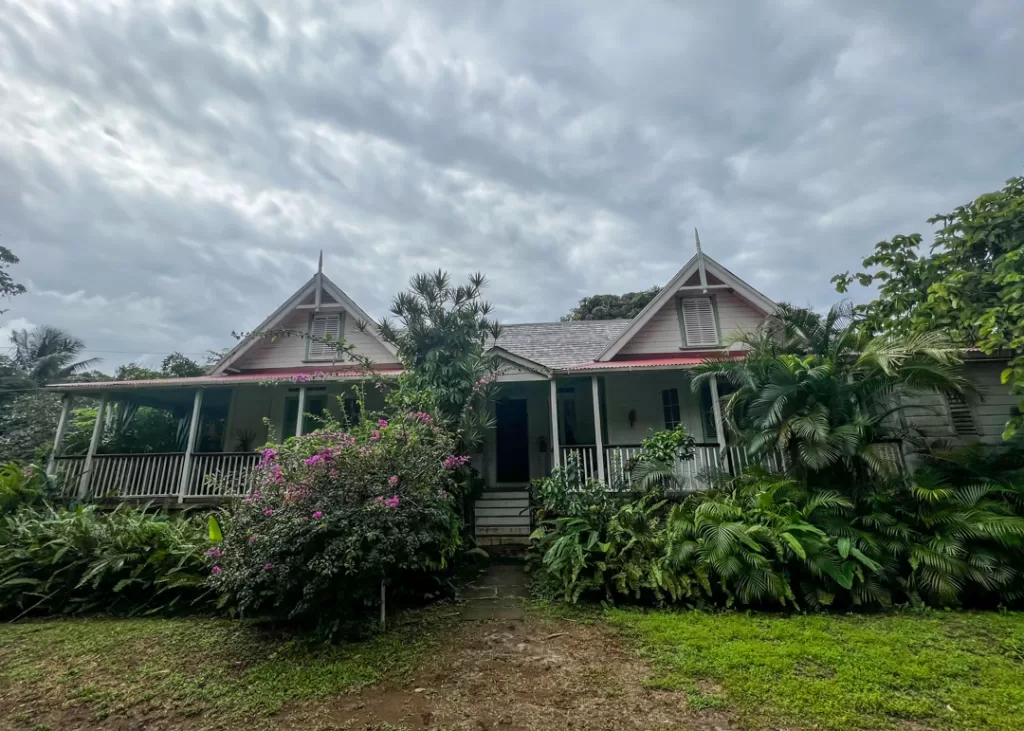
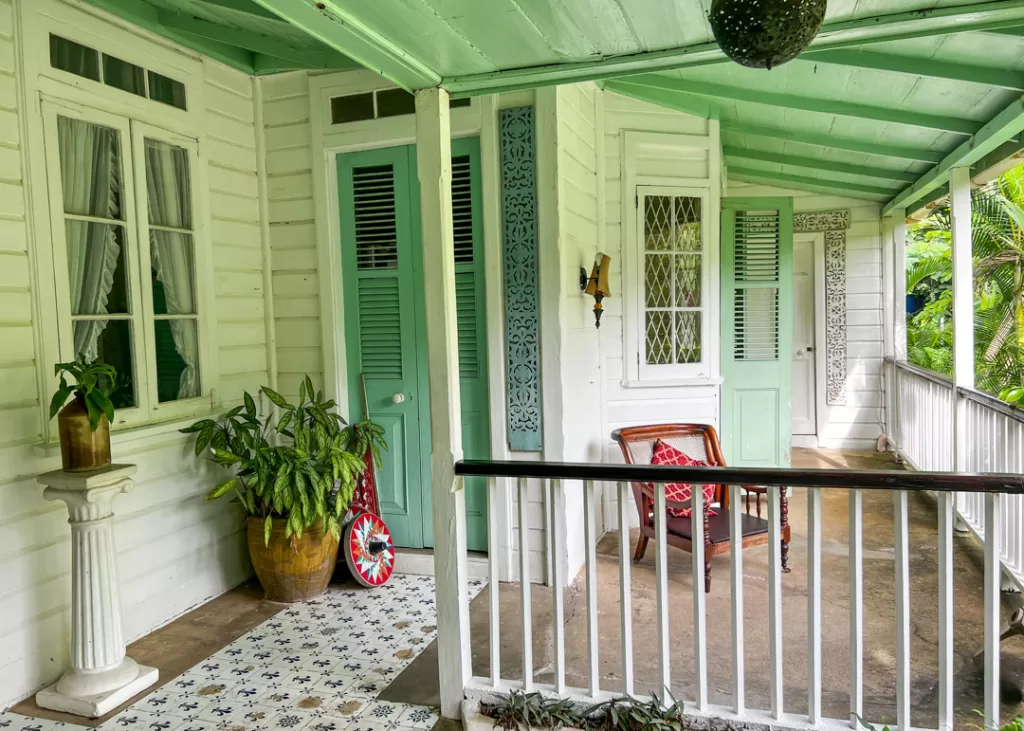
The main house is always open and is where you’ll gather up for occasional meals in good company. The guest suites and cottages are for the most part self-catering though you can order breakfast every morning if you’d like and enjoy Uta’s homecooking on the wraparound porch.
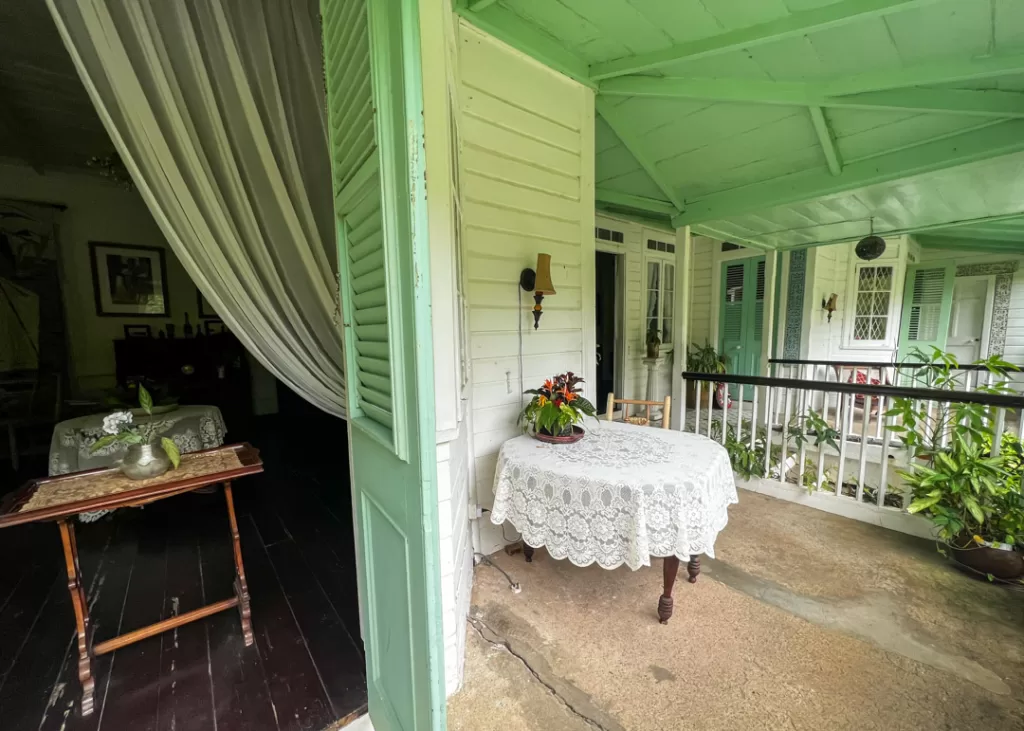
Antique silver, tropical fruits, and the company of the many resident dogs make for a delightful and unhurried start of your day at Balenbouche.
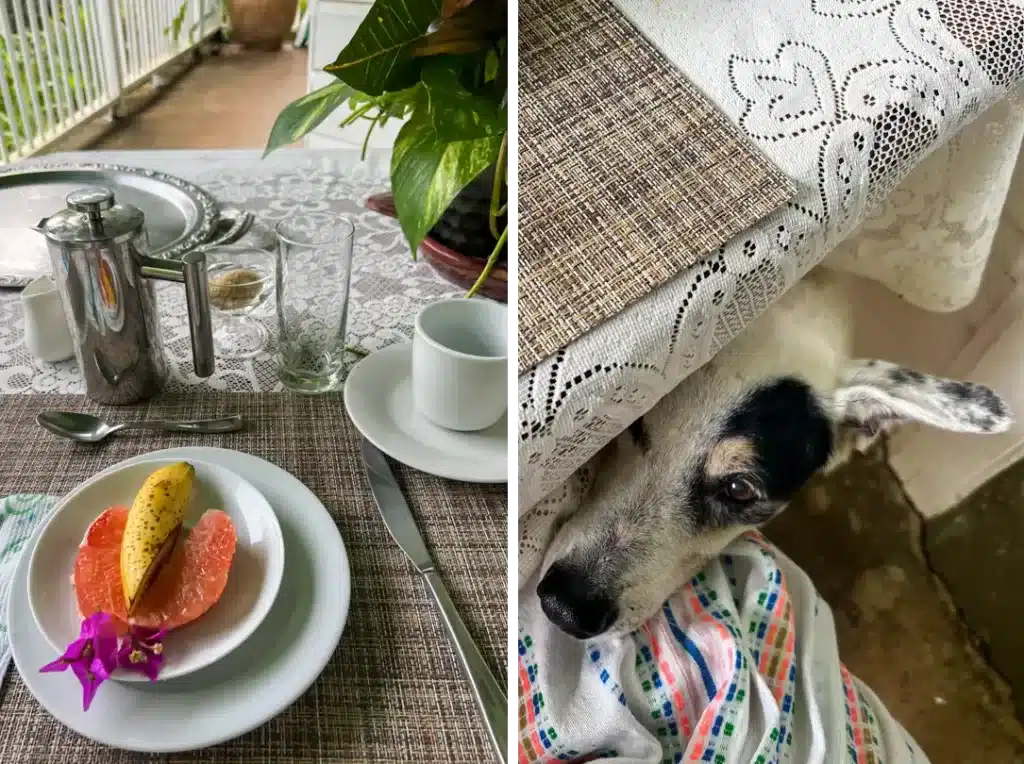
A wander around the architecturally impressive plantation house from the 19th century is like stepping into an open-air museum. Everything is as it was generations ago with no modern amenities breaking up the soothing interior and vintage decor.
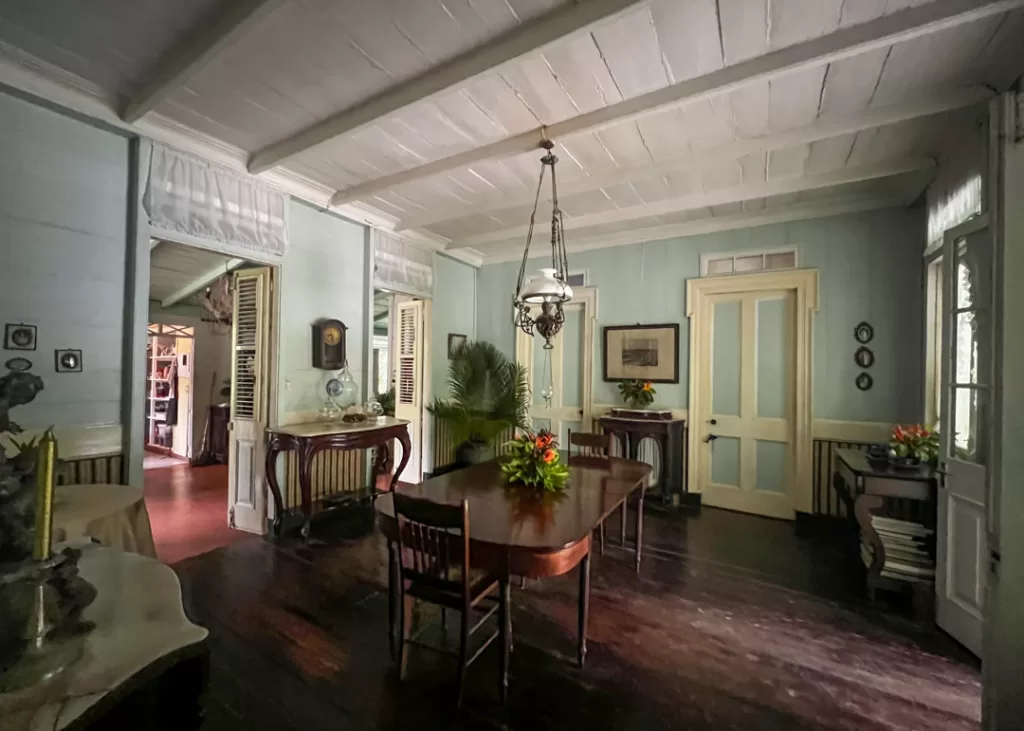
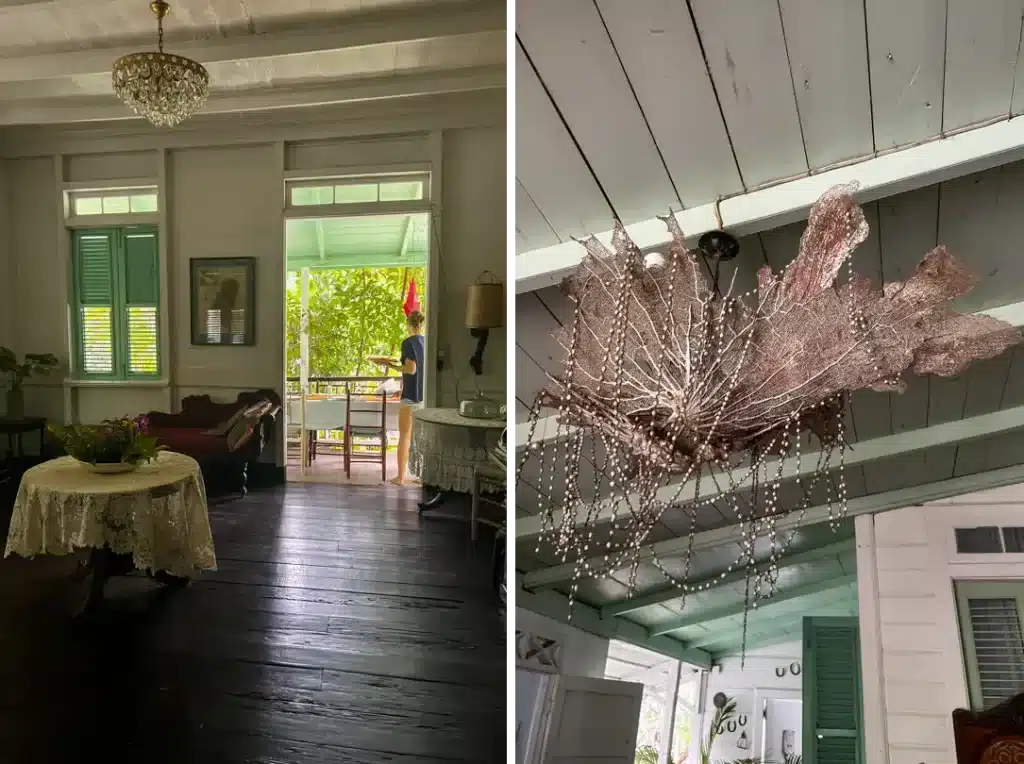
Lush Living Quarters
Stroll the grounds to find remnants of the past at every turn and more reading/meditation nooks you could fit in a week’s time.
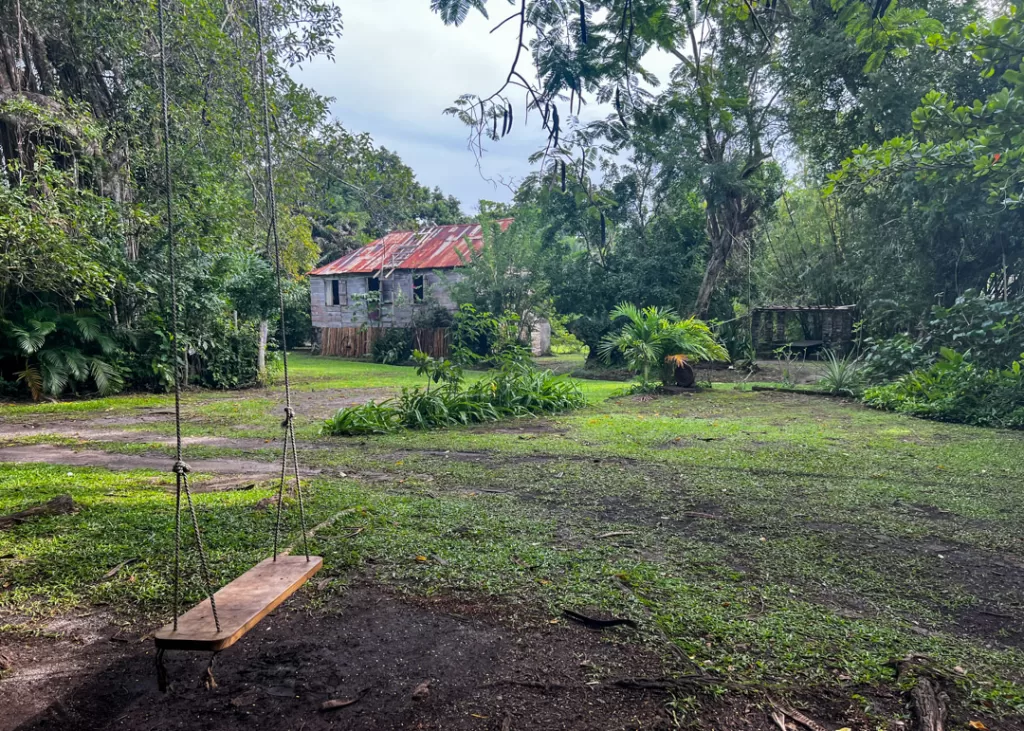
An old cotton drying house is now a serene yoga studio you can retreat to any time you like for stretches, contemplation or writing.
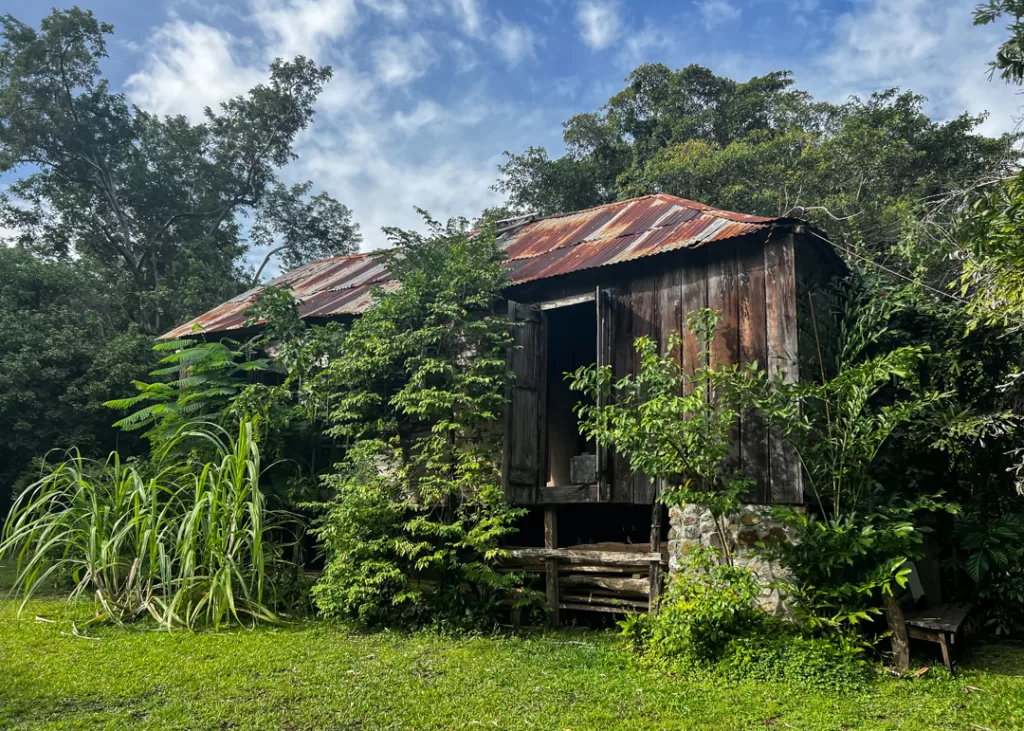
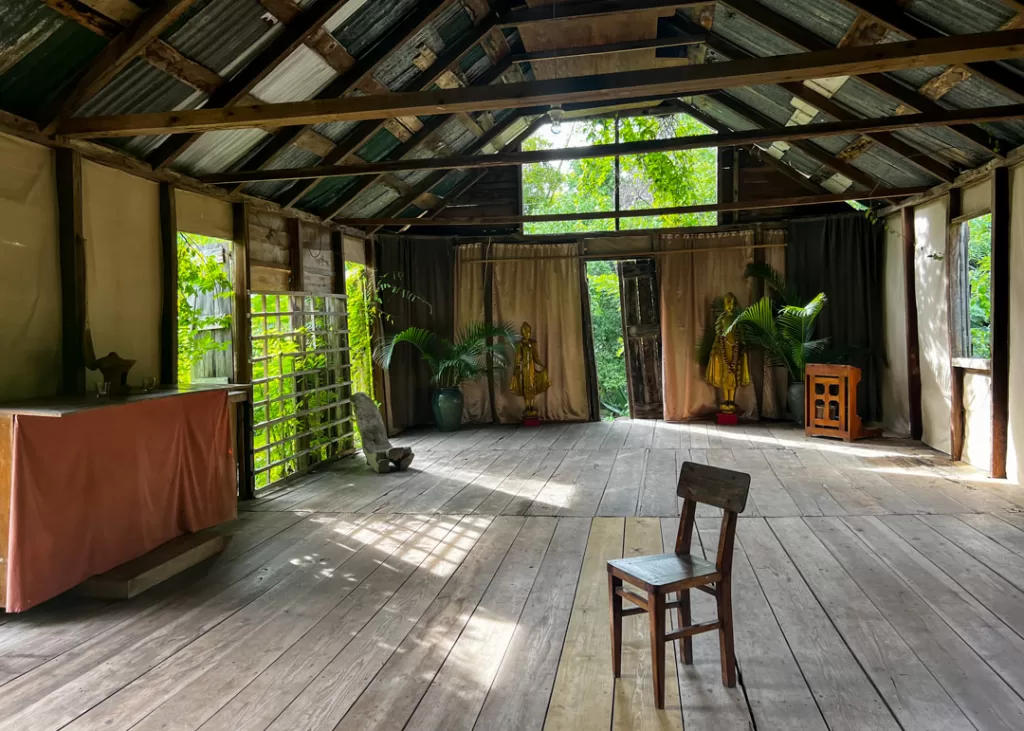
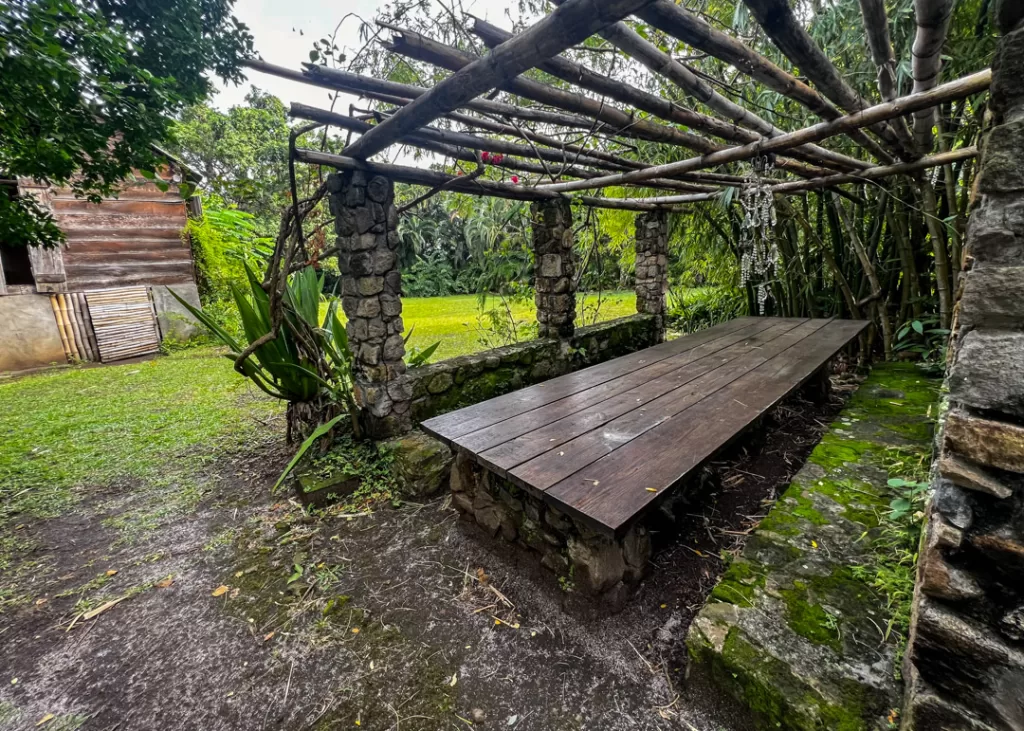
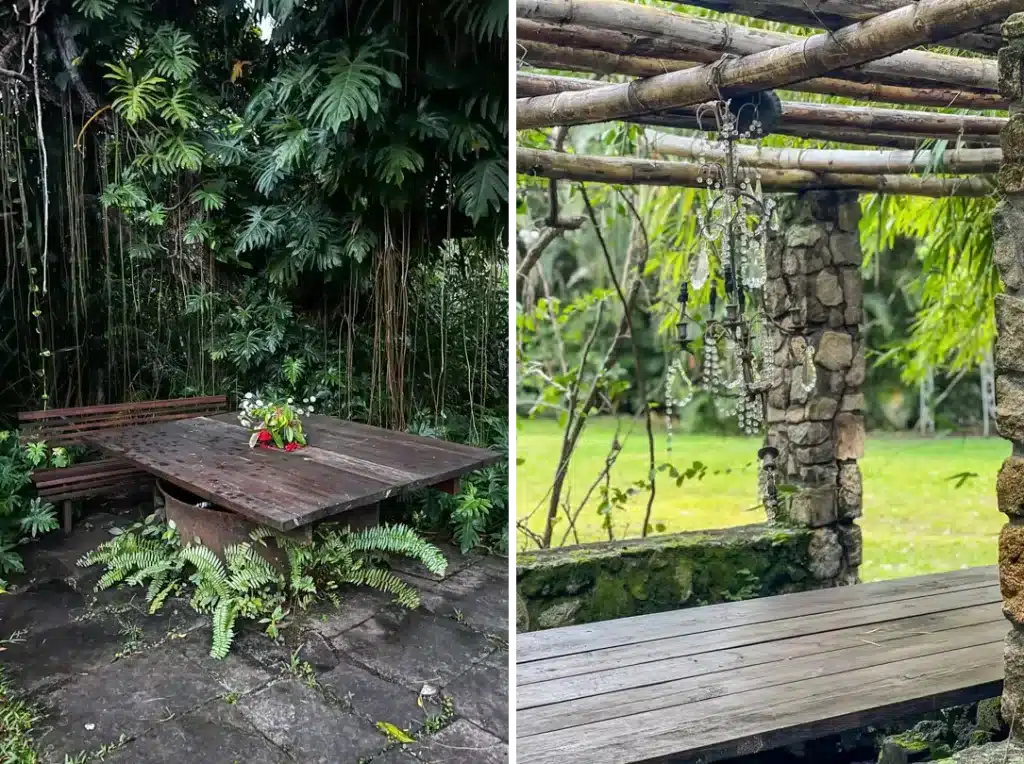
Paths take you through flower gardens, lily ponds, fruit orchards and dense jungle into the heart of Balenbouche’s harmonious ecosystem.
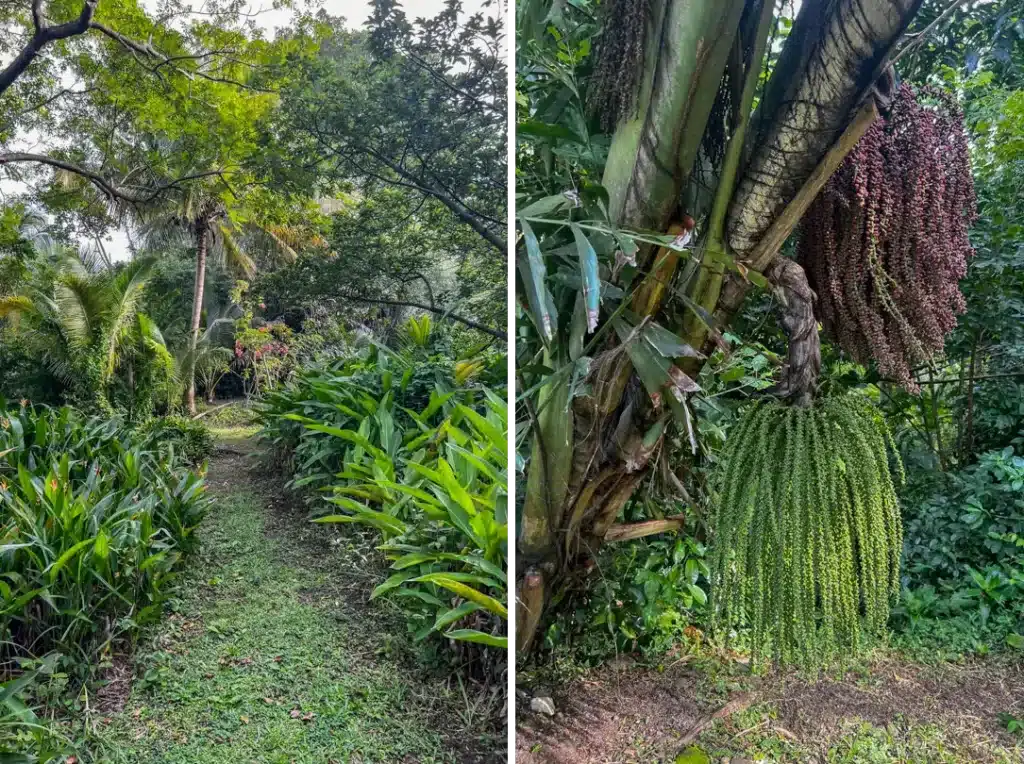
Dotted around these enchanting grounds, a handful of simple and incredibly sweet cottages welcome guests into a truly immersive stay. All have their unique style and were entirely built from recycled material, showcasing the family’s creative and artistic nature.
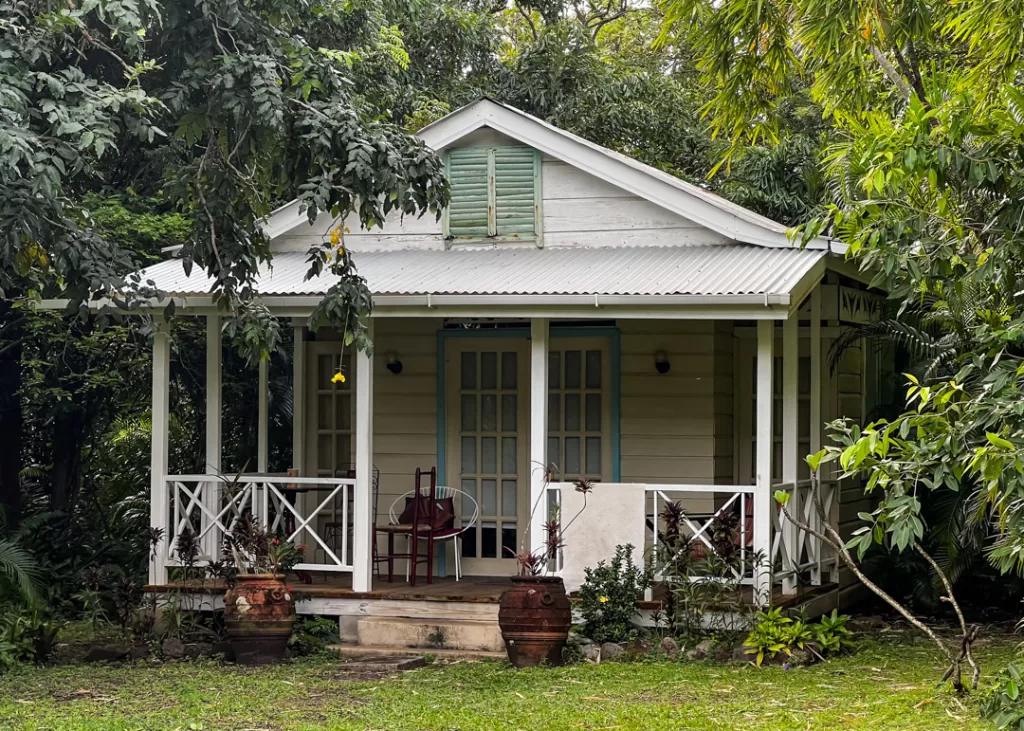
Outdoor showers, verandas, open-air kitchens all invite nature (and wildlife!) in with mosquito nets to repel the least desirable of visitors.
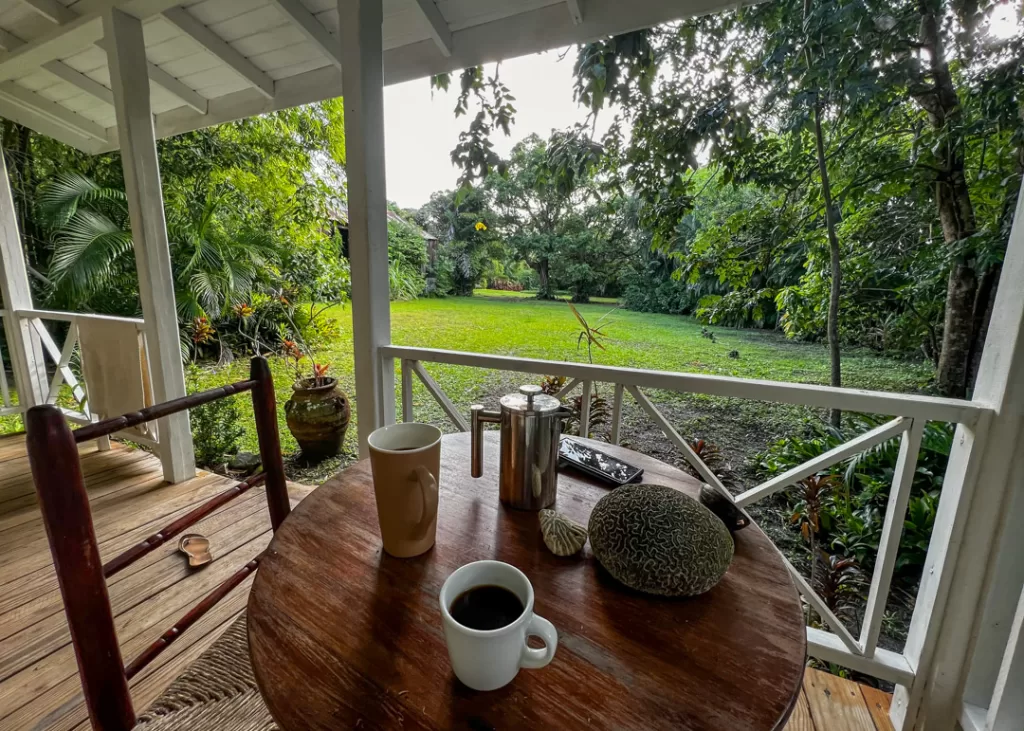
Even the more modern additions keep the open vibes and organic design.
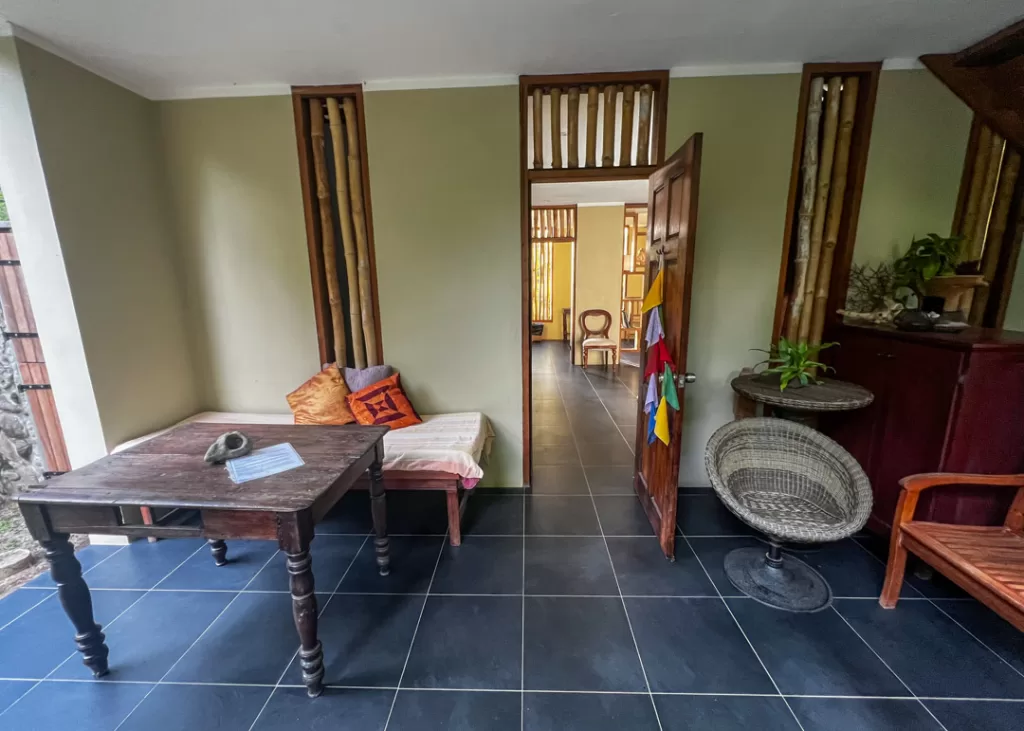
Nightly St. Lucian breezes cool you off (no air-conditioning in your eco-friendly room of course) and lull you to the most wonderful sleep, carrying the dreamy insects and creatures chirps and hums from all around the estate.
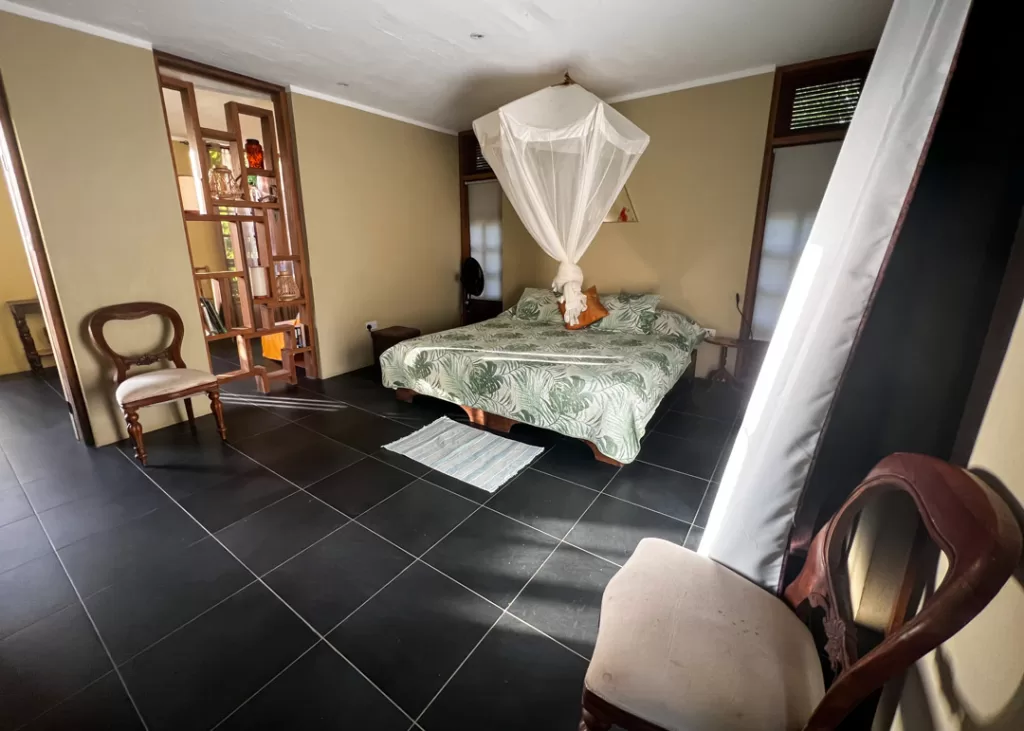
My kitchen overlooking the fields and garden was well equipped for light meals with birds often flying in to join me. The owners will invite you to join them on their grocery run so you can fill up on supplies for your stay and enjoy life on the estate without having to leave. There are a few restaurants walking distance down the road if you prefer to go out though.
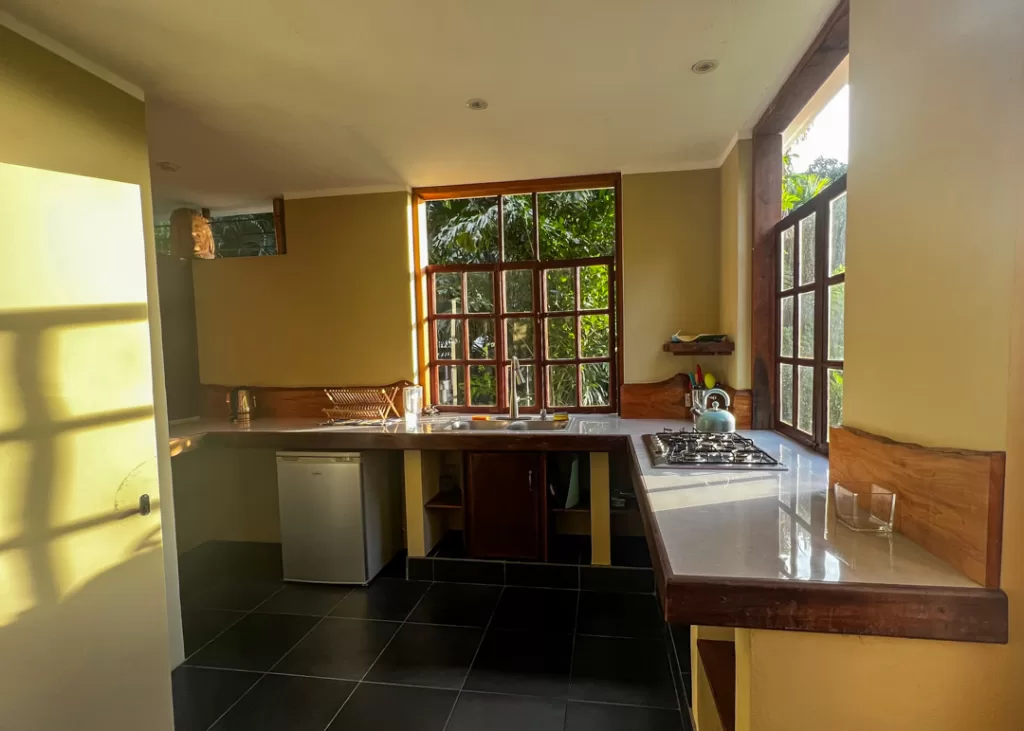
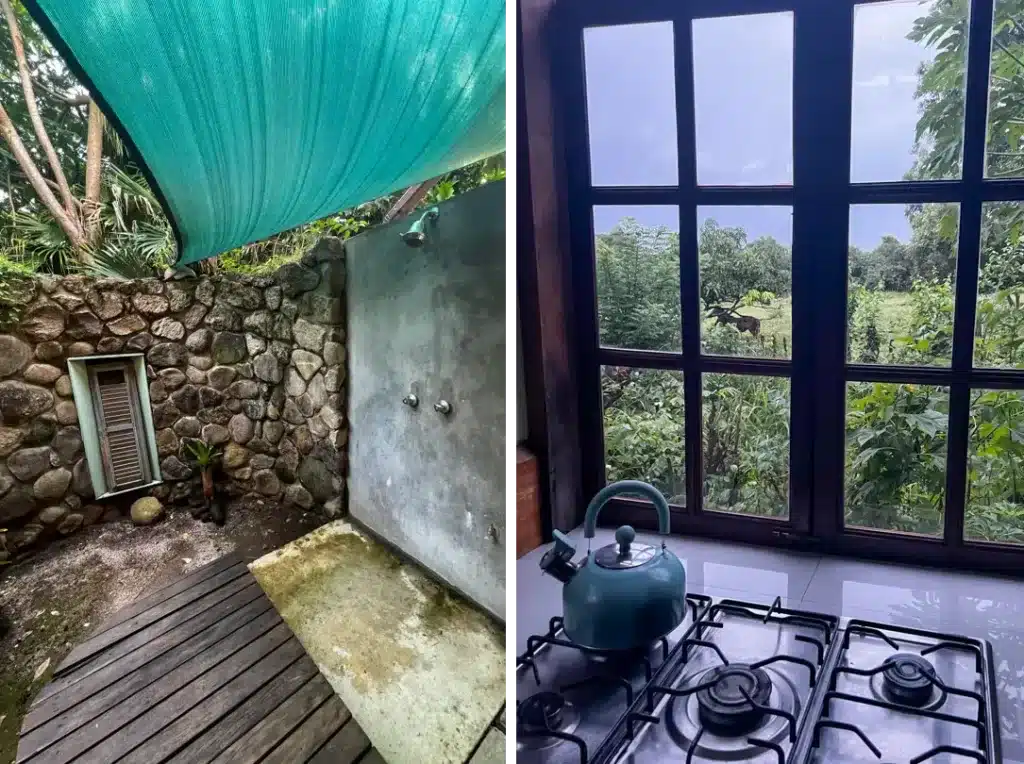
As homey and comfortable as the cottages are, there’s a fascinating world to explore just beyond your doorstep. Leisure walks around the estate are always full of surprises and magical encounters, whether you spot one of the 30+ bird species, befriend a curious lizard, or stumble upon a hidden patch of brightly colored flowers.
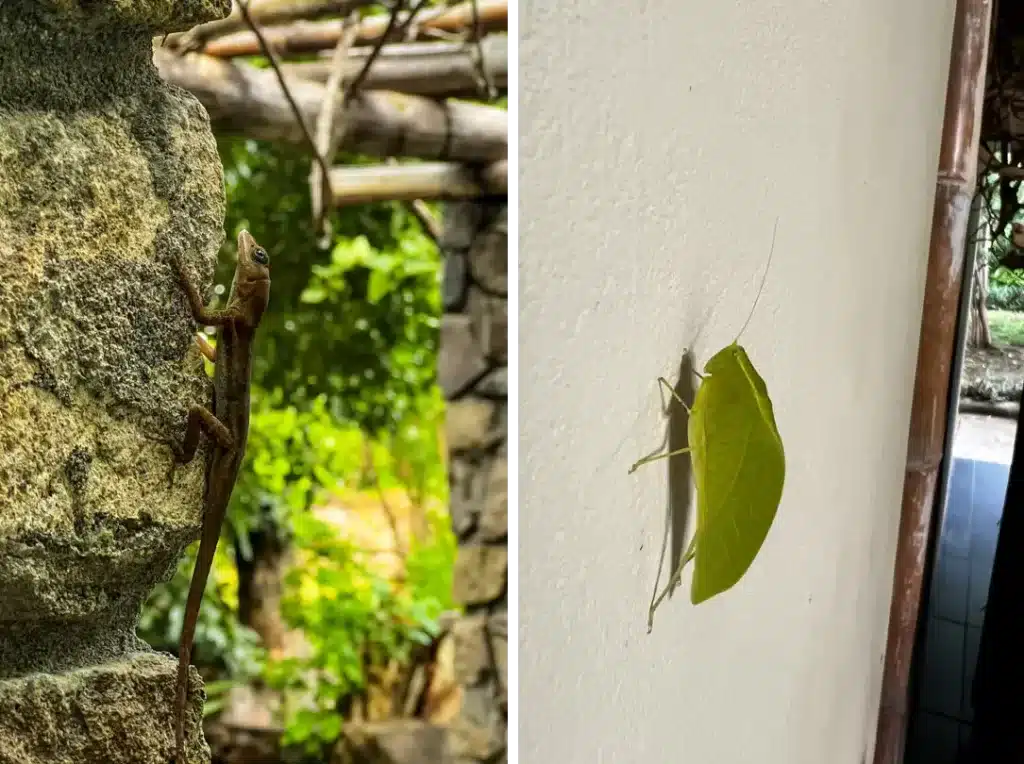
Beaches and Ruins
Eventually your feet will lead you to one of the two natural black sand beaches on the property which you’ll likely have all to yourself. The mix of volcanic sand, multi-colored cliffs and blue water of Balenbouche “Middle Beach” is simply stunning. Go for a swim, read a book, take photos on what feels like your own private slice of St Lucia – a rare treat.
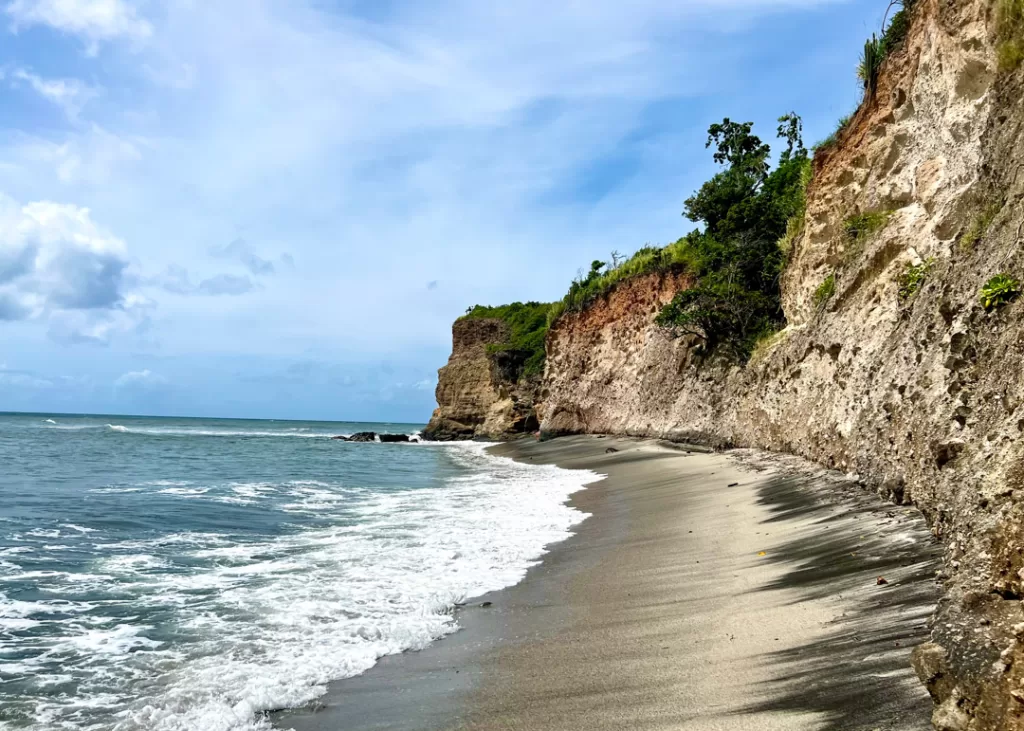
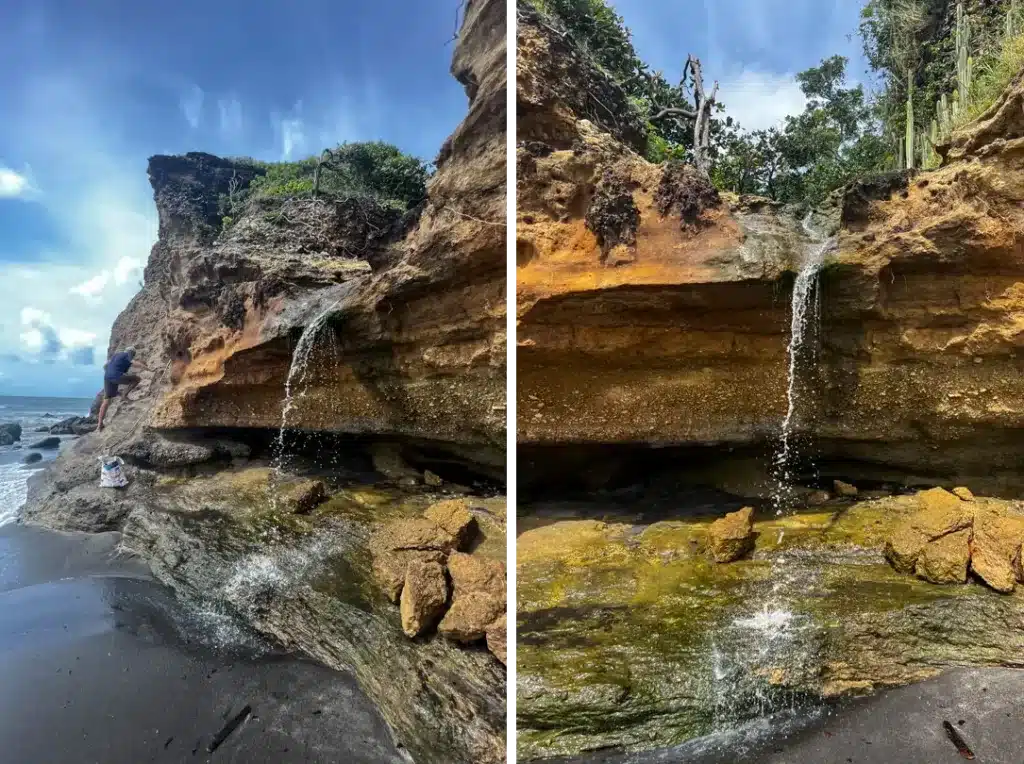
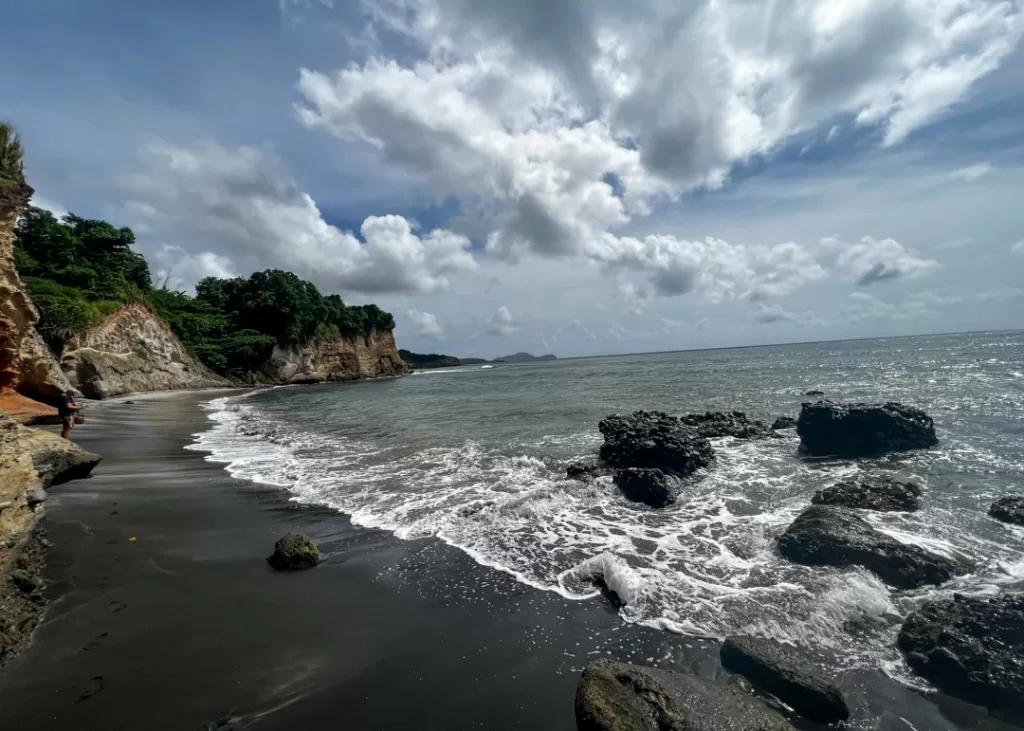
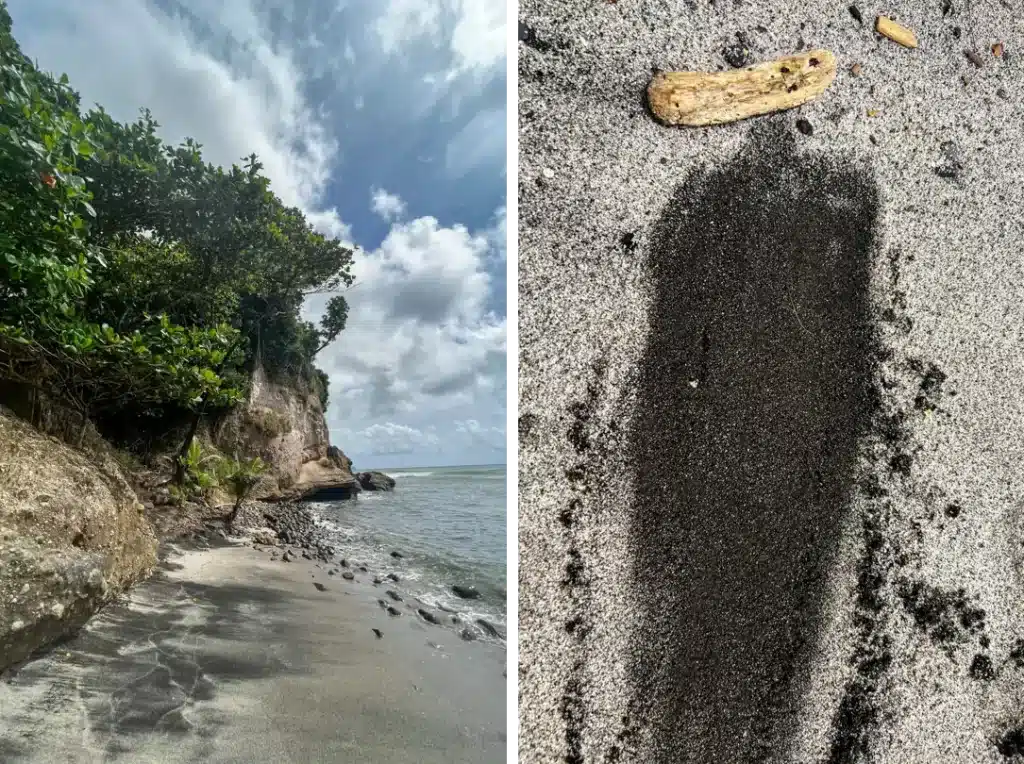
When the sun gets a bit too hot out there, it’s the perfect time to go explore Balenbouche’s past hidden in the jungly interior.
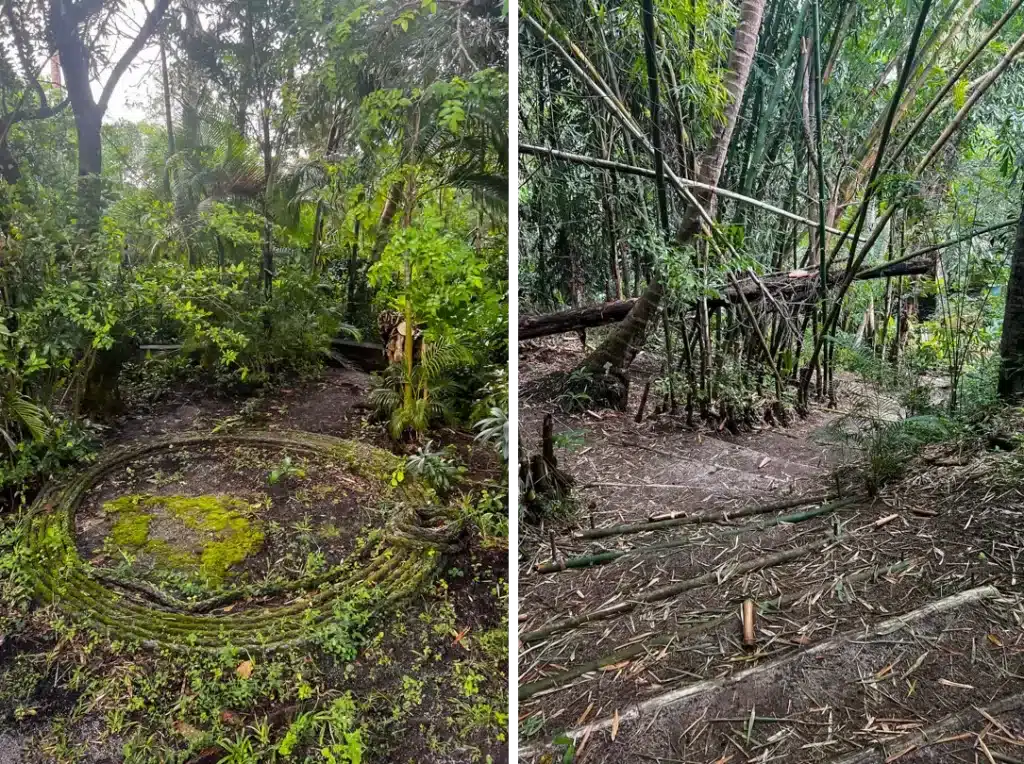
The living ruins of the old 18th century sugar mill make for an adventurous stroll through history and plenty of photo opportunities. Balenbouche produced sugar and rum from the late 1700’s to the 1930’s. After sugar the main crops were cotton, citrus, coffee, cocoa and coconuts.
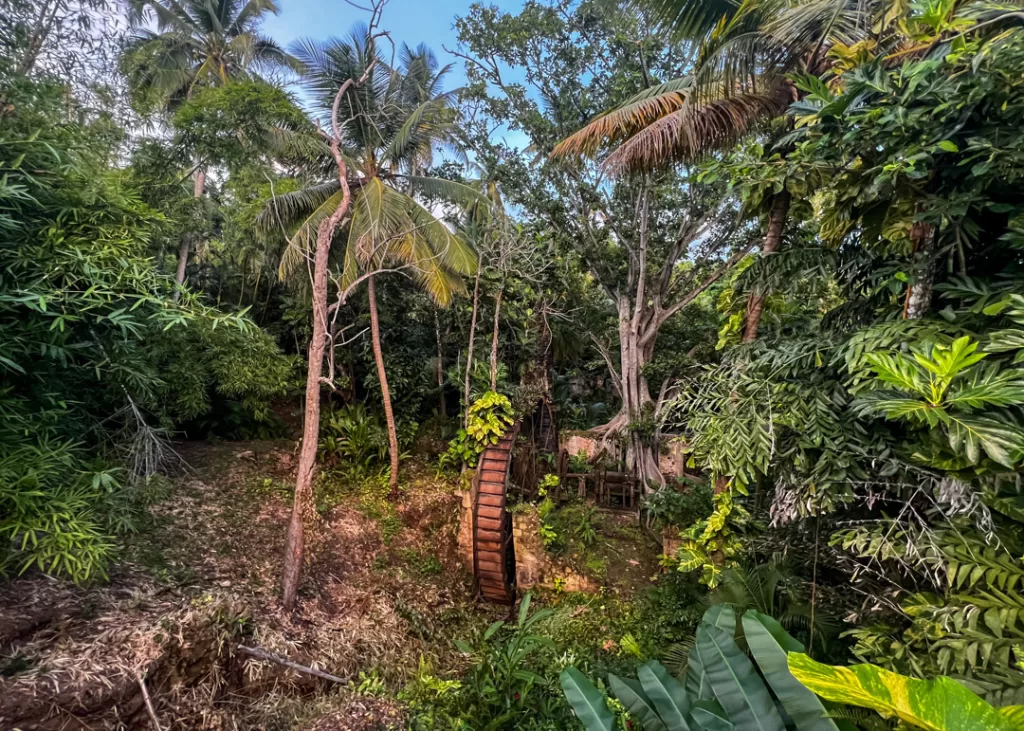
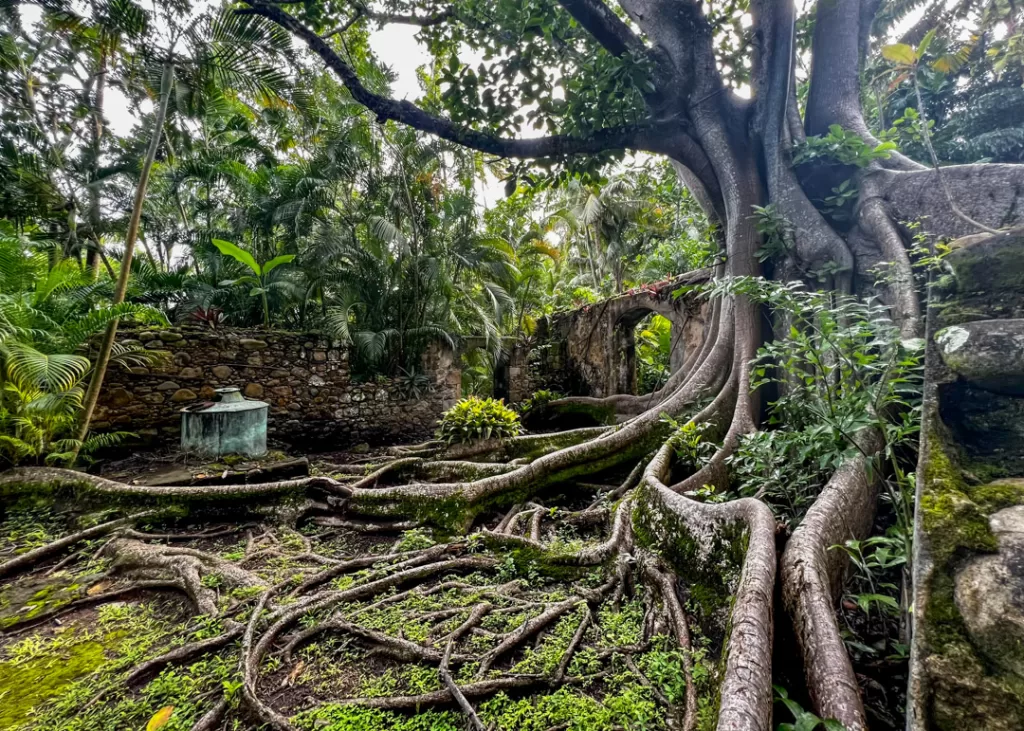
Nature has worked her way through the huge water wheel, crushing mechanism, and rusty copper stills since production stopped.
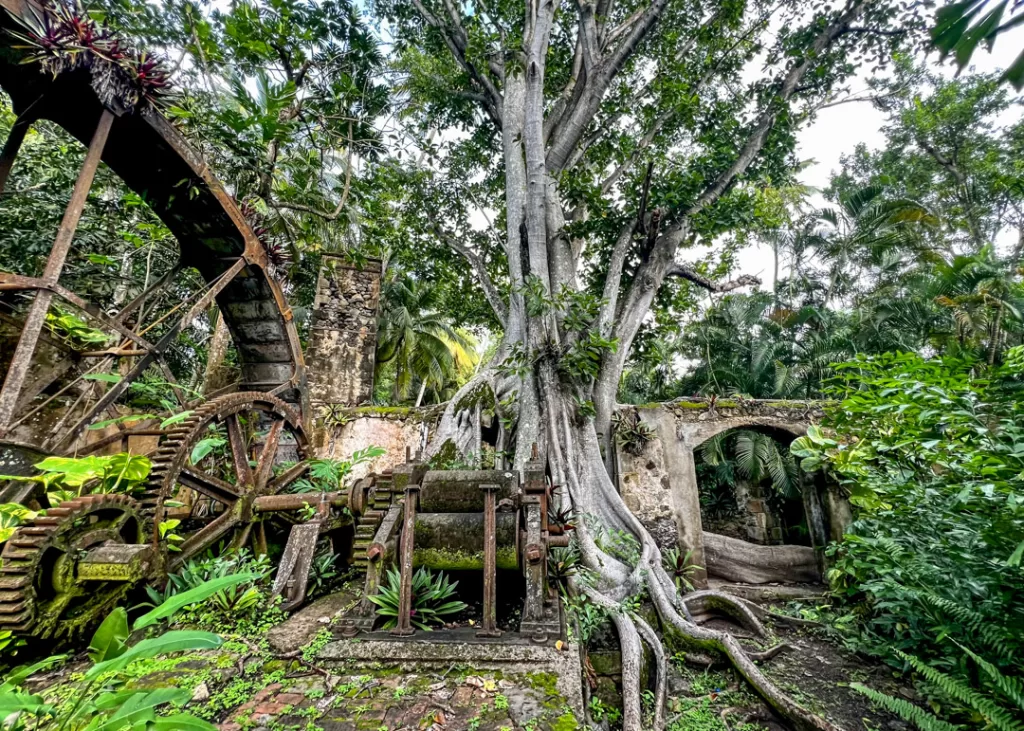
The iconic banyan tree fascinates every visitors and I found my way back to it again and again, admiring every angle of its intricate root system.
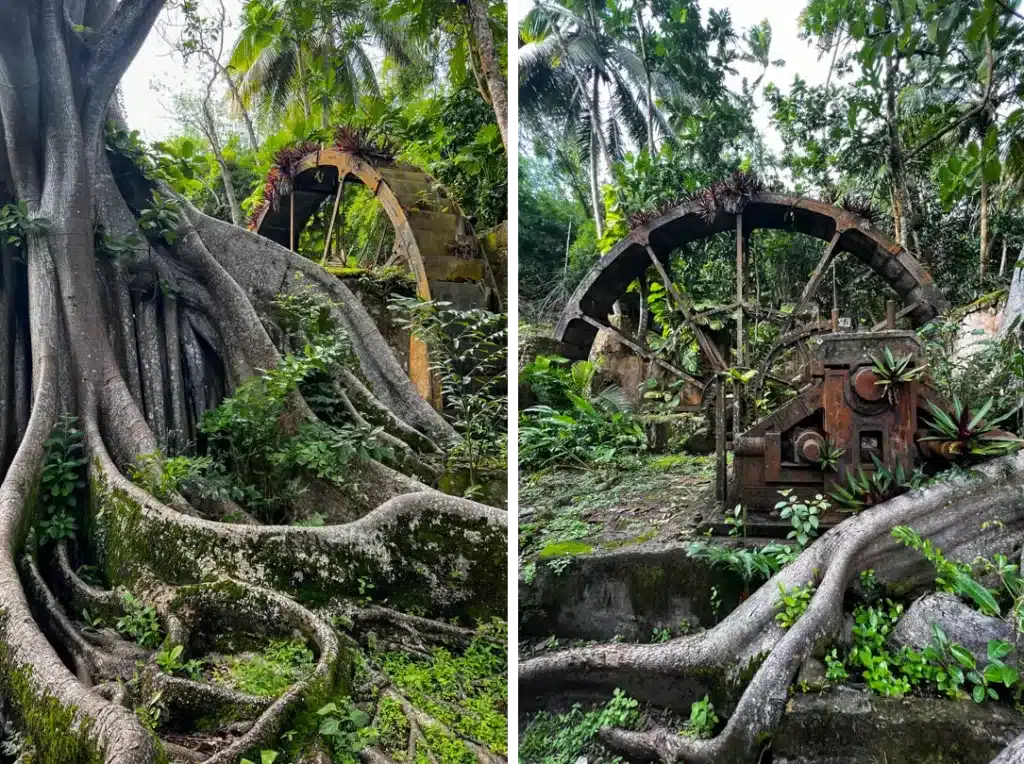
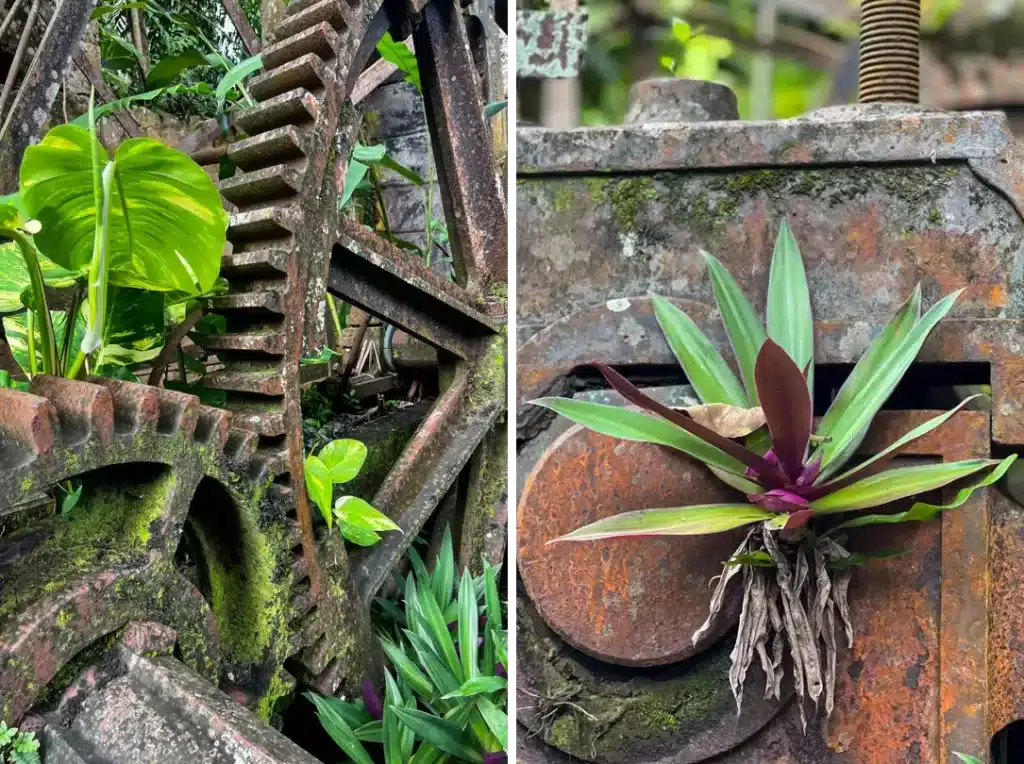
Come sunset, follow the clear and easier path to the second beach called “Anse Balenbouche”.
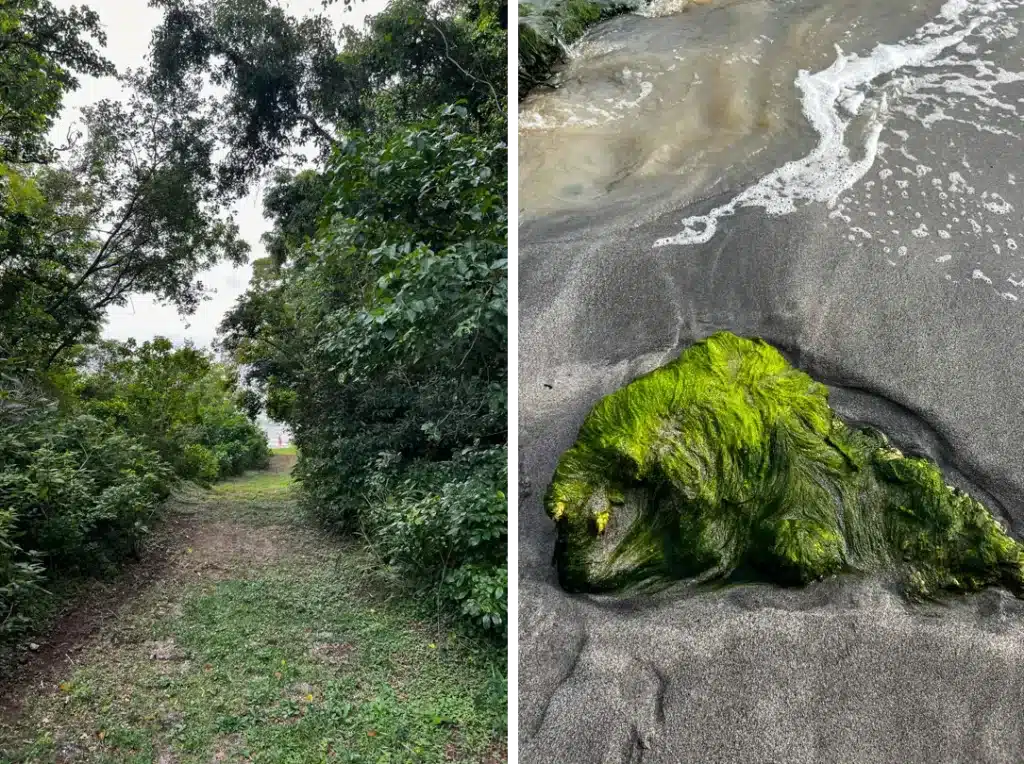
Smaller and shallower, it’s the ideal spot to bid goodbye to the sun as it sinks down right in front of you into the ocean.
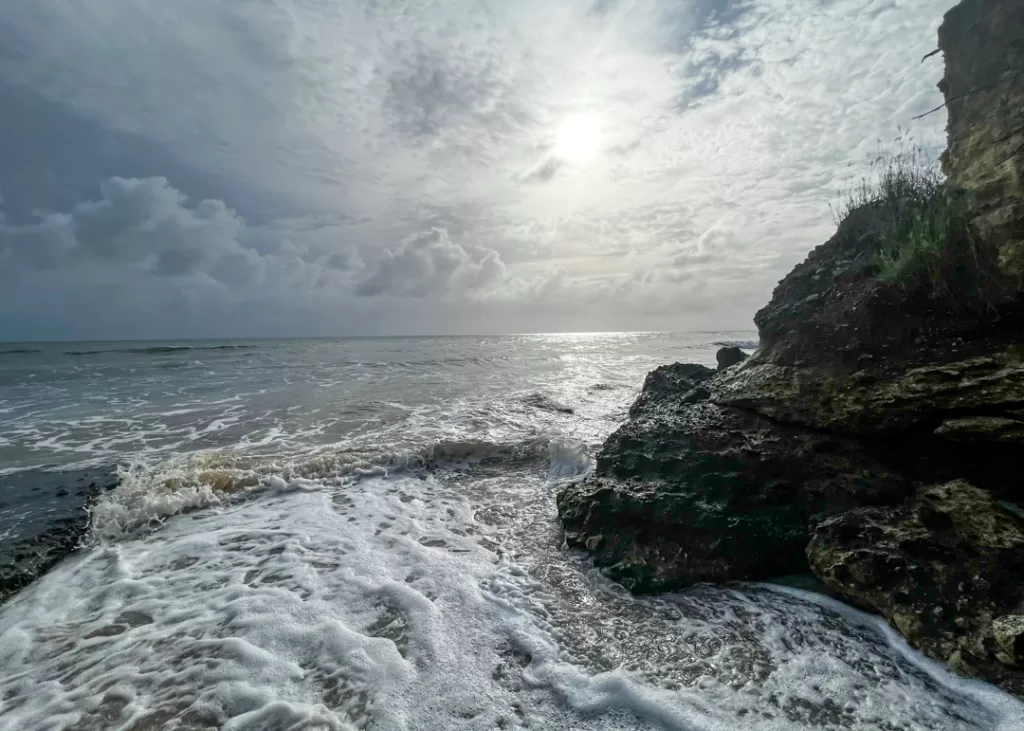
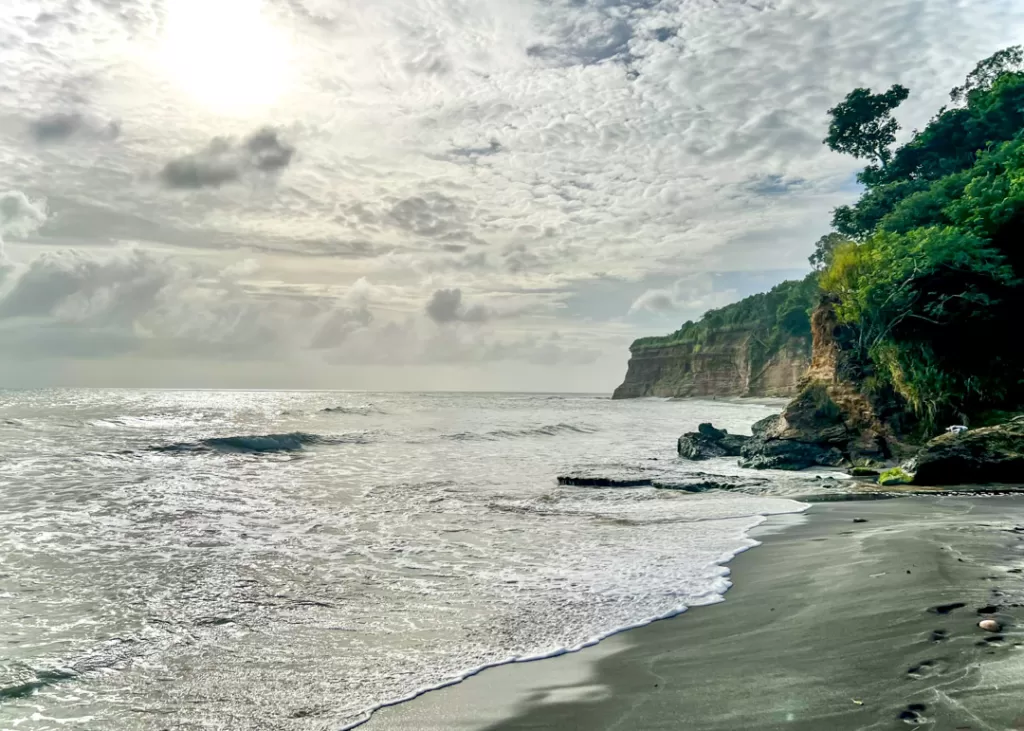
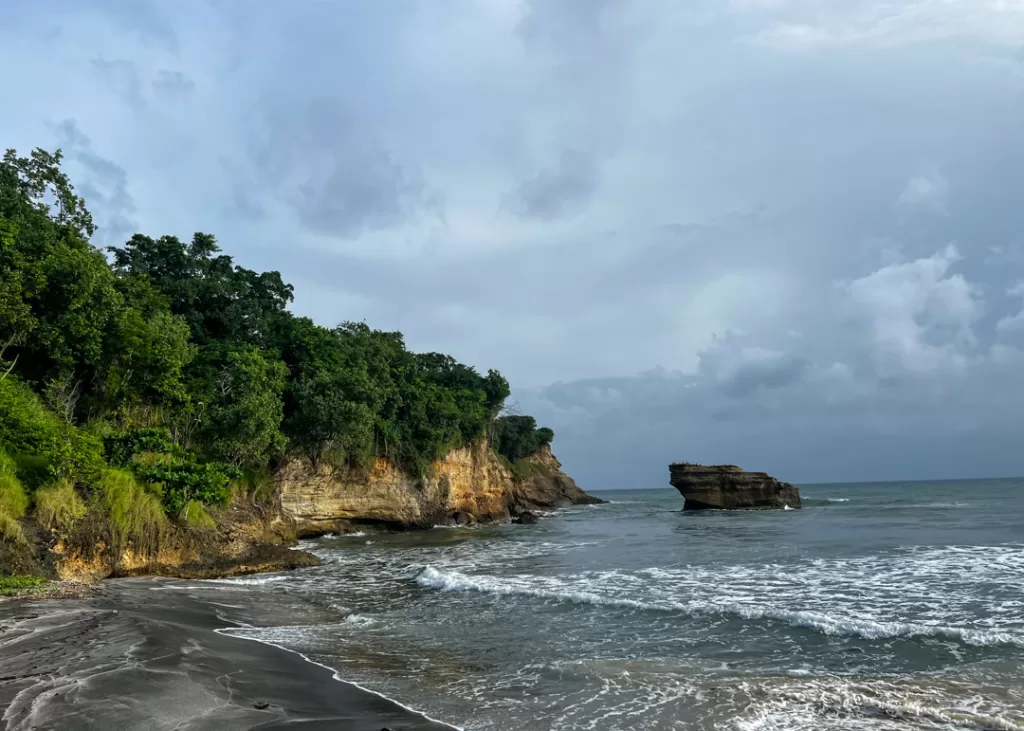
You honestly won’t want to leave this magical place but there are a few activities nearby you can easily get to without a car. We hiked to a nearby river where a “natural swimming pool” was ours alone (a tip from the lovely owners) and it’s easy to get to Laborie, the nearest town with bars and restaurants, by hailing the minibus from the main road.
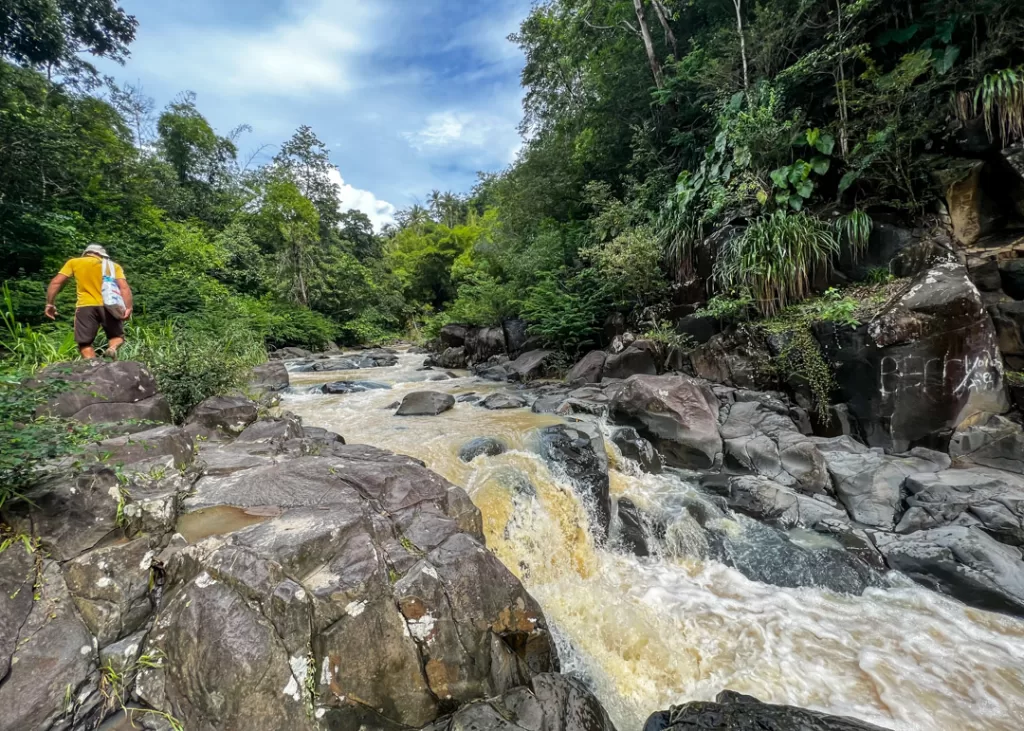
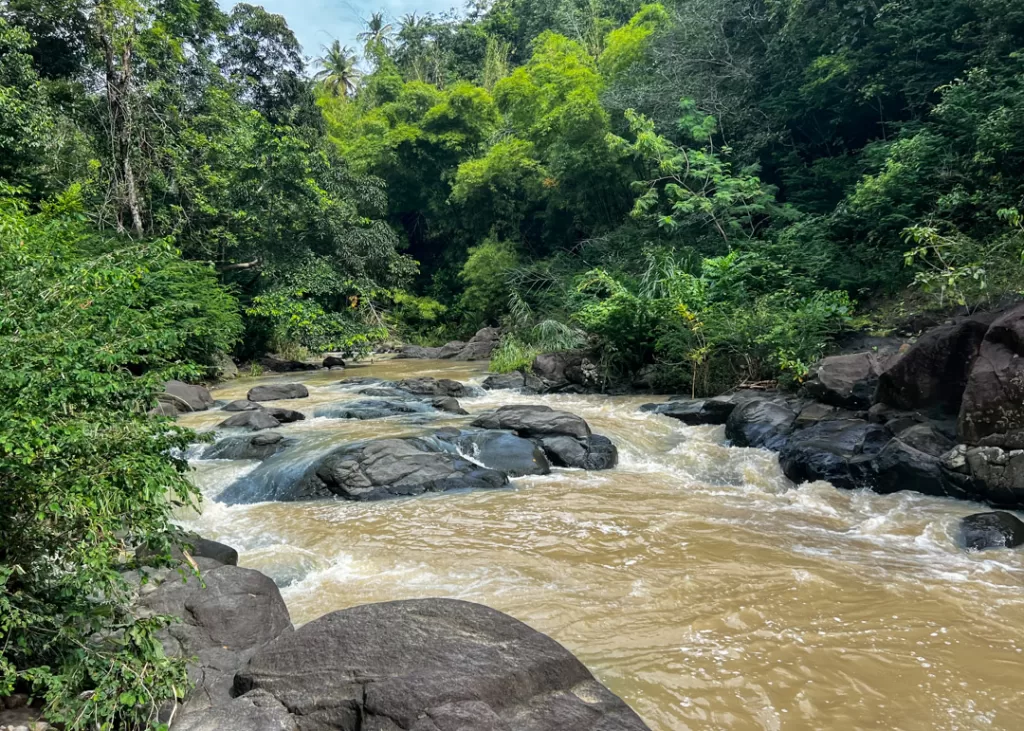
Staying at Balenbouche is the best reset I know of, whether you need some alone time in nature or want to bring your whole family to a stunning heritage site for bonding. A true Caribbean treasure – Balenbouche Estate.

